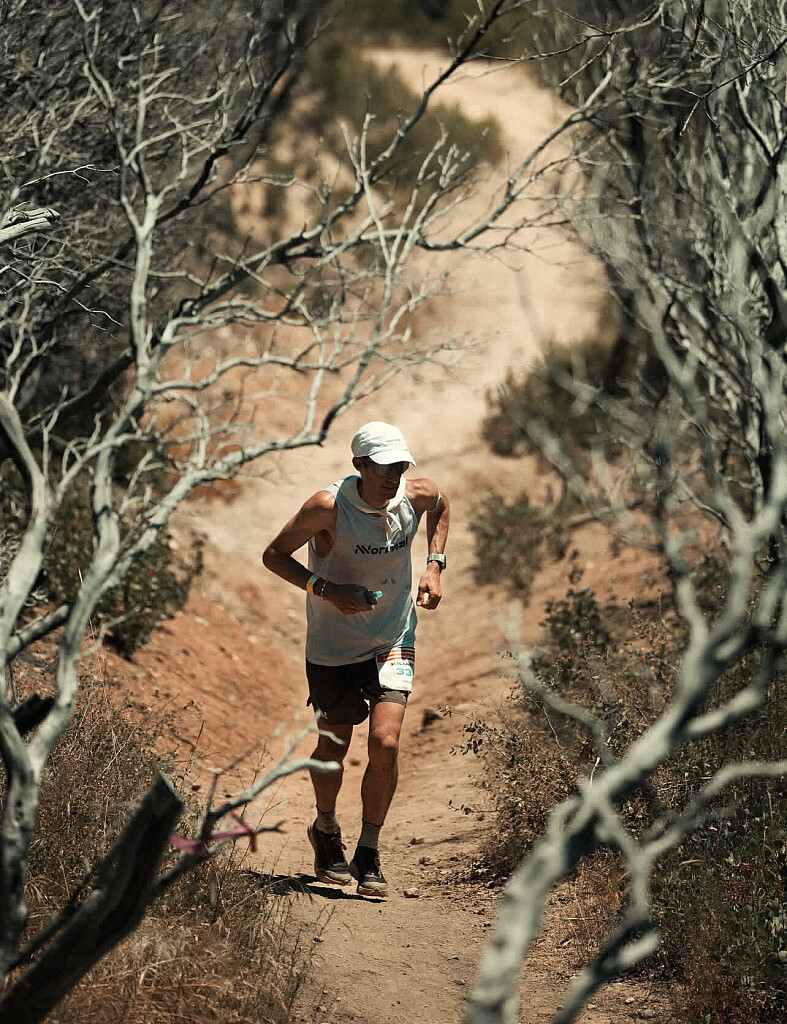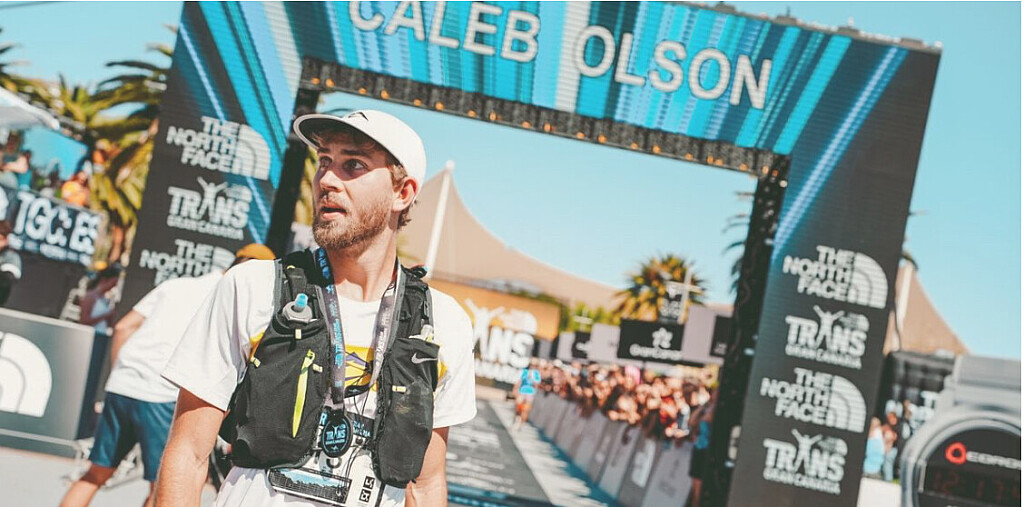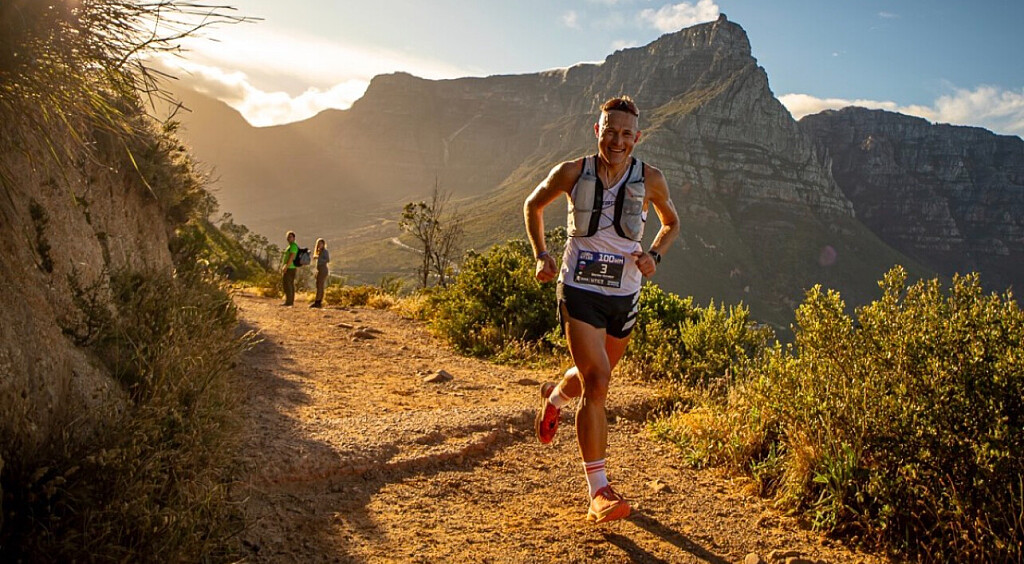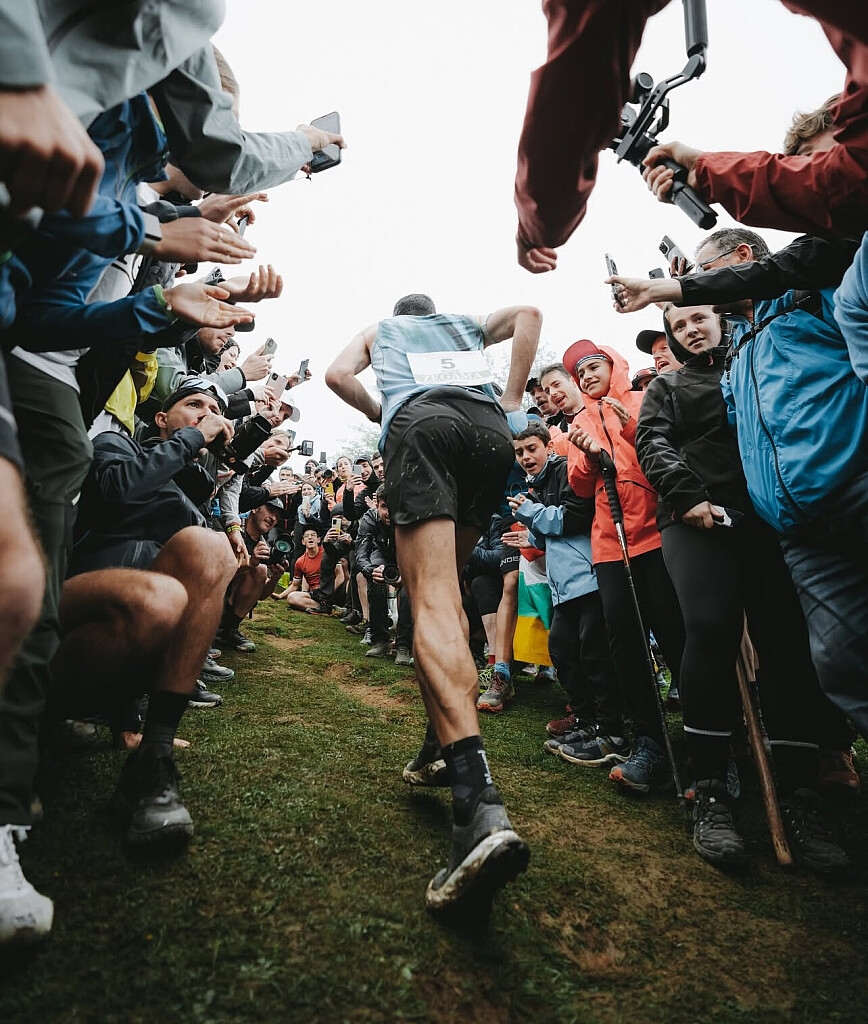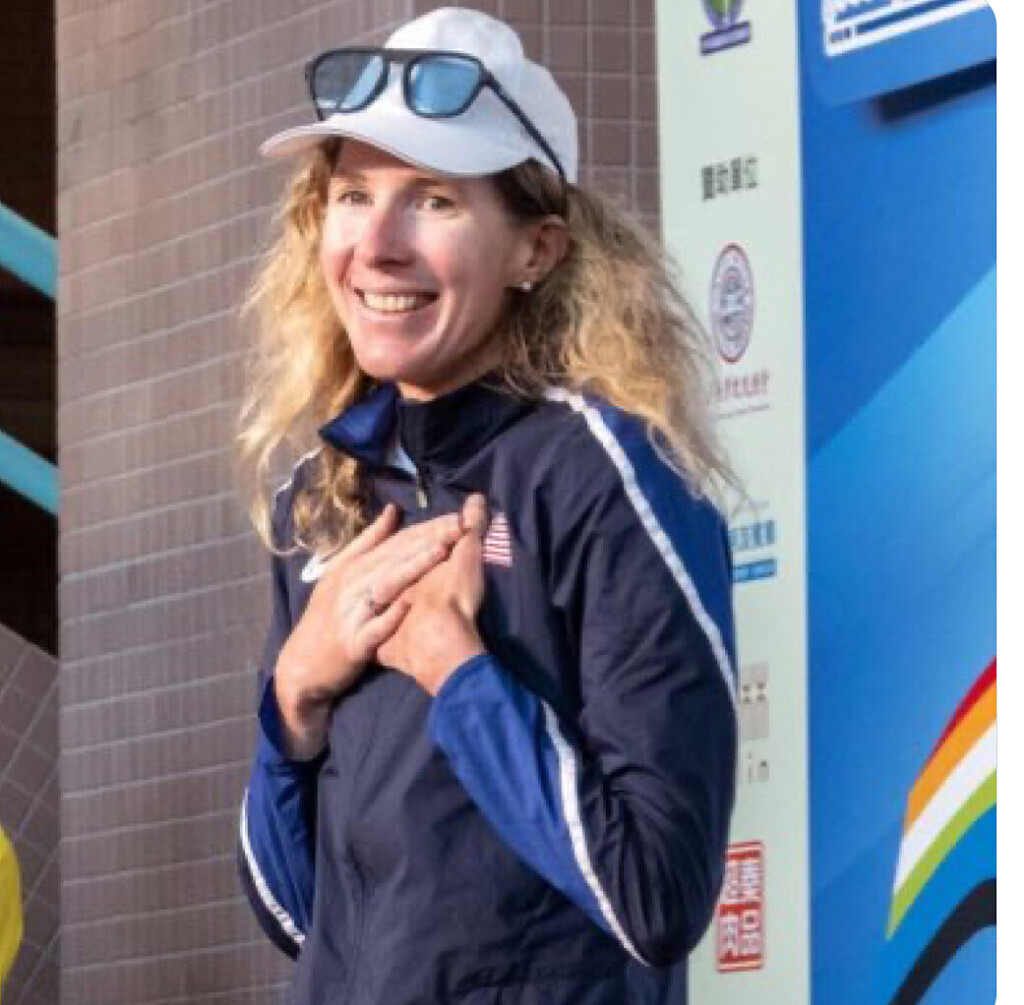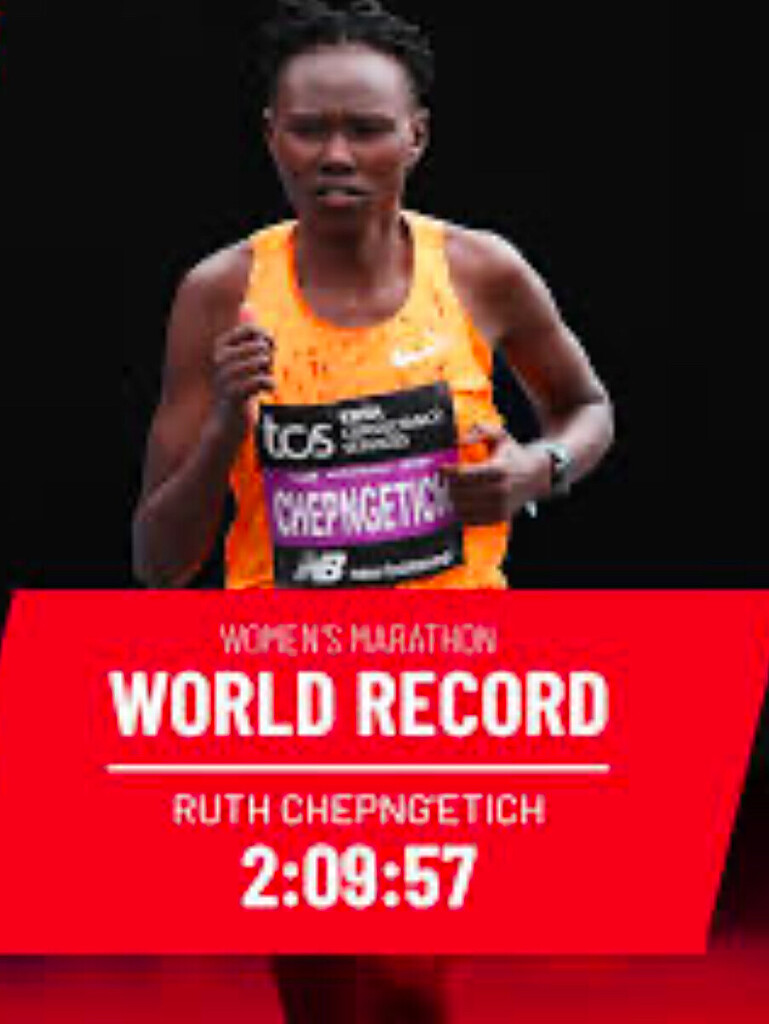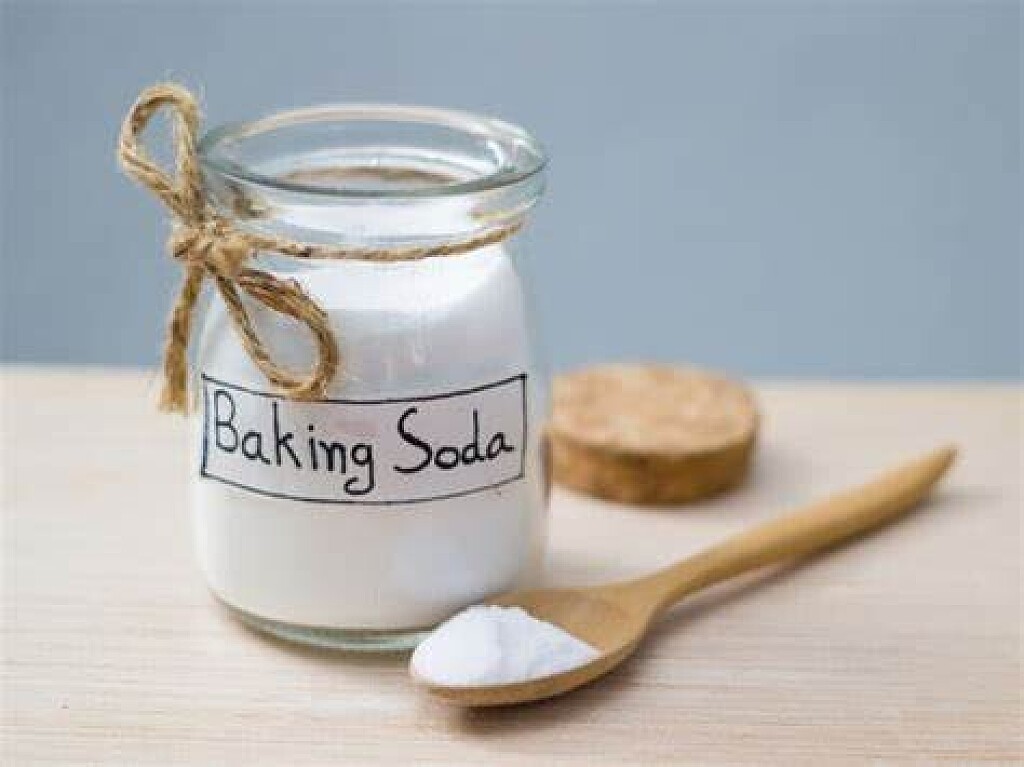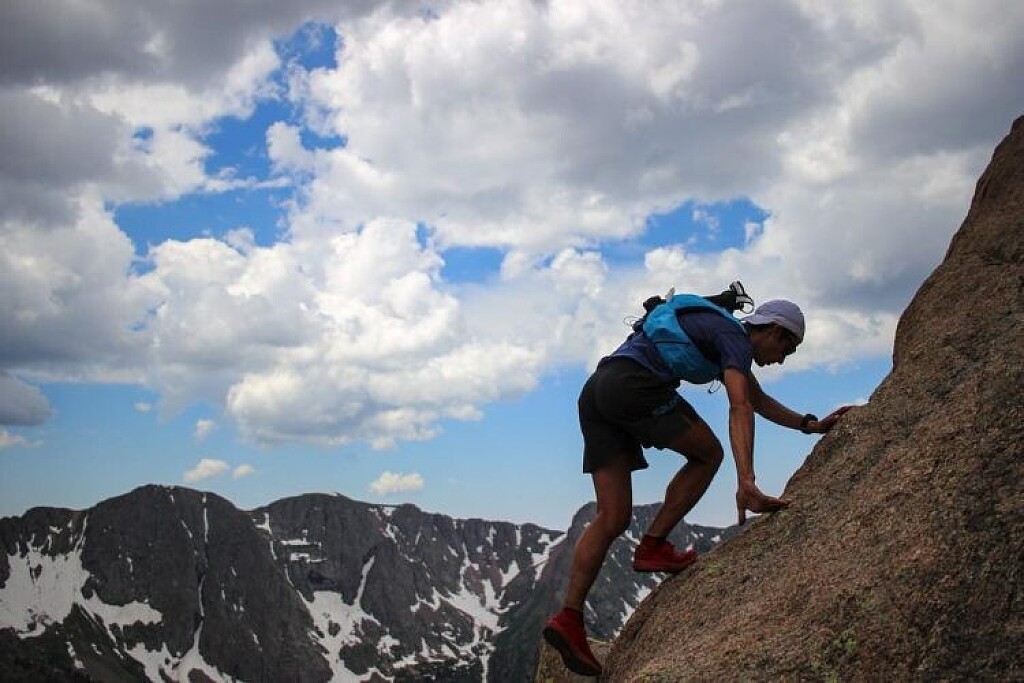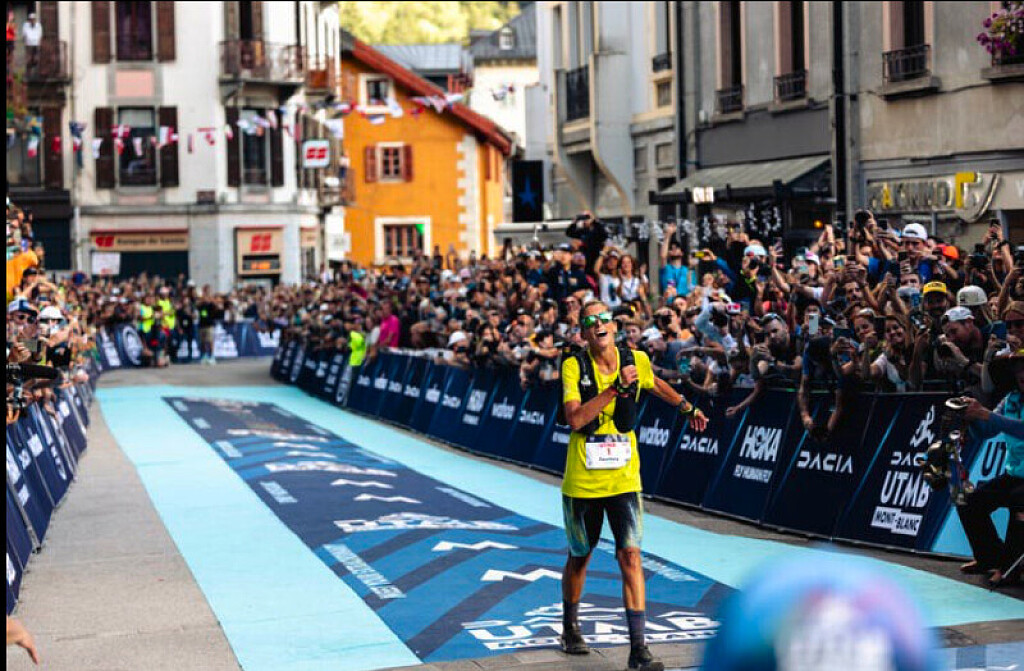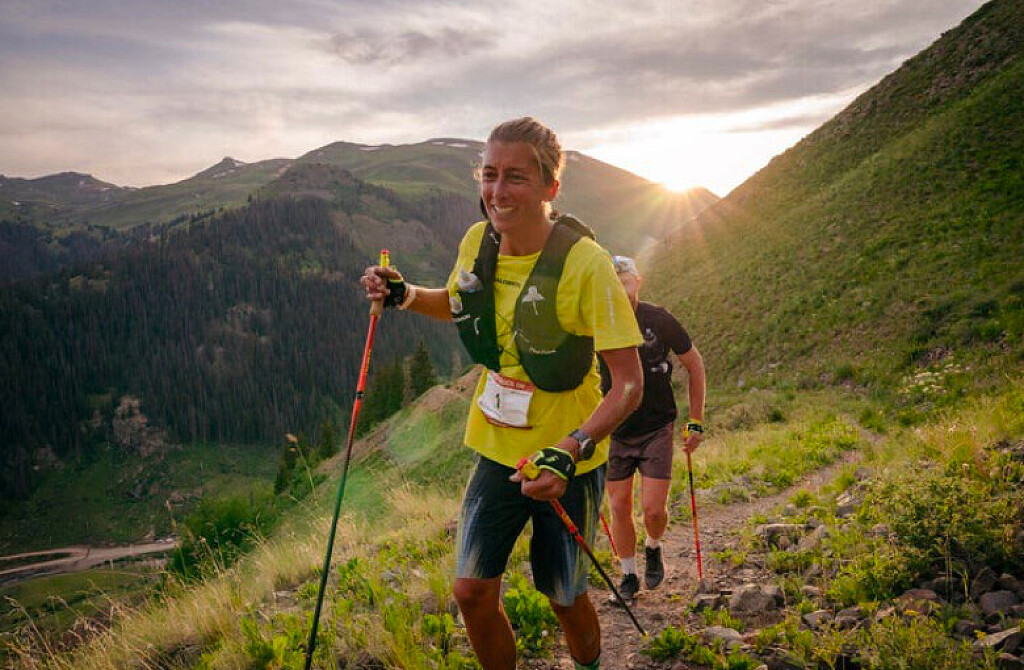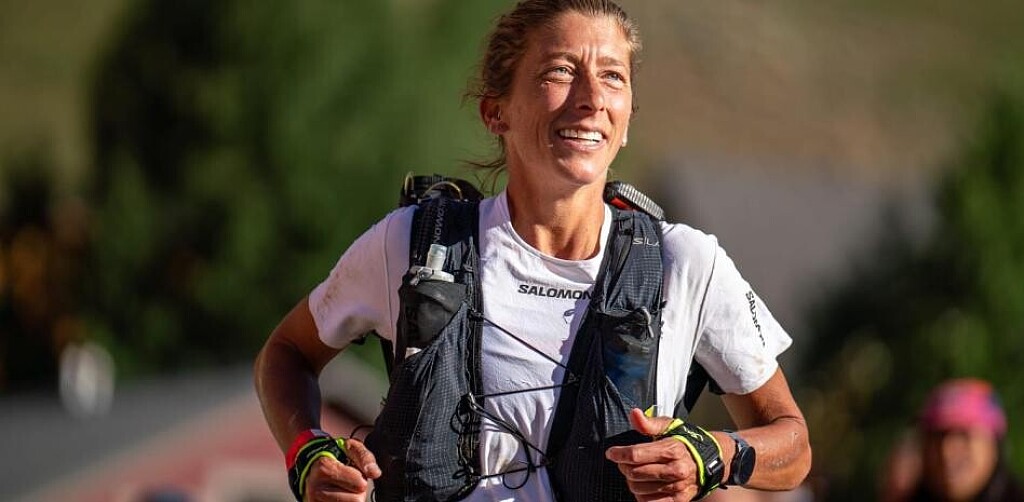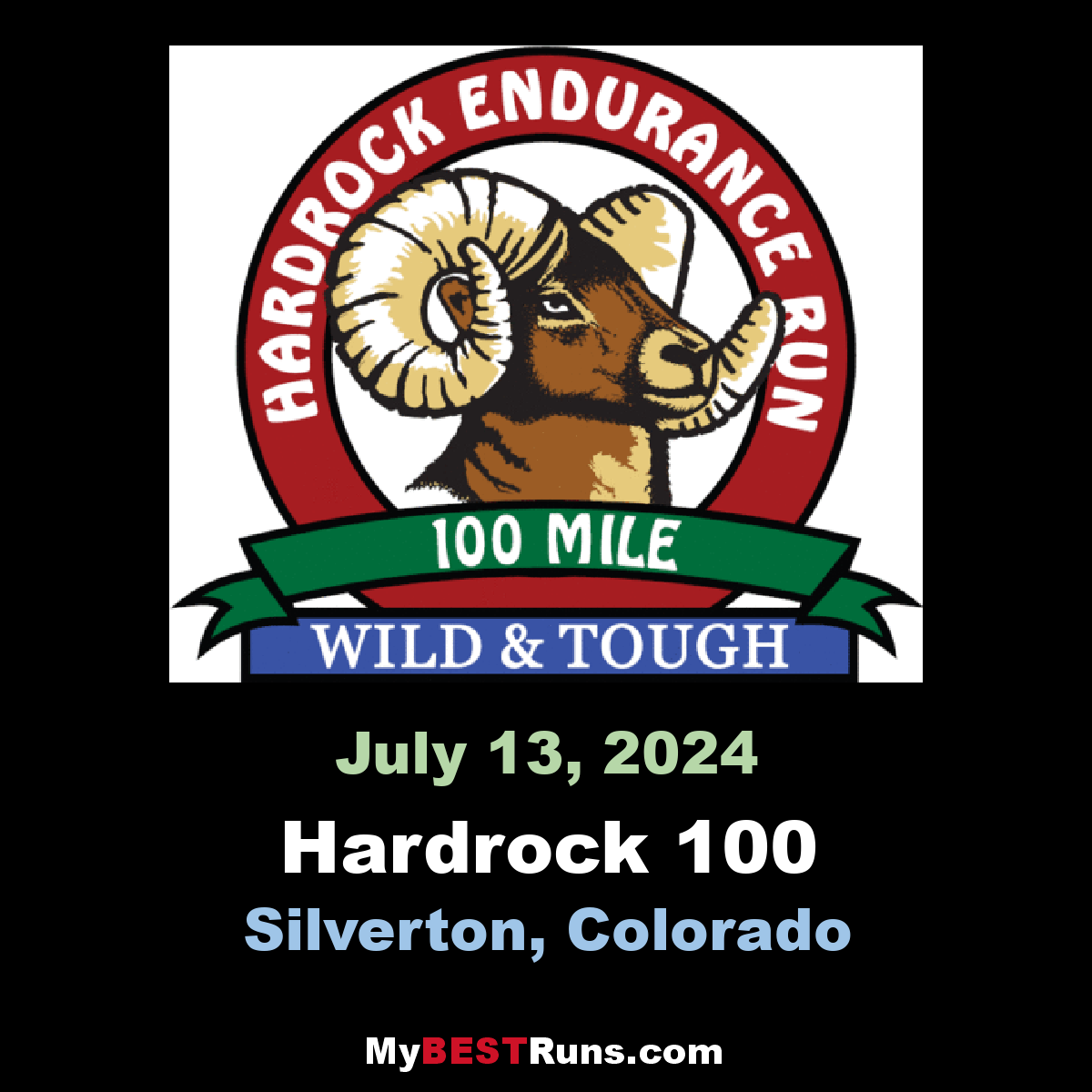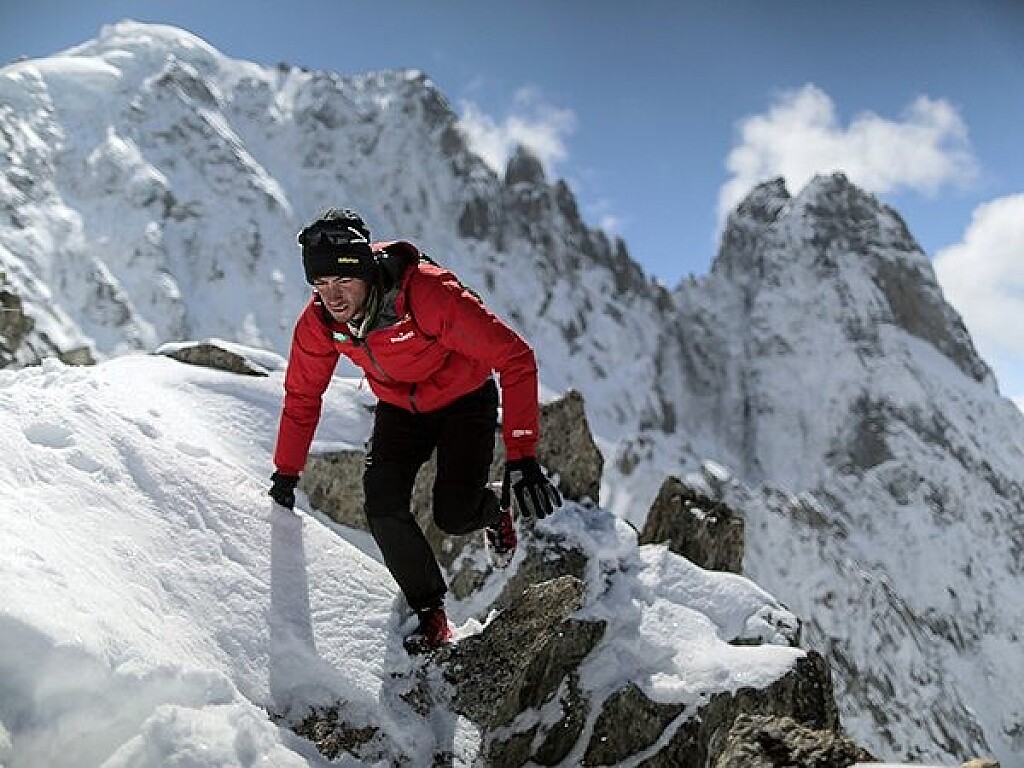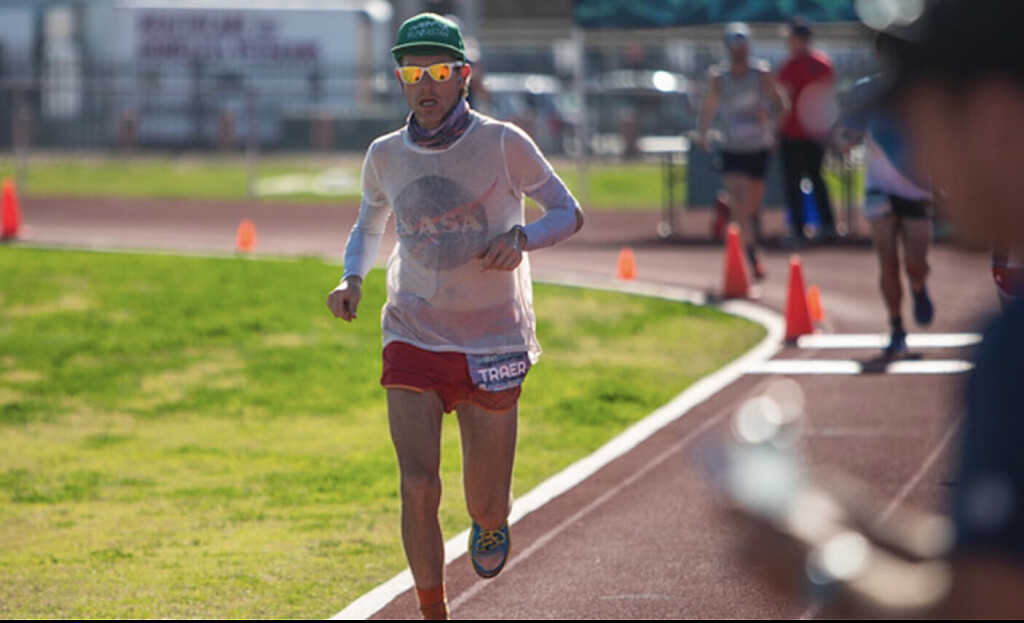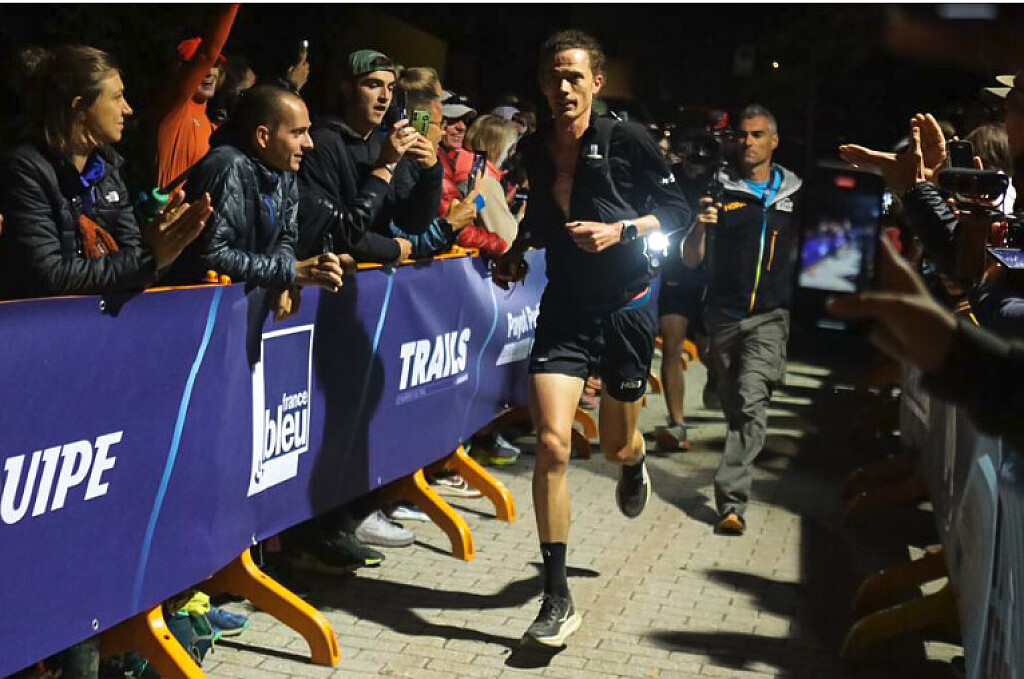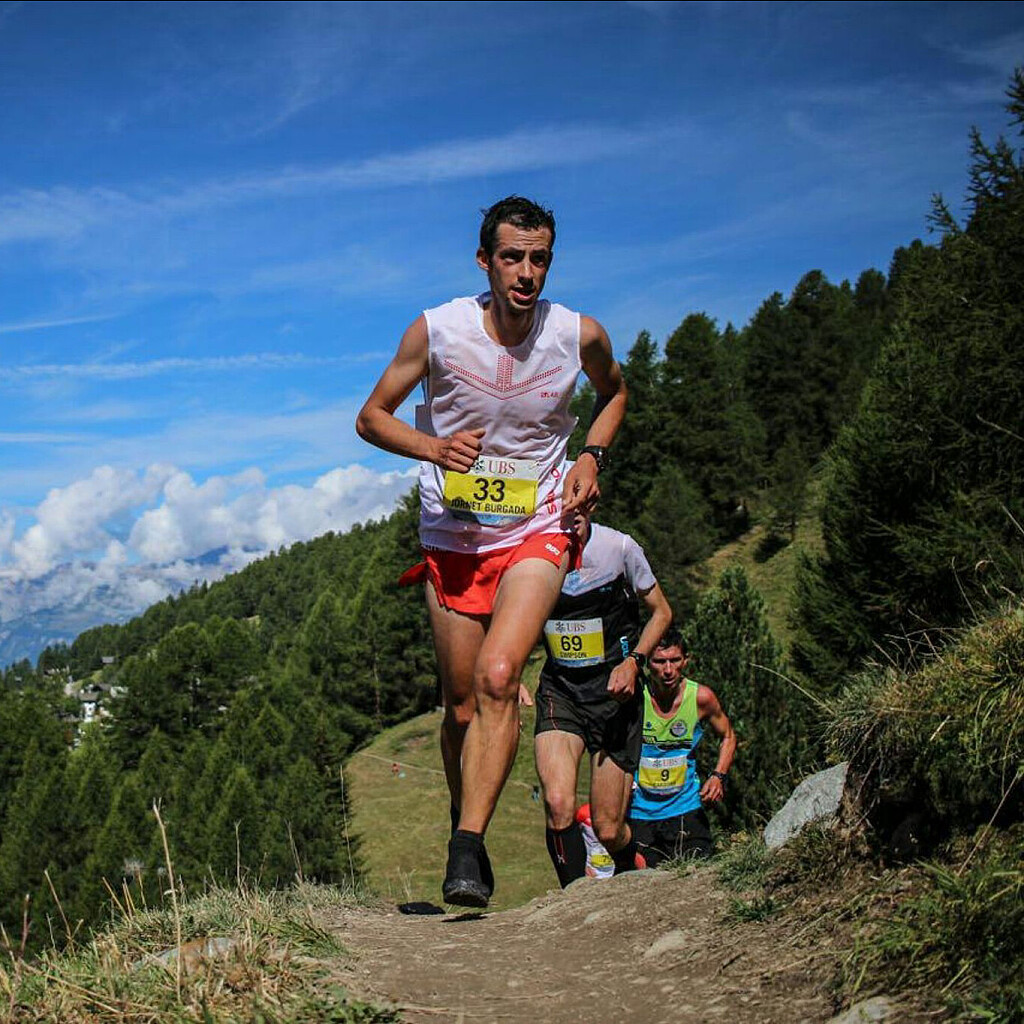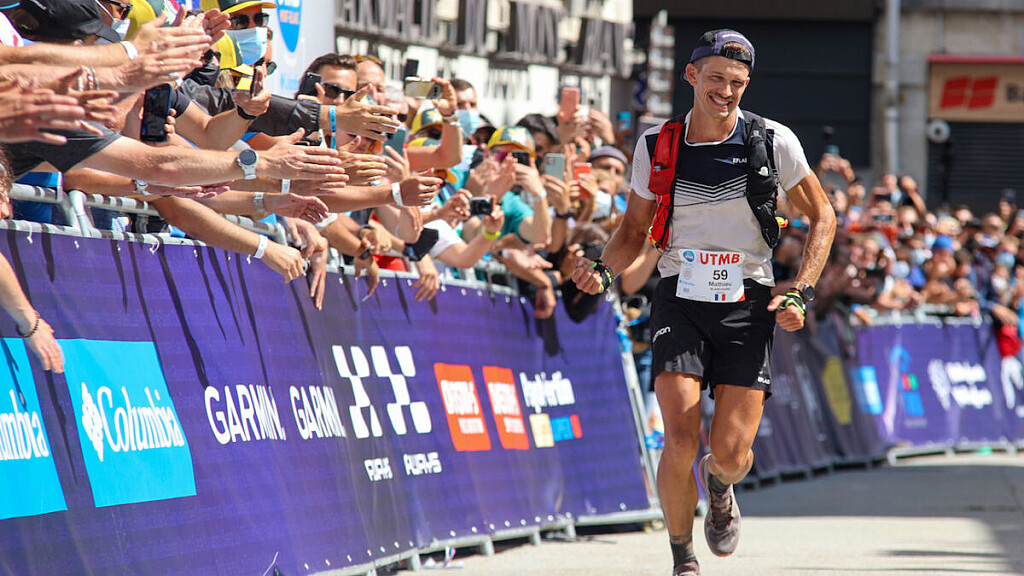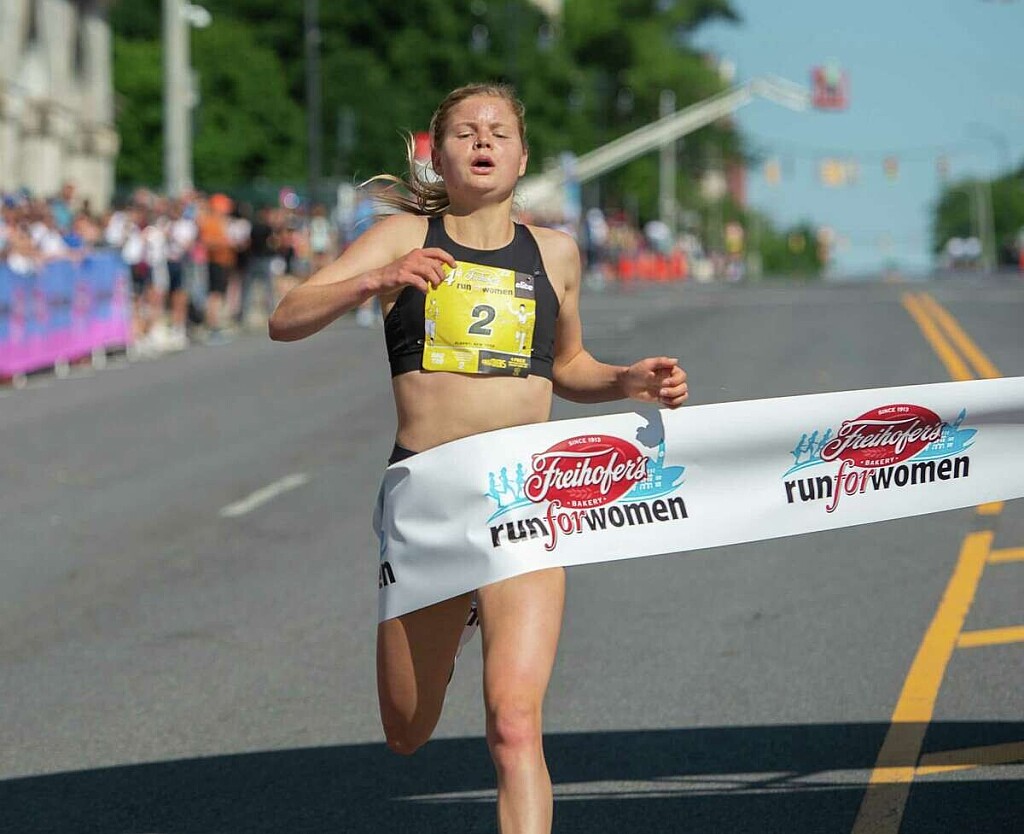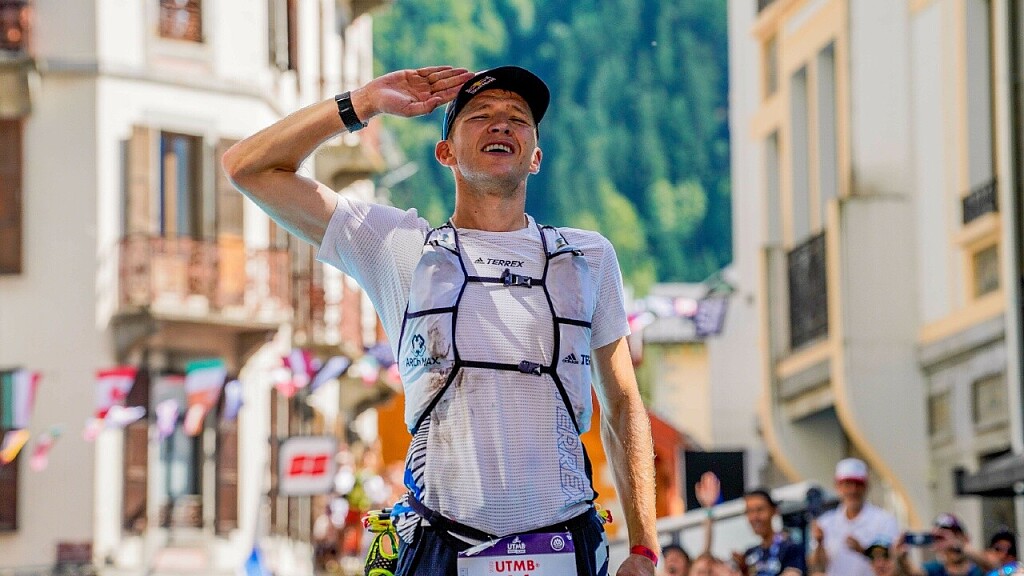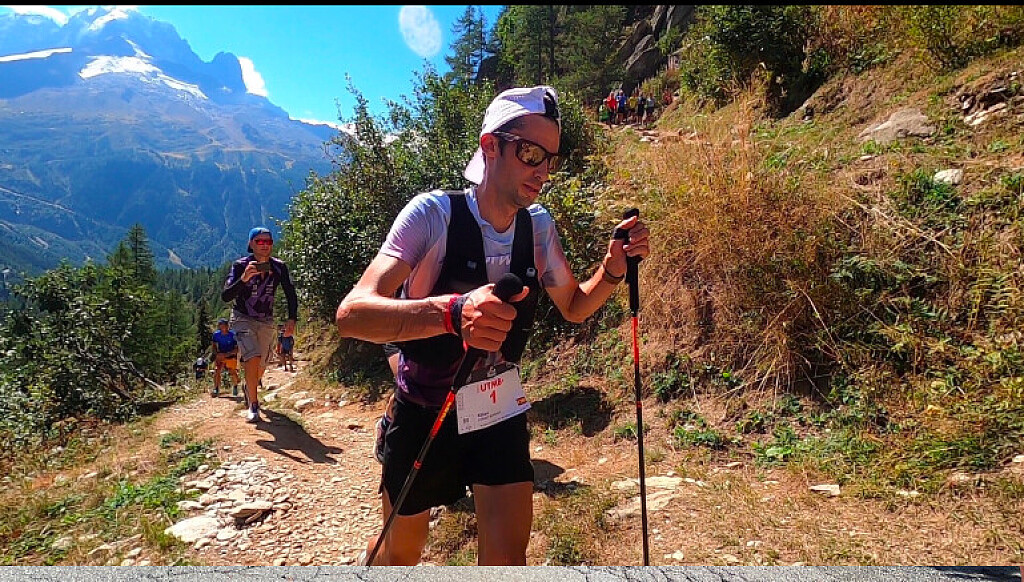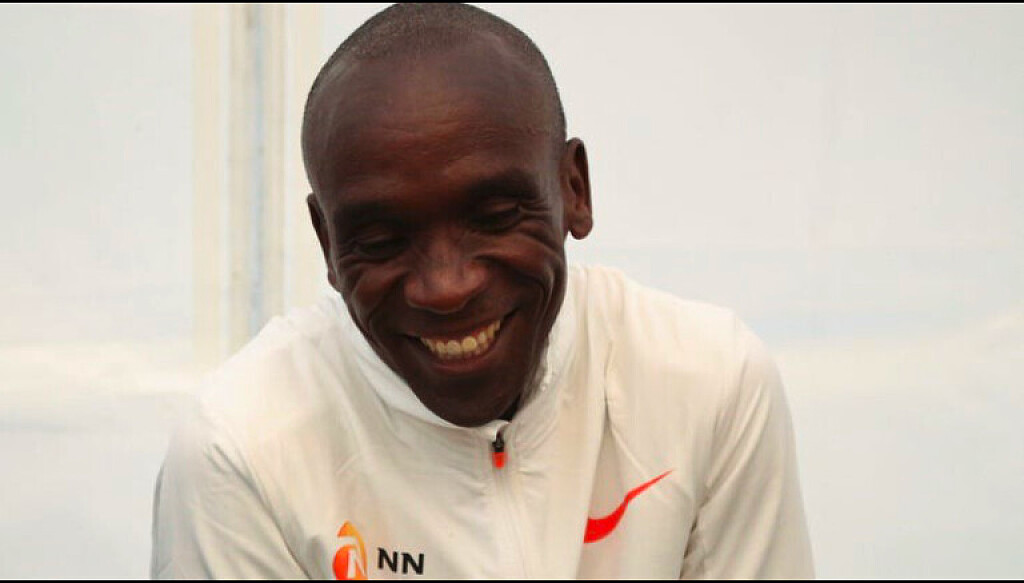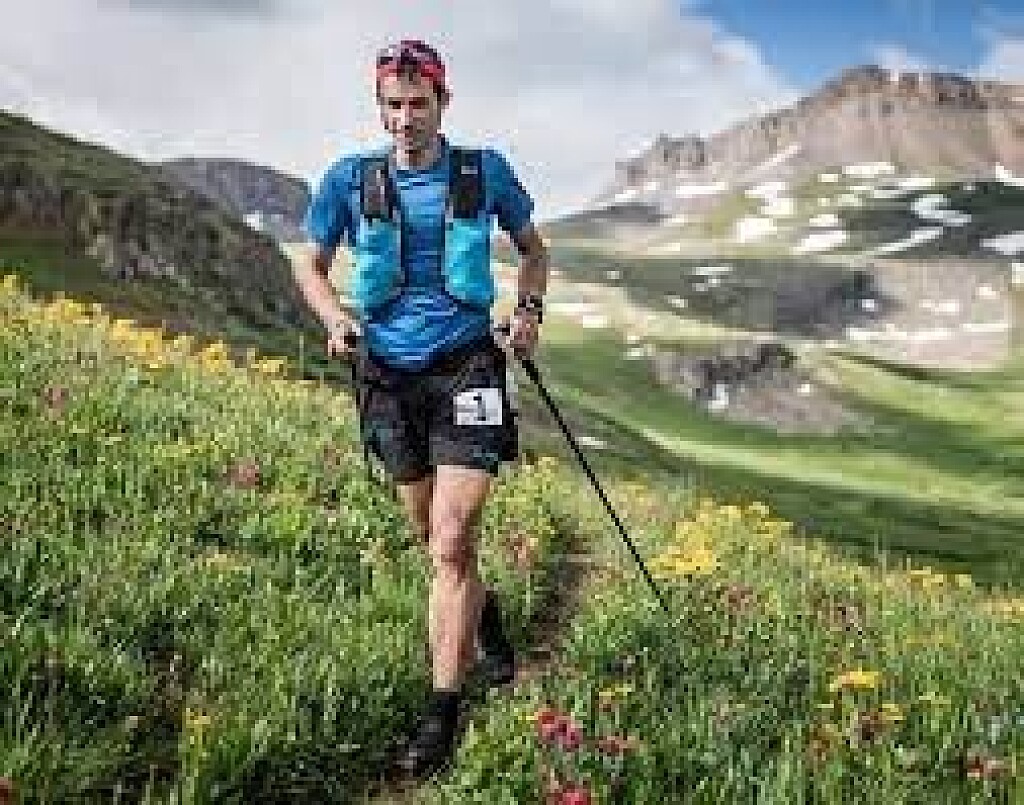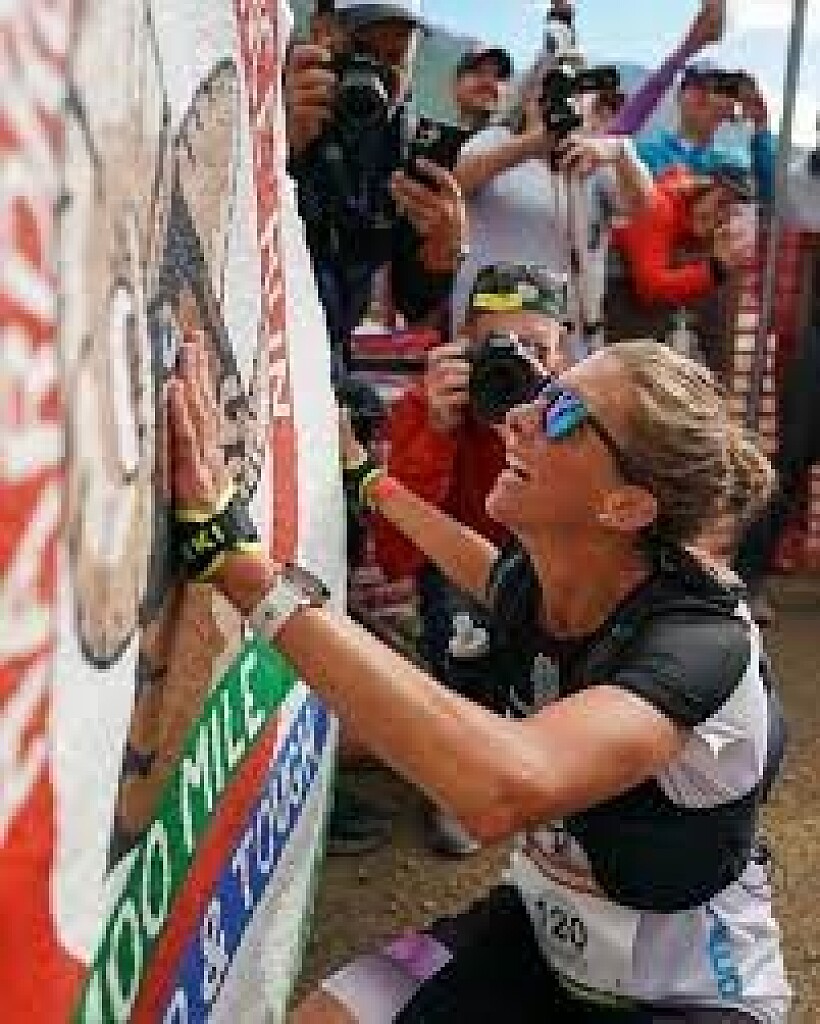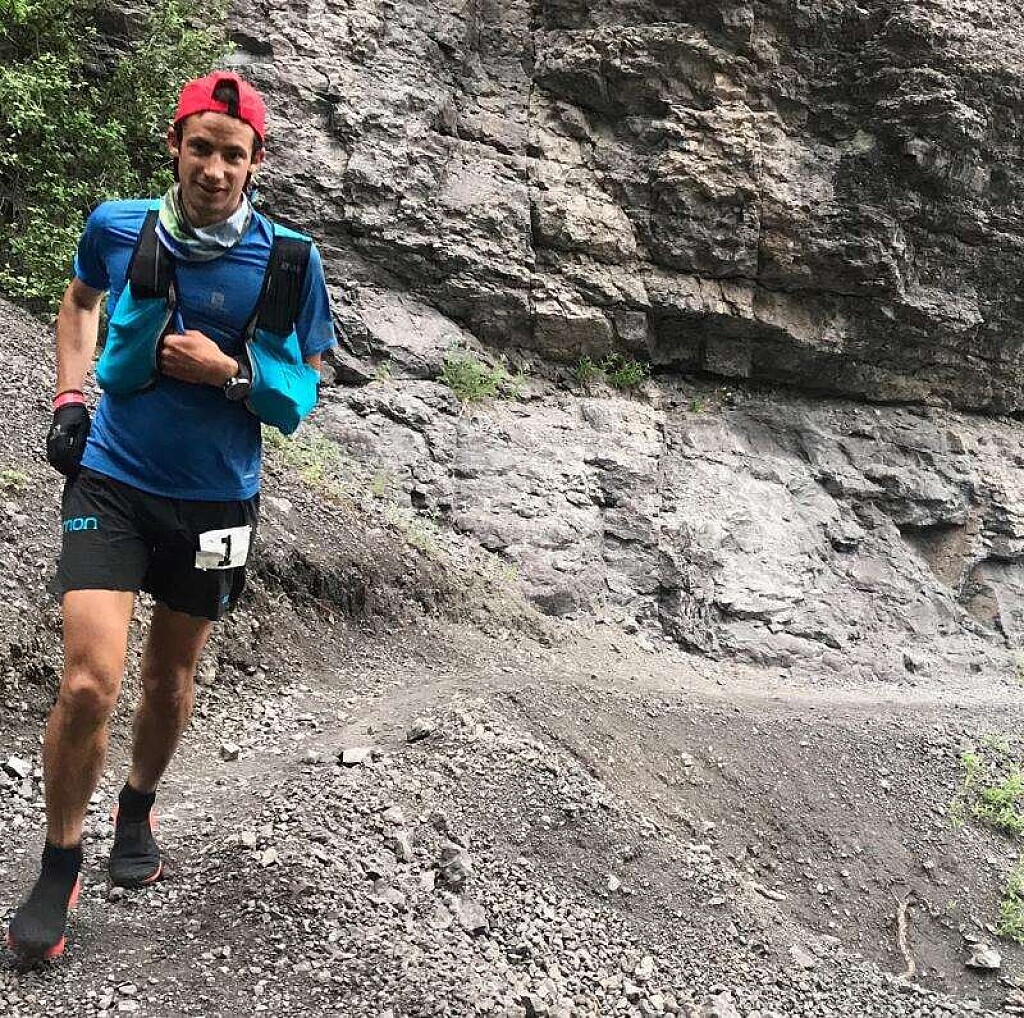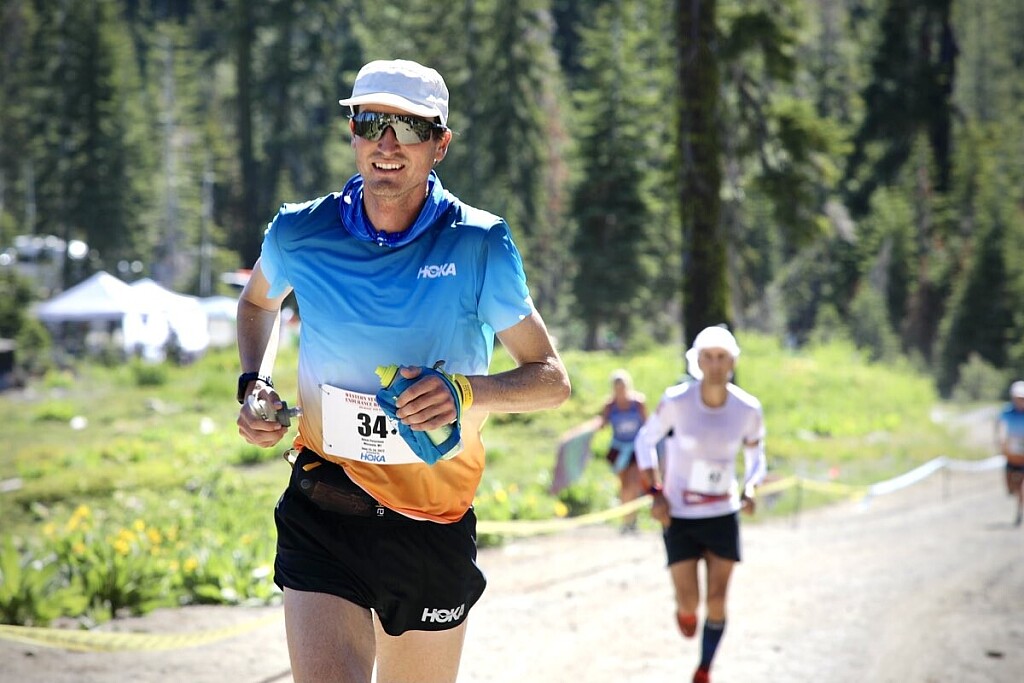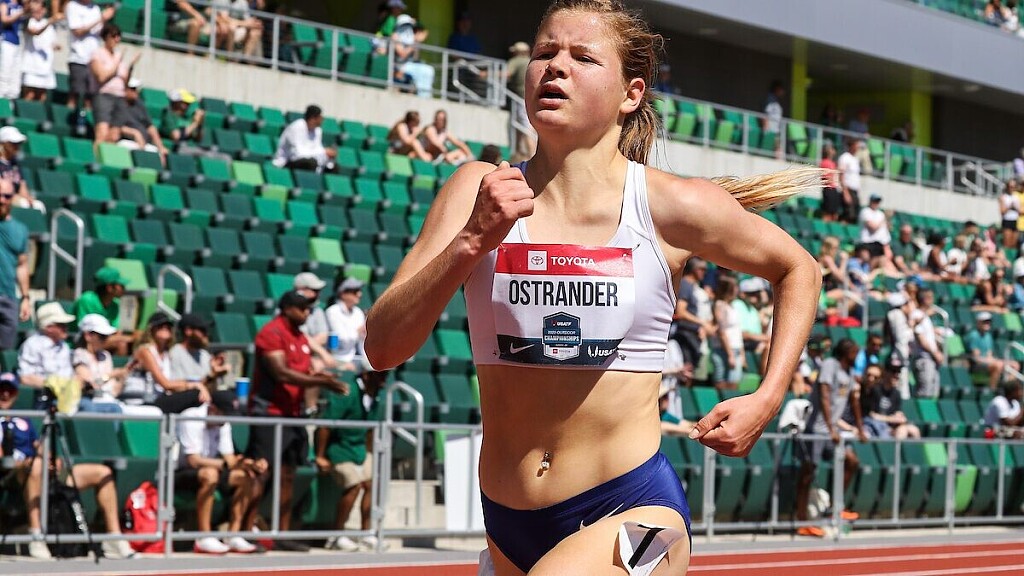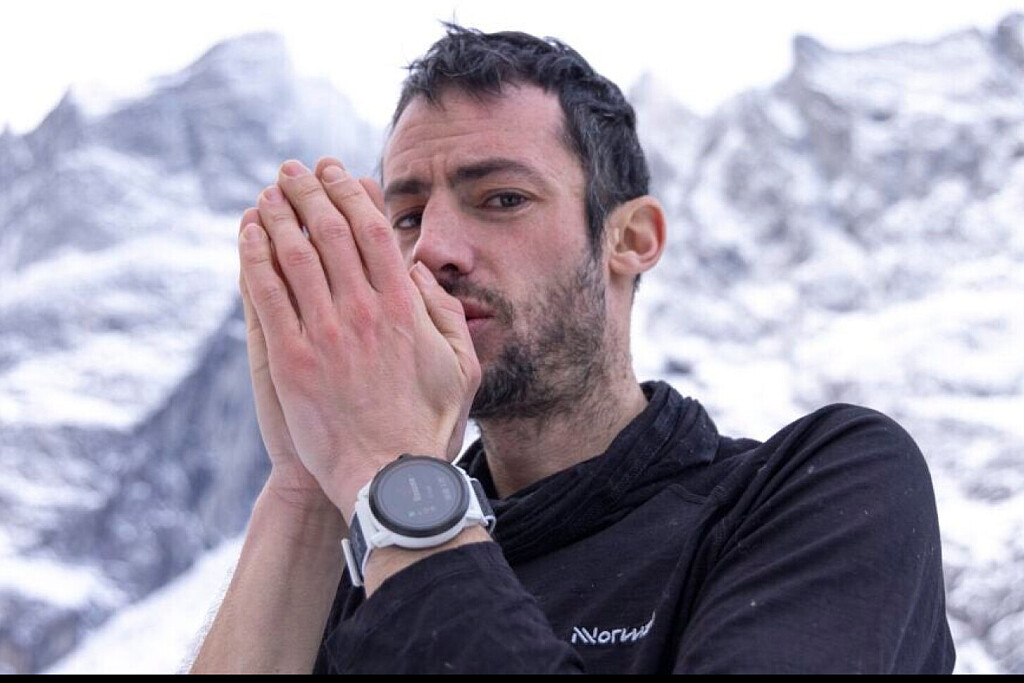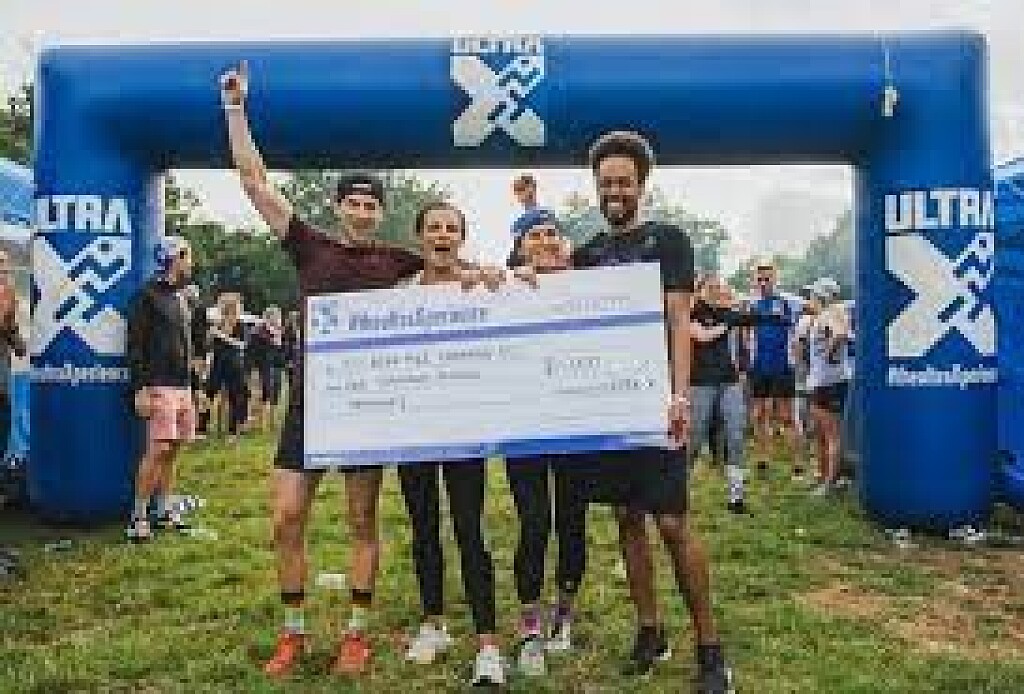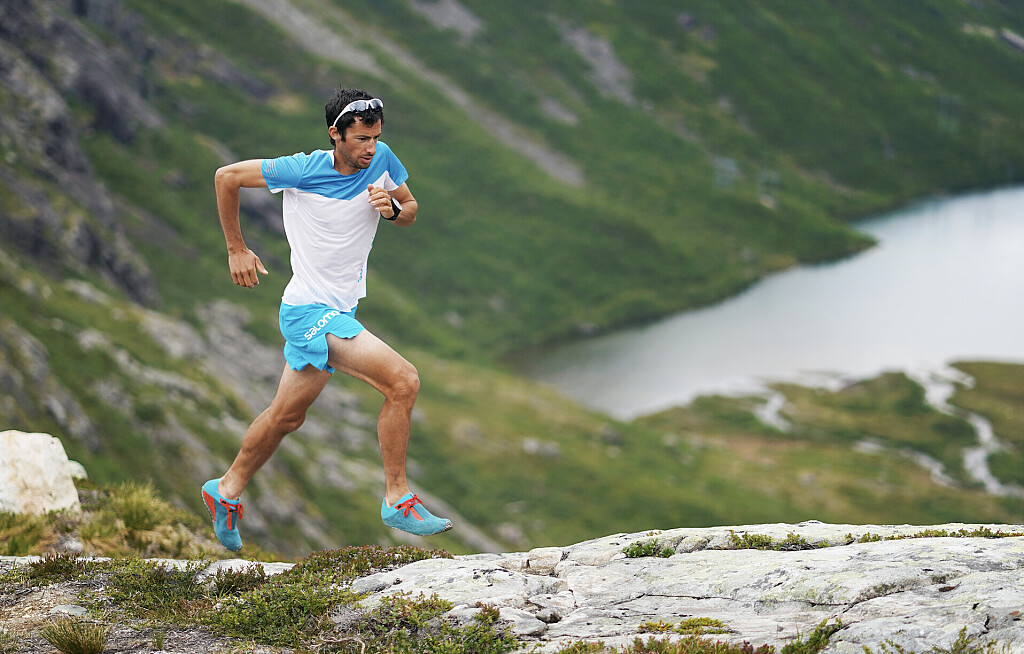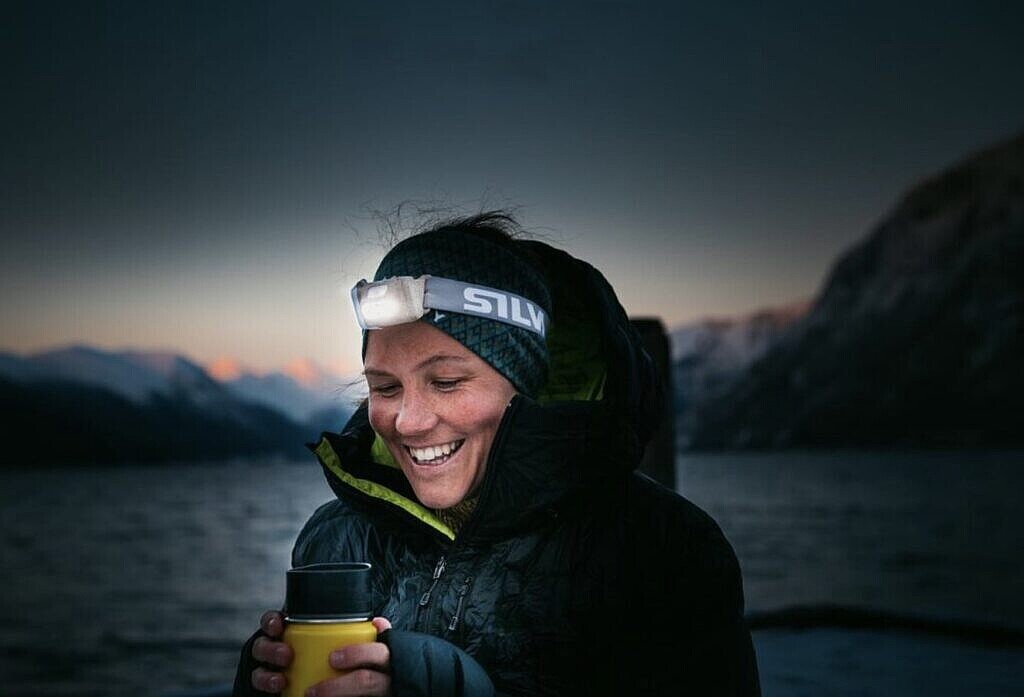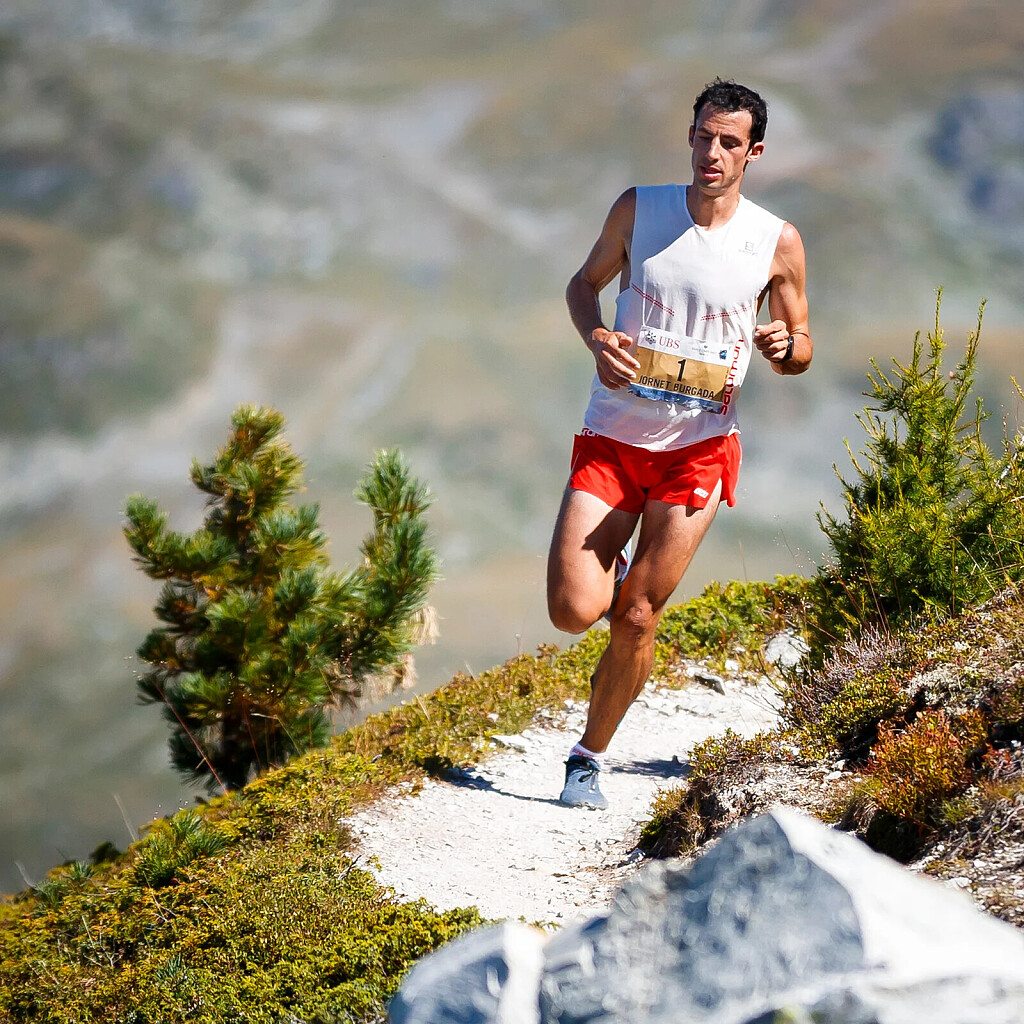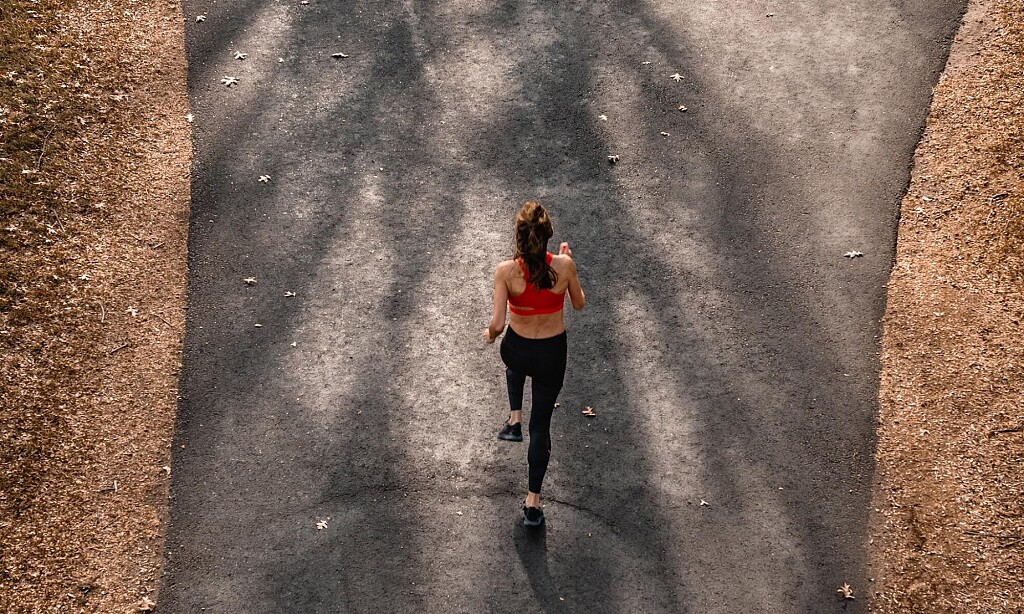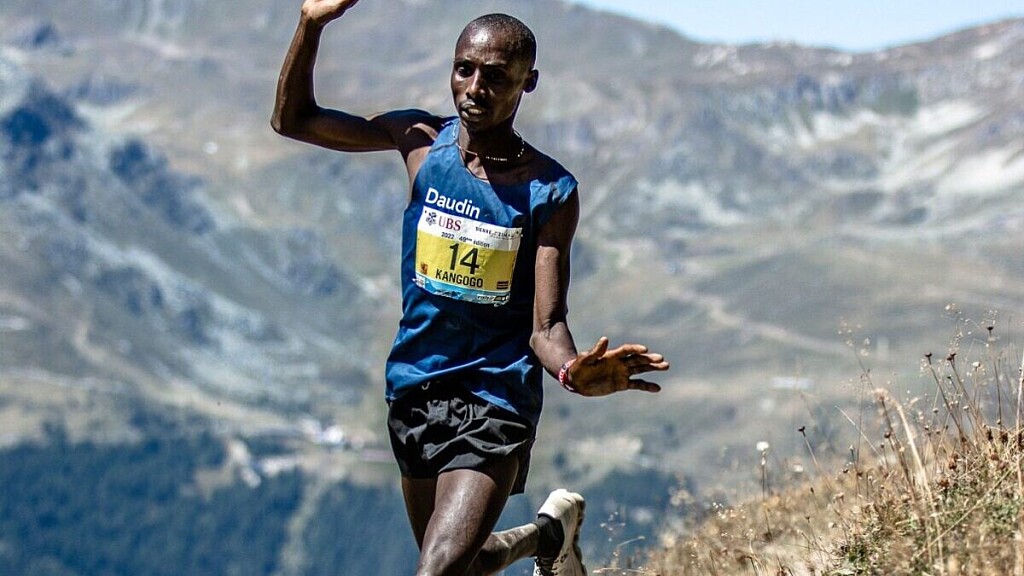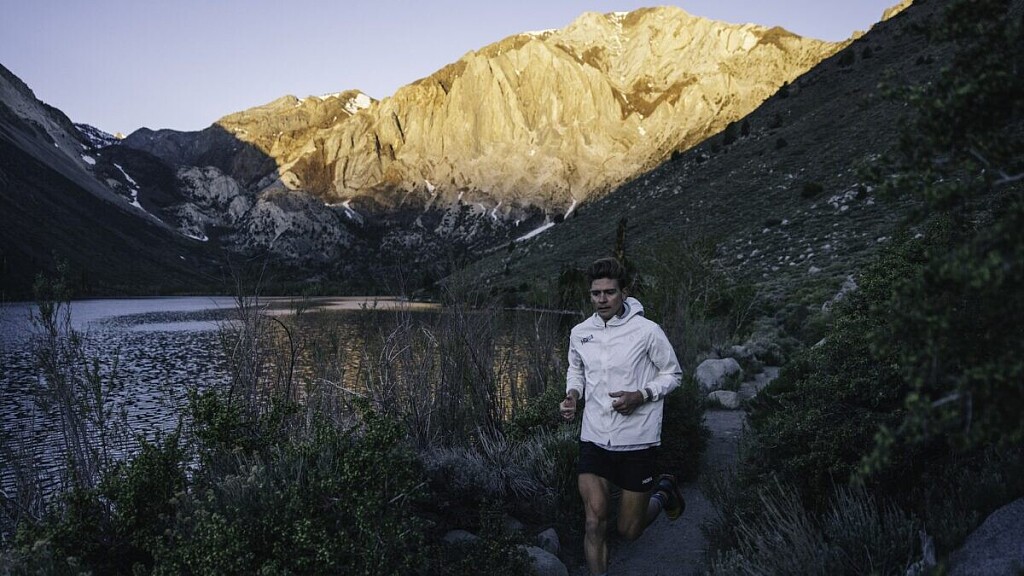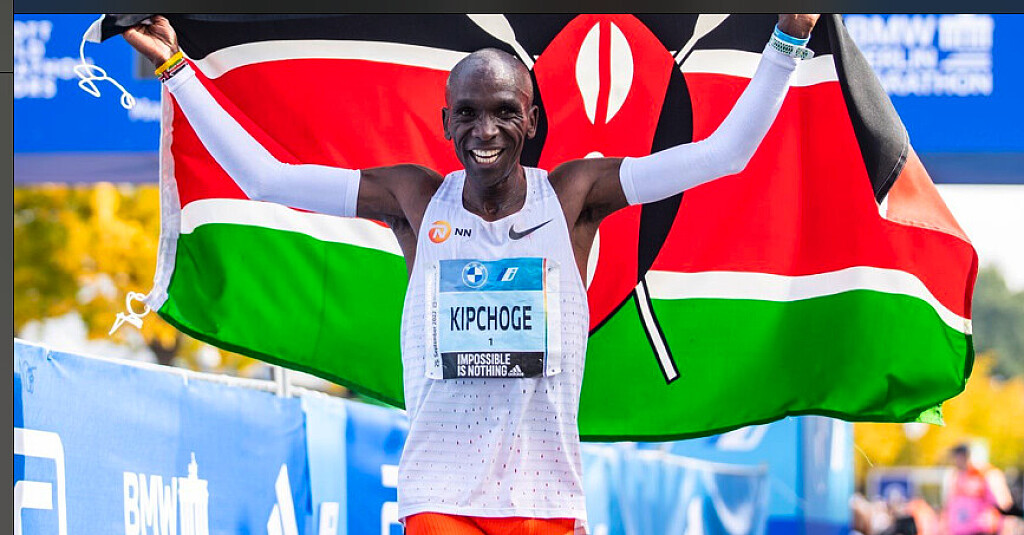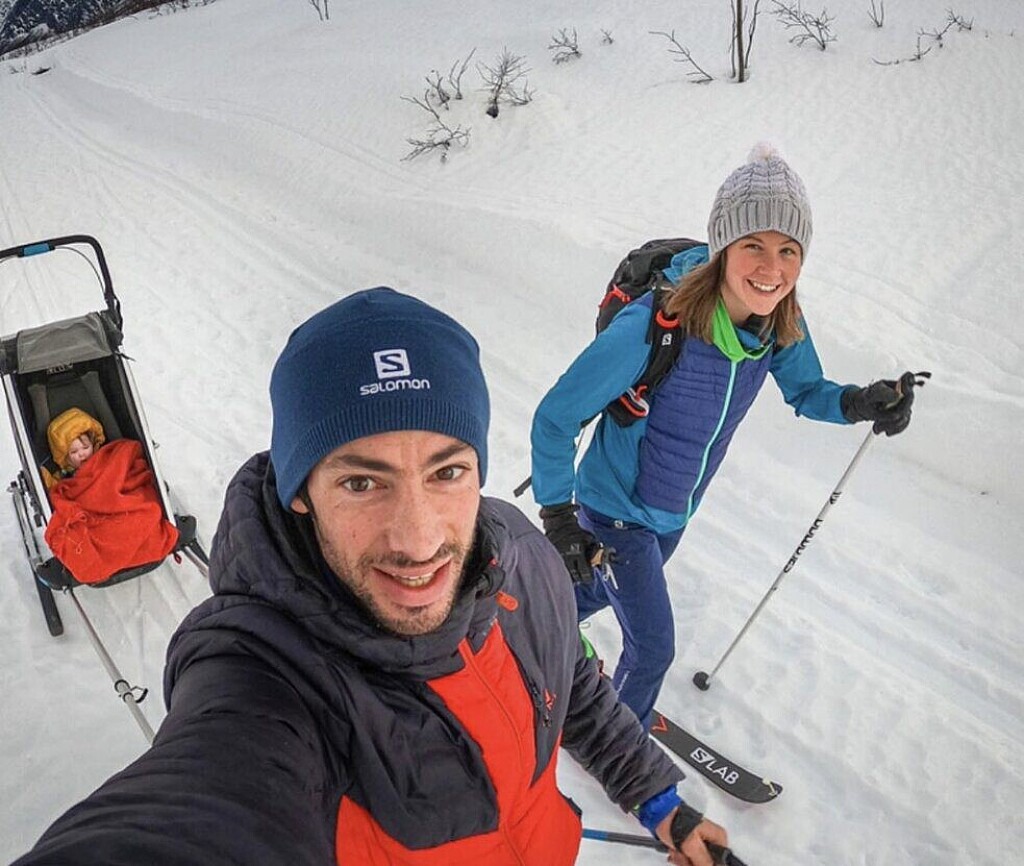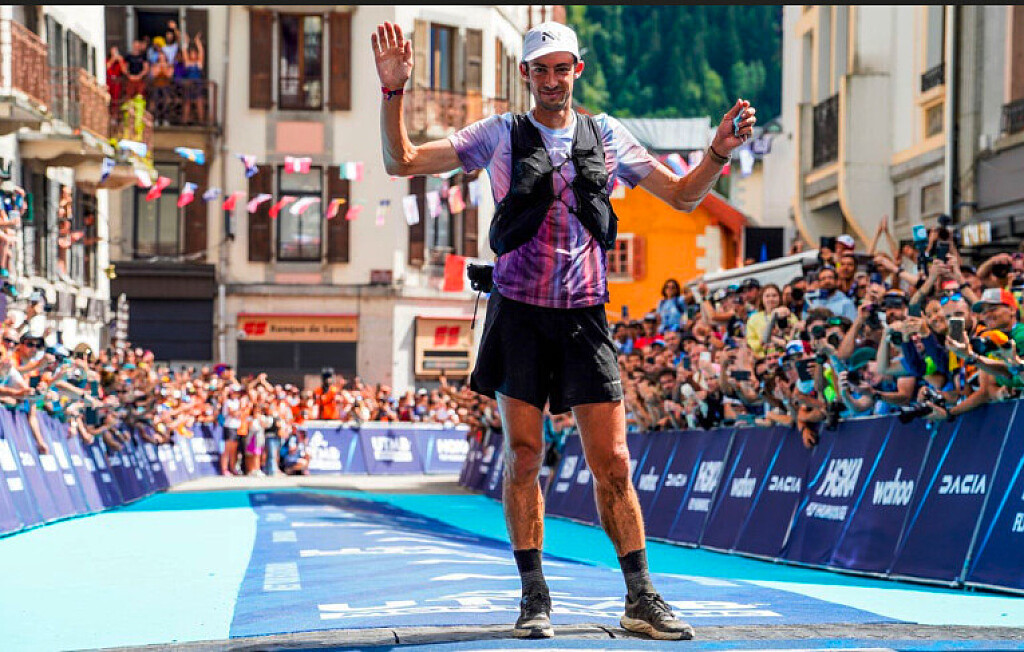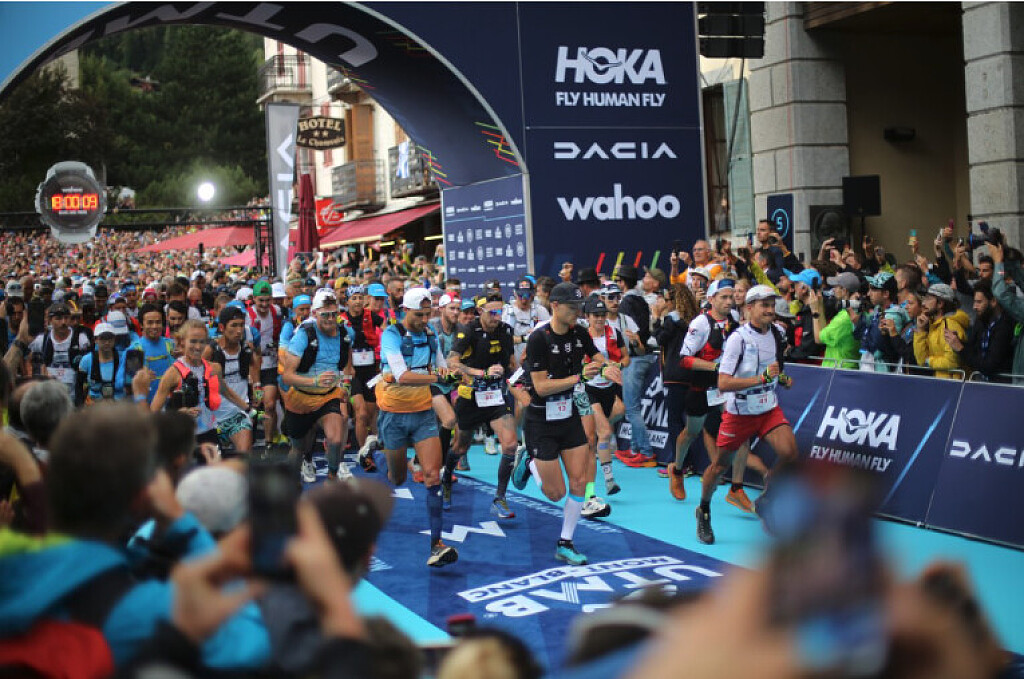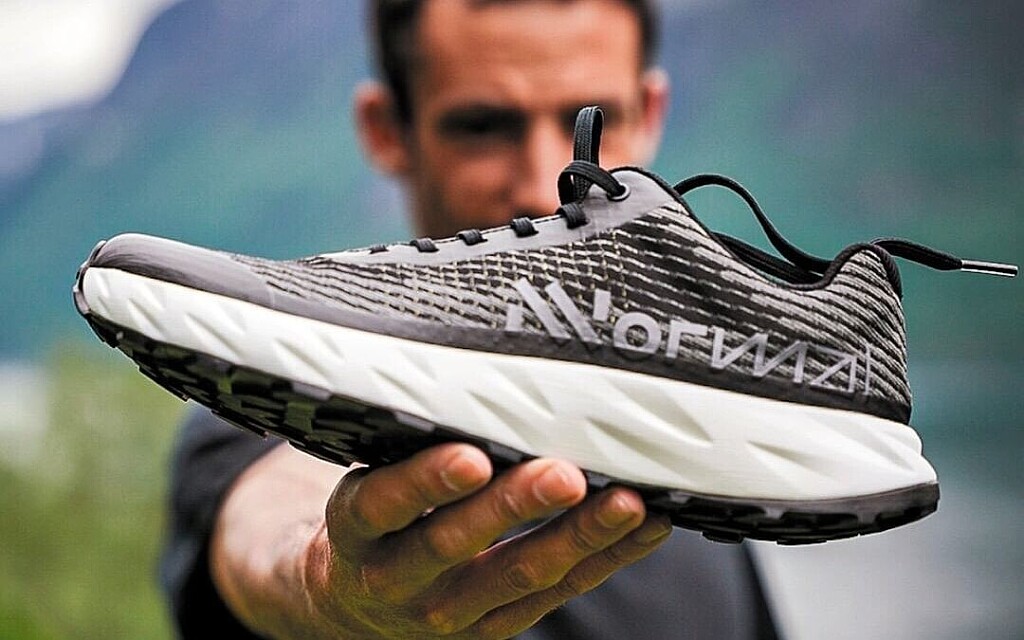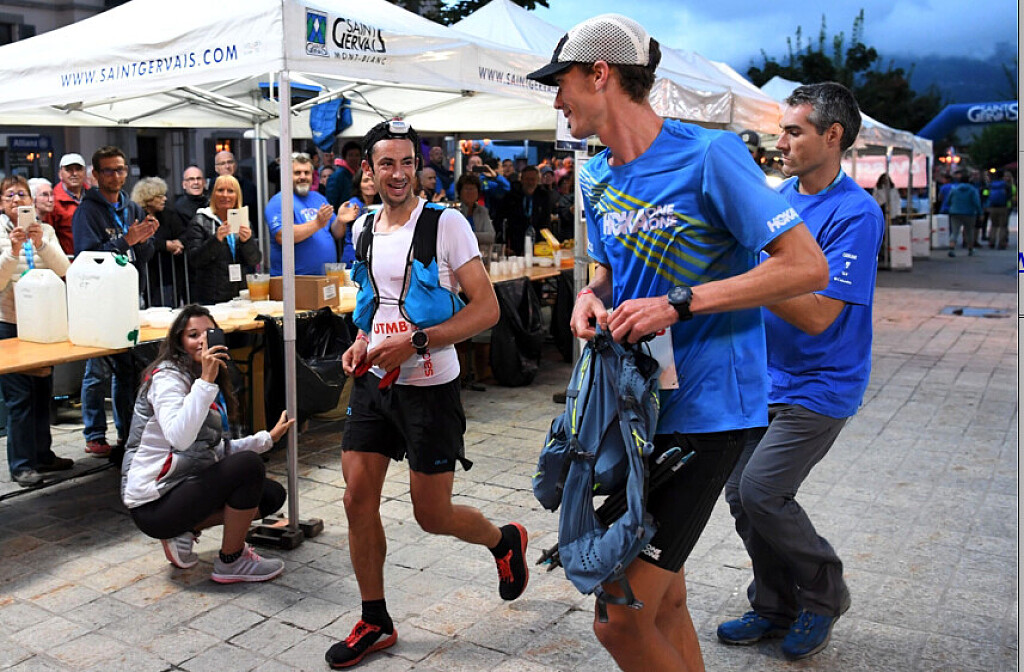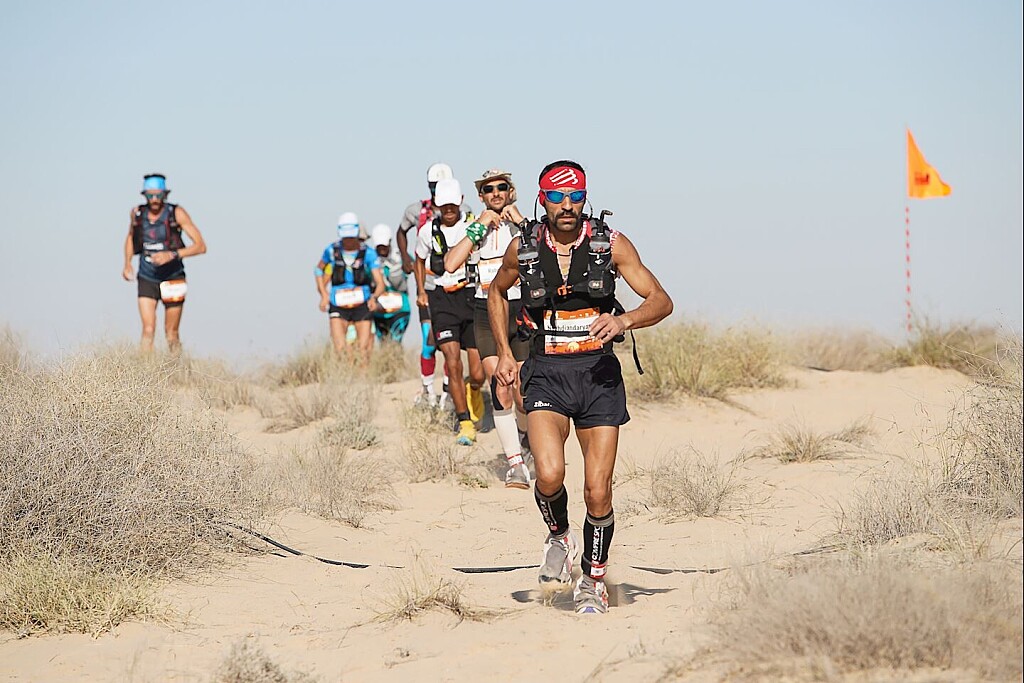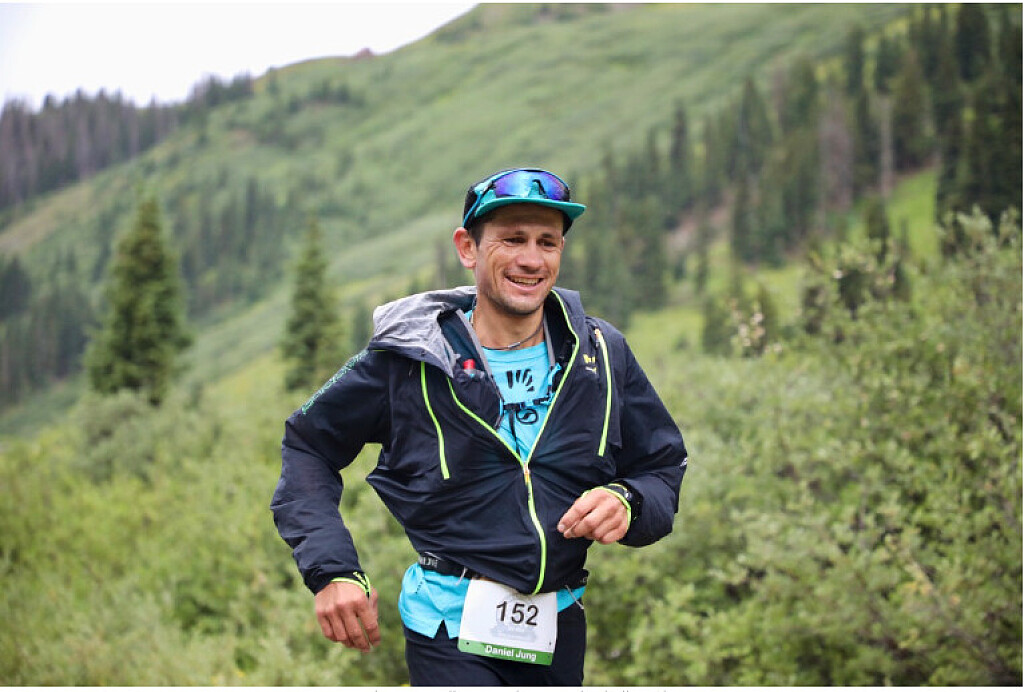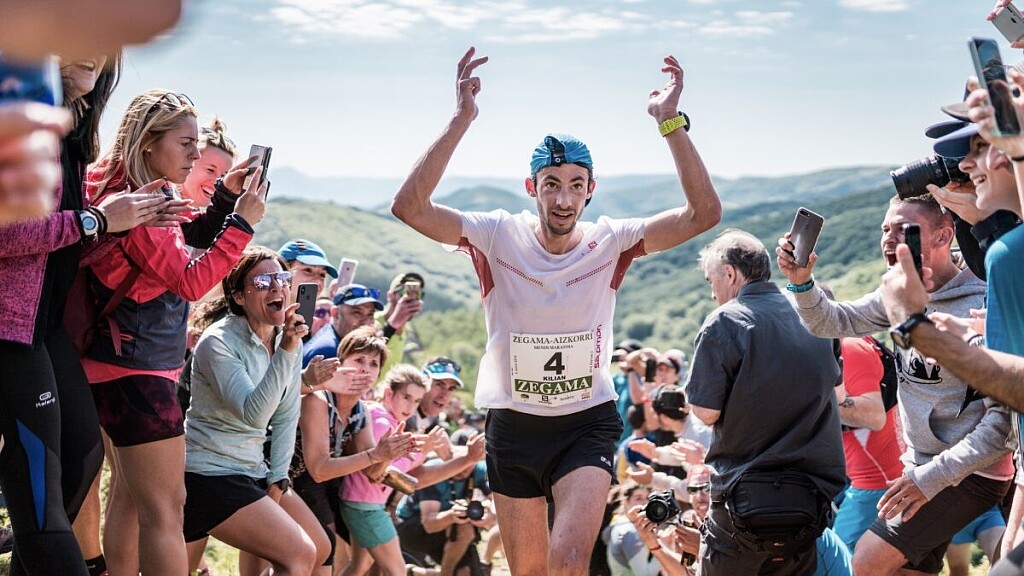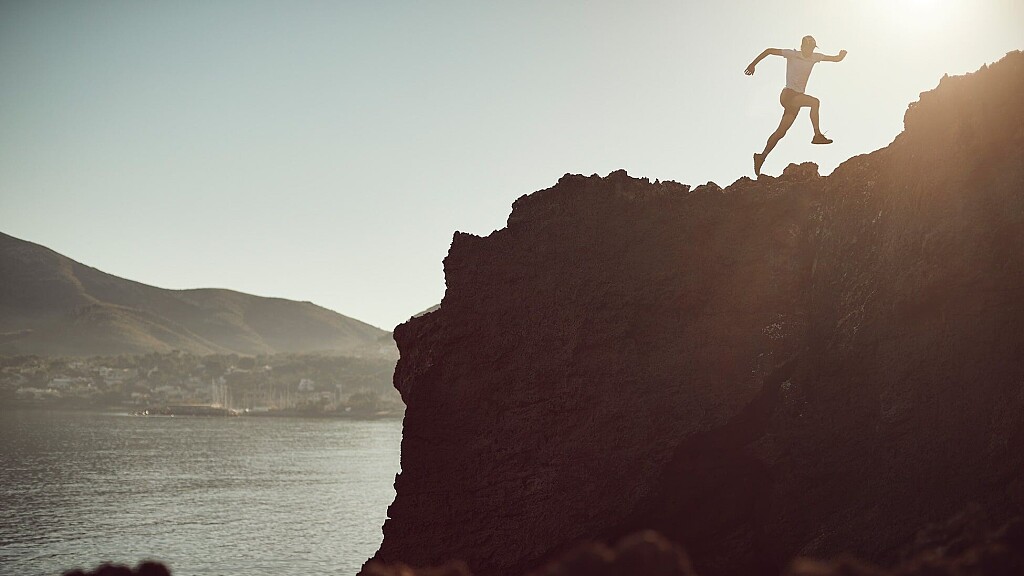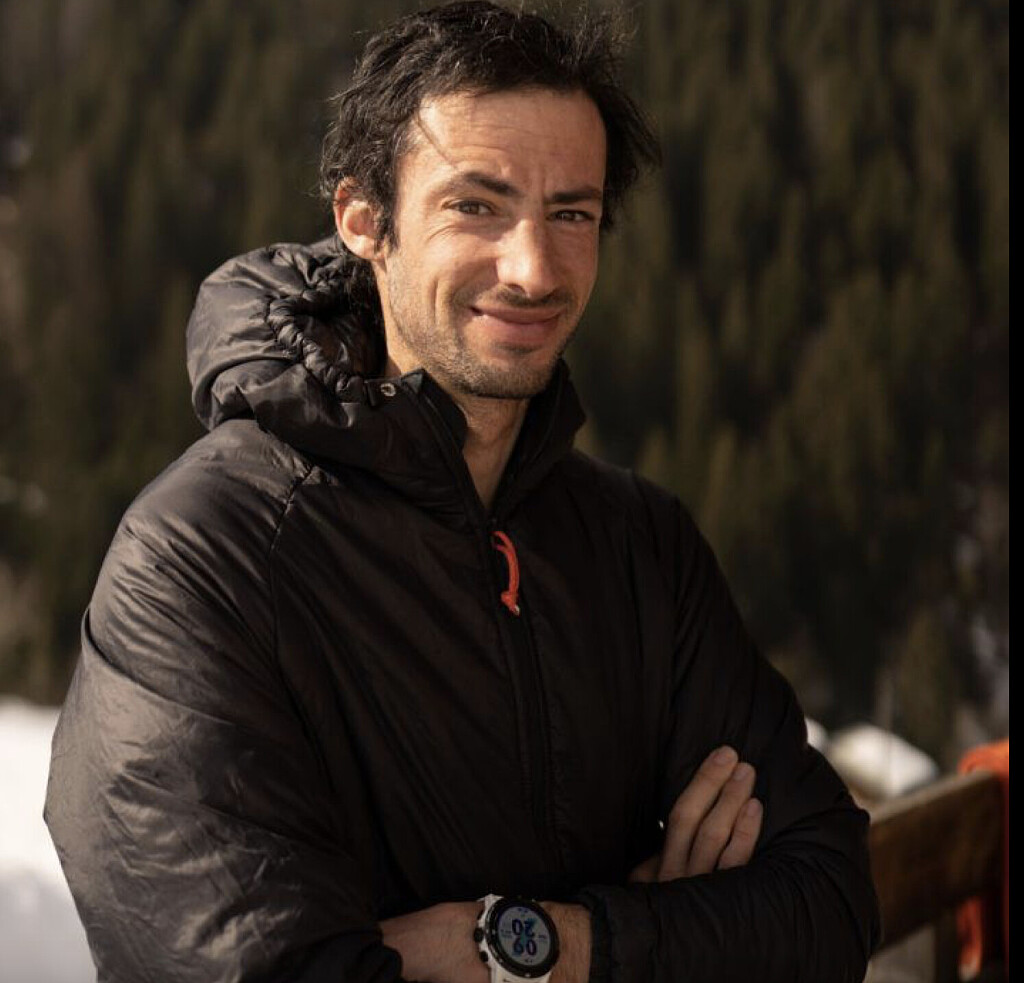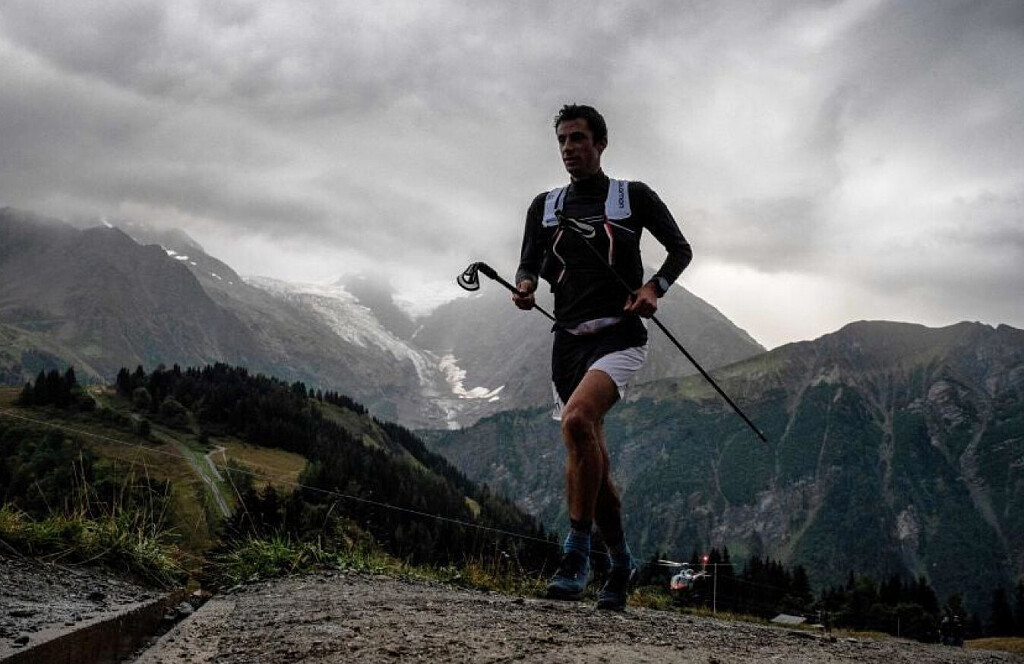Running News Daily
Running News Daily is edited by Bob Anderson. Send your news items to bob@mybestruns.com Advertising opportunities available. Train the Kenyan Way at KATA Kenya and Portugal owned and operated by Bob Anderson. Be sure to catch our movie A Long Run the movie KATA Running Camps and KATA Potato Farms - 31 now open in Kenya! https://kata.ke/
Index to Daily Posts · Sign Up For Updates · Run The World Feed
Articles tagged #Kilian Jornet
Today's Running News
Kilian Jornet Announces Bold New Ultra-Endurance Challenge
Kilian Jornet, widely regarded as the greatest endurance athlete of all time, has unveiled his most audacious project yet—combining the grit of the Tour de France with the relentless grind of marathon running.
The mountain-running icon plans to summit every 14,000-foot peak in the contiguous United States, linking them all by bicycle and on foot. His concept blends cycling stages on par with the Tour de France and running a marathon each day, all while climbing some of the highest mountains in America.
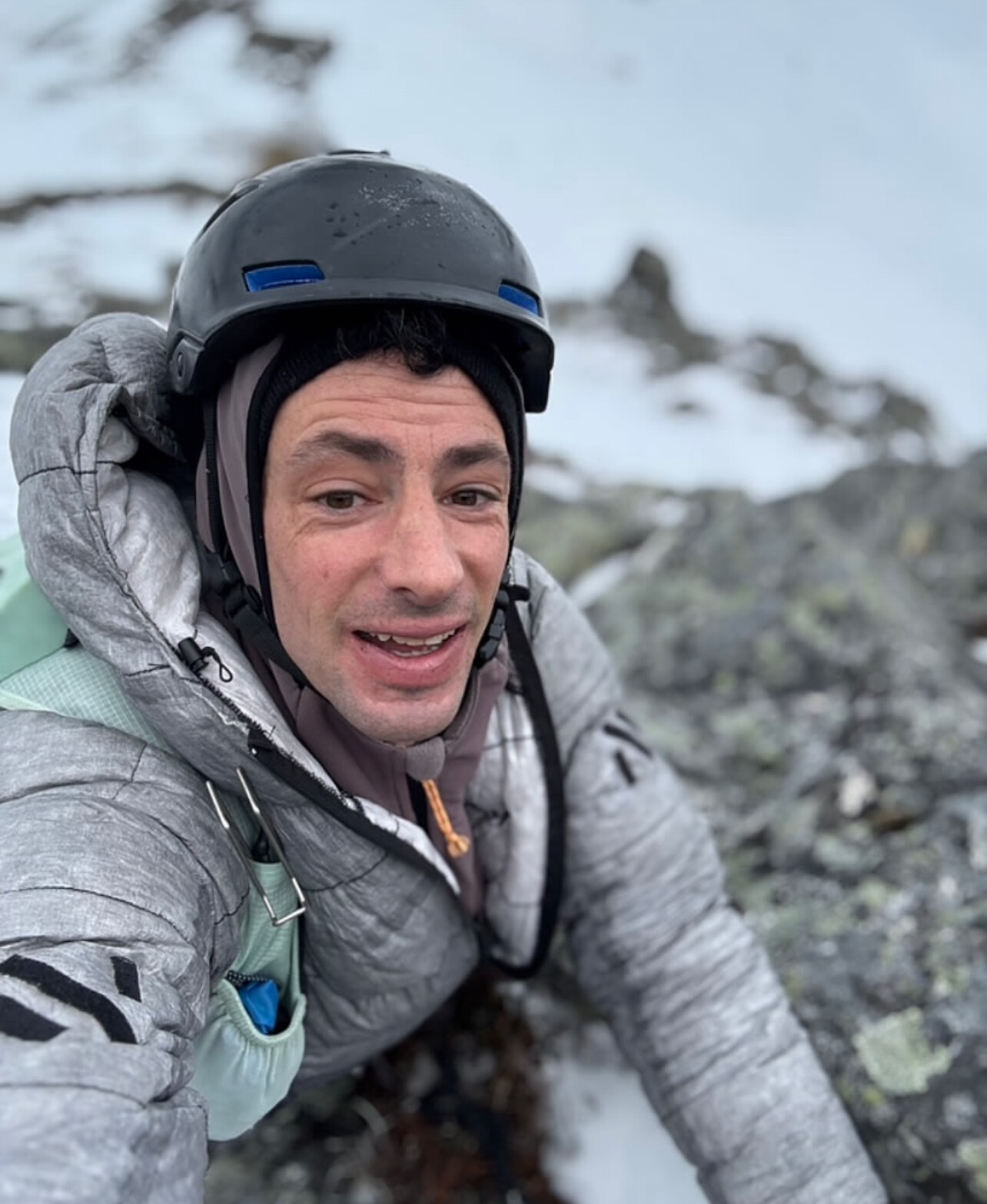
A New Level of Endurance
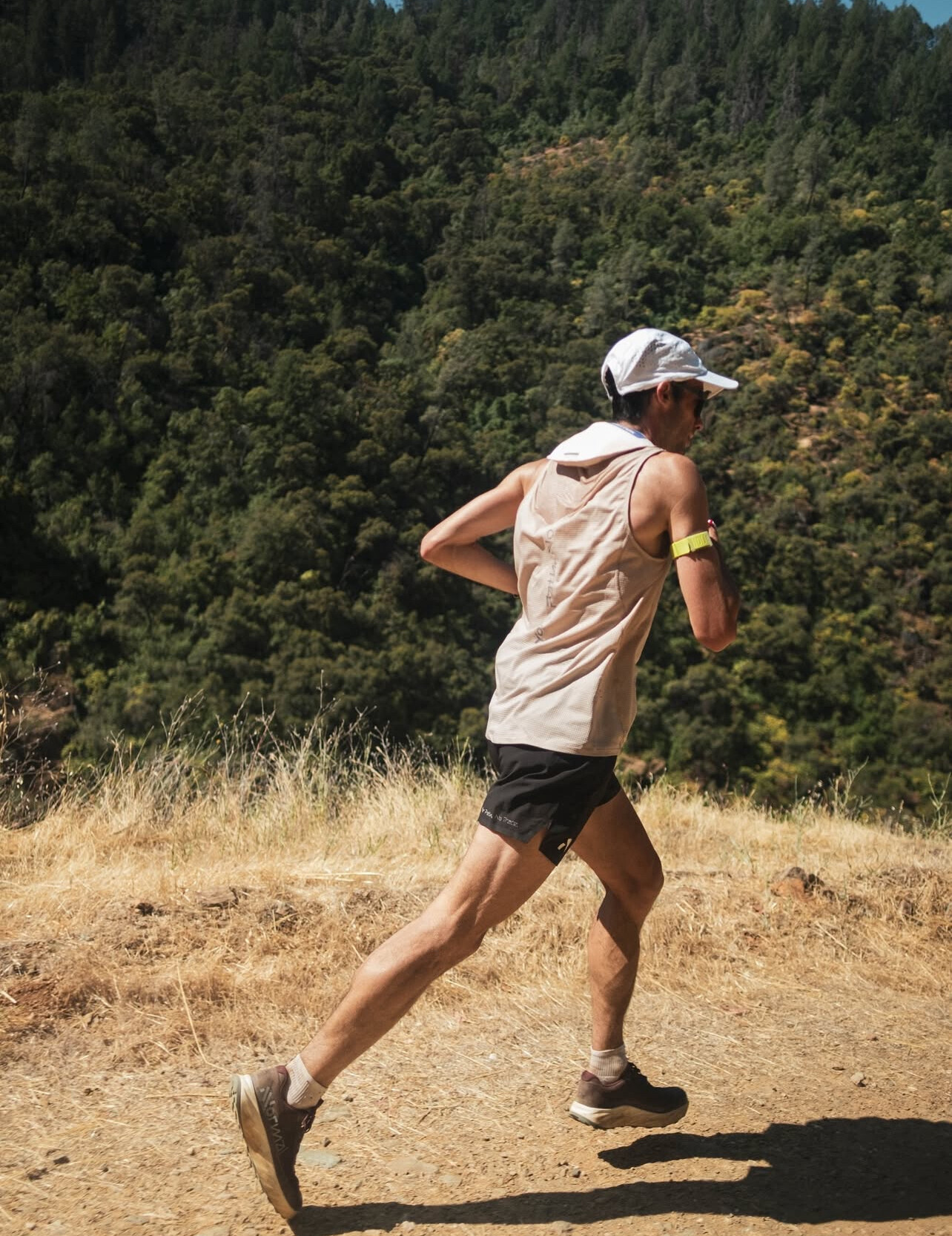
Jornet has long redefined the limits of human performance. From setting speed records on Mont Blanc, Everest, and the Matterhorn, to dominating ultramarathons around the globe, his career has blurred the line between mountaineering, cycling, and distance running.
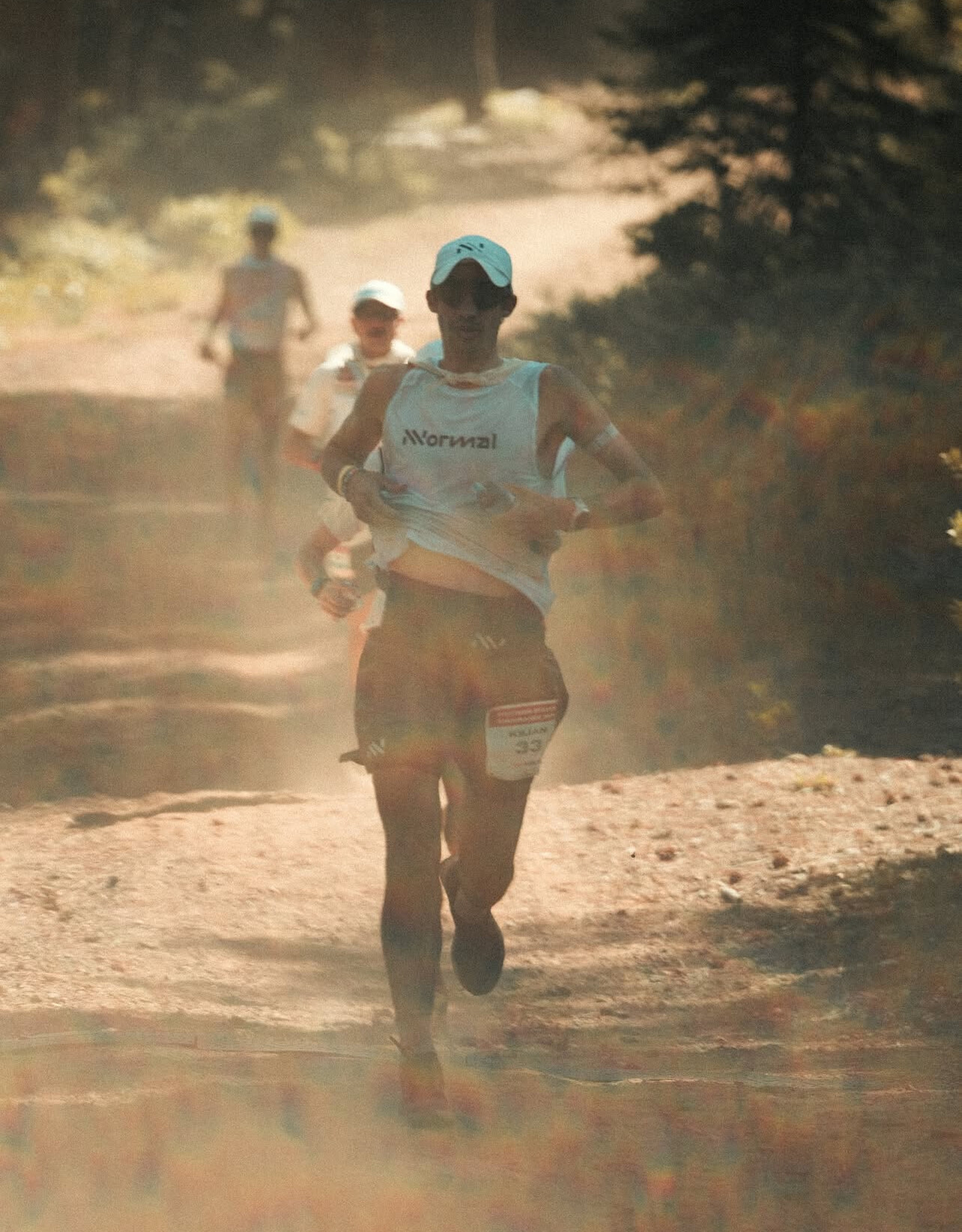
This latest challenge pushes even further—requiring not just peak physical conditioning, but also careful logistics, recovery, and resilience in some of the toughest terrains on earth.
Why This Challenge Matters
The project is more than just an athletic quest. By connecting summits, marathons, and cycling stages into one continuous journey, Jornet is symbolically uniting three of endurance sport’s greatest disciplines. His effort will not only test human possibility but also inspire runners, cyclists, and climbers to think beyond conventional limits.
As Jornet himself has often said, his greatest motivation comes from curiosity—asking what lies beyond the next climb, the next trail, or the next idea of what’s possible.
The Road Ahead
No specific launch date has yet been set, but anticipation across the endurance community is already high. If Jornet succeeds, this could go down as one of the most ambitious endurance projects in modern history—an odyssey across mountains, roads, and trails that only someone like Kilian could attempt.
by Boris Baron
Login to leave a comment
Caleb Olson Stuns the Field with Breakthrough Win at the 2025 Western States 100
American ultra-trail runner Caleb Olson delivered a career-defining performance at the 2025 Western States Endurance Run, emerging as the surprise champion in what was billed as one of the most competitive editions in the race’s 52-year history.
The 29-year-old from Salt Lake City conquered the infamous 100-mile (161-kilometer) course through Northern California’s rugged Sierra Nevada mountains, finishing in 14 hours, 11 minutes, and 25 seconds—just two minutes shy of Jim Walmsley’s legendary course record set in 2019 (14:09:28). Olson’s time is now the second-fastest ever recorded at Western States.
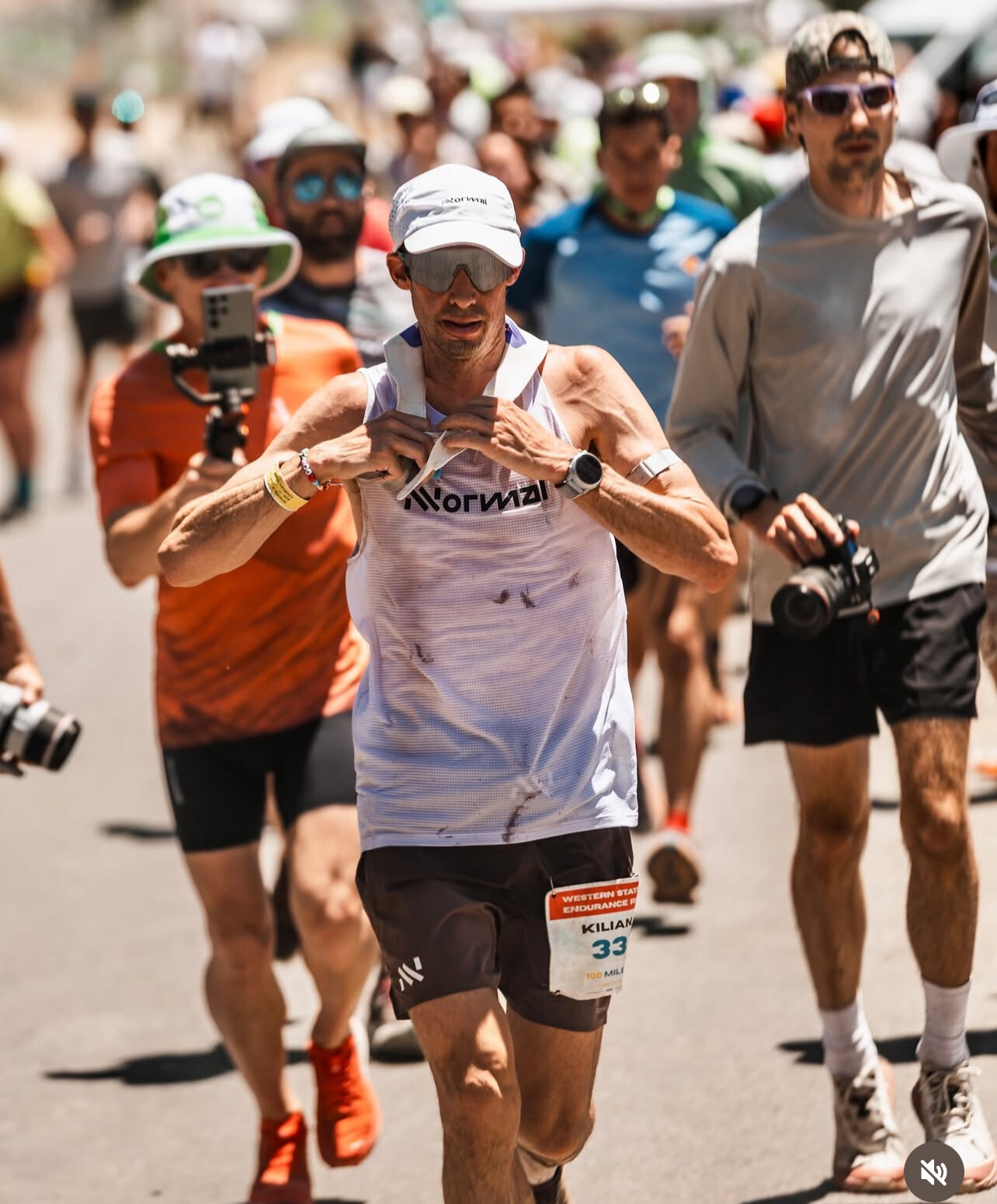
His win comes just a year after a strong fifth-place finish in 2024 and cements his place among the top ranks of global ultrarunning.
A Battle of Heat, Elevation, and Grit
The race began at 5:00 a.m. in Olympic Valley, with runners quickly climbing to the course’s highest point—2,600 meters (8,600 feet)—before descending into the heat-scorched canyons. Snowfields in the early miles gave way to punishing heat, as temperatures soared to 104°F (40°C) in exposed sections of the trail.
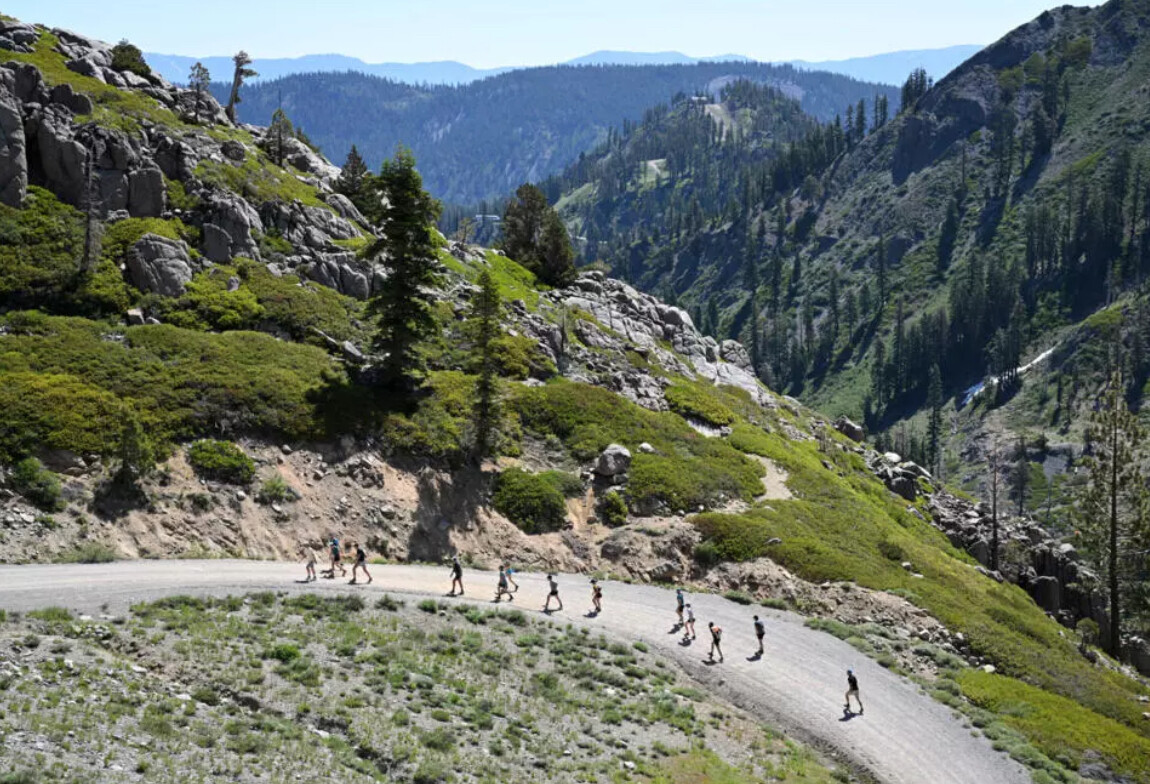
Despite the brutal conditions, approximately 15 elite athletes crested the high point together, setting the stage for a tactical and attritional race. Olson surged to the front midway, clocking an average pace near 12 kilometers per hour and never relinquished his lead.
Elite Field Delivers Drama
Close behind Olson was Chris Myers, who battled stride-for-stride with the eventual winner for much of the race before taking second in 14:17:39. It was a breakthrough performance for Myers, who has been steadily climbing the ultra ranks.
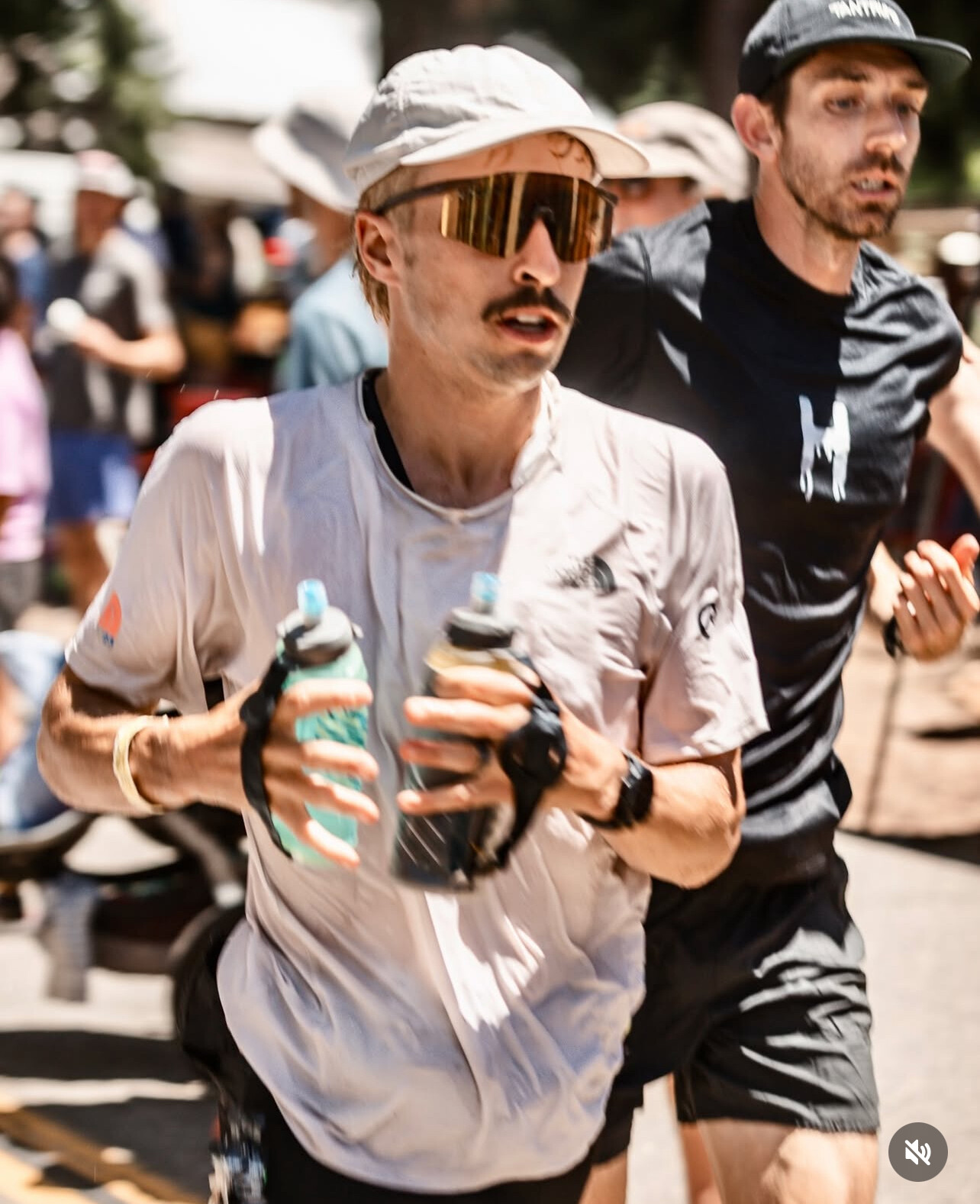
Spanish trail running legend Kilian Jornet, 37, finished third, matching his 2010 result. Returning to Western States for the first time since his win 14 years ago, Jornet hoped to test himself against a new generation on the sport’s fastest trails. Though renowned for his resilience in mountainous terrain, he struggled to match the frontrunners during the course’s hottest sections.
“Western States always finds your limit,” Jornet said post-race. “Today, that limit came earlier than I’d hoped.”
Rising Stars and Withdrawals
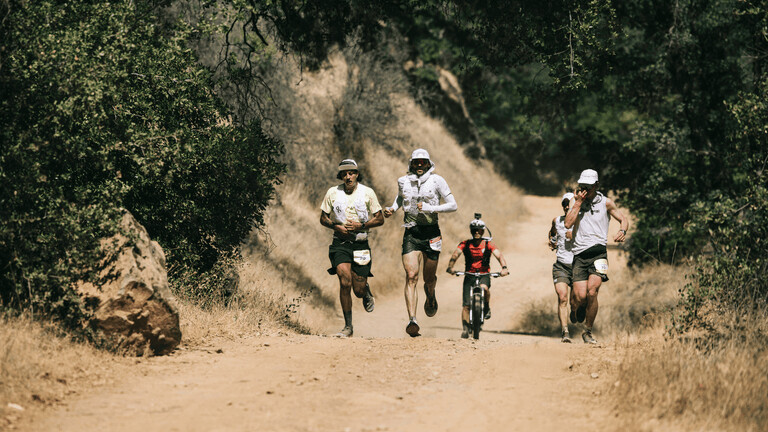
Among the elite field was David Roche, one of America’s most promising young ultrarunners, who was forced to withdraw after visibly struggling at the Foresthill aid station (mile 62). Roche had entered the race unbeaten in 100-mile events.
“I’ve never seen him in that kind of state,” said his father, Michael Roche, who was on hand to support him. “This race just takes everything out of you.”
Roche’s exit was a reminder that, even with perfect preparation, the Western States 100 is as much about survival as speed.
The Lottery of Dreams
Held annually since 1974, the Western States Endurance Run is more than a race—it’s a pilgrimage. With only 369 slots available, most runners enter via a lottery system with odds of just 0.04% for first-timers. Elite athletes can bypass the lottery by earning one of the coveted 30 Golden Ticketsawarded at select qualifying races each year.
For many, getting to the start line takes years of qualifying and persistence—making finishing the race an achievement in itself.
Olson’s Star Ascends
Before this landmark win, Caleb Olson was already on the radar of the ultra community. He had logged top-20 finishes at the “CCC”—a 100-kilometer race associated with the Ultra-Trail du Mont-Blanc series—and had demonstrated consistency in major trail events.
Saturday’s victory vaults him into the upper echelon of global ultrarunners and marks a generational shift in the sport.
“I’ve dreamed of this moment,” Olson said at the finish. “Today, everything came together—the training, the heat management, and the belief. This is why we run.”
2025 Western States results
Men
Saturday June 28, 2025 – 100.2 miles
Caleb Olson (USA) – 14:11:25
Chris Myers (USA) – 14:17:39
Kilian Jornet (SPA) – 14:19:22
Jeff Mogavero (USA) – 14:30:11
Dan Jones (NZL) – 14:36:17
by Boris Baron
Login to leave a comment
Western States 100
The Western States ® 100-Mile Endurance Run is the world’s oldest and most prestigious 100-mile trail race. Starting in Squaw Valley, California near the site of the 1960 Winter Olympics and ending 100.2 miles later in Auburn, California, Western States, in the decades since its inception in 1974, has come to represent one of the ultimate endurance tests in the...
more...Why Zegama Remains the Most Revered Mountain Marathon
Zegama-Aizkorri 2025: The Mountain Marathon That Defines Grit and Glory
ZEGAMA, SPAIN — On Sunday, May 25, 2025, the world’s most electrifying trail marathon returns to the rugged peaks of the Basque Country. The Zegama-Aizkorri Mountain Marathon, now in its 24th edition, is more than a race—it’s a rite of passage for mountain runners.
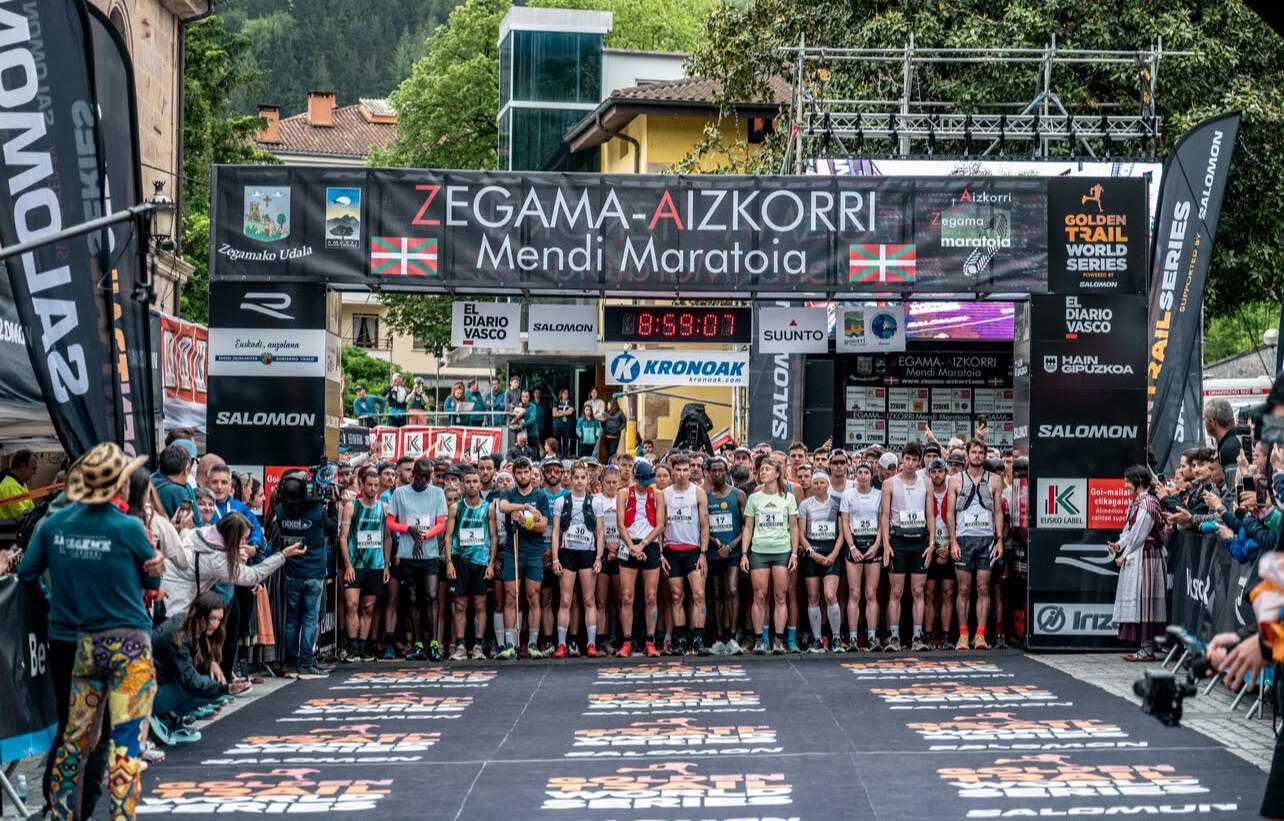
Each year, hundreds of elite and amateur athletes are drawn to the small village of Zegama to test themselves on a course that is as breathtaking as it is brutal. With 42.195 kilometers (26.2 miles) of steep, technical terrain and 2,736 meters (8,976 feet) of vertical gain, the challenge is legendary.
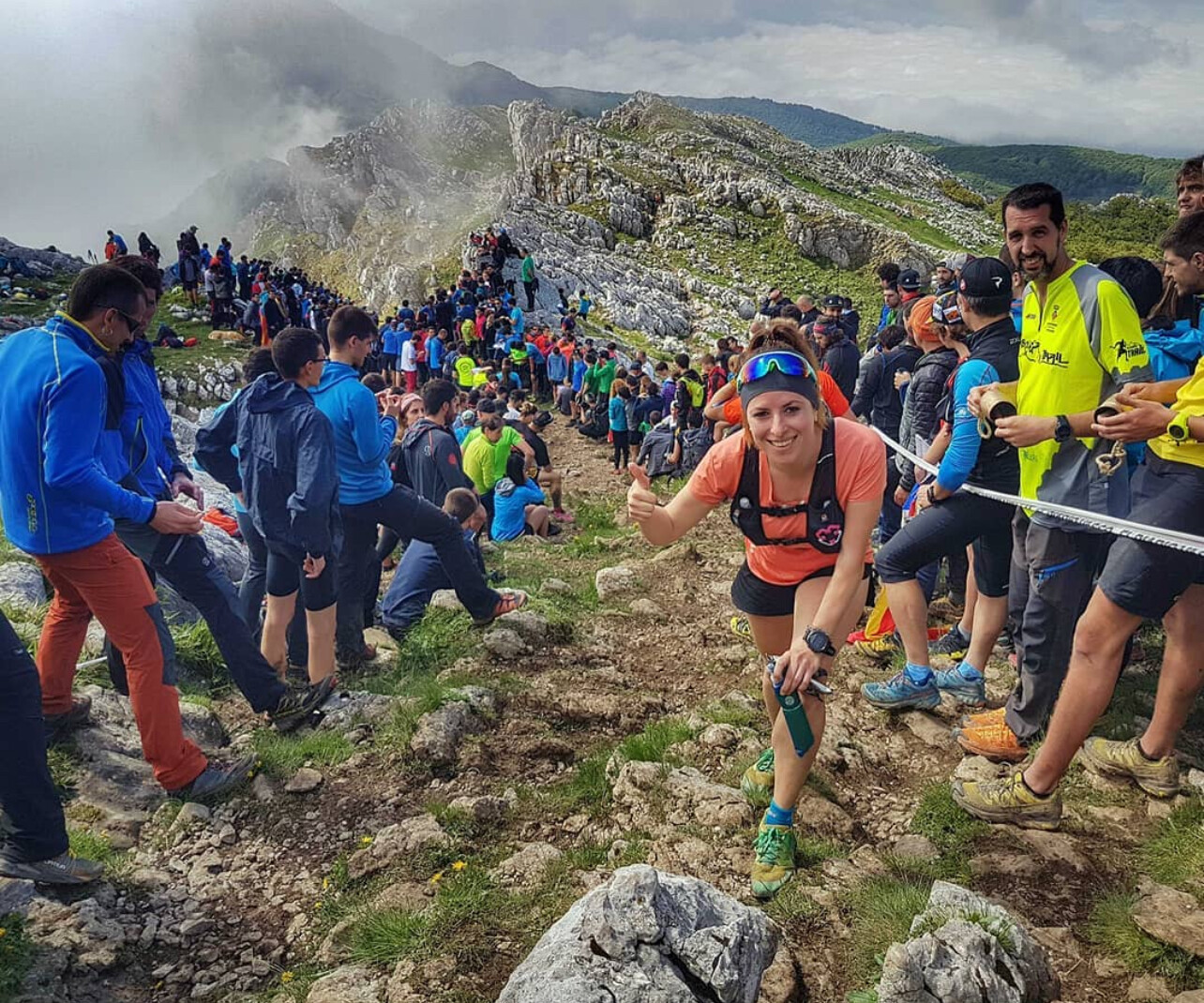
A Look Back at 2024: Jornet and Nordskar Shine
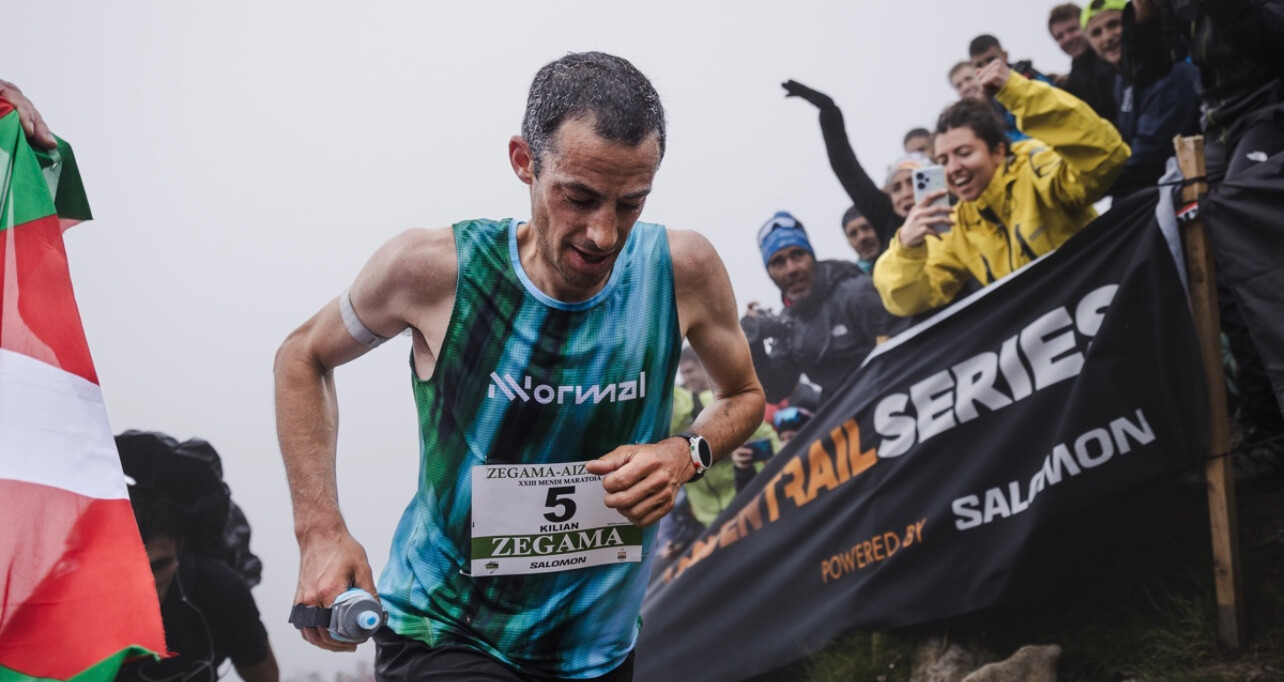
In 2024, trail running legend Kilian Jornet claimed his 11th Zegama title, completing the course in 3:38:07, the second-fastest time in the race’s history. The Spaniard’s unmatched mastery of this terrain—where weather, altitude, and technicality collide—continues to amaze.
On the women’s side, Norway’s Sylvia Nordskar delivered a breakthrough performance, winning in 4:29:12. Her victory came after years of chasing a podium finish, cementing her place among the world’s best mountain runners.
What Makes Zegama So Unique?
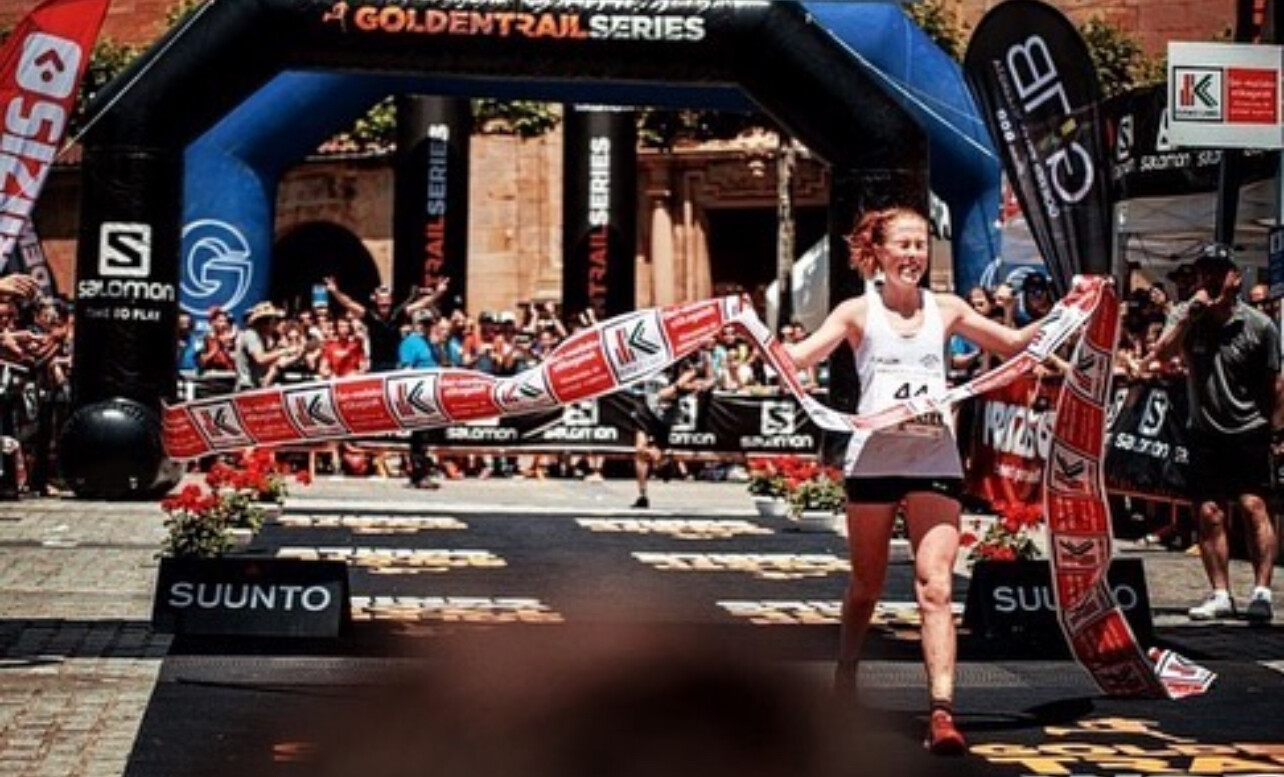
Zegama's course runs through the Aizkorri-Aratz Natural Park, an untouched alpine landscape of jagged ridges, mossy forests, and sweeping vistas. But it’s not just the scenery that defines Zegama—it’s the intensity of the terrain:
• Brutal Climbs: Runners face punishing ascents like Sancti Spiritu, where fans line both sides of the narrow path, turning the mountain into a human tunnel of noise and encouragement.
• Technical Descents: Slippery rock faces and steep downhills test a runner’s balance and nerve, often under unpredictable weather that can shift from fog to freezing rain in minutes.
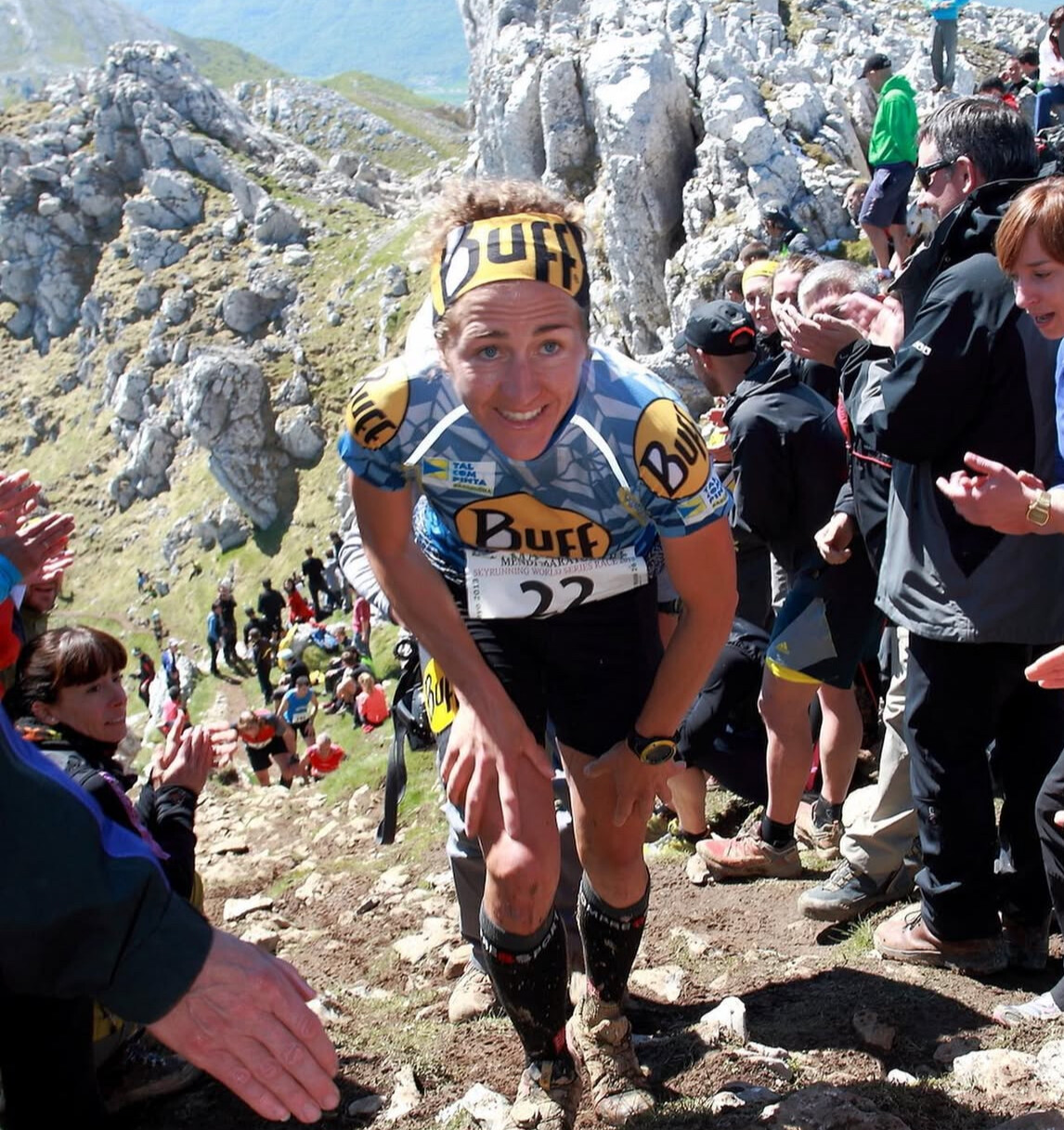
• Unmatched Atmosphere: Thousands of passionate Basque fans hike deep into the mountains to cheer with cowbells, flags, and chants. It’s been compared to the Tour de France on foot.
In Zegama, you’re not just running against the clock—you’re running with the crowd, through weather, over stone, and into history.
2025 Expectations
With another stacked field expected for 2025, the stage is set for drama. Can Jornet make it 12 wins? Will Nordskar defend her title? Or will a new name rise through the mist?
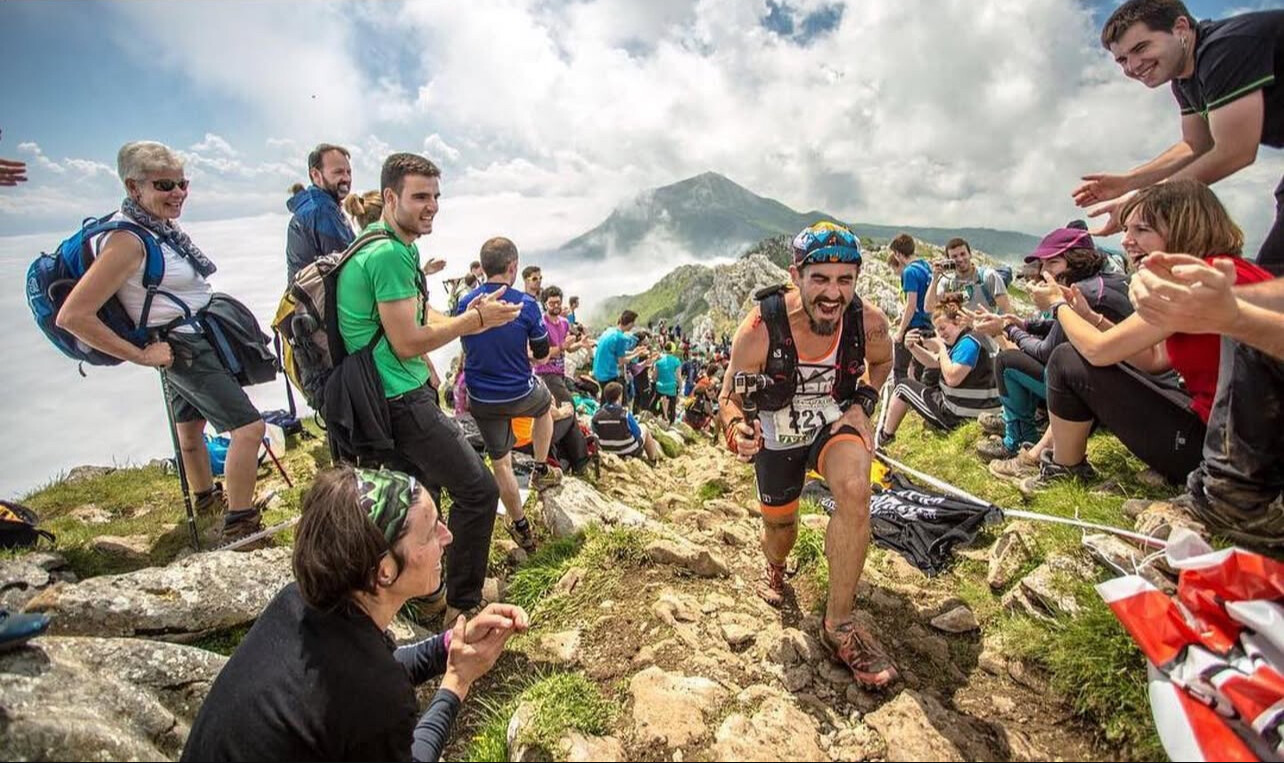
One thing is certain: Zegama es Zegama. No other race captures the raw essence of mountain running like this one.
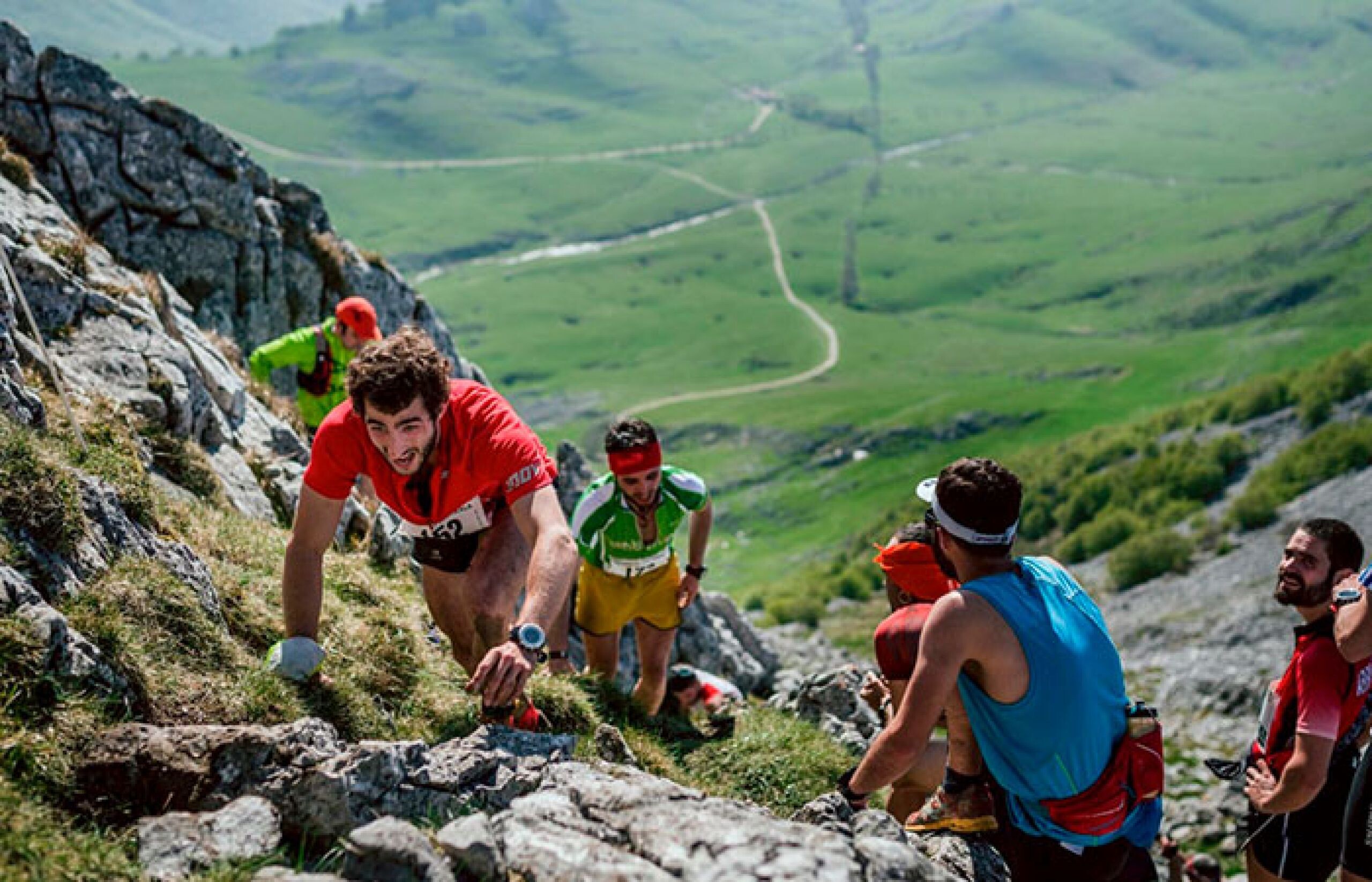
by Boris Baron
Login to leave a comment
How Trail Races Are Redefining the Running Boom
In recent years, the global running community has seen a dramatic shift in where and how people race. While traditional road marathons still draw massive crowds, trail races—once considered a niche segment—are experiencing a surge in popularity. From rugged mountain paths to dense forests and desert crossings, more runners are lacing up to compete off-road, seeking challenge, solitude, and a deeper connection to nature.
The Rise of Trail Runnimg
Trail running has grown rapidly in the past decade, but its momentum accelerated after the COVID-19 pandemic, when road races were canceled and people turned to nature for both fitness and sanity. What started as necessity turned into passion for many, and race organizers took note. Events that once attracted a few hundred now sell out in minutes.
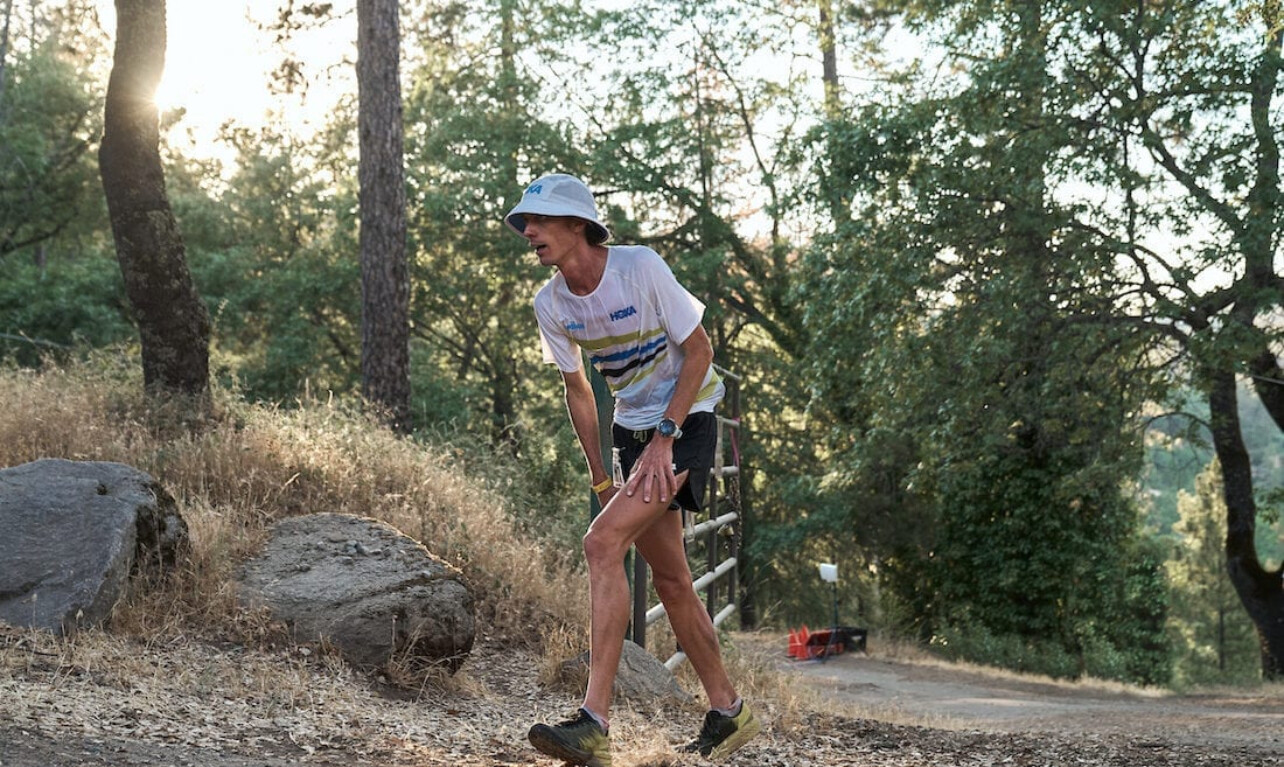
Today, races like the UTMB (Ultra-Trail du Mont-Blanc) in France, the Western States 100 in California, and the Ultra-Trail Cape Town in South Africa are globally recognized—drawing elites and amateur runners alike. These races offer not just distance and competition, but elevation, terrain variety, and breathtaking backdrops.
More Than a Race—A Journey
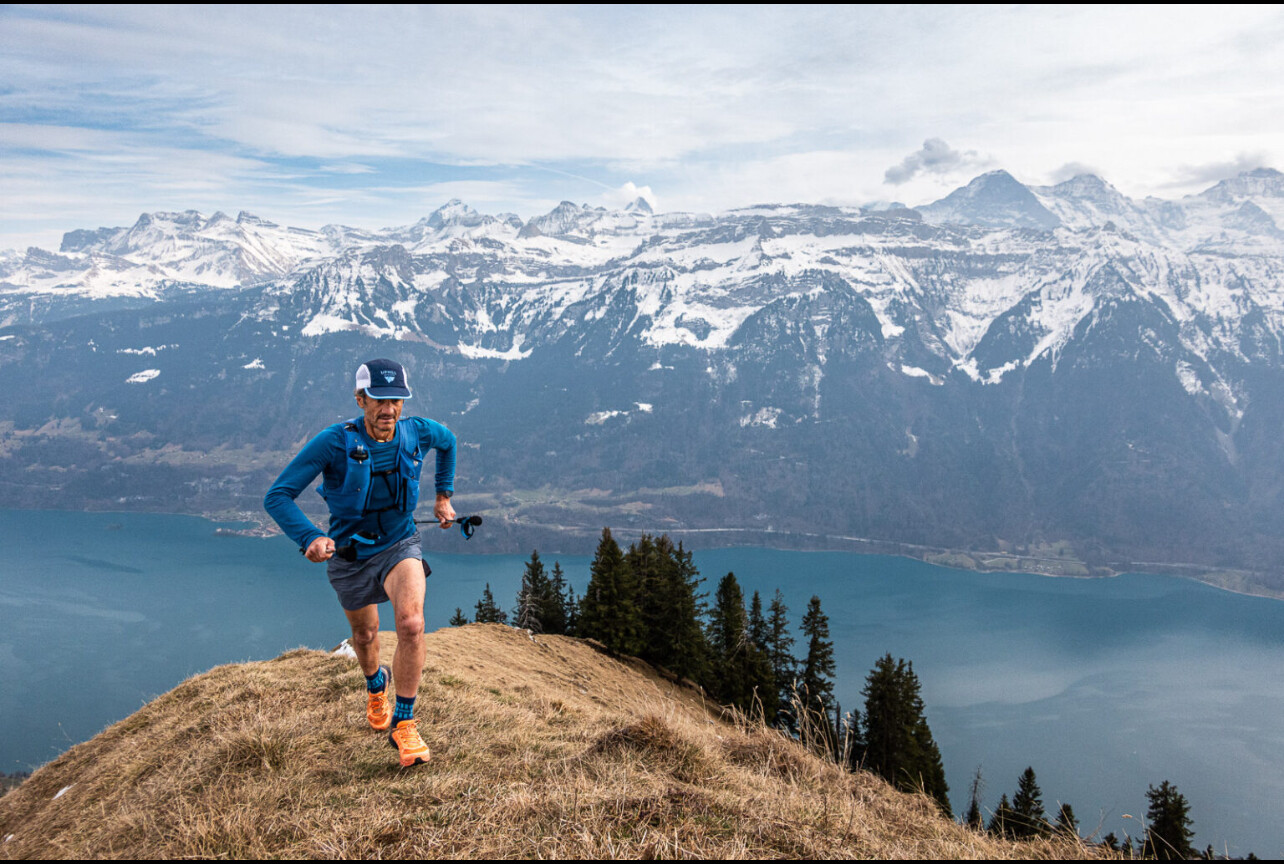
Unlike a typical 10K or marathon, trail races often require navigation, climbing, and mental fortitude. Weather and terrain can change quickly. Aid stations may be miles apart. But it’s exactly these demands that attract runners hungry for something deeper than just speed or medals.
“There’s something primal about running in the wilderness,” says 2023 UTMB finisher Sara Delgado. “It’s not just about pace—it’s about presence.”
Elite Trail Runners on the Rise
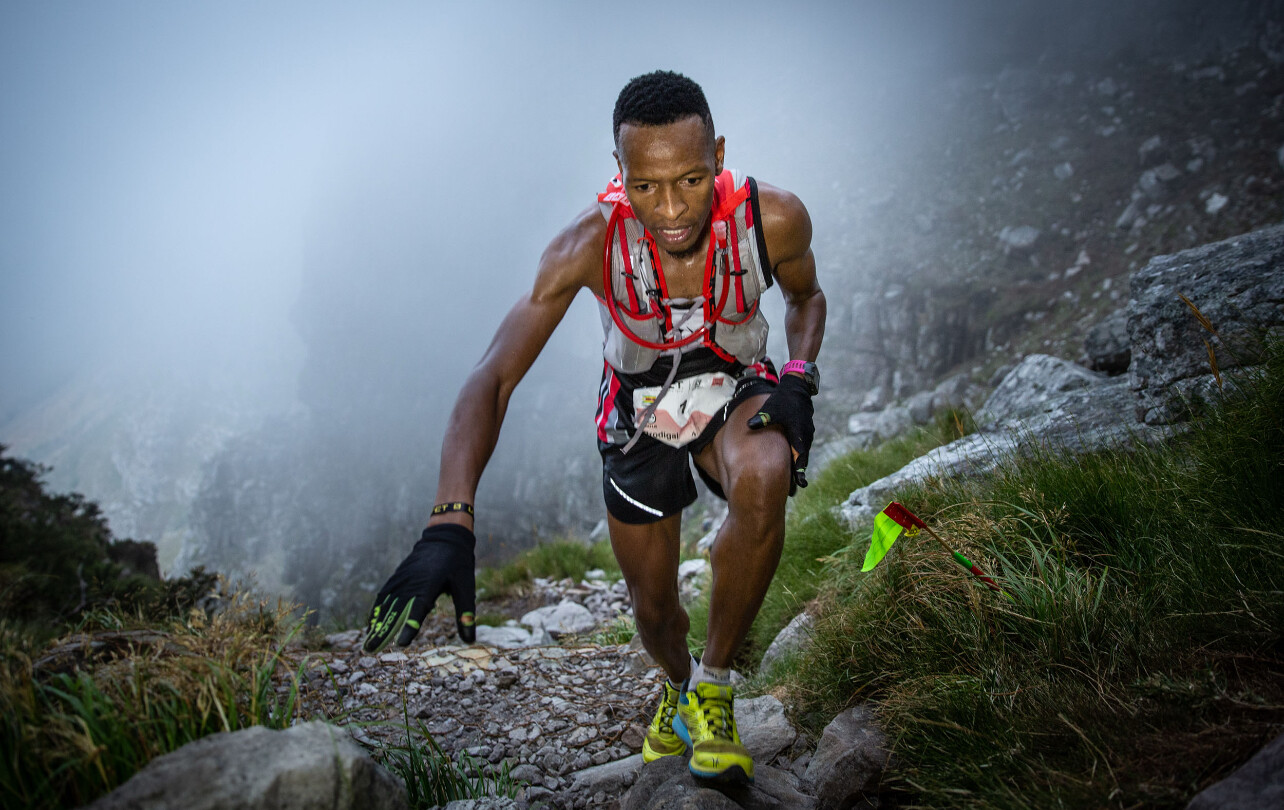
Top road racers are taking notice too. Marathoners like Jim Walmsley and Kilian Jornet have made trail dominance a core part of their legacy. Meanwhile, athletes like Courtney Dauwalter are redefining what endurance looks like, regularly winning 100-mile races overall—not just in the women’s field.
Sponsors have followed the talent. Major brands are investing in trail running gear, shoes, and media coverage, making the sport more visible and viable for elite athletes and growing its appeal for weekend warriors.
Global Appeal
From Portugal’s Douro Valley to the jungles of Costa Rica and the peaks of Japan’s Alps, trail races are being launched in every corner of the world. Many combine local culture with intense landscapes, turning these events into destination experiences.
Travel-based trail running adventures—3-day stage races, run-and-yoga retreats, and culinary trail tours—are also gaining traction. It’s no longer just a race, but a way to see the world, one footstep at a time.
What This Means for the Future
Trail running is redefining the running boom by offering what many road races cannot: quiet, challenge, authenticity, and unfiltered connection to the earth. As the sport continues to grow, it’s likely we’ll see more hybrid athletes, crossover races, and increased visibility across the media.
The road will always have its place, but for a growing number of runners, the real race begins where the pavement ends.
by Boris Baron
Login to leave a comment
Kilian Jornet is The Laid-Back Legend of the Mountains and Ultramarathons
Kilian Jornet is one of the most decorated endurance athletes in history, yet you wouldn’t know it from speaking with him. He carries his accolades with a shrug and a smile, displaying the kind of calm confidence that comes from years of pushing human limits at extreme altitudes and distances. Whether he’s setting records on towering peaks or dominating the world’s most grueling ultramarathons, Jornet approaches every challenge with an almost playful ease.
Breaking Records in the Mountains
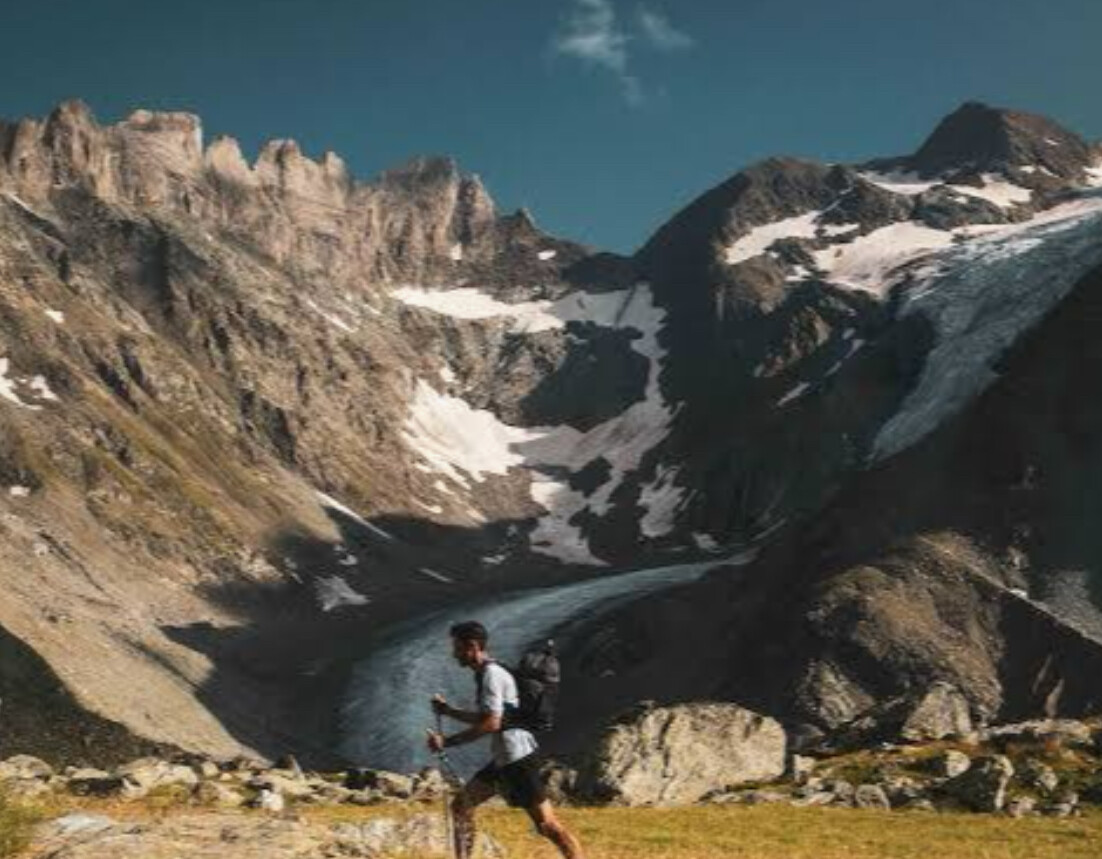
Jornet’s list of accomplishments reads like something out of a mountaineering legend’s biography. He holds the fastest known time (FKT) for ascent and descent of some of the world’s most iconic peaks, including Mont Blanc, the Matterhorn, and Denali. His 24-hour uphill skiing record—a staggering 23,864 meters (78,312 feet) of elevation gain—stands as a testament to his extraordinary endurance.
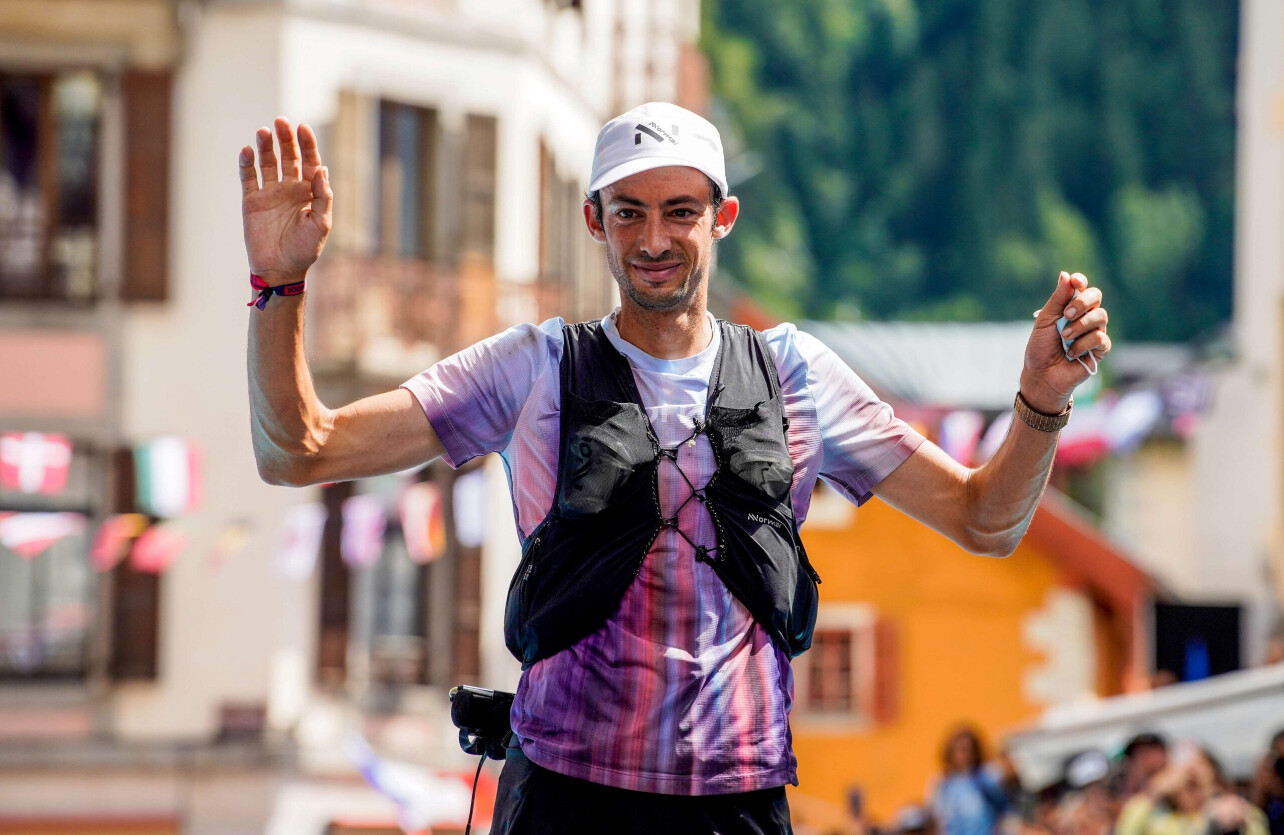
For Jornet, mountains aren’t just a competitive arena; they are home. Growing up in the Pyrenees, he was introduced to skiing and mountain running at an early age. By his teens, he was already an elite ski mountaineer, but his ambitions stretched far beyond the competition circuit. He set his sights on redefining speed and endurance in the world’s most rugged terrains.
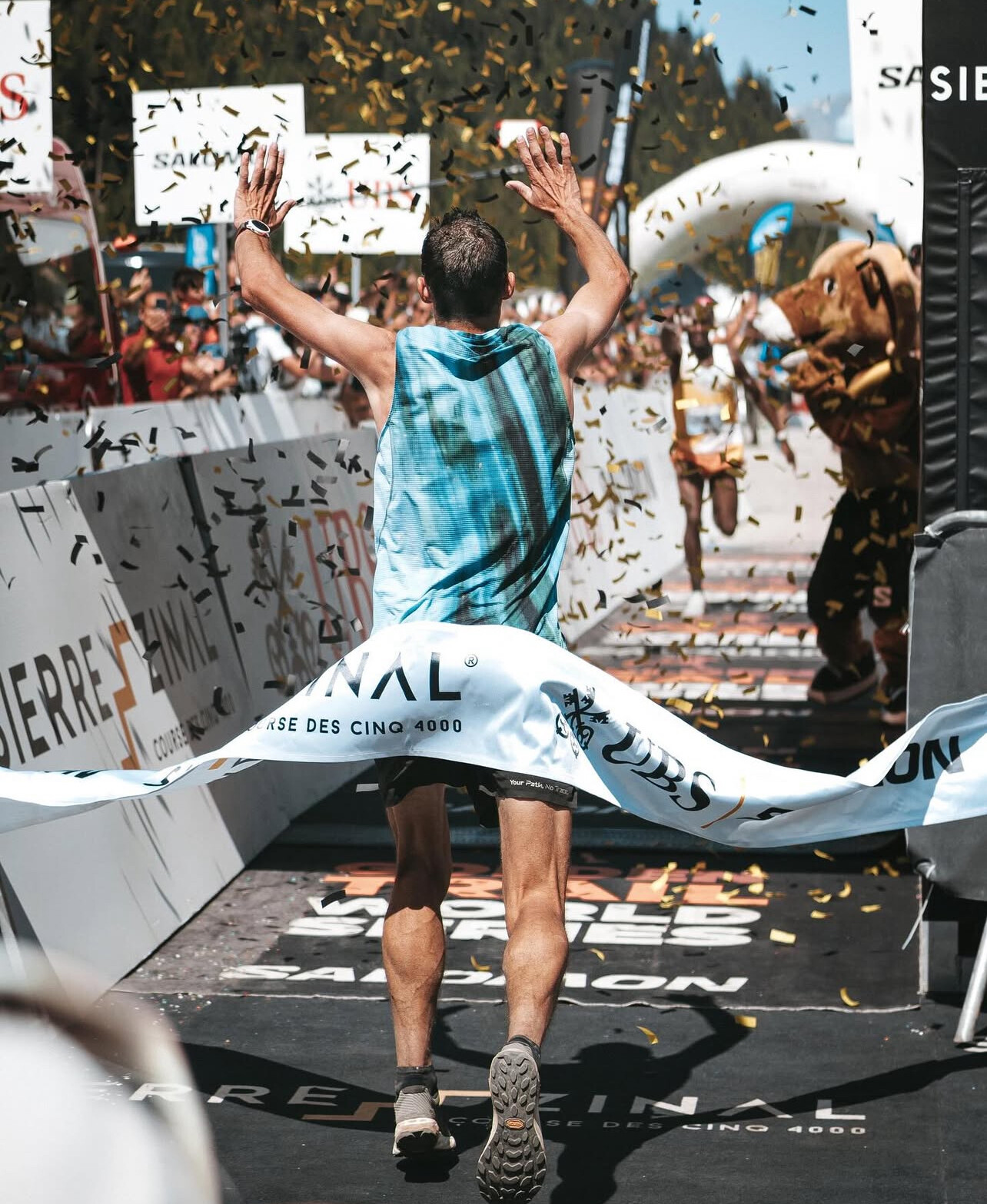
Dominating Ultramarathons
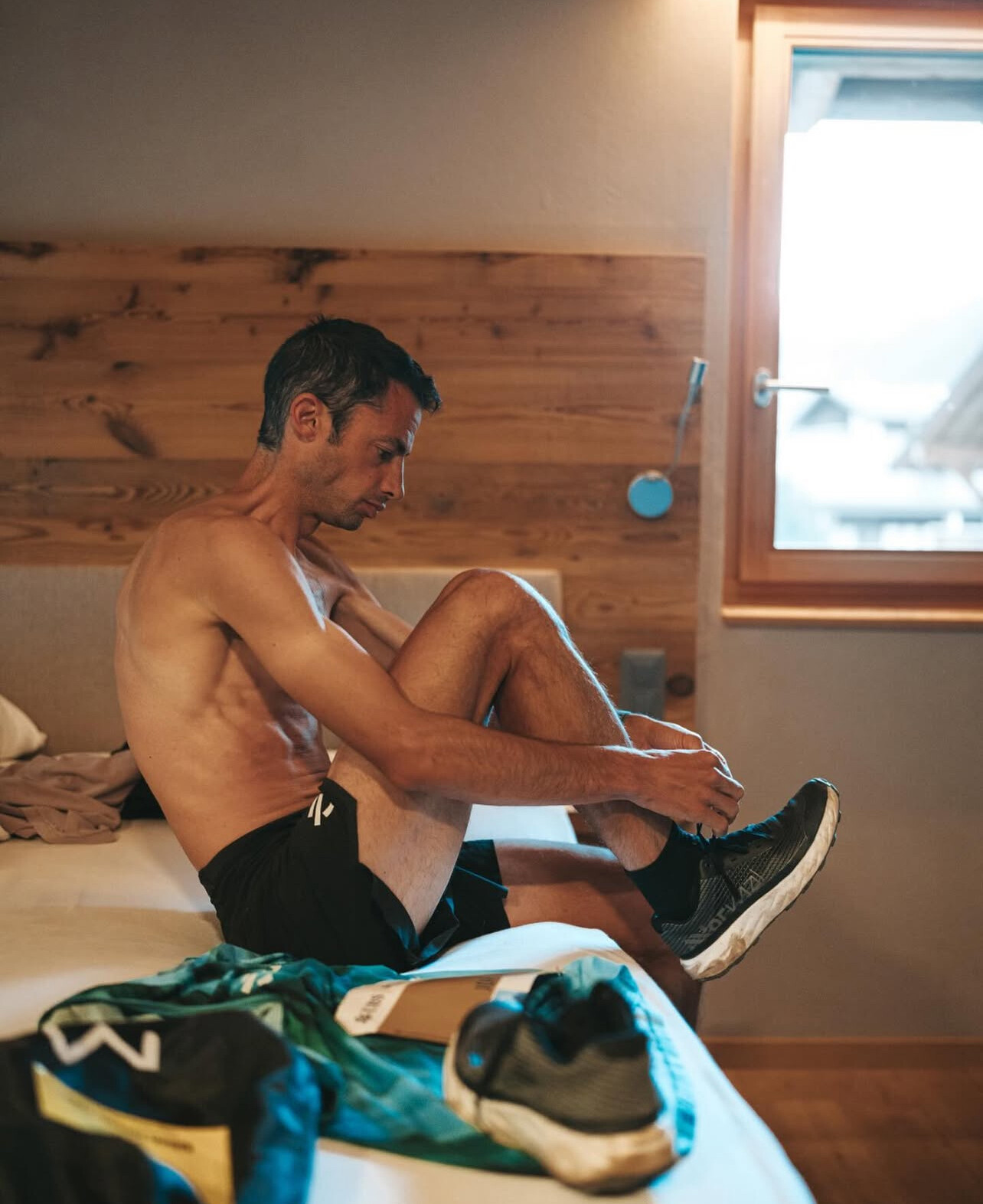
Beyond mountaineering, Jornet has excelled in ultramarathons, often obliterating world-class competition. His wins include victories at:
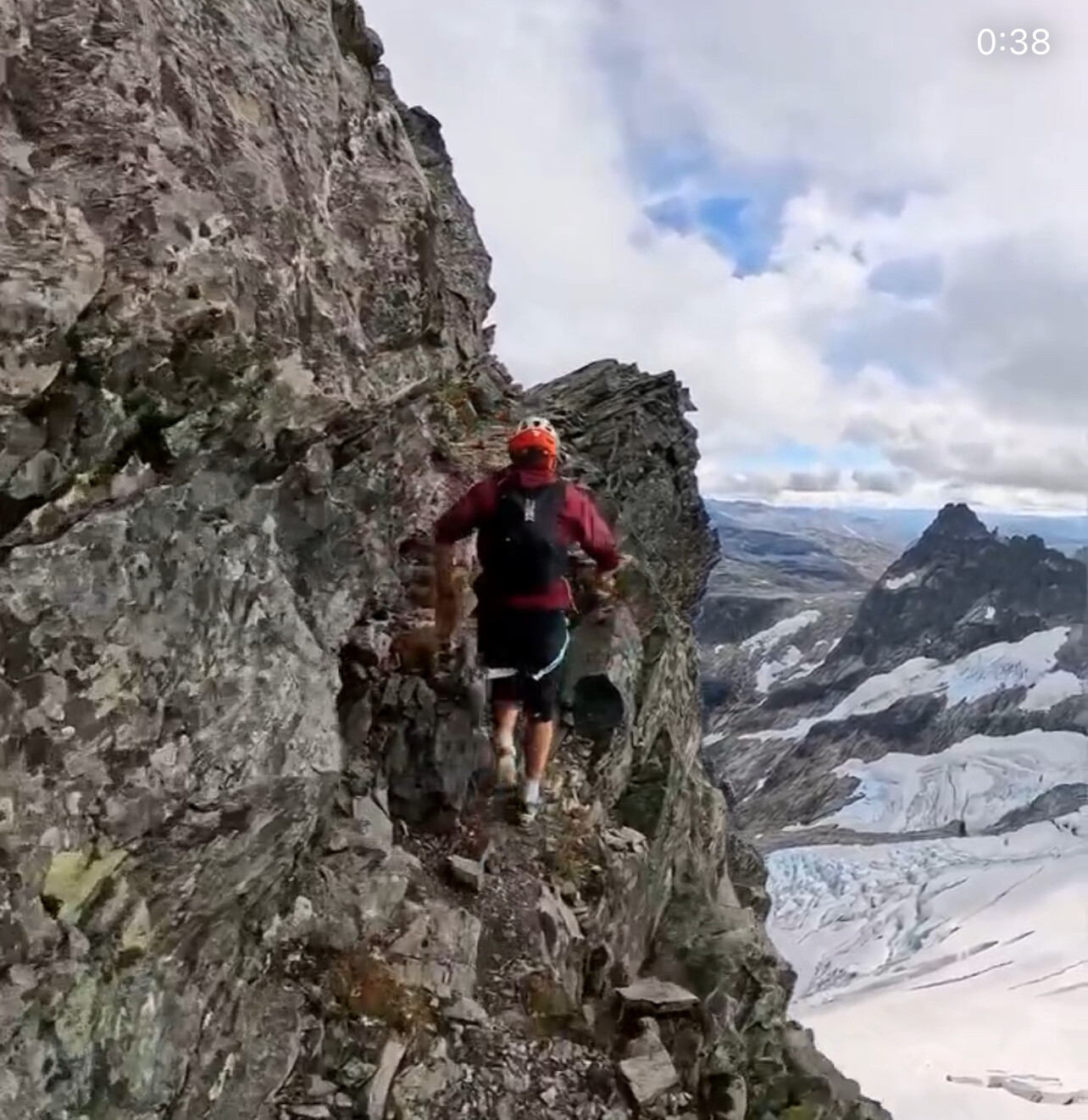
• Ultra-Trail du Mont-Blanc (UTMB) – Arguably the most prestigious ultramarathon in the world, where Jornet has claimed multiple titles.
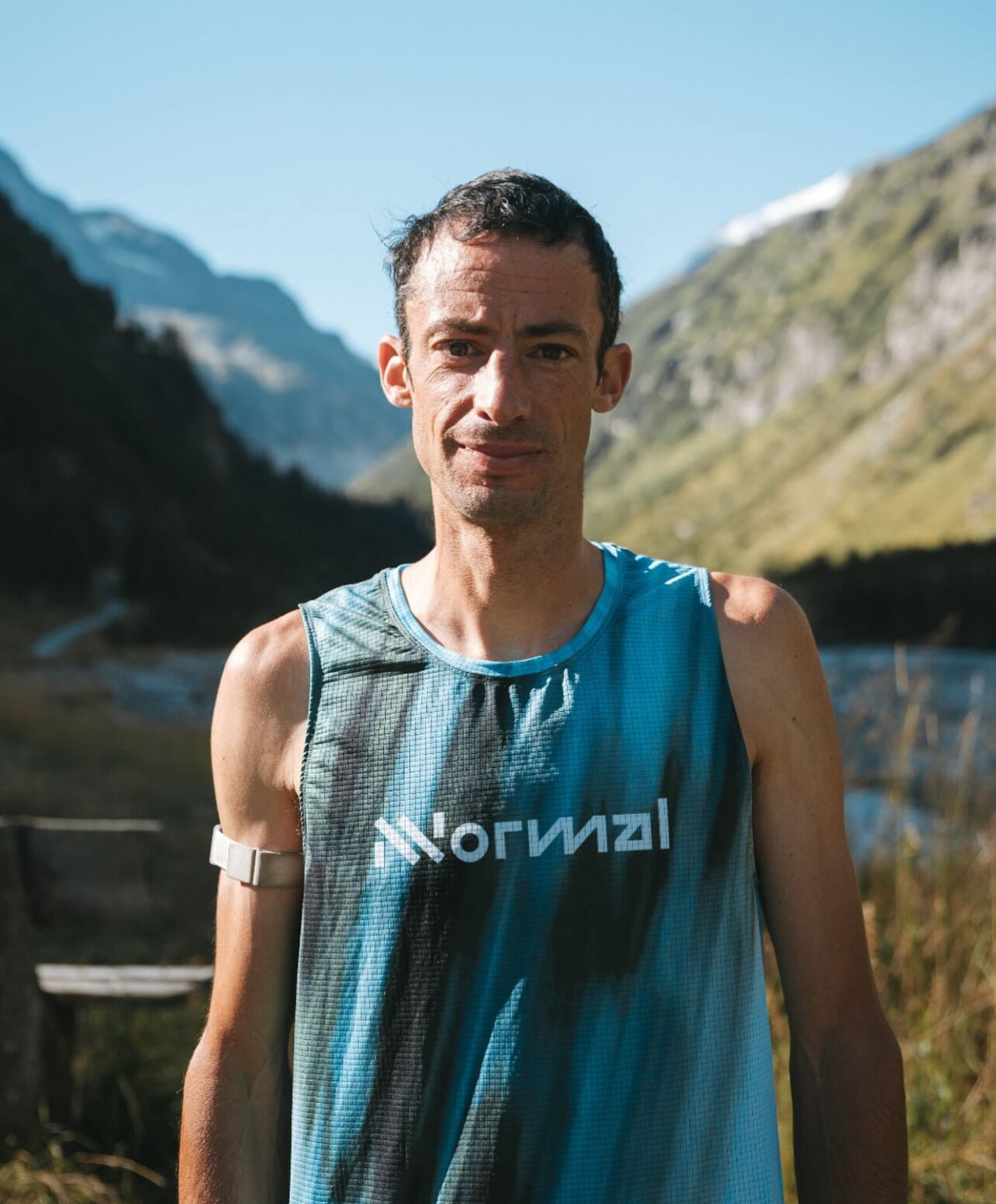
• Hardrock 100 – He’s won this brutally tough race in Colorado multiple times, including running it with a dislocated shoulder in 2017.
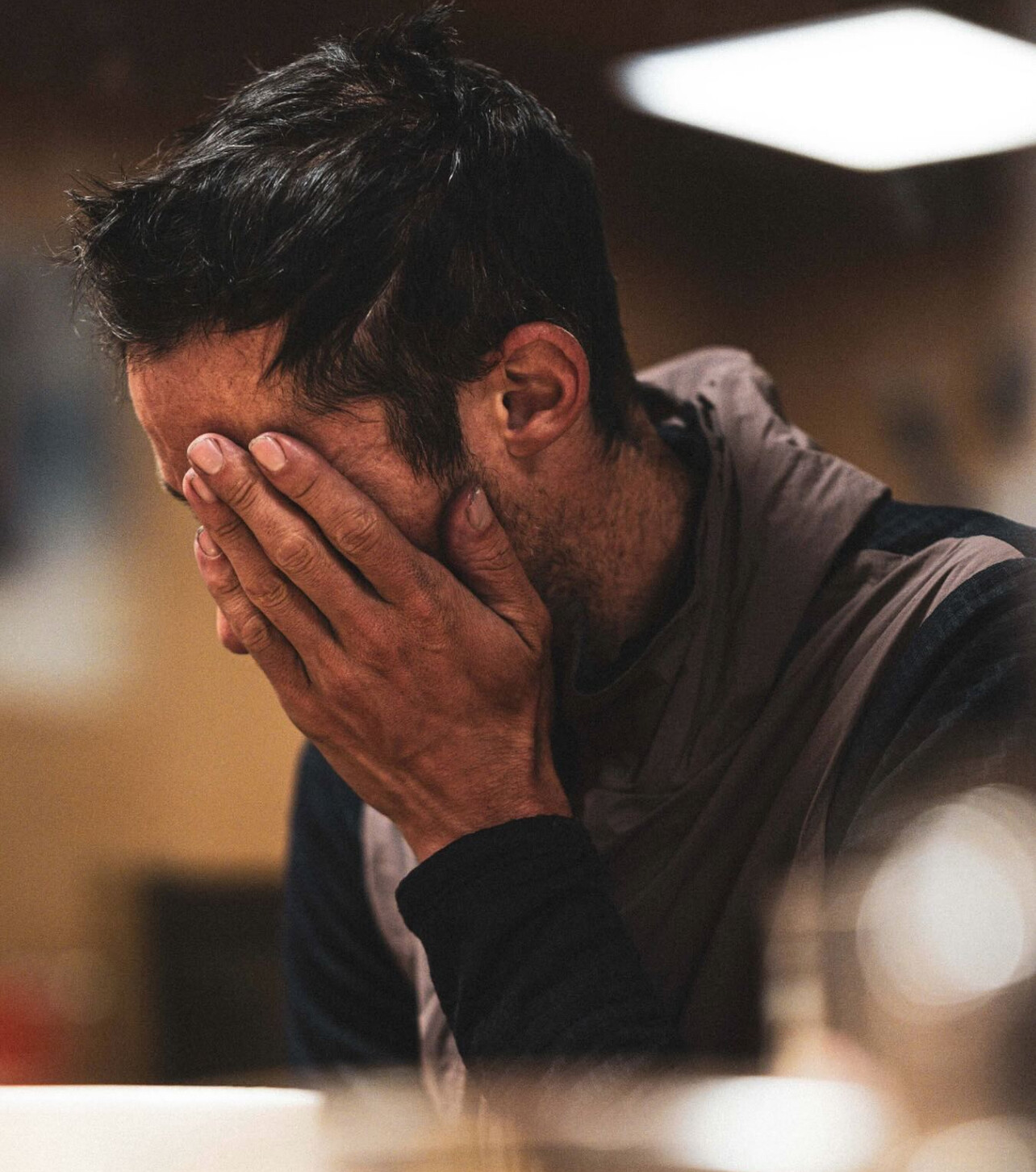
• Western States 100 – A race where his performance cemented his status among the world’s best ultrarunners.
• Zegama-Aizkorri Marathon – A mountain marathon in the Basque Country where he has thrilled fans with record-breaking runs.
Jornet’s dominance is not just about physical strength. His ability to read the mountains, understand his body, and adapt to extreme conditions gives him an almost supernatural edge.
The Mindset of a Champion
Despite his mind-blowing achievements, Jornet remains humble. When asked about his records, he often downplays them, focusing instead on the experience rather than the numbers. His approach to training is unconventional by traditional standards—he listens to his body, adapts his workouts based on how he feels, and prefers to spend as much time as possible in the mountains rather than following rigid training plans.
This laid-back mindset might seem at odds with his high-performance results, but it’s exactly what makes him great. He thrives in uncertainty, adapting in real time and trusting his instincts rather than fixating on data.
Looking Ahead
Jornet continues to push boundaries, not just in racing but in exploring human potential in extreme environments. His recent projects have included minimalist alpine expeditions and self-supported endurance challenges rather than traditional competitions. He is also an advocate for environmental sustainability, working to preserve the mountains he loves.
At 36 years old, Jornet is still redefining what’s possible in endurance sports. Whether he’s racing, breaking records, or simply enjoying a day in the mountains, he remains one of the most inspiring athletes the world has ever seen.
For those who dream of reaching their own endurance goals, there’s a lesson to be learned from Jornet: approach every challenge with passion, stay adaptable, and never lose sight of the joy that brought you to the sport in the first place.
by Boris Baron
Login to leave a comment
Camille Herron and the Wikipedia Controversy: Integrity in Ultrarunning Under Scrutiny
Update: after reading our article Camille sent this to MBR "Individuals are violating World Athletic rules and publicly claiming they broke my records. It’s undermining the integrity of the sport and devaluing those who adhere to the rules and the ratified record holders, including me.
I hope Yiannis’s statement provides added clarity who’s behind the push to disregard the rules and retaliated against me."
Camille Herron recently addressed the Wikipedia controversy on her Facebook page, expressing her commitment to fairness and accountability in ultrarunning. She acknowledged the challenges of speaking up about rules and technicalities, noting that it can lead to retaliation.
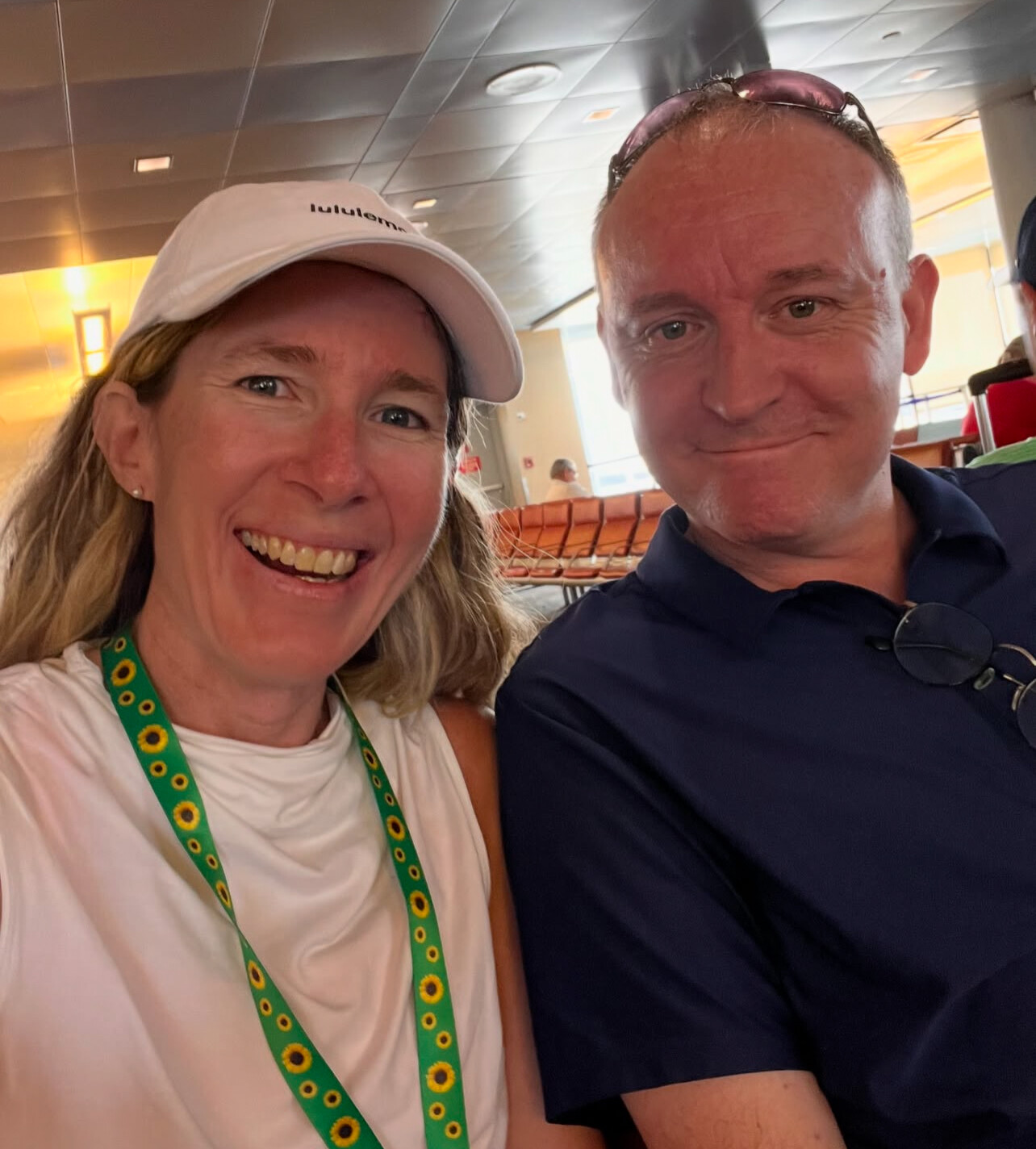
Herron emphasized that the International Association of Ultrarunners (IAU) has validated her concerns twice, confirming that she continues to hold the IAU World Records and World Bests for 48 Hours and 6 Days. She concluded by thanking her supporters and reaffirming her dedication to integrity in the sport.
In September 2024, the ultrarunning community was shaken by a controversy involving American ultrarunner Camille Herron and her husband and coach, Conor Holt. The couple was accused of editing Wikipedia pages to enhance Herron's achievements while diminishing those of her competitors.
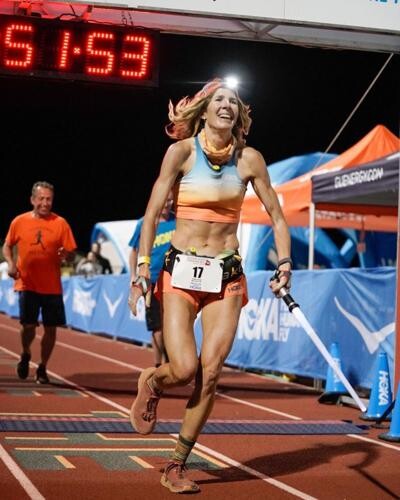
An investigation by Canadian Running revealed that two Wikipedia accounts, "Temporun73" and "Rundbowie," were linked to Herron's email and Holt's IP address. These accounts made numerous edits to Herron's page, amplifying her accomplishments, and altered the pages of fellow ultrarunners, including Courtney Dauwalter and Kilian Jornet, to downplay their achievements. For instance, statements like "widely regarded as one of the best trail runners ever" were removed from competitors' pages, while Herron was described as "widely regarded as one of the greatest ultramarathon runners of all time."
Following the exposure of these activities, Herron's primary sponsor, Lululemon, terminated their partnership with her. In a statement, the company emphasized its commitment to equitable competition and stated, "After careful consideration and conversation, we have decided to end our ambassador partnership with Camille."
In response to the allegations, Holt took full responsibility, stating, "Camille had nothing to do with this. I'm 100 percent responsible and apologize [to] any athletes affected by this and the wrong I did." He explained that his actions were an attempt to protect Herron from online harassment and bullying that had adversely affected her mental health.
The incident has sparked widespread discussion within the ultrarunning community, with many expressing disappointment over the unsportsmanlike behavior. Herron, known for her numerous world records and contributions to the sport, now faces challenges in rebuilding trust and credibility within the community.
As the situation unfolds, it serves as a reminder of the importance of integrity and sportsmanship in athletics. The ultrarunning community continues to reflect on the implications of this controversy and the lessons to be learned moving forward.
by Boris Baron
Login to leave a comment
The Distance Running Scene in 2024: A Year of Remarkable Achievements
The global distance running scene in 2024 was marked by incredible performances, new records, and innovative approaches to training and competition. From marathons in bustling city streets to ultramarathons through rugged terrains, the year showcased the resilience, determination, and evolution of athletes from all corners of the globe.
The World Marathon Majors—Tokyo, Boston, London, Berlin, Chicago, and New York—continued to be the centerpiece of elite distance running, each event contributing to a year of unprecedented performances and milestones.
Tokyo Marathon witnessed a remarkable performance by Kenya's Ruth Chepngetich, who set a new women's marathon world record with a time of 2:11:24. This achievement sparked discussions about the rapid advancements in women's long-distance running and the influence of technology in the sport.
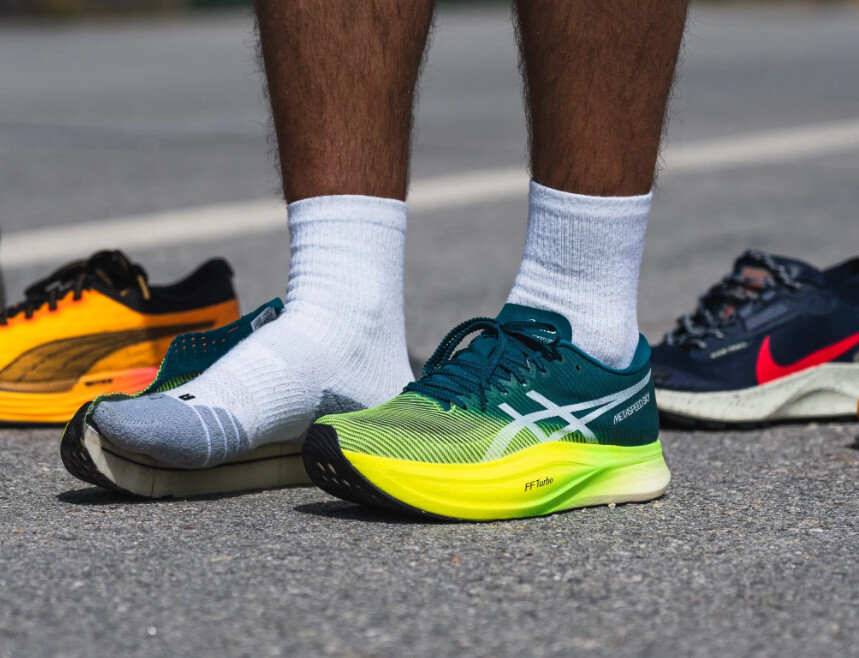
In the Boston Marathon, Ethiopia's Amane Beriso delivered a dominant performance, winning in 2:18:01. On the men's side, Kenya's Evans Chebet defended his title, highlighting Boston's reputation for tactical racing over sheer speed.
London Marathon saw Ethiopia's Tamirat Tola take the men's crown, besting the field with a strong tactical race. Eliud Kipchoge, despite high expectations, did not claim victory, signaling the growing competitiveness at the top of men’s marathoning. On the women's side, Kenya's Peres Jepchirchir triumphed, adding another major victory to her impressive resume.
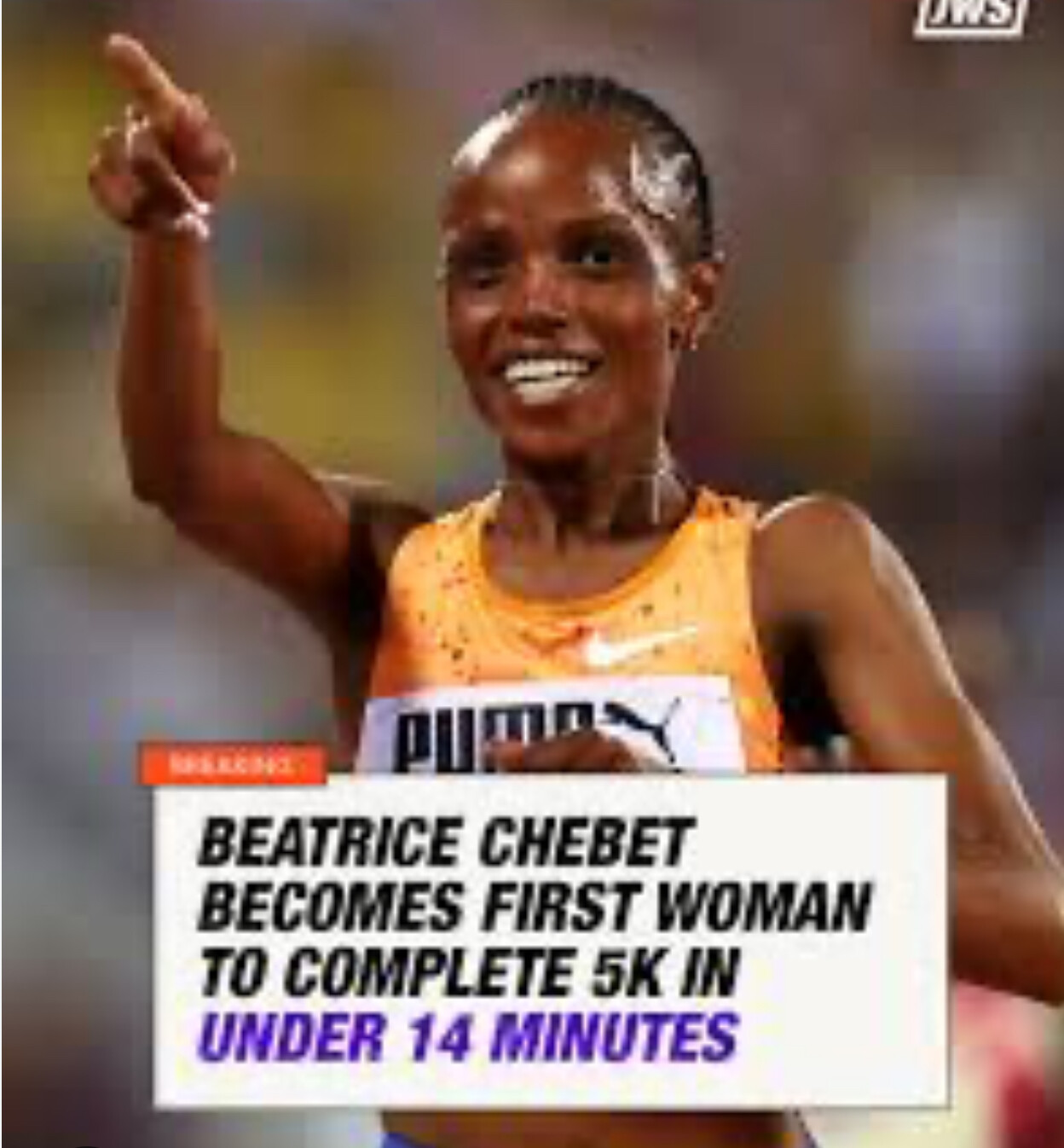
The Berlin Marathon in 2024 showcased yet another extraordinary performance on its fast course, though it was Kelvin Kiptum’s world record from the 2023 Chicago Marathon (2:00:35) that remained untouched. In 2024, Berlin hosted strong fields but no records, leaving Kiptum’s achievement as the defining benchmark for men’s marathoning.
The Chicago Marathon was the highlight of the year, where Kenya's Ruth Chepngetich made history by becoming the first woman to run a marathon in under 2:10. She shattered the previous world record by nearly two minutes, finishing in 2:09:56. This groundbreaking achievement redefined the possibilities in women's distance running and underscored the remarkable progress in 2024.
The New York City Marathon showcased the depth of talent in American distance running, with emerging athletes achieving podium finishes and signaling a resurgence on the global stage.
Each marathon in 2024 was marked by extraordinary performances, with athletes pushing the boundaries of human endurance and setting new benchmarks in the sport.
Olympic Preparations: Paris 2024 Looms Large
With the 2024 Summer Olympics in Paris just around the corner, many athletes used the year to fine-tune their preparations. Qualifying events across the globe witnessed fierce competition as runners vied for spots on their national teams.
Countries like Kenya, Ethiopia, Japan, and the United States showcased their depth, with surprising performances by athletes who emerged as dark horses. Japan’s marathon team, bolstered by its rigorous national selection process, entered the Olympic year as a force to be reckoned with, particularly in the men's race.
Ultramarathons: The Rise of the 100-Mile Phenomenon
The ultramarathon scene continued to grow in popularity, with races like the Western States 100, UTMB (Ultra-Trail du Mont-Blanc), and Leadville 100 drawing record participation and attention.
Courtney Dauwalter, already a legend in the sport, extended her dominance with wins at both UTMB and the Western States 100, solidifying her reputation as the GOAT (Greatest of All Time) in ultrarunning.
On the men’s side, Spain’s Kilian Jornet returned to form after an injury-plagued 2023, capturing his fifth UTMB title. His performance was a masterclass in pacing and strategy, showcasing why he remains a fan favorite.
Notably, ultramarathons saw increased participation from younger runners and athletes transitioning from shorter distances. This shift signaled a growing interest in endurance challenges beyond the marathon.
Track and Road Records: Pushing the Limits
The year 2024 witnessed groundbreaking performances on both track and road, with athletes shattering previous records and setting new benchmarks in distance running.
Beatrice Chebet's Dominance: Kenya's Beatrice Chebet had an exceptional year, marked by multiple world records and championship titles.
10,000m World Record: In May, at the Prefontaine Classic, Chebet broke the women's 10,000m world record, becoming the first woman to run the distance in under 29 minutes, finishing in 28:54.14.
Olympic Triumphs: At the Paris Olympics, Chebet secured gold in both the 5,000m and 10,000m events, showcasing her versatility and dominance across distances.
5km World Record: Capping off her stellar year, on December 31, 2024, Chebet set a new women's 5km world record at the Cursa dels Nassos race in Barcelona, finishing in 13:54. This achievement made her the first woman to complete the 5km distance in under 14 minutes, breaking her previous record by 19 seconds.
Faith Kipyegon's Excellence: Kenya's Faith Kipyegon continued her dominance in middle-distance running by breaking the world records in the 1500m and mile events, further cementing her legacy as one of the greatest athletes in history.
Joshua Cheptegei's 10,000m World Record: Uganda's Joshua Cheptegei reclaimed the men's 10,000m world record with a blistering time of 26:09.32, a testament to his relentless pursuit of excellence.
Half Marathon Records: The half marathon saw an explosion of fast times, with Ethiopia’s Yomif Kejelchabreaking the men's world record, running 57:29 in Valencia. The women's record also fell, with Kenya’s Letesenbet Gidey clocking 1:02:35 in Copenhagen.
These achievements highlight the relentless pursuit of excellence by distance runners worldwide, continually pushing the boundaries of human performance.
The Role of Technology and Science
The impact of technology and sports science on distance running cannot be overstated in 2024. Advances in carbon-plated shoes, fueling strategies, and recovery protocols have continued to push the boundaries of human performance.
The debate over the fairness of super shoes reached new heights, with critics arguing that they provide an unfair advantage. However, proponents emphasized that such innovations are part of the natural evolution of sports equipment.
Data analytics and personalized training plans became the norm for elite runners. Wearable technology, including advanced GPS watches and heart rate monitors, allowed athletes and coaches to fine-tune training like never before.
Grassroots Running and Mass Participation
While elite performances stole the headlines, 2024 was also a banner year for grassroots running and mass participation events. After years of pandemic disruptions, global races saw record numbers of recreational runners.
Events like the Great North Run in the UK and the Marine Corps Marathon in the U.S. celebrated inclusivity, with participants from diverse backgrounds and abilities.
The popularity of running as a mental health outlet and community-building activity grew. Initiatives like parkrunand local running clubs played a pivotal role in introducing more people to the sport.
Diversity and Representation
Diversity and representation became central themes in distance running in 2024. Efforts to make the sport more inclusive saw tangible results:
More women and runners from underrepresented communities participated in major events. Notably, the Abbott World Marathon Majors launched a program to support female marathoners from emerging nations.
Trail and ultrarunning communities embraced initiatives to make races more accessible to runners from diverse cultural and economic backgrounds.
Challenges and Controversies
Despite the many successes, 2024 was not without its challenges:
Doping Scandals: A few high-profile doping cases marred the sport, reigniting calls for stricter testing protocols and greater transparency.
Climate Change: Extreme weather conditions impacted several races, including the Boston Marathon, which experienced unusually warm temperatures. Organizers are increasingly focusing on sustainability and adapting to climate-related challenges.
Looking Ahead to 2025
As the year closes, the focus shifts to 2025, which promises to build on the momentum of 2024. Key storylines include:
The quest for a sub-2-hour marathon in a record-eligible race, with Kelvin Kiptum and Eliud Kipchoge at the forefront.
The continued growth of ultrarunning, with new records likely to fall as more athletes take up the challenge.
The evolution of distance running as a global sport, with greater inclusivity and innovation shaping its future.
Conclusion
The distance running scene in 2024 was a celebration of human potential, resilience, and the unyielding pursuit of greatness. From record-breaking marathons to grueling ultramarathons, the year reminded us of the universal appeal of running. As the sport evolves, it continues to inspire millions worldwide, proving that the spirit of running transcends borders, ages, and abilities.
by Boris
Login to leave a comment
Is baking soda your next great fuelling tool?
You’re gearing up for a tough workout, and instead of grabbing your usual electrolyte drink, you’re reaching for… baking soda? It might sound like a kitchen hack gone wrong, but many endurance athletes swear by this household staple for improving performance (and the hydrogel company Maurten created an expensive product around it–more on that, below). Here’s what you need to know to help you decide whether this idea is half-baked, or if it’s the key to your next PB.
The science of sodium bicarbonate

Baking soda, or sodium bicarbonate (“bicarb” for short), has been studied for its ability to act as a buffering agent. During intense exercise, like a tempo run or hill repeats, your muscles produce lactic acid, which contributes to that dreaded “burn.” As lactic acid builds up, your muscle function declines. Sodium bicarbonate can help buffer this acid, delaying fatigue and potentially allowing you to sustain your effort for longer periods. A wide range of studies show that athletes who consume baking soda before high-intensity efforts may experience improved performance. But can it help you on those longer-distance runs? While more research is needed, some studies suggest that sodium bicarbonate might boost post-exercise recovery, with other research suggesting it may help runners speed up, even after hours of training.
Swedish sports nutrition company Maurten has created a hydrogel formula for runners that some athletes, like mountain athlete Kilian Jornet and world 5,000m and 10,000m record holder Joshua Cheptegei, swear by. Runners new to using sodium bicarbonate can adjust the hydrogel and bicarb components according to their weight and training needs.

Does it really work?
While there’s some solid science backing baking soda’s benefits, it’s not ideal for every runner. Most of the performance gains have been noted in shorter events, typically lasting between one to seven minutes of all-out effort. For distance runners, like those training for marathons or half-marathons, the impact may not be as pronounced. However, if you’re into track events or HIIT workouts, this kitchen staple could give you an easy-on-the-budget boost. The key is proper dosing (around 0.2 to 0.3 grams per kilogram of body weight) and timing–it should be taken 60 to 90 minutes before your workout or race.
Beware of side effects
Before you go dumping a spoonful of baking soda into your water bottle, be aware: it comes with potential side effects, the most common being gastrointestinal distress. Bloating, cramping or even diarrhea are possible, especially if you take too much or don’t properly dissolve it in water. If you’re interested in trying baking soda for a performance boost, make sure to test it out during training before a big race day, to avoid any unpleasant surprises mid-run.
by Keeley Milne
Login to leave a comment
The Strange Saga of Ultrarunner Camille Herron and Wikipedia
The husband of runner Camille Herron admitted to having altered the Wikipedia biographies of prominent ultrarunners. The revelation came after a Canadian journalist launched an investigation.
On September 24, Conor Holt, the husband and coach of American ultrarunner Camille Herron, admitted to altering the biographies of Herron, Courtney Dauwalter, Kilian Jornet, and other prominent runners on the website Wikipedia. Holt’s edits boosted his wife’s accolades but also downgraded those of the other prominent ultrarunners.
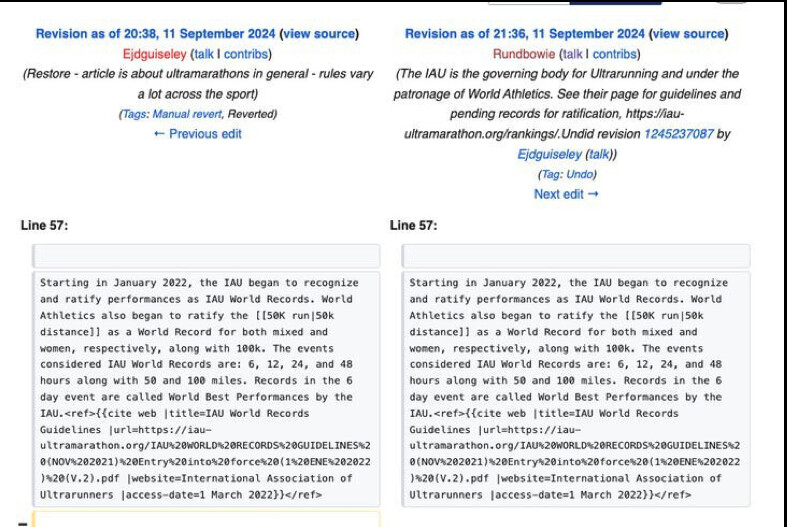
“Camille had nothing to do with this,” Holt wrote in an email sent to Outside and several running media websites. “I’m 100 percent responsible and apologize [to] any athletes affected by this and the wrong I did.”

The confession brought some clarity to an Internet mystery that embroiled the running community for several days and sparked a flurry of chatter on social media and running forums. Herron, 42, is one of the most visible ultrarunners in the sport, and over the years she has won South Africa’s Comrades Marathon and also held world records in several different events, including the 48-hour and six-day durations. But the Wikipedia controversy led to swift consequences for Herron—her major sponsor, Lululemon, parted ways with her on Thursday morning.
The entire ordeal sprung from an investigation led by a Canadian journalist who spent more than a week following digital breadcrumbs on dark corners of
Marley Dickinson, a reporter for the website Canadian Running, began looking into the Wikipedia controversy in mid-September after receiving a tip from someone in the running community. The tipster told Dickinson, 29, that someone was attempting to delete important data from the Wikipedia entry for “Ultramarathon.”
The person had erased the accomplishments of a Danish runner named Stine Rex, who in 2024 broke two long-distance running records—the six-day and 48-hour marks—which were previously held by Herron. At the time, the sport’s governing body, the International Association of Ultrarunners, was deciding whether or not to honor Rex’s six-day record of 567 miles.
“The person making the edits said the IAU had made a decision on the record, even though they hadn’t yet,” Dickinson told me. “Whoever was doing it really wanted to get Rex’s run off of Wikipedia.”
Wikipedia allows anonymous users to edit entries, but it logs these changes in a public forum and shows which user accounts made them. After an edit is made, a team of volunteer moderators, known as Wikipedians, examines the changes and then decides whether or not to publish them. The site requires content to be verifiable through published and reliable sources, and it asks that information be presented in a neutral manner, without opinion or bias. The site can warn or even suspend a user for making edits that do not adhere to these standards.
Dickinson, who worked in database marketing at Thomson Reuters before joining Canadian Running, was intrigued by the bizarre edits. “I’ve always been into looking at the backend of websites,” he told me. “There’s usually a way you can tie an account back to a person.”
The editor in question used the name “Rundbowie,” and Dickinson saw that the account had also made numerous changes to Herron’s biography. Most of these edits were to insert glowing comments into the text. “I thought whoever this person is, they are a big fan of Camille Herron,” Dickinson said.
Rundbowie was prolific on Wikipedia, and made frequent tweaks and updates to other biographies. The account had removed language from the pages of Jornet and Dauwalter—specifically deleting the text “widely regarded as one of the greatest ultramarathon runners of all time.” Rundbowie had then attempted to add this exact language to Herron’s page. Both attempts were eventually denied by Wikipedians.
After examining the edits, Dickinson began to suspect that Rundbowie was operated by either Herron or Holt. Further digital sleuthing bolstered this opinion. He saw that the Rundbowie account, which made almost daily edits between February and April, abruptly went silent between March 6-12. Those dates corresponded with Herron’s world-record run in a six-day race put on by Lululemon in California.
But Dickinson wasn’t done with his detective work. He saw that in March, Wikipedia had warned Rundbowie on its public Incident Report page. The reason
A final Internet deep dive convinced Dickinson that he was on the right track. The IP address—a string of characters associated with a given computer—placed Temporun73 in Oklahoma, which is where Herron and Holt live. Then, on a forum page for Oregon State University, which is where Herron attended graduate school, Dickinson found an old Yahoo email address used by Herron. The email name: Temporun73.
“To me, this was a clear sign that it was either Conor or Camille” Dickinson said.
Dickinson published his story to Canadian Running on Monday, September 23. The piece included screenshots of Wikipedia edits as well as Dickinson’s trail to Herron and Holt. It started off a flurry of online reactions.
A thread on the running forum LetsRun generated 360 comments, and several hundred more appeared on the Reddit communities for trail running and ultrarunning. Film My Run, a British YouTube site, uploaded an immediate reaction video the following day. Within 12 hours, more than a hundred people shared their thoughts in the comments section.
It’s understandable why. Lauded for her accolades in ultra-distance races, Herron is also one of the most visible ultrarunners on the planet. She gives frequent interviews, and has been an outspoken advocate for the anti-doping movement, for smart and responsible training habits, and for the advancement of women runners.
“I think we’re going to continue to see barriers being broken and bars raised. I want to see how close I can get to the men’s world records, or even exceed a men’s world record,” she told Outside Run in 2023.
Herron has also spoken and written about her own mental health. Earlier this year, she began writing and giving interviews about her recent diagnosis with Autism and ADHD.
“Although I knew little about autism before seeking out a diagnosis, my husband, who observed my daily quirks and often reminded me to eat, drink, and go to bed, would jokingly speculate that I might be autistic,” she told writer Sandra Rose Salathe on the website FloSpace in July.
Dickinson told me he had a very positive image of Herron from his short time at Canadian Running. He joined the website in 2021.
“She’s always been super nice and welcoming,” Dickinson said.
Dickinson says he reached out to Herron and Holt via email and social media, but did not receive a reply. On Monday afternoon, a user on the social media platform X asked Herron about the story. “It’s made up,” Herron’s account replied. “Someone has an ax to grind and is bullying and harassing me.”
Herron’s social media accounts were deactivated shortly afterward—Holt later said he took them down.
Some online commenters questioned if the story was legitimate—something I did too, initially. Following Dickinson’s arcane trail through Wikipedia’s backend required a careful read, and a strong knowledge of the encyclopedia’s rules and regulations.
After speaking to Dickinson, I sent my notes to a Wikipedia expert named Rhiannon Ruff, who operates a digital consulting firm called Lumino that helps clients navigate the online encyclopedia. Ruff examined the story as well as the Wikipedia histories of Rundbowie and Temporun 73, and said that the evidence strongly suggested that both accounts were operated by the same person. But, since Wikipedia allows for anonymity, you cannot make the connection with 100 percent certainty.
Ruff pointed out that Wikipedia’s internal editors strongly believed the two accounts had a biased with Herron, because the accounts had attempted to write in the same sentence. “Both tried to add details about her crediting the influence of her father and grandfather, and how she runs with a smile,” Ruff said.
Ruff also pointed me to the prolific editing history of Temporun73. Started in 2016, the account had made approximately 250 edits to
“I never got a chance to say anything to the Canadian Running website before they published it,” Holt wrote.
Holt admitted that he was the operator of the Temporun73 and Rundbowie accounts. But he said his Wikipedia editing was aimed at combating online bullies who had removed biographical details from Herron’s Wikipedia page in the past.
“I kept adding back in the details, and then they blocked my account in early February of this year,” Holt wrote. “Nothing was out of line with what other athletes have on their pages. Wikipedia allows the creation of another account, so I created a new account Rundbowie. I was going off what other athletes had on their pages using the username Rundbowie and copying/pasting this info.”
“I was only trying to protect Camille from the constant bullying, harassment and accusations she has endured in her running career, which has severely impacted her mental health,” he added. “So much to the point that she has sought professional mental health help.”
Outside asked Holt via email to provide further details, but we did not receive a response. In an email to Canadian Running, Holt said he was focused on Herron’s upcoming race, and would not be conducting interviews.
But the fallout from the admission came quickly. On Thursday morning Dickinson broke more news: apparel brand Lululemon, which has backed Herron since 2023, had ended its partnership. In a statement provided to several outlets, the brand said it was dedicated “to equitable competition in sport for all,” and that it sought
by Outside Online
Login to leave a comment
Kilian Jornet summits 82 Alpine peaks in 19 days
On Monday, Spain’s Kilian Jornet, four-time UTMB champion and a legend in ski mountaineering and climbing, completed his monumental mountain challenge to summit all 82 Alpine peaks over 4,000m high in only 19 days. Jornet shattered the previous Fastest Known Time (FKT) of 62 days, set in 2015 by Swiss alpinist Ueli Steck, who used a combination of cycling and paragliding.
Following his remarkable 10th victory at the Sierre-Zinal race (where he beat his own course record by a single second), Jornet embarked on a quest, dubbed “Alpine Connections,” to ascend as many of the 4,000-metre peaks in the Alps as possible, using only human-powered methods to travel between them. This endeavour seamlessly combined trail running, mountaineering, climbing and cycling.
In 2023, Jornet took on his toughest challenges yet, summiting all 177 peaks over 3,000 metres in the Pyrenees in just eight days. Reflecting on the feat at the time, he called it “one of the most difficult things I’ve ever done.” With the “Alpine Connections” project, Jornet pushed his limits even further as he continued to use only running or cycling between mountains, being careful to leave no trace that he was there.
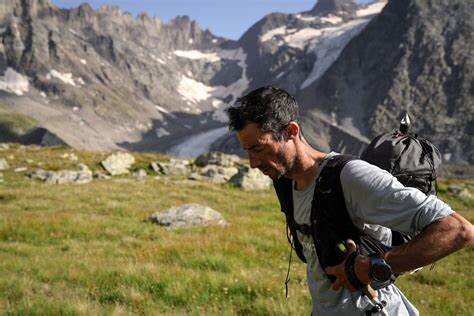
Jornet started his journey in the Bernina range of eastern Switzerland. In just a few days, he conquered 10 peaks, covering 423 km with a staggering 19,831m of elevation gain. The early stages of the challenge tested both his physical and mental endurance, and Jornet worked closely with scientists to track the physical and mental demands of his trek. He also provided daily recaps, stats and tracking on the Nnormal blog, Strava and @nnormal_official.
Jornet faced other, more humourous challenges during his journey: at one point, police threatened to tow his vehicle when work needed to be done on the parking lot he had left it in—2,500km away, and 4,000 metres below him.
Upon reaching the summits of Dôme and Barre des Écrins (the westernmost peaks in the series) on Instagram, Jornet shared his thoughts on Instagram. “This was, without any doubt, the most challenging thing I’ve ever done in my life, mentally, physically, and technically, but also maybe the most beautiful.”
“It’s difficult to process all my emotions just now, but this is a journey that I will never forget. It’s time for a bit of rest now.”
by Keeley Milne
Login to leave a comment
UTMB Is Having a Golden Moment. But It’s Delicate.
After a year that included a maelstrom of controversy, the world’s most prominent ultra-trail running event has righted its path
“It felt like a golden era of trail running.”
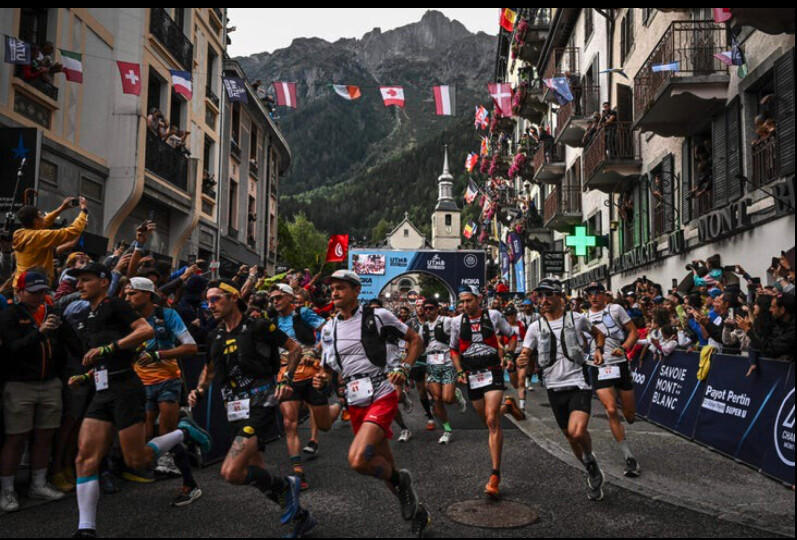
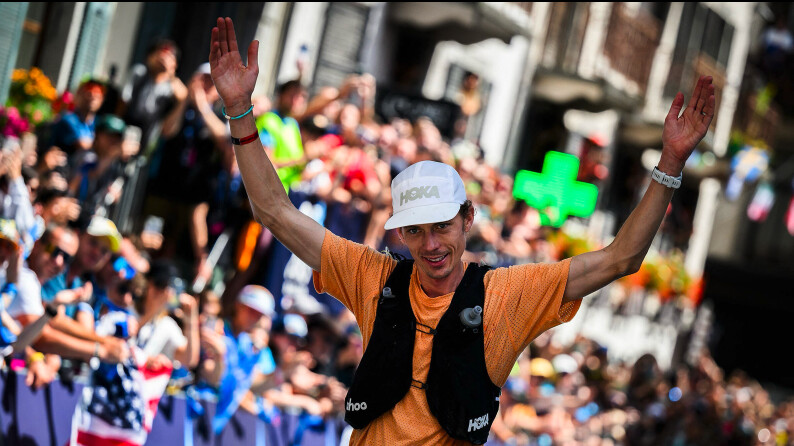
That quote came from Keith Byrne, a senior manager at The North Face and a UTMB live stream commentator for nearly a decade, who was talking about last summer’s UTMB World Series Finals in Chamonix, France.
The UTMB races during the last week of August last summer were, I thought, the most alluring in the event’s 20-year history.
After years of being frustrated by the course, American Jim Walmsley finally put it all together for a victorious lap around Mont Blanc. In doing so he became the first U.S. man to win the race, setting a course record of 19:37:43. He and his wife, Jess, had moved from Arizona to live full-time in France to make it happen. And then there was Colorado’s Courtney Dauwalter, who won the race handily in 23:29:14 to notch her third victory and continue the strong legacy of American women on the course. The win felt extra historic because it made her the first person to win Western States, Hardrock, and UTMB in the same year—arguably the three most legendary and competitive 100-mile events in the world, and she dominated each one.
The events came off without a hitch and included record crowds in Chamonix, plus a record 52 million more tuning into the livestream.
Throughout the fall and winter, harmony and happiness seemed to give way to chaos and discontent. But a year later, as the UTMB Mont Blanc weeklong festival of trail running kicks off on August 26, everything seems back to normal in Chamonix. What happened along the way is a tale of drama, perhaps both necessary and unnecessary, all of it culminating in course corrections by the multinational race series.
In short, what a year it has been for UTMB.
And now, hordes of nervous and excited runners from all corners of the globe are descending on Chamonix for this year’s UTMB Mont-Blanc races. Registration for UTMB World Series events is reportedly up about 35 percent year over year with even greater growth in interest for OCC, CCC and UTMB race lottery applications. There is more media coverage, more pre-race hype, and more excitement than ever before. More running brands are using the UTMB Mont Blanc week to showcase their new running gear with media events, brand activations, and fun runs. Even The Speed Project—although entirely unrelated to UTMB—chose Chamonix as the starting point of its latest so-called underground point-to-point relay race to try to catch some of the considerable buzz UTMB is generating.
So what happened? Did the UTMB organization do its due diligence and make amends with several significant changes in the spring? Was the angst and stirring of emotions just not as widely felt as the fervent bouts of Instagram activism claimed it to be? Have the participants and fans of the ultra-trail running world suffered amnesia or become ambivalent? Or is it all a sign of the race—and the entire sport of trail running—going through growing pains as it adjusts to the massive global participation surge, increased professionalism, and heightened sponsorship opportunities?
On the eve of another 106-mile lap around the Mont Blanc massif, I wanted to take a look at what happened and the current state of UTMB’s global race series that culminates here in Chamonix this week.
We caught a glimpse of what was to come shortly before UTMB last year, when the race organization announced the European car company Dacia as its new title sponsor. A fossil-fuel powered conglomerate didn’t sit well with some fans of the event, coming amid an era of widespread climate doom (even though the brand would be highlighting its new Spring EV at the UTMB race expo.) The Green Runners, an environmental running community co-founded by British trail running stars Damian Hall and Jasmin Paris, called it an act of “sportswashing” and released a petition calling on UTMB to denounce the partnership. (Hall even traveled all the way to Chamonix to deliver the petition in person.)
These grumblings of discontent and others that followed exploded into a social media firestorm shortly after UTMB. In October, it became public that UTMB had moved to launch a race in British Columbia, Canada, just as a similar event in the same location was struggling with permitting. A he-said, she-said back-and–forth left onlookers with whiplash. Then on December 1, UTMB livestream commentator Corrine Malcolm announced on Instagram that she had been fired and in late January, a leaked email from elite runners Kilian Jornet and Zach Miller to fellow athletes called for a boycott of the race series. All of it, jet fuel for social media algorithms.
“We’re at a turning point in trail running, but we can keep the core values if the community stands up,” the Pro Trail Runners Association secretary, Albert Jorquera, told me at the time.
In the midst of these dramas, I interviewed race founders Catherine and Michel Poletti over lunch at a Chamonix cafe. For nearly a decade now, I have met with the couple for candid conversations that helped frame online articles and magazine stories, and most recently for the book, The Race that Changed Running: The Inside Story of UTMB.
I plunged headlong into two articles with hopes of explaining it all. There was so much heat swirling around the UTMB stories, and so little light.
“The very thing that made ultrarunning so bonding was being torn apart by the community itself through social media,” said Topher Gaylord. A former elite runner who tied for second in the inaugural UTMB in 2003, Gaylord engineered UTMB’s first title sponsorship with The North Face and has been a close supporter of the Polletis for 20 years. “Some players are using social media to divide the community. That’s super disappointing.”
To me, it felt like the aggressive online activists were winning the day. Trail running suddenly seemed polarized, infected with the intertwined social media viruses of false indignation and close-mindedness. Twice, I deep-sixed my article drafts. Friends and editors convinced me they wouldn’t be read dispassionately. Who wants to be handed a fire extinguisher, when your goal is to torch the house?
Well, what a difference eight months can make. We now have some perspective and, with it, some answers.
Since its earliest days, UTMB’s volunteer founding committee believed in the values of the sport. The very first brochure produced for the race—a mere sheet of paper—featured a paragraph on values. In later years that statement became much more comprehensive, expanding to cover a wide range of topics and the race’s mission to support and protect them.
But maintaining those values in an organization that has gone from a singular race with a literal garden-shed office to a 43 global event series with a staff of more than 70 full-time employees is tricky at best. In an interview once, Michel Poletti paused, asking if I had seen a photo of a mutual friend that was making the rounds. He was climbing one of Chamonix’s famed needle-sharp aiguilles, one foot on each side of a razor sharp ridge—a perilous balancing act, big air on each side. It was his metaphor for trying to move ever up, while balancing business growth and heartfelt values.
Over the course of dozens of hours of interviews with the Polettis, I came to learn one thing: UTMB always moves forward up the ridge. In the process, UTMB corrects its course. It starts with a careful analysis after each edition, evaluating pain points in areas such as logistics, security, media, traffic, and others, discussing how they can be addressed. Historically, those course corrections haven’t been at the pace others might want—especially since the social unrest that developed during the Covid pandemic—but the organization has a reliable pattern of steadily addressing concerns.
And so, not too many weeks after that lunch meeting, UTMB set to work. First came a heartfelt effort they kept under the radar—traveling around the U.S. to listen and learn. They spent two weeks in the U.S. in February, visiting with American athletes, race directors, journalists, consultants, and their Ironman partners. “We need to learn from our mistakes and from this crisis,” Michel said.
Methodically over the ensuing months, UTMB rolled out a series of changes. Some were aimed at directly addressing the controversies, others were overdue for what is, by any metric, the world’s premier ultra-trail running event.
“My hope is that the trail running community understands that we are human,” Catherine had told me over the winter.
Four months ago, at the end of April, the race organization announced that Hoka would become the new title sponsor of UTMB Mont-Blanc and the entire UTMB World Series through 2028. It was a huge move because Hoka, one of the biggest running brands in the world, essentially doubled-down on its support of UTMB and trail running in general. The five-year deal brought benefits other than cash, too. Hoka has a strong history of inclusivity and growing representation among marginalized communities, an area UTMB has announced it intends to focus more on beginning this year. The deal also moved Dacia out of the title sponsor limelight, instead bringing a brand with a strong reputation in trail running to the fore.
Dacia was shifted to the role of a premier partner in Europe, and now plays an integral part in a new eco-focused mobility plan UTMB updated in July. Fifty of their cars can be signed out for use by over 70 staff and 2,500 volunteers, encouraging them to arrive in Chamonix using public transportation instead. The move is estimated to eliminate 200 vehicles driving into the valley. (The organization’s new mobility plan will transport an estimated 15,000 runners and supporters, eliminating the need for approximately 6,000 cars during the UTMB Mont-Blanc week. On average, a bus will run every 15 minutes between Chamonix and Courmayeur, Italy, and Chamonix and Orsières, Switzerland.)
In May, UTMB announced a new anti-doping policy it had developed with input from PTRA. The organization committed to spending at least $110,000 per year, money that will be allocated to test all podium finishers and a randomized selection of the 687 elite athletes in attendance. The new policies will be implemented by the International Testing Association, an independent nonprofit that has also conducted two free informational webinars for the 1,400 UTMB Mont Blanc elite runners.
Not long after the announcement, Catherine Poletti suggested this was just a start. Speaking at TrailCon, a new conference held in Olympic Valley, California, on June 26, she said, “It’s a first big step for us. And we’ll continue to develop this policy.” (The most important anti-doping protocol may still be beyond UTMB, however. “The elephant in the room is that we need a coordinated approach to establish out-of-competition testing,” Tim Tollefson, an elite U.S. runner and director of the Mammoth TrailFest in California, who spearheaded independent testing at his event in 2023. “Individually, we’re just lighting our money on fire.”)
In mid-June, UTMB addressed a longtime issue with top runners—prize money. A chunk of the funding from the ratcheted-up Hoka sponsorship was directed to supporting the bigger prizes for the OCC, CCC and UTMB races in Chamonix—about $300,000 this year, nearly double of 2023—as well as more prize money for the three UTMB World Series Majors. (The sequence was intentional. The organization wanted a new doping policy in place before increasing prize purses, since large cash awards are often thought to lead to a growth in doping.)
It’s a move that was long overdue—the most celebrated marquee event in any sport should reward its top athletes more than any other event—but not possible without Hoka’s increased involvement. The proposal was shared with PTRA in advance of the announcement, and the group provided feedback that was incorporated into the final divvying up of the purse. The total amount spent on prize money across all UTMB races is now more than $370,000.
“We increased the prizes quite dramatically,” said UTMB Group CEO Frédéric Lenart. “It’s very important for us to support athletes in their living.”
Finally, just last week, UTMB announced a new department within the company called “Sport and Sustainability.” The group is headed by longtime UTMB staffer Fabrice Perrin. He was a driving force behind the creation of UTMB’s live coverage back in 2012. Heading up relations with the pro athletes will be longtime elite trail runner Julien Chorier. Nicolas LeGrange, UTMB’s Director of Operations, will be in charge of sustainability and DEI, Diversity, Equity Inclusion.
On the DEI front, UTMB is calling its strategy “leave no one behind,” and they promise new initiatives coming this fall so that, according to Perrin, “every athlete feels a sense of belonging within our community,” he says. “I am committed to ensuring that we perfect symbiosis with the entire community of trail running.”
UTMB has already begun to embrace adaptive athletes, something it was criticized for lacking as recently as last year. This year’s UTMB Mont Blanc races will feature a team of 12 adaptive athletes who will be participating in the MCC, OCC and UTMB races. Under the direction of adaptive athlete and team manager Boris Ghirardi, who lost his left foot and part of his left leg after a motorcycle accident in 2019, the race organization recruited the athletes from around the world to showcase how adaptability and resilience are key elements of the UTMB values.
“I proposed this program to make a concrete action around adaptive athletes and the inclusion policy, and to prove that it was possible,” he said this weekend. “If you really get everyone working on this, you can change the game.”
And with that, UTMB Mont-Blanc 2024 is underway, resuming the golden era status that Byrne raved about last August. Starting this past weekend, banners have been unfurled over Place du Triangle de l’Amitié in the heart of Chamonix, kicking off the carefully choreographed trail running Super Bowl that is UTMB. The excitement begins on August 26 and culminates as the race for UTMB individual crowns reach a tipping point on August 31. (The golden hour of the final finishers on September 1 will be something to behold, too.)
“It’s like wrapping the Tour de France, Burning Man, and the biggest industry trade show into one giant, week-long festival,” Gaylord says. “It’s an amazing week for our sport, one of the biggest showcases we have.”
The aura of Chamonix and the opportunity to run a race there is drawing as much or more interest than ever before. It is perhaps the essence of what will keep the UTMB World Series afloat into the distant future. Runners will continue to chase Running Stones at qualifying events around the world, knowing the carrot of running one of the races around the Mont Blanc massif is second to none.
Trail running is booming on a global scale, and it’s not just UTMB shouldering the burden or reaping the benefits. The Golden Trail World Series, Spartan Trail Running, Xterra Trail Running—and even the World Trail Majors, Western States 100, and dozens of other more prominent trail races—are all trying to get a bigger piece of the pie, either by way of money or relevance.
UTMB Mont Blanc, as trail running’s most important race, is at the very beating heart of it all. And trail running is a soul sport, so when change and growth happen, it can feel threatening to all of us whose lives have been changed for the better by time spent with dirt underfoot and blue sky above. UTMB is big enough now that it’s urgently important that it make changes judiciously and preemptively.
As the world’s most significant trail race, the consequences of UTMB’s choices will ripple throughout the ecosystem. UTMB understands this. “Do we owe something to trail running? Yes, of course we do,” Michel Poletti once told me. That’s truer than ever now.
At TrailCon in June, Catherine Poletti summed up UTMB’s challenge. “Trail running is changing around the world. We’ve seen that evolution over 20 years. We need to adapt, to find a good balance, to accept different models and ways of organizing.”
Back in August 2021, I wrote an article here called, “UTMB, Don’t Break Our Hearts.” It came the summer after the organization announced its investment from the Ironman Group. Change– big change– was everywhere. Could the race around Mont Blanc maintain its soul and passion amid talk of multinational sports marketing, we all wondered? Michel Poletti closed the interview by saying, “Nous prenons un rendez-vous dans trois ans.” Simply translated: “We’ll schedule an interview in three years.”
Three years is now, and both UTMB and trail running’s landscape have changed dramatically, if not literally then certainly figuratively. We’ve seen UTMB adjust its rudder this past year, responding to concerns. Perhaps not at the pace any individual or specific group would like, and not to the extent some would wish. But it’s happening, and for that we should all breathe a cautious sigh of relief. Because if you love trail running, you have to care about what happens at the world’s biggest trail race.
As I write this in Chamonix very early on the morning of August 26, overcast skies are parting and blue skies are in the offing. The forecast for the week ahead is for bright sun with a few clouds. It’s a workable enough metaphor for trail running’s future. But one thing has to happen for it to come true. The race that changed running needs to continue to listen to its stakeholders around the world, and engage with them as it grows and develops in the days ahead. If that happens, Byrne’s vision of the golden age of our sport just might linger on. I can hope.
by Outside Online
Login to leave a comment
Ludovic Pommeret Wins Hardrock 100 in Course-Record Time Courtney Dauwalter is on course-record pace, trying to win the race for a third consecutive year
This is an ongoing story that will continue to be updated as more runners reach the finish line in Silverton, Colorado.]
Maybe you forgot that Ludovic Pommeret was the 2016 Ultra-Trail du Mont-Blanc champion. Or that he was the fifth-place finisher in Chamonix, France, just last year. Or maybe you thought the 49-year-old Frenchman was past his prime. Either way, he reminded us all he’s at the top of not only his game, but the game at the 2024 Hardrock 100.
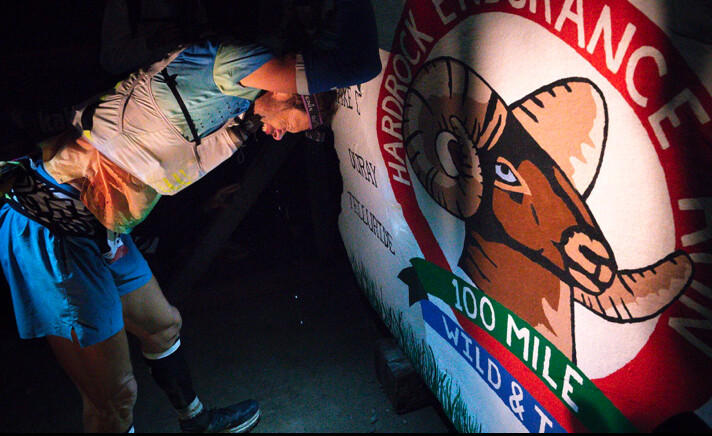
The Hoka-sponsored runner from Prevessin, France, took the lead less than a third of the way into the rugged 100.5-mile clockwise-edition of the course after separating from countryman François D’Haene, the 2021 Hardrock champion and 2022 runner-up, and never looked back. Pommeret progressively chipped away at the course record splits—a course record, mind you, set by none other than Kilian Jornet in 2022—to win this year’s event in 21:33:12, the fastest time in the race’s 33-year history. Jornet set the previous overall course record of 21:36:24, also in this clockwise direction in 2022.
(Pommeret kissed the rock in to complete the course in 21:33:07 at 4:33 A.M. local time, but race officials credited him with the slightly slower official time.)
“It was my dream (to win it),” Pommert told a small collection of fans and media after winning the race at 3:33 A.M. local time. “I was just asking ‘when will there be a nightmare?’ But finally, there was no nightmare. Thanks to my crew. They were amazing. And thanks to all of you. This race is, uh, no word, just so cool and wild and tough.”
On Friday, July 12, 146 lucky runners embarked on the 2024 Hardrock 100. Run in the clockwise direction this year, it was the “easy” way for the course with a staggering 33,000 feet of climbing and an average elevation over 11,000 feet thanks to the steep climbs and more tempered, runnable descents.
Combined with relatively cooperative weather (hot during the day on Friday, but no storms) and a star-studded front of the pack headlined by Courtney Dauwalter and D’Haene, the tight-knit Hardrock 100 community was on course record watch.
And the event delivered—along with a whole lot more.
On the men’s side, the front of the race took a blow before the gun even went off when Zach Miller, last year’s Ultra-Trail du Mont Blanc runner-up, was denied entry after undergoing an emergency appendectomy the weekend before.
Despite the heartbreak of being forced to wait another year to participate in this hallowed event, Miller was very much a presence in the race, most notably for slinging fastnachts (Amish donuts) from his van in Ouray for race supporters and fans.
Such is the spirit of this event, deemed equally as much a run as a race.
The men’s race was further upended when D’Haene, in tears surrounded by his wife, three children, and friends, dropped from the race at the remote Animas Forks aid station (mile 58). An illness from two weeks before proved insurmountable for the challenge ahead. That blew the door wide open for the hard-charging leaders ahead.
Pommeret had built a 45-minute lead over Jason Schlarb, an American runner who lives locally in Durango, and Swiss runner Diego Pazosby, the time he had left the 43.9-mile Ouray aid station amid 85-degree temperatures. His split climbing up and over 12,800-foot Engineer Pass (mile 51.8) extended his lead to more than an hour over Schlarb and nearly 90-minutes at the Animas Forks aid station.
“I thought it was great. To run off the front like he did, and then just hold that all day and get the overall course record is pretty awesome,” Miller said. “When Killian did it, two years ago, it was a, it was a track race between him, Dakota, and François, after they got some separation from Dakota, it was Kilian and and François, all the way to Cunningham Gulch (the mile 91 aid station) and then Kilian just torched it on the way in. So yeah, it was super, super impressive for Ludo to do that. That’s a very impressive effort.”
The sleepy historic mining town of Silverton, Colorado was unusually hectic at 6 A.M. on Friday. In the blue hour before the sun poked over the San Juan Mountains looming above, 146 runners toed the start line of the Hardrock 100, marked by flags from the countries represented by competitors on either side of the dirt road.
With the sound of the gun, runners jogged off the start line—their caution a tacit sign of respect for the monumental challenge of what was to come. As the runners passed through town to the singletrack wending its way up to Miner’s Shrine, group of men headlined by D’Haene, Ludovic Pommeret, Diego Pazos, and Jason Schlarb quickly took command of the front, the bright yellow t-shirt of Courtney Dauwalter was easy to spot just behind, along with Katharina Hartmuth and Camille Bruyas.
If they weren’t awake already, runners certainly were after crossing the ice-cold Mineral Creek two miles into their journey before starting the grunt up to Putnam Basin. At the top of a sunny, grassy Putnam Ridge (mile 7) 1:34 into the race, the lead pack of men remained, while Dauwalter had made a statement solo just three minutes back from the men and four minutes up on Hartmuth.
Dauwalter was smiling and chatty when she reached the KT aid station at mile 11.5, in 2:24 elapsed. By Chapman (mile 18.4), four hours in and 10 minutes under her own course record pace, she was pouring water on her head under the blazing sun. Things were heating up—in more ways than one.
When Pommeret galloped into Telluride (mile 27.7) after 5:37 of elapsed time in the lead, he was right on Jornet’s course record pace. One minute, some fluids and restocking later, and he was gone.
But wait, it was still a close race! D’Haene charged into Telluride just two minutes later and hardly stopped before continuing on through downtown before busting out the poles and starting the steep, steep 5,000-foot climb up Virginius Pass to the iconic Kroger’s Canteen aid station nestled into a notch of rock at the top at 13,000 feet.
Not to be outdone, the women’s race proved equally thrilling coming into Telluride. Bruyas bridged the gap up to Dauwalter, and the two ran into town together in 6:25 elapsed. Both took three minutes in the aid station, although that must have been enough social time for Dauwalter, as she pulled ahead marching up the climb, poles out and head down. A bouncy Bruyas alternated between hiking and jogging just behind.
But time again again, Dauwalter’s long, powerful stride simply proved unparalleled. By Kroger’s (mile 32.7) Dauwalter had reestablished her lead by five minutes over Bruyas and 17 ahead of Hartmuth in third. She’d built that gap to 10 minutes in Ouray at mile 43.9, but she left that aid station in less than two minutes with a stern, serious look on her face. But as she crested Engineer Pass at the golden hour, wildflowers blanketing the vibrant green hillsides basking in the setting sun, she enjoyed a 30-minute lead in the women’s race and was knocking at the door of the men’s podium.
While Dauwalter forged ahead with her unforgiving campaign for a third straight win, the men’s race started to rumble. Like Dauwalter, Pommeret continued to blaze the lead looking strong as he trotted down Engineer to the Animas Forks aid station at mile 57.9 in 11:39 elapsed. He hardly stopped before continuing on to Handies Peak, which at 14,058 feet marks the high point of the race. He had blown the race wide open.
An hour and 15 minutes later, Schlarb, looking a bit more beleaguered, ran into Animas Forks with his pacer, where he sat down and changed his shirt while receiving a pep talk from his partner and son. But he made quick work of the time off feet nonetheless, and three minutes later he was back at it, seven minutes before Pazos appeared.
While D’Haene arrived just 10 minutes later, he did so in tears, holding the hand of his youngest son. After a considerable amount of time sitting in the aid station, surrounded by his family and crew, he called it quits. The lingering effects of an illness from just 10 days before proved too much to overcome as the hardest miles of the race loomed ahead.
While D’Haene pondered his fate, Dauwalter blitzed into Animas Forks in 13:26 with that same look of determination, 16 minutes ahead of course-record pace. She briefly stopped to prepare for the impending night, picking up her good friend and pacer Mike Ambrose to leave the aid station in fourth overall. Bruyas maintained her second place position 30 minutes back, with Hartmuth in third about 20 minutes behind her.
Pommeret continued charging ahead solo, increasing over Schlarb and Pazzos by more than two hours late in the race. When Pommeret passed through the 80.8-mile Pole Creek aid station at 10:44 P.M., it shocked the small group of race officials, media and fans watching the online tracker from the race headquarters in Silverton. Based on that split, it was originally calculated that Pommert could arrive as early as 2:34 A.M.—which would have been a finishing time of 20:34—but he didn’t run the final 20 miles quite as fast as Jornet did in 2022.
Behind him Pazos caught Schlarb to take over second place before Pole Creek and increased the gap to four minutes by the Cunningham aid station (mile 91.2).
Pommeret, who develops training software for air traffic controls in Geneva, Switzerland, didn’t break into ultra-trail running until 2009 when he was 34 years old. He was third in UTMB that year—behind a 20-year-old Jornet, who won for the second straight year—the first of seven top-five finishes in the marquee race in Chamonix. (He was third in 2017 and 2019 and fourth in 2021 and 2023.) He also won the 90-mile TDS race during UTMB week in 2022, and the 170-kilometer Diagonale des Fous race (Grand Raid La Reunion) on Réunion Island in the Indian Ocean in 2021 and placed sixth in his first attempt at the Western States 100 in California in 2022.
Last year, Pommeret placed 13th overall in the Western States 100 and nine weeks later finished fifth at UTMB behind Jim Walmsley, Miller, Germain Grangier, and Mathieu Blanchard.
“We know Ludo is a beast, but to be a beast for so long, for so long is so impressive,” Miller said. “He’s 49, which by all means is a capable age in this endurance world. But I think anytime someone 49 does something like that, it’s gonna turn some heads because that would’ve been a really good performance for anyone. To have the track record he’s had—winning Diagonale des Fous, UTMB and Hardrock, that’s pretty impressive.”
Courtney’s Final
By the time Dauwalter was pushing her way up Handies Peak, she had a smile on her face and engaged in playful conversation with media and spectators on the course. She had good reason to smile: she was feeling good and she had increased her 10-minute lead at Ouray to more than 60 minutes. Dauwalter went through the Burrows aid station (mile 67.9) in less than a minute, while Bruyas came in an hour later and spent four minutes refueling before heading out again.
Three hours after Pommeret had passed through the Pole Creek aid station (mile 80.8), Dauwalter arrived at 1:54 A.M., still in fourth place overall about 50 minutes behind Pazos and Schlarb. She took a little more time there, but was back on her feet in four minutes and running strong again and still on record pace. Bruyas walked in to Pole Creek at 3:08 A.M. in sixth overall, but the gap behind Dauwalter continued to widen.
Dauwalter was in and out of the Maggie aid station (mile 85.1) in two minutes and blazed through the Cunningham aid station (mile 91.2) even faster. The race seemed to be in hand at that point with Bruyas more than 90 minutes behind (in fact, someone updated Wikipedia and declared her the winner not long after Pommeret finished), it was just a matter of how fast she could finish.
Login to leave a comment
The queen of ultradistance Courtney Dauwalter is set to defend her Hardrock 100 crown
Courtney Dauwalter , the queen of ultra-distance running, will once again put on trail running shoes this Friday to compete in the Hardrock 100 , the prestigious 165-kilometer mountain race with 10,000 meters of positive elevation gain that takes place in the San Juan Mountains in Colorado, United States.
The American runner will try to defend the title she won in 2023, when she won the race with a record time of 26h14:08 , although this year, unlike last year, the race will be run clockwise.
"It's a great race, very tough and difficult. I'm coming back because all my participations here have had very tough moments, and I hope to be able to soften those moments a bit and finish the race without so many difficulties," said Dauwalter in an interview with iRunFar.
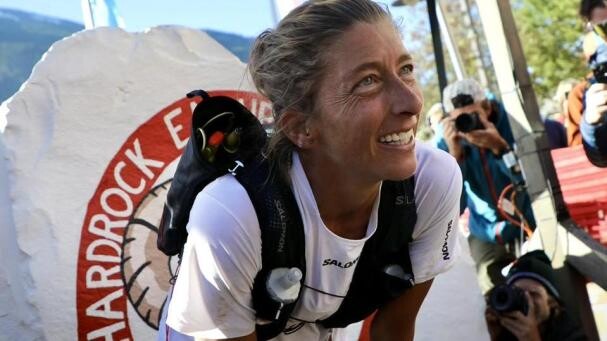
The reigning Transgrancanaria and Mt. Fuji 100 champion will face her main opponents in Germany's Katharina Hartmuth and France's Camille Bruyas , second in the UTMB Mont-Blanc in 2023 and 2021, respectively.
On the men's side, the main figure will be the French runner François D'Haene , who wants to repeat his victory from 2021 and, why not, beat the circuit record belonging to the Spaniard Kilian Jornet (21h36:24).
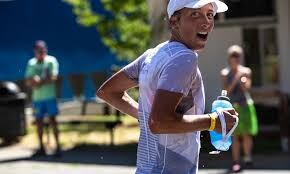
American Zach Miller is on the roster, although he is likely to miss the event due to recent appendix surgery.
The Hardrock 100 begins and ends in the town of Silverton and passes through some of the most spectacular mountain scenery in the United States, home to elk, bears and cougars. The highest point is Handies Peak, at 4,200 meters.
The race will start on Friday 12th July at 6am (2pm in Spain) and can be followed live on YouTube .
by Matias Camenforte
Login to leave a comment
Hardrock 100
100-mile run with 33,050 feet of climb and 33,050 feet of descent for a total elevation change of 66,100 feet with an average elevation of 11,186 feet - low point 7,680 feet (Ouray) and high point 14,048 feet (Handies Peak). The run starts and ends in Silverton, Colorado and travels through the towns of Telluride, Ouray, and the ghost town...
more...Walmsley and Schide favorites as Western States line-ups are finalized
Americans Jim Walmsley and Katie Schide, both UTMB winners, will head the finalized fields for the 51st edition of Western States 100 Endurance Run at the end of this month.
Western States is the oldest and arguably the most iconic 100-mile trail run in the world and the stars are again out in force Auburn on June 29-30.
Can Walmsley make it four?
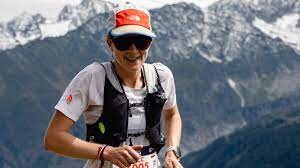
Last year Walmsley memorably ended his quest to finally add a UTMB title in Chamonix to his CV and he’s the current course record holder at Western States, which he’s already won three times.
His time of 14:09:28 from 2019 hasn’t been bettered since and he’s the highest-ranked runner in terms of the UTMB index at 934 (Kilian Jornet is top on 941).
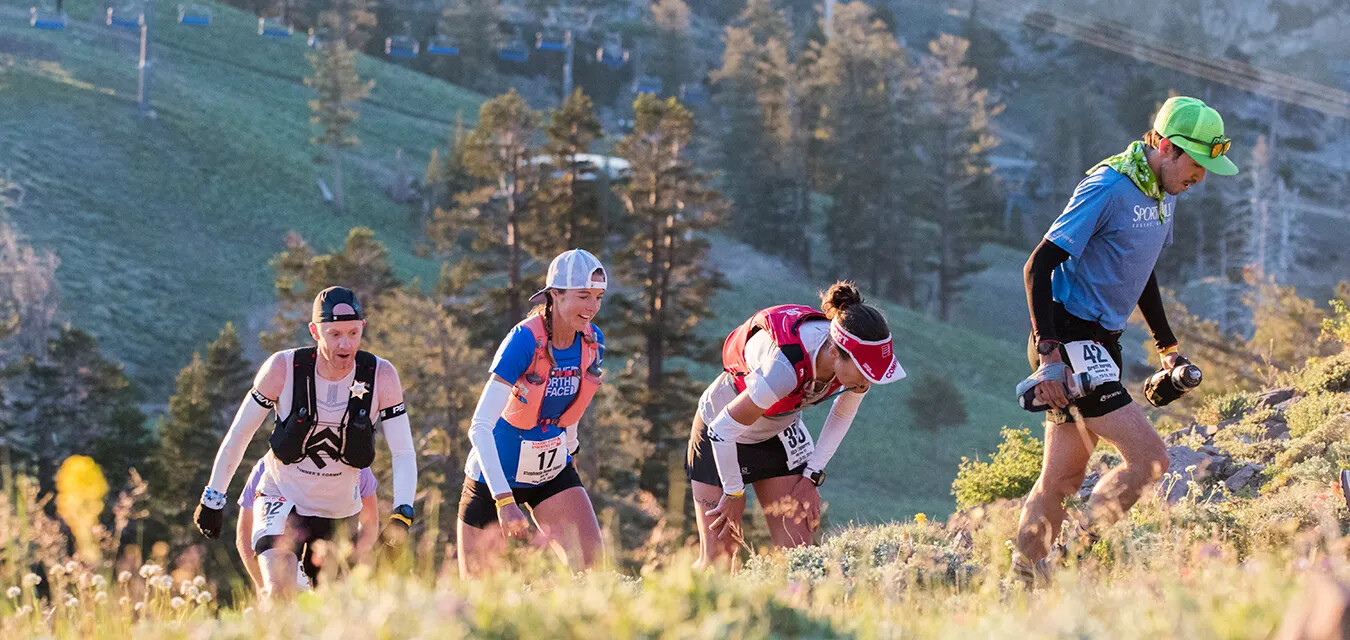
But he’ll face a raft of strong rivals including the 2023 runner-up Tyler Green (USA, UTMB Index 880) and several other top finishers from 2023, including fourth-placed Jiasheng Shen (CHN, UTMB Index 906).
Dakota Jones (USA, UTMB Index 902), Ji Duo (CHN, UTMB Index 889) and Hayden Hawks (USA, UTMB Index 910) booked their spots alongside Walmsley via Golden Tickets from top-three performances at other big events.
Schide the one to beat
And on the women’s side the 2022 UTMB winner Katie Schide (UTMB Index 825) will be looking to go one better than last year’s second place at Western States.
Only superstar Courtney Dauwalter on 847 is ahead of Schide on the UTMB Index but the reigning Western States champion (who smashed the course record time when beating Schide) won’t be back to defend her title.
That means that Schide, who underlined her form with victory at the Canyons Endurance Runs by UTMB at the end of April, starts as the clear favourite.
But she too will face tough opposition from the likes of Eszter Csillag (HUN, UTMB Index 768), who finished third 12 months ago, and three-time finisher Emily Hawgood (ZWE, UTMB Index 757).
Other big names lining up include former professional IRONMAN athlete Heather Jackson (USA, UTMB Index 764), Eleanor Davis (GBR, UTMB Index 753) and Emily Schmitz (USA, UTMB Index 736).
Jackson recently advertised her gravel racing prowess in a thrilling sprint finish at the famed Unbound event.
We’ll build up to the big event over the next couple of weeks here at RUN247.
by Jonathan Turner
Login to leave a comment
Western States 100
The Western States ® 100-Mile Endurance Run is the world’s oldest and most prestigious 100-mile trail race. Starting in Squaw Valley, California near the site of the 1960 Winter Olympics and ending 100.2 miles later in Auburn, California, Western States, in the decades since its inception in 1974, has come to represent one of the ultimate endurance tests in the...
more...Jim Walmsley, Mathieu Blanchard will return to UTMB in 2024
2023 UTMB champion Jim Walmsley and 2022 second-place finisher Mathieu Blanchard have confirmed they will appear at this year’s Ultra-Trail du Mont-Blanc (UTMB) final, which takes place in Chamonix, France on Aug. 30, according to a report by iRunFar. A number of other ultratrail elites have also been announced, including the U.K.’s Tom Evans, who finished third in 2022 and who won Western States 100 in 2023, and Canada’s Christian Meier, the former pro cyclist who won the 145-km TDS race last year.
On the women’s side, Canada’s Marianne Hogan (who finished second in 2022) is confirmed, as are 2022 champion Katie Schide of the U.S., France’s Claire Bannwarth and New Zealand’s Ruth Croft (who won Western States in 2022). (Three-time UTMB champion and course record holder Courtney Dauwalter does not appear on the list.)

Four-time champion Kilian Jornet and 2023 second-place finisher Zach Miller will also not be returning. After the October, 2023 announcement by UTMB and its minority partner, the Ironman Group, of a new race in Whistler, B.C. in 2024, and the Dec. 1 announcement that UTMB livestream announcer Corrine Malcolm had been fired, the two publicly questioned the organization’s decisions and its treatment of athletes. There was talk of a boycott, though Jornet and Miller dispute this; in the wake of all of this, regular discussions between UTMB and the Pro Trail Runners Association (PTRA), of which Jornet is a founding member, became more frequent, with a view to smoothing relations between athletes and the race.
Walmsley moved to France for two years to hone his mountain-running skills before finally winning UTMB on his fifth try in 2023 (he Walmsley first ran UTMB in 2017, finishing fifth; he DNF’d in 2018 and again in 2021, then finished fourth in 2022). Blanchard, who has returned to France after living in Montreal for a few years (and taking out Canadian citizenship), finished fourth last year after following Jornet onto the podium in 2022. Hogan has been dealing with injuries for much of the last year and a half since her podium finish in 2022.
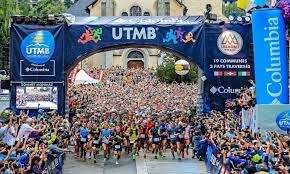
by Anne Francis
Login to leave a comment
North Face Ultra Trail du Tour du Mont-Blanc
Mountain race, with numerous passages in high altitude (>2500m), in difficult weather conditions (night, wind, cold, rain or snow), that needs a very good training, adapted equipment and a real capacity of personal autonomy. It is 6:00pm and we are more or less 2300 people sharing the same dream carefully prepared over many months. Despite the incredible difficulty, we feel...
more...Kilian Jornet’s 4 secrets to winter training
For iconic trail runner and mountaineer Kilian Jornet, the colder months aren’t a pause in training but rather call for a strategic shift that all runners can learn from.
Nestled in the Romsdalen mountains of Norway, Jornet’s off-season training offers a masterclass in balance, recovery, and preparation for the upcoming challenges of spring and summer racing. In a recent blog post with COROS, Jornet shared his off-season regime, and how you can apply it to your training.
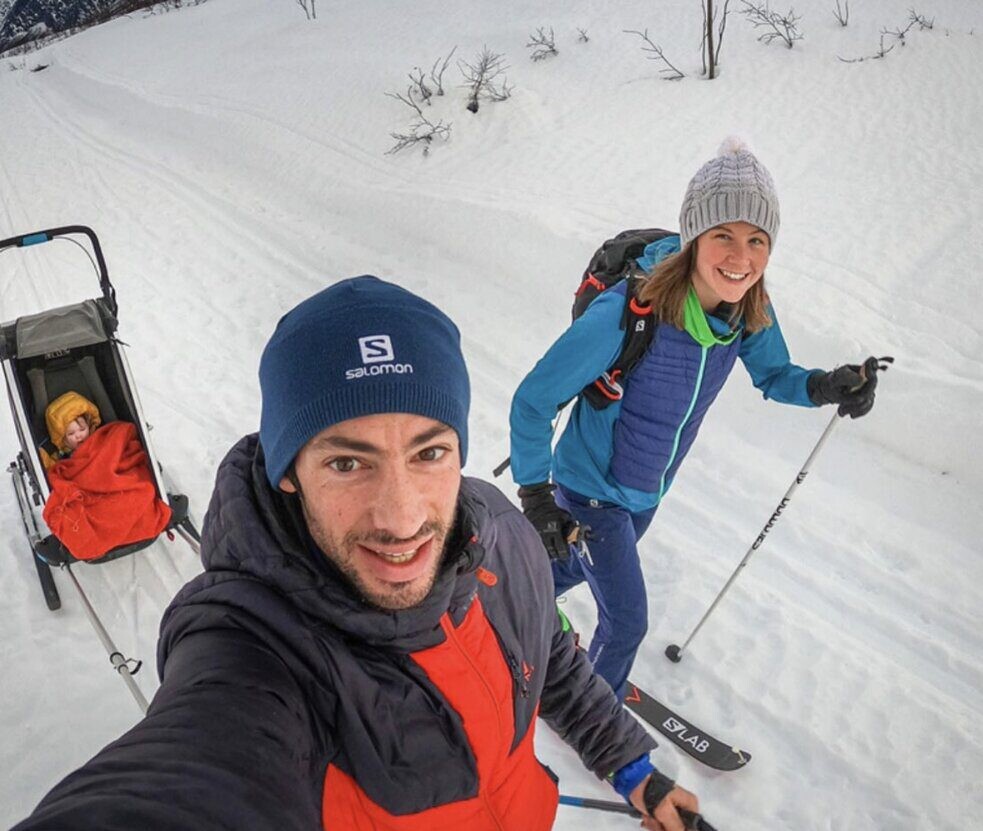
1.- Diversify your training arsenal
Jornet’s usual running playground is snow-covered during winter, prompting a shift from high-mileage running to ski mountaineering and ice climbing. This diversification serves as a reset for both body and mind. While running is an impact activity that can cause some repetitive strain, winter activities like skiing offer endurance benefits without mechanical stress.
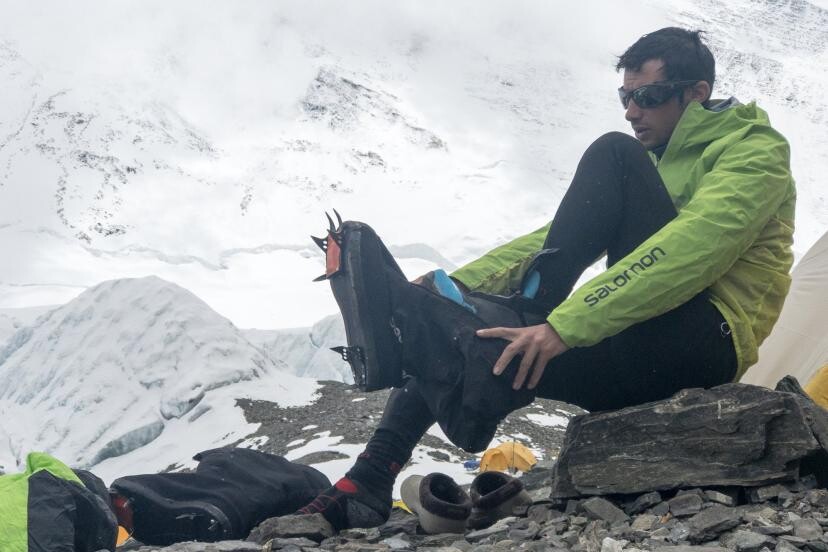
Embracing variety in your training will allow you to build and maintain a robust aerobic base, while minimizing the risk of injury. Trying new things this season, like a cross-country ski lesson, strapping on some snowshoes or spending some time on an indoor bike will have long-term benefits, and you may find a new sport you love.
2.- Focus on the downhill
For Jornet, downhill speed and strength are paramount for ultrarunning success. Instead of relying solely on running for quad strengthening, he incorporates downhill skiing during the winter. This deliberate strategy ensures that his legs are accustomed to intense eccentric loads without the constant impact on muscles and bones. The muscle memory cultivated during cross-training seamlessly integrates into running when the season shifts. Try a downhill workouts to get used to (down) hilly fun.
3.- Prevent injuries for the long-term
By embracing activities with different mechanical loads than running, Jornet not only aids short-term recovery but also secures long-term benefits. Jornet’s temporary departure from a running focus in the summer of 2023, due to injuries, emphasized the importance of cross-training. Make a strategic choice to switch it up so that you can run for as many years as you want.
4.- Enjoy a mental break
While the winter training regimen is robust, Jornet acknowledges the necessity of a mental break. The off-season becomes a time to recharge mentally, allowing a return to spring training with renewed confidence and positivity. Jornet emphasizes the value of a balanced mental state during the winter training grind and recognizes the importance of mood in adaptation. Focus on recovery days and practice fuelling well during the off-season. Try one of the recipes Jornet and his partner, Emelie Forsberg, love to make.
Jornet’s winter training philosophy isn’t just for elite athletes— it holds lessons for all who seek to balance intensity, recovery, and a focus on mental health and a connection with the changing seasons. His training regime can be used as inspiration for regular runners to explore the transformative power of a well-crafted off-season strategy.
by Keeley Milne
Login to leave a comment
He Qualified for Team USA. Then Came the Bill.
Even as trail and ultrarunning explode, the spoils of professionalization aren’t spread equally across the sport. Athletes on this year’s U.S. 24-hour team are looking to change that
Scott Traer qualified for his first U.S. national team more than a decade ago in 2012. He was new to the sport and naive about what it took to compete at the international level—even after being selected as one of the country’s best athletes in the 24-hour discipline, a niche tributary of trail and ultrarunning where athletes complete as many laps around a track as possible within 24 hours.
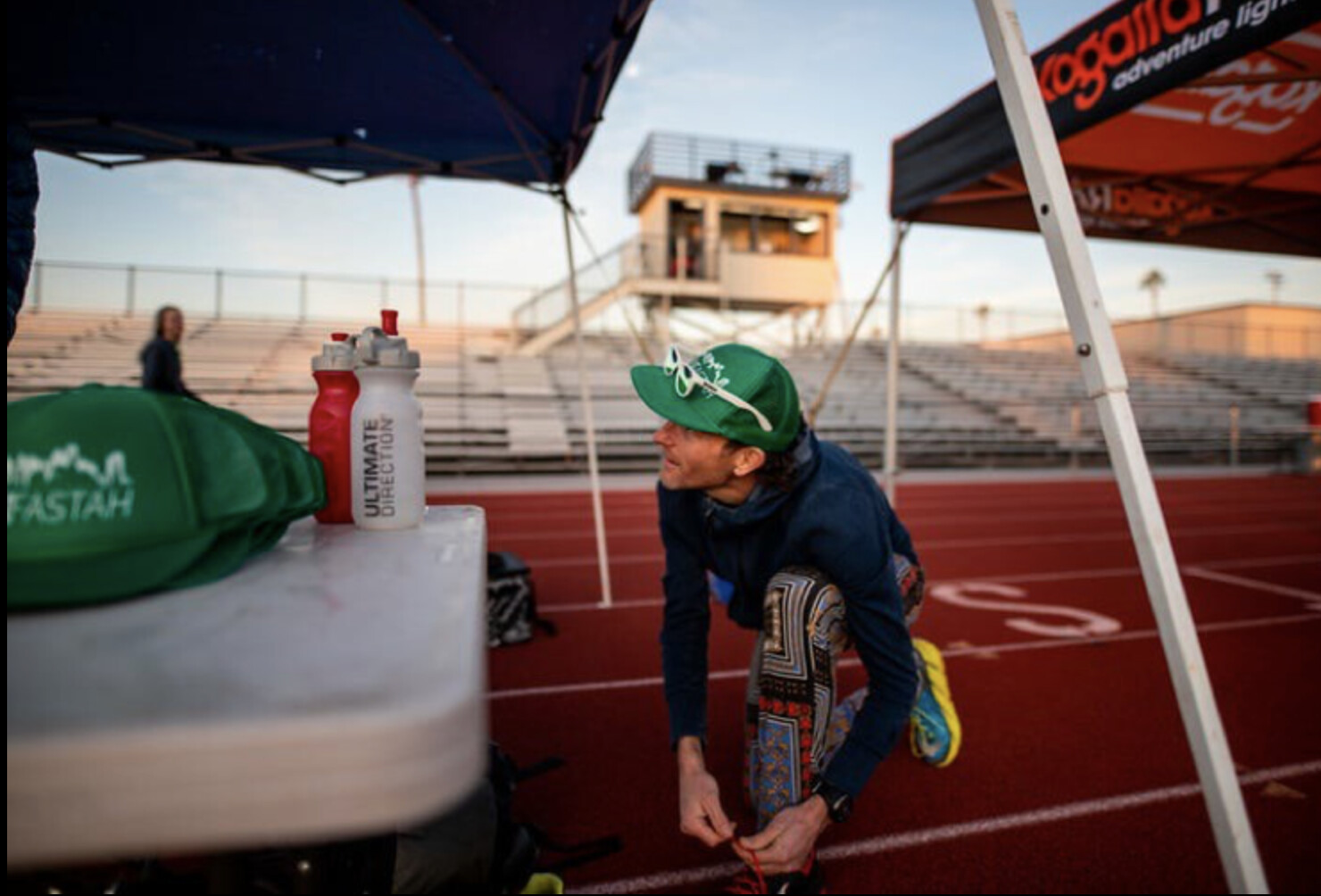
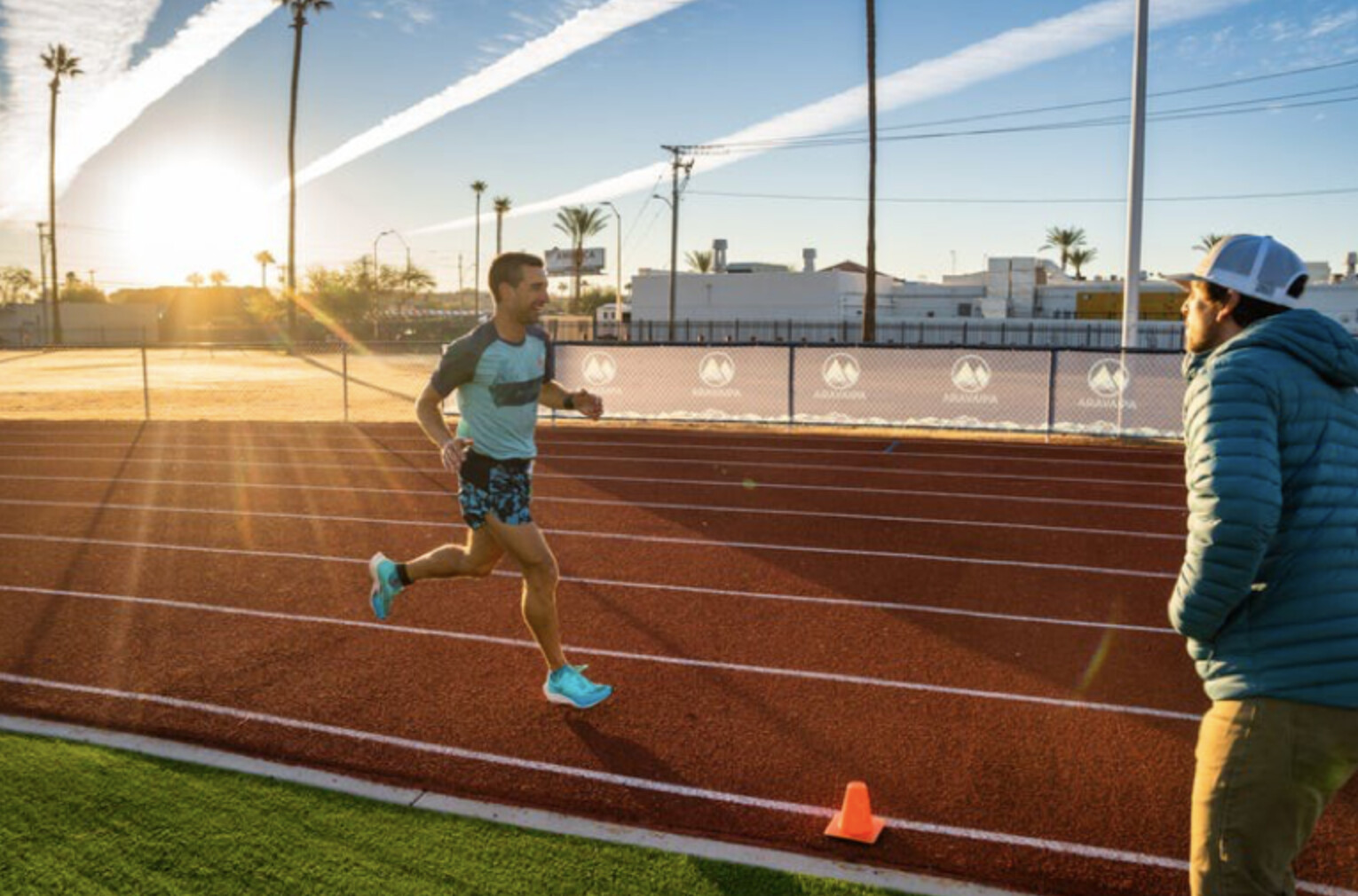
While the 24-hour race format may seem eccentric, well-known names like Courtney Dauwalter, Kilian Jornet, and Camille Heron have dabbled in the ultra-track scene. International governing bodies regulate the discipline with USA Track & Field (USATF), the national governing body for track and field, cross country, road running, race walking, and mountain-ultra-trail (MUT) disciplines, overseeing the American contingent.
Traer, then 31, was working odd construction jobs in and around Boston to make ends meet while training when he got the call from USATF that he had been selected for Team USA.
“I was really excited,” says Traer. “Then, I found out that I had to pay for everything. So I was like, ‘Forget about it.’”
That financial reality took the wind out of Traer’s sails. He didn’t have the disposable income to foot the bill for international travel and didn’t have paid time off from his jobs. While he was disappointed that he wouldn’t get to represent his country in 2012, he was still determined to pursue his dream of chasing a career in coaching and racing.
Now, Traer, 42, is a full-time coach living near Phoenix and working with the Arizona-based event organization Aravaipa Running as an assistant race director. He has earned top accolades in the sport, including a course record at the Javelina 100K and a Golden Ticket to Western States at the Black Canyons 100K, eventually leading to a top-ten finish at the Western States Endurance Run.
True to his blue-collar roots, he is known for racing in unbranded gear, typically a long-sleeve, white SPF shirt unbuttoned and flapping in time with his stride. Ten years after making his first 24-hour team, he re-qualified for the opportunity to compete for the U.S. again, this time for the 2023 IAU 24-Hour World Championships in Taiwan (which international sports federating bodies officially refer to as Chinese Taipei), on December 2.
The catch: USATF is only providing a stipend of $600 to Team USA athletes.
Oregon ultrarunner Pam Smith has competed on Team USA seven times in the 24-hour and 100K world championship events. Now, she’s serving as the Team USA manager to help steward the next generation of ultra athletes. But that passion has come at a cost.
“I estimate I’ve spent around $10,000 in personal funds to be able to compete at the world championships and to represent the USA at these events,” says Smith, 49, who finished fourth at the 2019 IAU World Championships in France. “USATF does pay for the manager’s travel expenses, but there is no other compensation; in fact, the managers have to use their own funds to cover some fees, like membership dues and background checks.”
It might surprise fans of the sport that many of their favorite athletes are paying significant money to sport the red, white, and blue uniform—and that many can’t compete because they cannot shoulder the cost. The U.S. is known for strong 24-hour runners, and the men’s and women’s teams both won gold at the previous IAU 24-Hour World Championships in 2019 in Albi, France, with two individual podium spots.
“The U.S. has many of the best 24-hour runners in the world,” says Smith. “It’s a shame that these athletes don’t even get their airfare covered.”
While Smith’s airfare is covered, her work and that of her colleagues is presumed to be done on a volunteer basis. (A quick online search shows a flight to Chinese Taipei from most U.S. cities costs in the $1,500-$2,400 price range.)
Trail running, particularly the elite side of the sport, is at an inflection point. While some races dole out prize money, and a select few athletes at the top of the sport command respectable salaries, most runners at the elite level rely on a scattershot combination of brand partnerships and personal funding to float their racing. While the sport’s very best athletes are well compensated professionals, most “sponsored” trail runners earn between $10,000 and $30,000 per year. Between travel, gear, nutrition, and other expenses, many runners at the elite level are fronting their own cash to compete.
When Chad Lasater qualified for Team USA after a strong run at the Desert Solstice 24-Hour Race, he hadn’t planned on making the team. But, when he found out he’d qualified, he started looking into the logistics and was shocked to discover he’d be responsible for paying his way to Taipei.
“The cost of airfare, lodging, food, and time away from work can be significant, especially when traveling to somewhere like Taipei,” says Lasater, 51, from Sugar Land, Texas. “I feel that everyone should have an equal opportunity to be on the U.S. team, and the cost of traveling to the world championships should not preclude anyone from accepting a spot on the team. We should really be sending our best 24-hour athletes to the world championships, not the best athletes who can afford to travel.”
Teams that rely on individual brands or athletes to foot the bill will prefer runners with sponsorships or disposable income and can afford to take time off work and pay for childcare.
At the top of the sport, like the world championships, it’s routine to see completely unsponsored runners competing with no brand affiliation, especially in the eccentric realm of 24-hour track events. Even some sponsored runners don’t always get their travel expenses covered.
While a world championship event is certainly a big deal, it doesn’t command the same fanfare and media attention as other marquee events, like the Western States Endurance Run or Ultra-Trail du Mont-Blanc, where many brands prefer to focus their resources.
Jeff Colt, a 32-year-old professional ultrarunner for On who lives in Carbondale, Colorado, publicly debated the merits of returning to Western States in California this year or competing in the 2023 World Mountain and Trail Running Championships in Austria in early June. (The trail running world championships and 24-hour world championships are different events, but the Team USA athletes who compete in each one face similar challenges when it comes to funding and market value to brands.) He ultimately decided to claim his Golden Ticket and compete at States. More eyeballs on the event mean a higher return on the investment for running brands, which in turn elevates athletes’ value to their sponsors
“My sponsor, On, was clear that they supported my decision either way, but they were more interested in me running Western States,” says Colt. “And rightfully so. There’s a lot of media attention at races like States and UTMB, which allow brands to activate and get visibility for their logo. That support feels good as an athlete, too. It’s not just better for the brand.”
Nike has an exclusive partnership with USATF; all athletes competing at any world championship event in the mountain-ultra-trail disciplines (as well as the Olympics and World Athletics Championships for track and field and the marathon) must wear Nike-issued Team USA uniforms that are provided to the athletes free of charge, with the exception of shoes. Any photos or videos of professional runners at these events are less valuable to competing running brands because their athletes will appear bedecked in another company’s logo. This disincentivizes many brands from investing in unsponsored athletes’ travel expenses and limits athletes’ ability to get financial support, most of which currently comes from shoe and apparel brands in the trail running industry. And if athletes cannot compete because of illness or injury, they must return parts of the kit. Even if they keep the kit, many sponsored runners’ contracts prohibit them from training and racing in the gear, so it gathers dust at the back of their closets.
Arizona runner Nick Coury, preparing to compete on his third U.S. 24-hour team, says this contract limits the economic opportunities of unsponsored athletes—partially because it disallows an athlete to place another sponsor’s logo on the Nike gear.
“This is especially upsetting to many because Nike provides large sums of money to USATF for this arrangement, yet neither passes through significant support to national teams despite USATF being a nonprofit aimed at ‘driving competitive excellence and popular engagement in our sport,’” says Coury, 35, from Scottsdale, Arizona. “USATF is taking money from Nike, restricting elite athletes to fund themselves through sponsorship, and doing little to nothing to encourage a competitive national team.”
One athlete, sharing anonymously, reported selling parts of their Nike kit to help offset travel expenses. “It’s the same kit [100-meter and 200-meter track and field superstar] Noah Lyles wears, so it’s super valuable.”
Traer thinks it’s unfair that athletes are forced to wear Nike gear and render free labor supporting a huge company, especially when the 24-hour team isn’t fully funded. Lyles, an Adidas athlete who won the 100-meter dash at this year’s World Athletics Championships in Budapest, had to wear Nike gear while warming up and racing, too. But his travel and expenses were paid in full by USATF, and his Adidas relationship benefits because track and field stars get considerably more exposure than ultrarunners. Furthermore, in track and field, the world championships serve as a prelude to the biggest running event on the calendar, the Olympics, which take place every four years and attract an expansive viewership that reaches far beyond hardcore running fans.
“It bothers me because Nike is making a huge amount of money,” Traer says. “I don’t want to hear that there isn’t enough money to support athletes because I see smaller brands in our sport that have less money doing a much better job supporting athletes.”
Nancy Hobbs is the chairperson of the USATF Mountain and Ultra Trail Running Council, the division of USATF that oversees the U.S. 24-Hour Team. Her executive committee has been discussing more equitable distribution of funds. Initially, funding was based on the number of years the championships had been held and how many athletes were attending.
Ultimately though, it comes down to the relatively small amount of Nike money that USATF allocates to the USATF MUT Running Council.
“With a certain amount of money in the budget, we could choose to send fewer athletes (i.e., just a scoring team with no spares in case of injury, etc.), but the council discussion has been on the importance of fielding a full team with some additional athletes for attrition and providing more athletes an opportunity to compete internationally (provided they qualify for the team based on selection criteria),” says Hobbs.
Though the compensation for mountain-ultra-trail athletes may feel low, it is significantly higher than in the past. In 1999, a mere $250 was distributed to each MUT subcommittee, totaling $750 for all 1999 expenses. In 2013, MUT teams received $25,000 in funding for travel. This year, $83,000 was distributed across all of the teams it sends to international championships for MUT disciplines.
“We’ve come a long way with MUT since 1998,” says Hobbs. “We have more work to do. This is a volunteer-driven group which is passionate about our sport and trying to provide athletes opportunities through championships, teams, and programs within the structure of USATF.”
Coury qualified for his third U.S. 24-hour team in 2021 and broke the American 24-hour record. He’s had to fund his travel out of pocket for all three international appearances. He says the lack of funding limits the team’s ability to compete on the world stage.
“I’ve found it extremely challenging to train for a 24-hour event while holding a full-time job, as have others, and I know I haven’t and won’t hit my personal potential as a result,” says Coury. “We’ve seen an explosion in the competitiveness and interest in trail races, and part of that is the ability for ultrarunners to make a living as professional athletes. We see very few runners in the 24-hour space who can go professional, which reflects in our team’s competitiveness.”
While Team USA won both gold medals in 2019, international competition is escalating. Coury says opening up additional funding would help draw elites and strong amateurs alike to try their hand at the 24-hour format, which would help Team USA’s standing on the world stage.
“Athletes like Courtney Dauwalter and Camille Herron have represented Team USA multiple times and been key to our results,” says Coury. “Yet I am certain they must weigh training, qualifying, and representing Team USA against the sponsorship opportunities in trail ultrarunning, where financial support is much greater. I imagine there would be more interest from some of our most capable athletes if we had a better financial story around the team, providing a path for it to fund an athlete’s career instead of costing out of pocket. Given the prospects of making a living at a trail race versus paying to represent Team USA, I’m positive we’re discouraging some of our best athletes from even wanting to try.”
In previous years, Team USA has resorted to raising money through bake sales and selling T-shirts to raise funds for the team’s travel expenses. Past team captain Howard Nippert made and sold ice bandanas to support the team. This year’s captain Smith is hosting fundraising dinners. Coury says that the ultrarunning community has stepped up to support the team where traditional funding has failed.
“It reminds me in some ways of the amateur athlete situation back in the 1970s, where representing your country came at a significant financial burden and really made athletes reconsider it,” says Coury. “Why isn’t USATF making it desirable to train and compete for Team USA? Why is it seemingly doing the opposite?”
The 24-hour team is at a crossroads: either it will receive adequate funding and support to send the best team possible to the world championships, or it will maintain this status quo while Team USA falls further and further behind on the international stage. Traer has launched a petition on Change.org to draw attention to the funding issue and is determined to sound the alarm about how a lack of funding holds athletes and all of Team USA back.
“No one should have to decide that they made Team USA but can’t afford to pay to wear their country’s flag,” says Traer. “If an athlete earns their spot on the team, they should get the support they need to compete. End of story.”
by Outside Online
Login to leave a comment
2023 UTMB Men’s Race
After a history of struggling with UTMB, the American men showed up this year with Jim Walmsley and Zach Miller (pre-race interview) taking the top two-spots on the podium. Two vastly different racers with different approaches to the event, the two were able to push each other from start to end, with Walmsley’s ever-consistent pace finally winning out in the end with a new course-record time of 19:37:43. But with a stacked field, with nine of last year’s top 10 back for another crack at the race, and last year’s champion Kilian Jornet out with injury, it was anyone’s bet throughout most of the race of who would come out on top.
There’s never a non-chaotic start to UTMB, and this year was no different. With nerves and excitement running high, it was France’s Arthur Joyeux-Bouillon (pre-race interview) who led at Saint-Gervais, 21 kilometers in, with the entire rest of the field hot on his heels. But as darkness fell on the race and the kilometers ticked by, several distinct groups began to form. Coming into Les Contamines, 32 kilometers in, it was Zach Miller, Jim Walmsley, and the U.K.’s Tom Evans (pre-race interview) bunched up and running together. It looked like there would be the potential of a repeat of the Miller-Evans bromance from 2022, with the addition of Walmsley as a third. Frenchman Mathieu Blanchard (pre-race interview) and Petter Engdahl (pre-race interview), a Swede who lives in Norway, teamed up just a minute behind the leading trio, and the rest of the top-10 men came in within five minutes of the leaders.
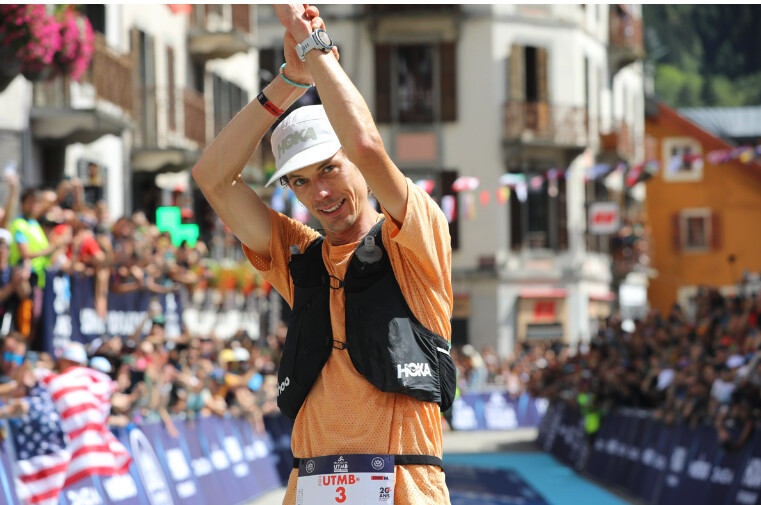
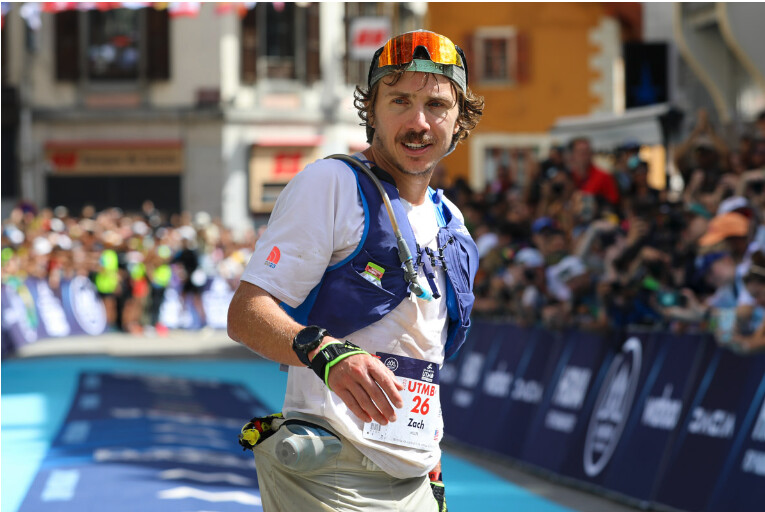
By Col du Bonhomme at 44 kilometers, it was clear that Walmsley was there to put his mark on the race. Miller doggedly hung on 30 seconds back, and Evans came through another 30 seconds in arrears, looking decidedly worse than the two men in front of him. France’s Germain Grangier (pre-race interview), Blanchard, Engdahl, and Joyeux-Bouillon continued to run together just eight minutes off the lead.
The head of the race remained amazingly consistent over the coming kilometers to Courmayeur, 81 kilometers into the race. Walmsley led Miller by a handful of minutes, Engdahl and Grangier followed, running close to each other in third and fourth, at under 20 minutes back after Evans decided to call it a day. Joyeux-Bouillon and Blanchard stayed within half an hour of the leader in fifth and sixth.
Ever the aggressive racer, Miller made his move before Arnouvaz, 99 kilometers in. He came through the checkpoint leading a fatigued-looking Walmsley by two-and-a-half minutes. Many wondered if this was just another instance of Walmsley taking the early race out too hard and paying for it later. Grangier, Joyeux-Bouillon, and Engdahl all came through the checkpoint within 30 minutes of Miller, still well within striking distance if either of the two Americans fell back. The rest of the top-10 men also remained close, with a large group containing New Zeakland’s Scotty Hawker, France’s Thibaut Garrivier, Blanchard, Switzerland’s Jean-Philippe Tschumi, and Germany’s Hannes Namberger coming in hot and fast.
Coming over a dark and foggy Grand Col Ferret at 103 kilometers, Miller extended his lead to nearly four minutes, but Walmsley looked determined and seemed to have found a second wind. Grangier continued to hold strong just 12 minutes behind the leader, and the chase pack of the rest of the top 10 remained relatively unchanged with several of the men teaming up to run the final kilometers to daybreak together.
It’s always a question of when the actual racing at UTMB starts. That is, when do runners make their move and hope that it sticks? Coming into Champex-Lac at kilometer 126 on Saturday morning, it was starting to seem like perhaps Miller’s early move might be the one that worked for the American. With an 11-minute gap over Grangier and Walmsley, who were now running together, Miller looked strong and focused. But there was still a lot of racing to do, and a lot of mountains between him and the finish.
Whether Walmsley was actually in a spot of bother in the later hours of the night, or if it was all part of his strategy to hold back until daylight, everything changed when the sunlight lit up the Alps. By kilometer 139 at La Giète, he’d whittled his gap to Miller down to two minutes, and by Trient six kilometers later, he’d moved back into the lead of the race, a position he wouldn’t relinquish. Grangier continued to run in third, with fourth, fifth, and sixth place, Joyeux-Bouillon, Blanchard, and France’s Ludovic Pommeret, all moving together 44 minutes back from the battle up front.
With the kilometers ticking by, Walmsley’s lead only continued to grow. At kilometer 154 at Vallorcine, he was more than 13 minutes ahead of a struggling Miller. Seven kilometers later at Tête de Béchar, the gap was up to 16 minutes. From here, it would be just one more climb up to La Flégère before the course tipped downward to Chamonix. Grangier maintained his third place up the final climb, with Blanchard in fourth and Pommeret in fifth, more than an hour back on the leader. Garrivier ran in sixth, while Hawker and Joyeux-Bouillon were seventh and eighth, 92 minutes back from the lead.
Once on the final descent, there was no touching Walmsley, and one can only imagine the thoughts and emotions that must have been going through his head. After five attempts at the race, the ultimate student of the course had finally figured out how to put together the race everyone thought he was capable of. He crossed the finish line to huge cheers from the crowd with a time of 19:37:43, breaking Kilian Jornet’s course record of 19:49:30. Wiping away tears while receiving congratulations from past UTMB champion François D’Haene, it was clear how much this victory meant to him.
Fellow American Miller came across the line in second with a time of 19:58:58, looking completely spent. This was his best finish during what can only be called an extended relationship with UTMB starting in 2016. Granger completed the podium with a 20:10:52.
Blanchard, last year’s second-place UTMB finisher, ended just off the podium in fourth. Maybe one of the more impressive results of this years race was of Pommeret in fifth. The 48-year-old masters athlete, who was the 2016 UTMB champion and 2022 TDS winner, showed that age really is just a number. The other surprise in the top 10 has to be Tyler Green, the American who made a late race move to finish in seventh. He didn’t move into the top 10 until Tête de Béchar, 161 kilometers in.
Race favorite Petter Engdahl withdrew at Champex-Lac, 126 kilometers into the race.
by Eszter Horanyi I run far
Login to leave a comment
North Face Ultra Trail du Tour du Mont-Blanc
Mountain race, with numerous passages in high altitude (>2500m), in difficult weather conditions (night, wind, cold, rain or snow), that needs a very good training, adapted equipment and a real capacity of personal autonomy. It is 6:00pm and we are more or less 2300 people sharing the same dream carefully prepared over many months. Despite the incredible difficulty, we feel...
more...Kilian Jornet pulls out of UTMB with injury
While the roster of talented athletes ready to jostle for the win at the 171-km Ultra Trail du Mont Blanc (UTMB) on Sept. 1 is still ridiculously deep, one notable competitor will be absent: four-time winner and course record holder Kilian Jornet.
The athlete announced on social media Thursday that he would not be attending due to an injury that hasn’t healed. “No UTMB for me this year,” Jornet shared. “I still can’t run due to the sacrum injury so we decided it was better to prioritize a good recovery and try to do something fun when the pain disappears.”
Fans were eager for a rematch between Jornet and Canadian Mathieu Blanchard, who will be vying for his third consecutive podium finish in Chamonix. Blanchard ran last year’s race in 19 hours, 54 minutes and 50 seconds to finish a close second behind Jornet, who ran 19:49:30, setting a new course record.
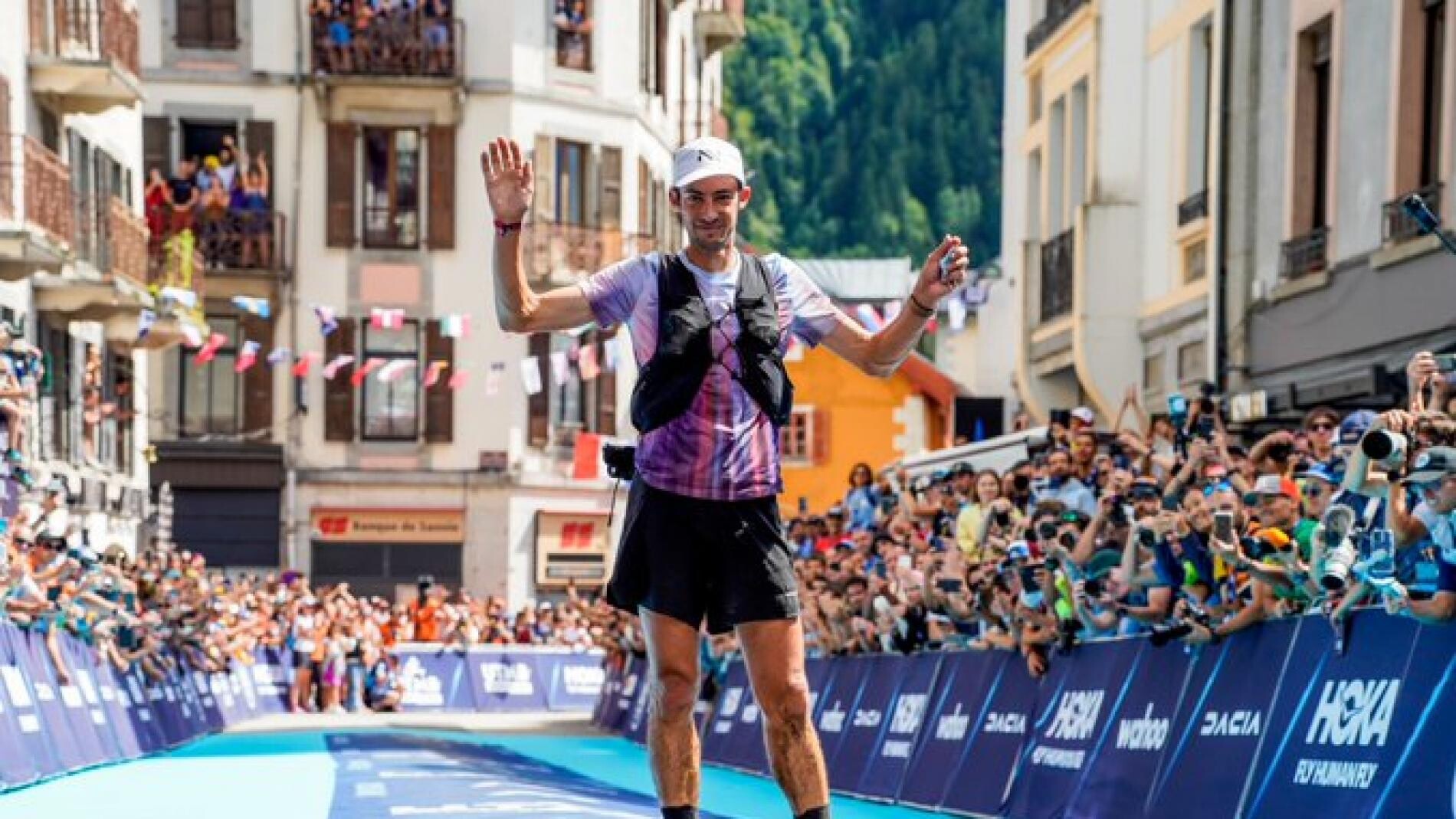
Jornet battled through injury in the Eiger Ultra Trail by UTMB, vying for a UTMB Running Stone that would allow him to compete in the final UTMB event in Chamonix. While Jornet leads the UTMB Index with a 945 rating, he needed to finish the race to become a contender in the final. The athlete injured his sacrum in training two days before Eiger Ultra, but fought through to finish in 48th place in a race won by 16-year-old Swiss athlete Lorick Buclin (1:21:26).
“Some days before Eiger Ultra trail I started to feel pain in my right hip, Jornet shared on Instagram. “I thought it was a muscle problem or tendinitis that would go away with some easy days, but after a check we found out it’s a bone edema.” The multi-sport mountain athlete explained that he suspected the cause was returning to big running weeks too quickly after a Himalayan expedition that left him with broken ribs and a hip injury.”It feels it’s a bad timing to get this injury so close to the races but managing injuries and recovery is part of an athlete’s life,” he said.
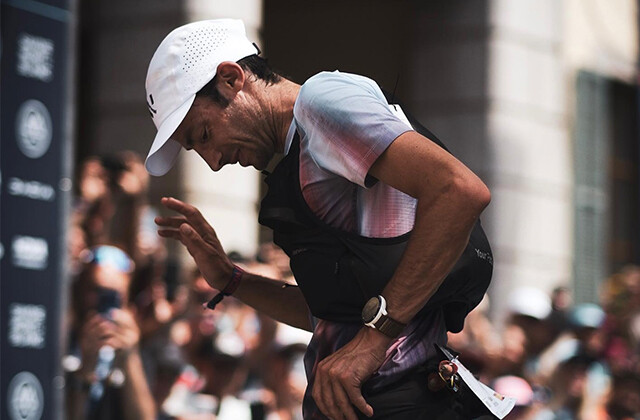
While Jornet expressed hopes in late July that he would be able to line up along the likes of Americans Jim Walmsley and Courtney Dauwalter, British ultrarunner Tom Evans and Canadian Blanchard, the athlete decided against it. Fans can hope to see him crewing his wife, Swedish ultrarunner and ski mountaineer Emelie Forsberg, who will be lining up at CCC (Courmayeur–Champex–Chamonix), the 100K race at the UTMB World Series Finals.
Jornet is somewhat of a legend at UTMB, first winning the race in 2008 as a 20-year-old and returning to win 2009, 2011 and 2022. Jornet has a long list of accomplishments and holds the fastest known time speed record for the ascent and descent of major mountains, including the Matterhorn and Mont Blanc.
by Keeley Milne
Login to leave a comment
North Face Ultra Trail du Tour du Mont-Blanc
Mountain race, with numerous passages in high altitude (>2500m), in difficult weather conditions (night, wind, cold, rain or snow), that needs a very good training, adapted equipment and a real capacity of personal autonomy. It is 6:00pm and we are more or less 2300 people sharing the same dream carefully prepared over many months. Despite the incredible difficulty, we feel...
more...Montreal ultrarunner Mathieu Blanchard to join star-studded UTMB field
Montreal’s Mathieu Blanchard has confirmed he will toe the start line at Ultra Trail du Mont-Blanc in two weeks, joining an elite lineup that organizers of the 171-km race are billing the strongest elite field since the race began 20 years ago.
Blanchard will be vying for his third consecutive podium finish in Chamonix on Sept. 1. He ran last year’s race in 19 hours, 54 minutes and 50 seconds to finish a close second behind Spain’s Kilian Jornet, who ran 19:49:30 for a new course record. In 2021, Blanchard finished third behind French runners François D’haene (20:45:59) and Aurélien Dunand-Pallaz (20:58:31).
In June, Blanchard ran 15:37:02 to finish sixth in his Western States Endurance Run debut. He told Canadian Running after the race that Western States presented a uniquely difficult challenge: “I pushed through, I fought hard, my body was super painful like never before,” he said, adding he was proud to earn the “mythic buckle” awarded to Western States winners.
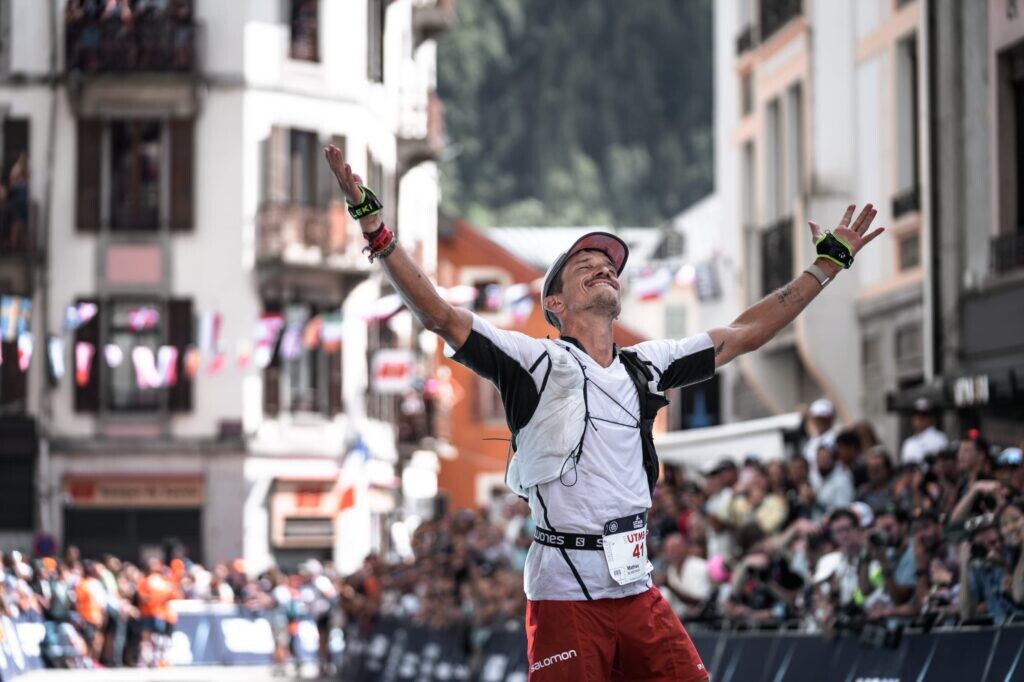
Among the giants of trail running Blanchard will be up against at UTMB is British runner Tom Evans, who ran the fourth-fastest time in Western States history (14:40:22) to win this year’s men’s race, and who finished behind Blanchard at last year’s UTMB to place third (20:34:35).
“I’m incredibly enthusiastic about the idea of taking part in the UTMB this year,” Evans recently told UTMB. “I’m coming into the event in a much better position than last year when I was fresh from a knee operation. The race is so full of history and for the 20th anniversary, I want to be part of the story by doing a Western States 100 Endurance Run and UTMB double. It’s a big challenge and with the strength of the peloton, it won’t be easy, but it’s a contest I’m looking forward to and believe I can achieve.”
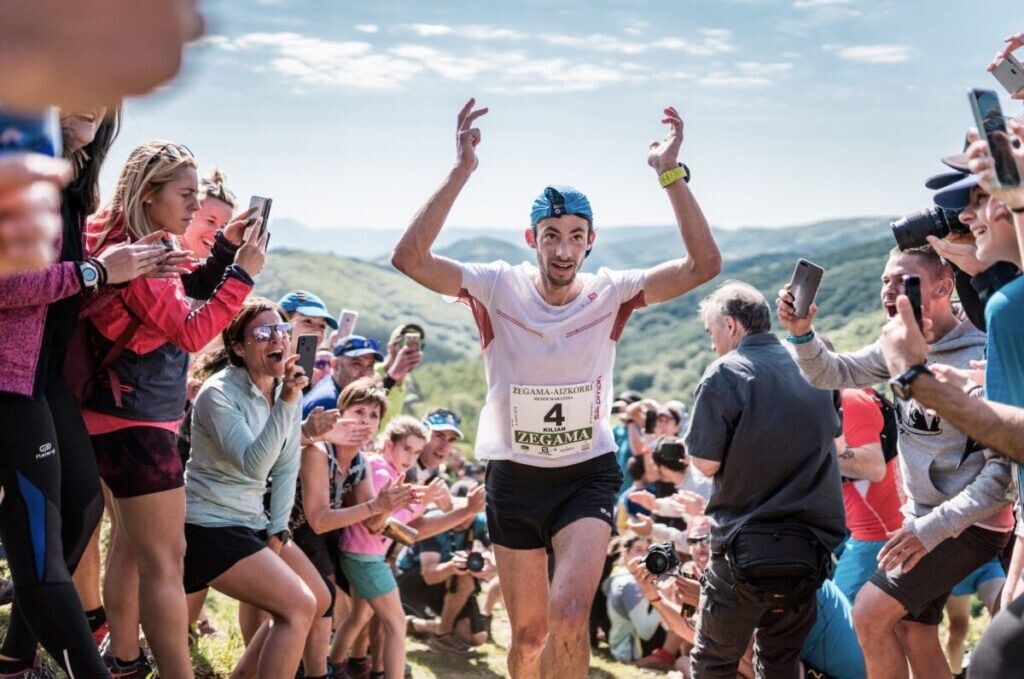
In addition to Jornet, this year’s men’s field will see the return of American Jim Walmsley, who finished fourth in last year’s race (21:12:12) and who has held the Western States course record (14:09:28) since 2019.
Other notable entries in the men’s field include Swiss runner Jonas Russi (winner of the Lavaredo Ultra Trail by UTMB 2023), fellow Swiss runner Jean-Philippe Tschumi (who shared victory at the 100K Trail 100 Andorra by UTMB with the American Ben Dhiman) and Sweden’s Petter Engdahl.
Arguably the most compelling storyline from this year’s UTMB will be American trail running phenom Courtney Dauwalter‘s quest for the triple crown following her resounding victories at Western States (where she ran 15:29:33 to smash the 16:47:19 course record set by Canadian Ellie Greenwood in 2012) and Hardrock 100 (where she set a new course record in 26:14:08). The Golden, Colo.-based runner won UTMB in 2019 (24:34:26) and again in 2021, when she set the current women’s course record (22:30:54).
She stands to face fierce competition from an elite field that includes New Zealand’s Ruth Croft (who finished second at Western States last year), Germany’s Katharina Hartmuth (winner of this year’s Eiger Ultra Trail by UTMB), Italy’s Martina Valmassoi (winner of the 2022 TDS in Chamonix) and Hungary’s Eszter Csillag, who finished fifth at last year’s UTMB.
by Paul Baswick
Login to leave a comment
North Face Ultra Trail du Tour du Mont-Blanc
Mountain race, with numerous passages in high altitude (>2500m), in difficult weather conditions (night, wind, cold, rain or snow), that needs a very good training, adapted equipment and a real capacity of personal autonomy. It is 6:00pm and we are more or less 2300 people sharing the same dream carefully prepared over many months. Despite the incredible difficulty, we feel...
more...Pro-runner Allie Ostrander’s Five tips for avoiding injuries
Former American steeplechaser turned trail-elite Allie Ostrander shared her tips for runners to avoid injuries on social media recently, telling fans to consider it her “formal petition against running-related injuries.”
Ostrander announced her shift from track to trail in Feb. 2023 (along with her partnership with ultrarunning GOAT Kilian Jornet‘s brand NNormal) and is also a mental health and eating disorder awareness advocate.
Originally from Kenai, Alaska, Ostrander had a very successful NCAA career with Boise State University in Idaho, winning three straight NCAA titles in the 3,000m steeplechase. Her tips on avoiding injuries are excellent ones for all runners, whether they run on track, trail or roads.
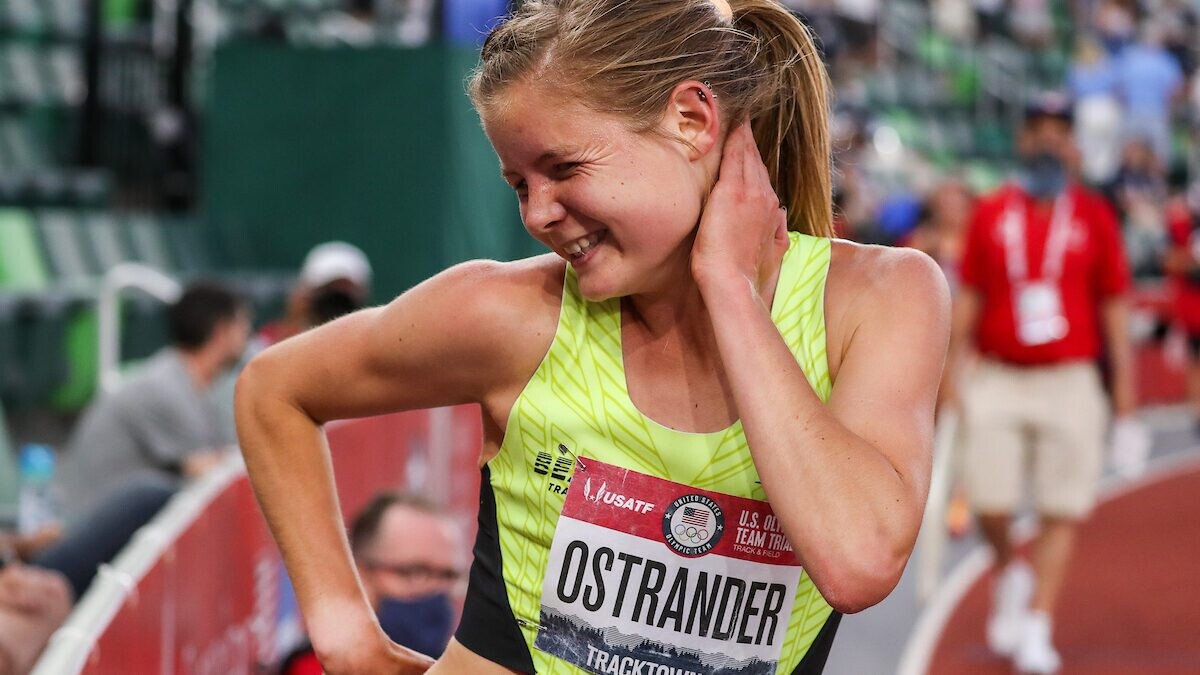
Here are Ostrander’s suggestions, along with some ideas to get you started.
Run more uphill miles
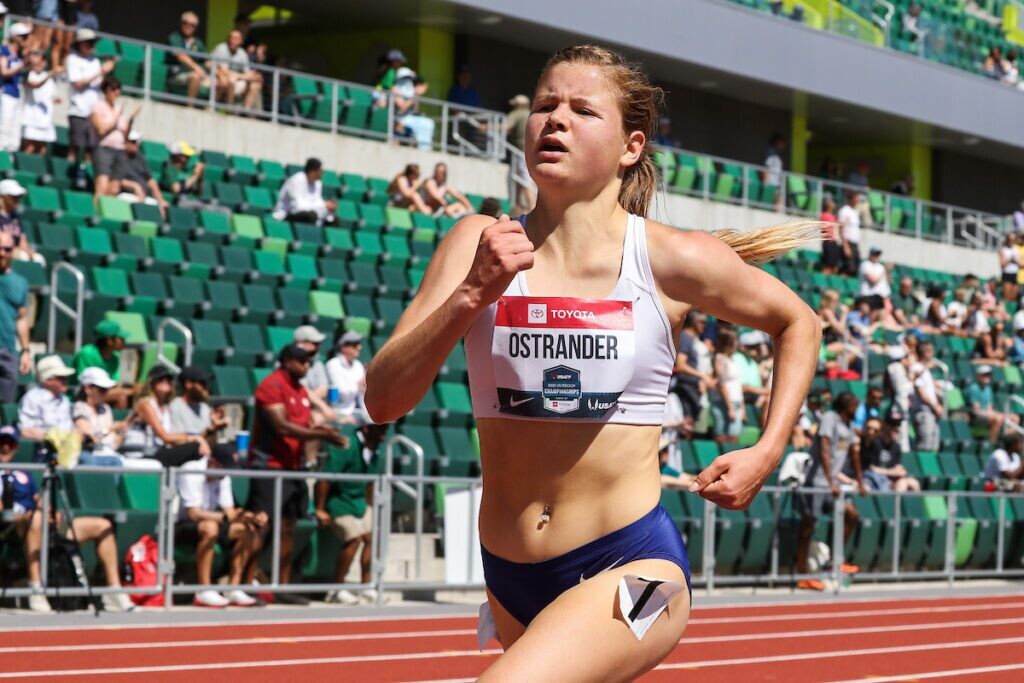
“Uphill running is lower impact and higher output, so you work harder,” shared Ostrander, “but it puts less stress on your bones.” She suggests running on the treadmill at a 3–5 percent grade, running up a long hill and getting a ride down, or doing hill repeats and walking downhill between reps.
Replace easy miles with cross training
“You don’t have to replace every easy run with a bike sesh because, let’s be honest, running is way more fun, but cross-training can be a great tool to get in some aerobic training without the impact,” Ostrander says. She suggests replacing 1–2 runs a week with a cross-training session and explains that she uses the formula of 10min of XT=1 mile running.
Try: a standing bike workout.
Don’t be afraid to strength train, lift heavy, and build muscle
Building muscle will make you a stronger runner, and you’ll be better equipped to power through hard training. “It can also correct imbalances and improve running economy,” says Ostrander.
Try: these at-home strength workouts with Canadian ultrarunner Jazmine Lowther.
Fuel
“Being in an energy deficit increases injury risk and decreases adaptation to training,” explains Ostrander. She recommends focusing on consistently giving your body the energy it needs.
Rest days are important
“Rest allows your body to absorb all the training,” Ostrander says. “Don’t wait until you feel overly tired or have some sort of pain to give yourself a day off.” It can be challenging to really allow ourselves to take the time off we need, and Ostrander suggests scheduling rest days into your training plan to keep it as much a priority as hard training.
Try: recovery day yoga to relax and unwind.
by Keeley Milne
Login to leave a comment
Don’t tell me what’s impossible – Tom Evans confirms UTMB is up next
Tom Evans has announced that he will run at this year’s Ultra Trail du Mont Blanc (UTMB) after a late alteration to his 2023 plans.
The British runner claimed a “dream” victory at Western States last month to add to his “super fun” Ultra-Trail Snowdonia win in May and second place at Black Canyons 100K in February.
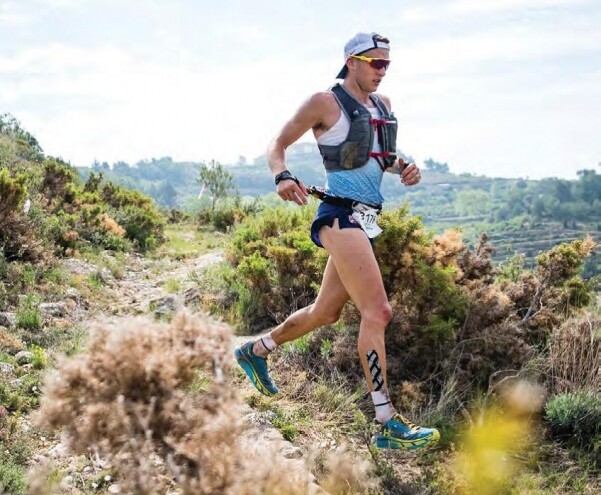
Evans crowned his return from knee surgery to finish third behind Kilian Jornet at last year’s UTMB, but had not scheduled in the iconic Chamonix race for 2023.
Western States recovery
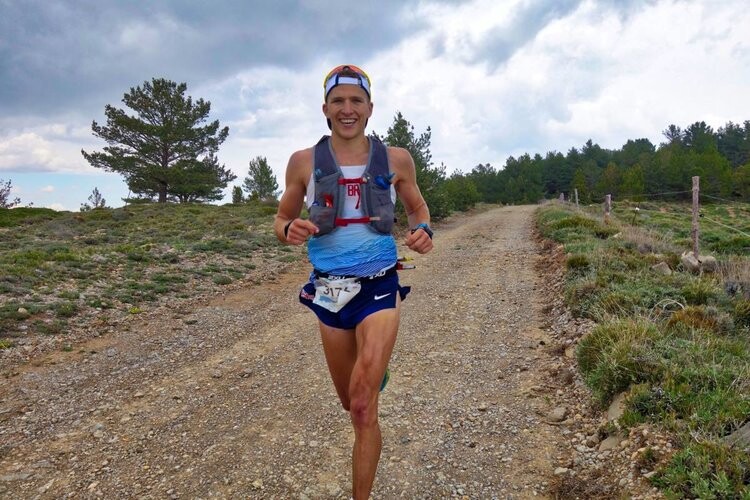
His race calendar for this year, which he shared on Instagram in January, included a Fastest Known Time (FKT) attempt of the Bob Graham Round in September, but there was no mention of UTMB following Western States.
However, after his dominant win in California’s Sierra Nevada Mountains, a defiant Evans suggested that UTMB could still be on the cards.
“If I recover well from this, I’ll race UTMB this year,” Evans said at the end of adidas TERREX’s documentary on his Western States win.
“People have said it’s impossible to do. Don’t tell me what’s impossible or not.
Irresistible challenge
Over the next three weeks, Evans’ recovery clearly went to plan and yesterday he revealed that he was unable to resist the allure of UTMB, which takes place next month.
“Couldn’t resist the chance to make more memories like this,” he wrote on Instagram. “See you in Chamonix!
“Next up… UTMB.
“The Western States 100 / UTMB double is something that has always interested me. It wasn’t on my original plan but things have to change with how you’re feeling!
“And now, I can’t wait for the challenge!”
by Olly Green
Login to leave a comment
North Face Ultra Trail du Tour du Mont-Blanc
Mountain race, with numerous passages in high altitude (>2500m), in difficult weather conditions (night, wind, cold, rain or snow), that needs a very good training, adapted equipment and a real capacity of personal autonomy. It is 6:00pm and we are more or less 2300 people sharing the same dream carefully prepared over many months. Despite the incredible difficulty, we feel...
more...What is the UTMB? Meet trail running’s most difficult race
We answer all of your questions about this hellacious footsport event
If you’re starting to dip your toes into the crazy sport of ultrarunning, a couple of things will happen. First, you’re going to need several pairs of the best trail running shoes in rotation at any given time to put up with all those miles pounding rocky trails, and second, it won’t be long before you hear mention of the UTMB.
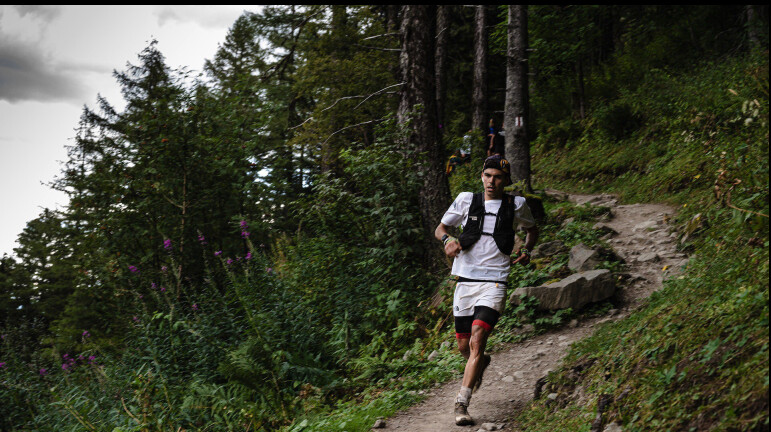
In fact, I recently attended the Arc’teryx Alpine Academy in Chamonix which holds a number of trail running clinics, and over the course of four days it was rare to have a conversation where the UTMB didn’t come up. Other participants in the academy wanted to know if our mountain guides had run it, how many times and whether they liked it (they don’t, considering it a tourist event) and mountain guides were keen to complain about how busy it made their favorite running trail.
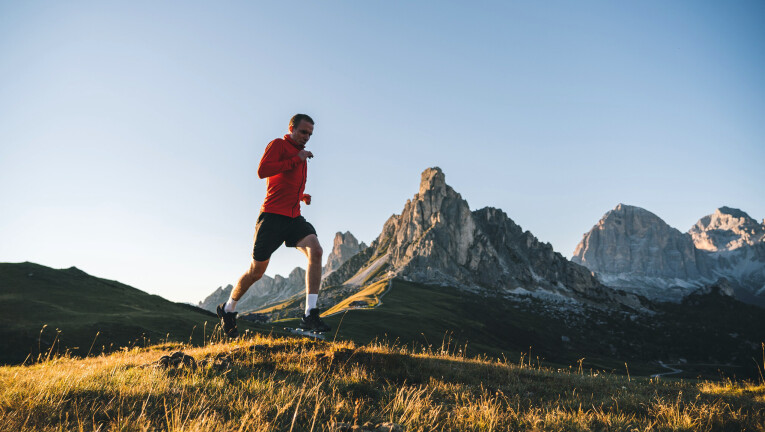
But what is the UTMB exactly? Is it the ultimate goal for all trail runners? Why is it so hard? Here, we answer all of your questions about this hellacious footsport event.
What is the UTMB race?
UTMB stands for Ultra-Trail du Mont Blanc and is considered one of the world's premier trail ultra marathons. This demanding annual event follows the route of the Tour du Mont Blanc, a classic long distance hiking trail which circles the Mont Blanc Massif over 106 miles and passes through France, Switzerland and Italy. The UTMB begins and ends in Chamonix and is regarded as one of the most difficult races in the world.
The race takes place on the last weekend of August or first weekend of September and is today the ultimate in a series of events that take place around the world. Runners from all over the world aspire to compete in the UTMB. In the first year of the race, there were 700 participants, but these days, participation is capped at around 2,300 runners and other events have been created to allow for more participation.
The maximum cutoff for the race is 46.5 hours. In 2022, Kilian Jornet became the first to complete the UTMB in less than 20 hours (check out his race data to find out how he managed it) but most mere mortals can expect to have to run for two days and two nights to complete the race. Better bring some running gels then!
How does the UTMB race work?
Due to the event’s extreme popularity, you need to qualify to run the UTMB. That involves accumulating points through qualifying trail races over a two-year period. Qualifying races take place all over the world, from elsewhere in the Alps to Snowdonia, California, Mexico, Hong Kong and Australia. So if you’re serious about participating, you’ll have lots of time to train.
For each event you participate in and complete you’ll receive one running stone, which you can then enter into the lottery to be selected. You can enter the lottery at the UTMB website.
Why is UTMB so hard?
Besides the fact that at over 100 miles, it’s very long, competitors in the UTMB are also looking at 32,940 feet of elevation gain. In comparison, over roughly the same distance you could run the Leadville 100 in Colorado and gain only 11,000 feet (though at much higher altitude) or the West Highland Way in Scotland where you’d gain 10,300 feet.
The highest point of the route is 8,743 feet, which you’ll reach twice, in both Switzerland and France. That’s not extremely high altitude and it’s unlikely you’d experience altitude sickness at that height, but you’ll definitely notice shortness of breath and more challenging conditions, especially if you’re not already used to this altitude.
What you can also expect is more extreme conditions that come with trail running in the Alps. The altitude combined with the season means that the days might be swelteringly hot, while the temperatures at night could drop down around freezing at night.
How much does it cost to enter UTMB?
In 2023, the UTMB itself cost €335 to enter, plus administration fees. Of course, you’ll also have to pay registration fees for your qualifying events too. Your race will also include the cost of traveling to and from Chamonix, and accommodation while you’re there, but on the plus side the aid stations will be on hand to feed you during the race so you can save a little on those pricey Chamonix restaurants.
How many people have died in UTMB?
Sadly, deaths do occur in ultrarunning events and it’s perhaps more remarkable that for 17 years, no fatalities occurred during the UTMB, which not only places runners’ under extreme physical stress but entails a lot of night running. There have now been two deaths of runners in the UTMB, occurring in 2021 and 2022, both as the result of falls.
Do people sleep during UTMB?
Some runners somehow manage to do the UTMB without sleeping at all while others do sleep, but they’re not carrying a bivy sack and grabbing eight hours if that’s what you’re wondering. Sleeping during the UTMB looks like cat napping, and according to a 2015 study of 17 UTMB runners, the average time spent resting was between 12 and 17 minutes in total, and hallucinations were a common complaint, understandably.
Can you walk the UTMB?
Can you walk the UTMB? Well, yeah you could. Since the race is 106 miles and you have 46.5 hours to complete it, you technically could walk at a 2.3 mile per hour pace without any breaks and make the cutoff. Obviously though, you could just walk it at a time when the race isn't going on, save yourself €335 and enjoy far fewer people on the trail.
In all seriousness though, if you don’t already know, ultrarunning is actually hiking, and you’re not going to be running at the same pace you do on the tarmac back home. Even Jornet ran at an adjusted pace of around five miles per hour which isn’t exactly turbo speed (though it is if you maintain that for 20 hours). You’ll most likely walk the uphills and slow down or walk for rest periods, making up time on the downhills. And sorry, there aren’t many flats to speak of.
Login to leave a comment
When Will Eliud Kipchoge Slow Down?
What we can learn from the world’s greatest distance runner of all-time while he’s still in his prime
Eliud Kipchoge has expanded the universe of what’s humanly possible in the marathon, and he will forever remain a legend in the sport of long-distance running.
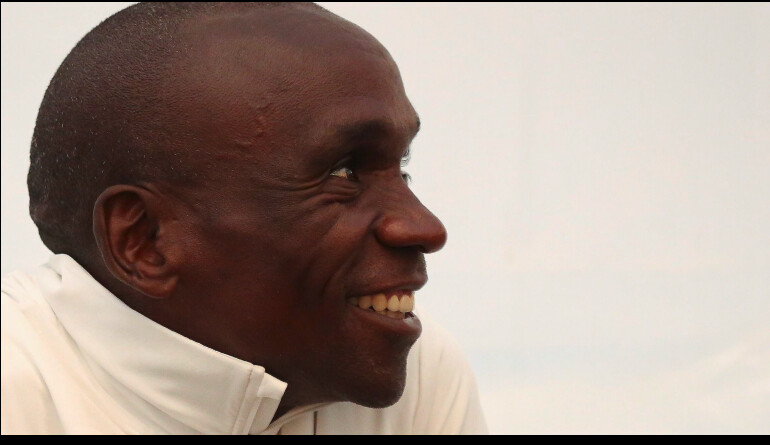
Not only for himself, but especially for those who have come after him. That includes everyone, both elite and recreational runners, who are preparing a marathon this fall or some distant point in the future. His current 2:01:09 world record and his barrier-breaking 1:59:40 time-trial effort in 2019 are legendary feats, both for the current generation of runners and for all time.
The 38-year-old Kenyan marathoner is a once-in-a-lifetime athlete, but time waits for no one, and especially not a long-distance runner. Like all elite athletes, his time at the top is limited, but fortunately, there is still time to immerse in the inspirational examples he’s providing.
Kipchoge recently announced he’ll return to the Berlin Marathon on September 24, where, last year, he won the race for the fourth time and lowered the world record for the second time. It is most likely what will be the beginning of a grand denouement as he goes for another gold medal at the 2024 Olympics next summer in Paris.
Given that he won his first global medal in the City of Light—when, at the age of 18, he outran Moroccan legend Hicham El Guerrouj and Ethiopian legend-in-the-making Kenenisa Bekele to win the 5,000-meter run at the 2003 world championships—it would certainly be one of the greatest stories ever told if he could win the Olympic marathon there next year when he’s nearly 40.
Certainly he’ll run a few more races after the Olympics—and maybe through the 2028 Olympics in Los Angeles—but, realistically, it is the start of a farewell tour for a runner who will never be forgotten.
Don’t get me wrong: I’m not at all writing Kipchoge off. In fact, I am excited to see him run in Berlin and can’t wait to watch next year’s Olympic marathon unfold. But just as we’ve watched Michael Jordan, Tiger Woods, Serena Williams, Shalane Flanagan, Usain Bolt, Allyson Felix, and other elite athletes succumb to the sunsetting of their peak performance level, so too will Kipchoge eventually suffer the same fate.
What I’m saying here is that we still have time to watch and appreciate Kipchoge eloquently working his magic and continue to be inspired in our own running and other pursuits in life. Remember how we marveled at Michael Jordan’s greatest in “The Last Dance” more than 20 years after his heyday? This is the start of the last dance for Kipchoge, who, like Jordan, is much, much more than a generational talent; he’s an all-time great whose legacy will transcend time.
Running has seen many extraordinary stars in the past 50 years who have become iconic figures— Frank Shorter, Joan Benoit Samuelson, Ted Corbitt, Carl Lewis, Steve Jones, Paul Tergat, Catherine Ndereba, Paula Radcliffe, Haile Gebrselassie, Kenenisa Bekele, Mary Keitany, Brigid Kosgei, and Kilian Jornet, to name a few—but none have come close to the body of work and global influence of Kipchoge.
Not only is Kipchoge one of the first African athletes to become a household name and truly command a global audience, but he’s done more than other running champions because of he’s been able to take advantage of this advanced age of digital media to deliberately push positive messages and inspiring content to anyone who is willing to receive it.
Kipchoge has won two Olympic gold medals, set two world records, and won 17 of the 19 marathons he entered, but he’s so much less about the stats and bling and more sharing—to runners and non-runners alike—that “no human is limited” and also that, despite our differences, we’re all human beings faced with a lot of the same challenges in life and, ultimately, hard work and kindness are what put us on the path to success.
How can an average runner who works a nine-to-five job and juggles dozens of other things in daily life be inspired by an elite aerobic machine like Kipchoge?
He is supremely talented, no doubt, but many elite runners have a similar aerobic capacity to allow them to compete on the world stage. What Kipchoge uniquely possesses—and why he’s become the greatest of all-time—is the awareness and ability to be relentless in his pursuit of excellence, and the presence and good will of how beneficial it is to share it.
If you haven’t been following Kipchoge or heard him speak at press conferences or sponsor events, he’s full of genuine wisdom and encouragement that can inspire you in your own running or challenging situation in life. His words come across much more powerfully than most other elite athletes or run-of-the-mill social media influencers, not only because he’s achieved at a higher level than anyone ever has, but because of his genuine interest in sharing the notion that it’s the simplest values—discipline, hard work, consistency, and selflessness—that make the difference in any endeavor.
This is not a suggestion to idolize Kipchoge, but instead to apply his wisdom and determination into the things that challenge you.
“If you want to break through, your mind should be able to control your body. Your mind should be a part of your fitness.”
“Only the disciplined ones in life are free. If you are undisciplined, you are a slave to your moods and your passions.”
“If you believe in something and put it in your mind and heart, it can be realized.”
“The best time to plant a tree was 25 years ago. The second-best time to plant a tree is today.”
Those are among the many simple messages that Kipchoge has lived by, but he also openly professess to giving himself grace to take time for mental and physical rest and recovery. It’s a simple recipe to follow, if you’re chasing your first or fastest marathon, or any tall task in life.
Kipchoge seems to defy age, but his sixth-place finish in the Boston Marathon in April proved he’s human. As much as it was painful to watch him falter, it was oddly refreshing and relatable to see him be something less than exceptional, and especially now that he’s tuning up for Berlin. He has nothing left to prove—to himself, to runners, to the world—but he’s bound to keep doing so just by following the same simple, undaunted regimen he always has.
There will be other young runners who will rise and run faster than Kipchoge and probably very soon. Fellow Kenyan Kelvin Kiptum—who has run 2:01:53 (Valencia) and 2:01:25 (London) in his first two marathons since December—seems to be next in line for Kipchoge’s throne of the world’s greatest runner. But even after that happens, Kipchoge’s name will go down in history alongside the likes of Paavo Nurmi, Abebe Bikila, Emil Zátopek, Grete Waitz, Shorter and Samuelson because of how he changed running and how he gave us a lens to view running without limits.
Berlin is definitely not the end of Kipchoge’s amazing career as the world’s greatest long-distance runner. I fully expect him to win again in an unfathomable time. But the sunset is imminent and, no matter if you are or have ever been an aspiring elite athlete at any level, a committed recreational runner, or just an occasional jogger trying to reap the fruits of consistent exercise, his example is still very tangible and something to behold.
by Outside Online
Login to leave a comment
Kilian Jornet confirms UTMB plan with entry into Eiger Ultra Trail
Kilian Jornet has confirmed he plans to be in Chamonix at the end of August to defend his UTMB title.
And he will race at this weekend’s Eiger Ultra Trail with the aim of securing the single running stone he needs to qualify for UTMB.
Return from Himalayas
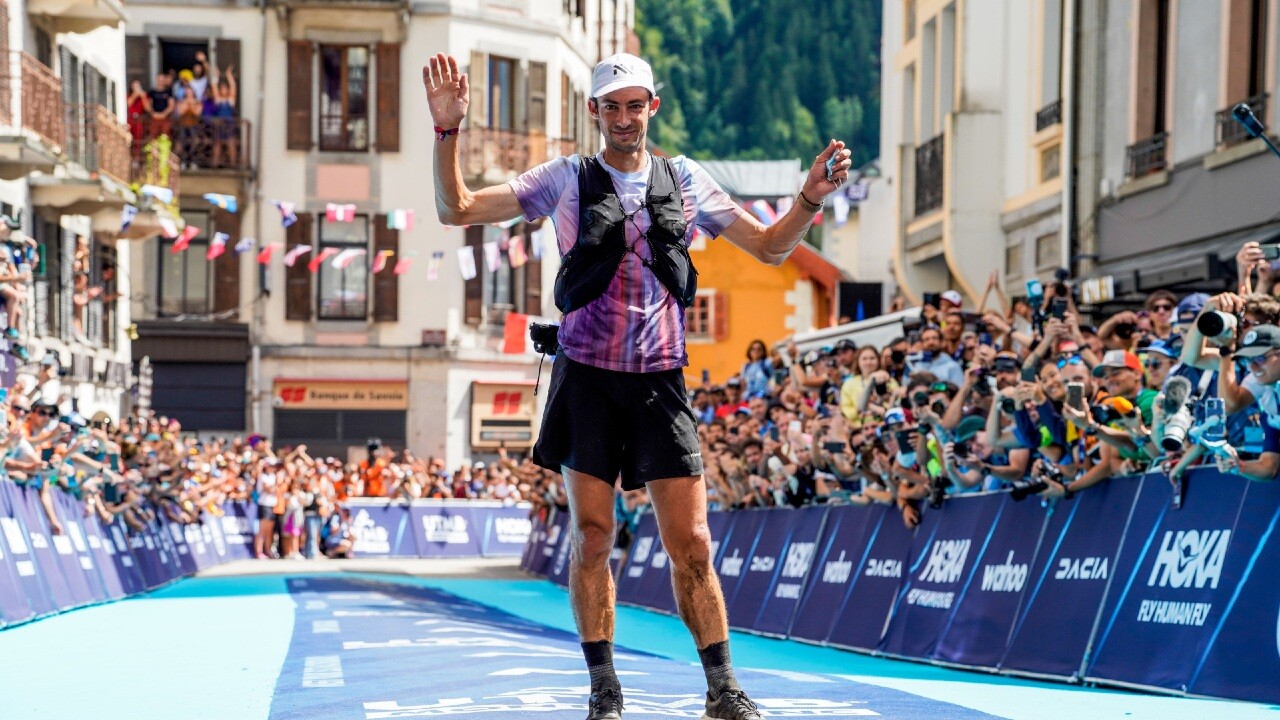
Kilian Jornet is only recently back from a trip to the Himalayas, a trip that saw him survive an avalanche that carried him for 50 metres during a solo attempt on the West Ridge of Everest, and the legendary trail runner and mountaineer has told his Instagram followers that he wanted to be sure he was fully recovered.
”I wanted to see how I was feeling, how I was in my body [after the trip to the Himalayas],” he said.
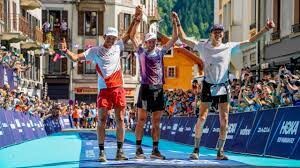
‘’I have mentioned I wanted to do some long distance at the end of the season and actually I am kind of looking like I would like to do UTMB.
‘‘But I need to classify first and I need to have some points so I will try to get them this weekend at Eiger and see if I can be at Chamonix at the end of August.’’
Eiger E16 Pleasure Trail
Jornet will be taking on the E16 Pleasure Trail race on Saturday – a 16k race that is described by the UTMB as ‘perfect for short distance specialists, and for those wishing to enjoy a shorter trail at their leisure.’
Although that race may not be the most likely to feature a runner of Jornet’s calibre, as one of the top-three UTMB finishers last year he has a priority for registration for this year’s event, but he must have at least one running stone and he has chosen Eiger to achieve it.
Last year’s UTMB saw Jornet at his very best as he took his fourth race victory, set a new course record and became the first person to cover the famous course in under 20 hours.
When Jornet announced his 2023 schedule earlier in the year, the only defined race was a return to Sierre-Zinal on August 12th – a race he’s won nine times, setting the course record of 2:25:36 in 2019.
Alongside a ‘trip to the Himalayas’ Jornet said he was considering a ‘Long-distance project/race’ later in the season. That race now looks most likely to be UTMB.
by Chris Buckley
Login to leave a comment
North Face Ultra Trail du Tour du Mont-Blanc
Mountain race, with numerous passages in high altitude (>2500m), in difficult weather conditions (night, wind, cold, rain or snow), that needs a very good training, adapted equipment and a real capacity of personal autonomy. It is 6:00pm and we are more or less 2300 people sharing the same dream carefully prepared over many months. Despite the incredible difficulty, we feel...
more...Hardrock 100 preview: will Courtney Dauwalter do it again?
The Hardrock Hundred Mile Endurance Run (HR100), known for its high altitude, deep elite field and challenging entry process, begins Friday at 8:00 a.m. E.T. This year’s event, the first ever to be live-streamed, promises to be a thriller. Runners will encounter over 10,000 metres of elevation gain while facing extreme weather conditions, navigating treacherous terrain and attempting to avoid altitude sickness.
Only 140 participants get to line up at Hardrock each year, and this year’s contenders include the remarkable Courtney Dauwalter, fresh off a jaw-dropping performance and course record at the Western States 100, and other well-known elites. The race will be live-streamed on the Run Steep Get High YouTube channel. Here’s what you need to know to follow along.
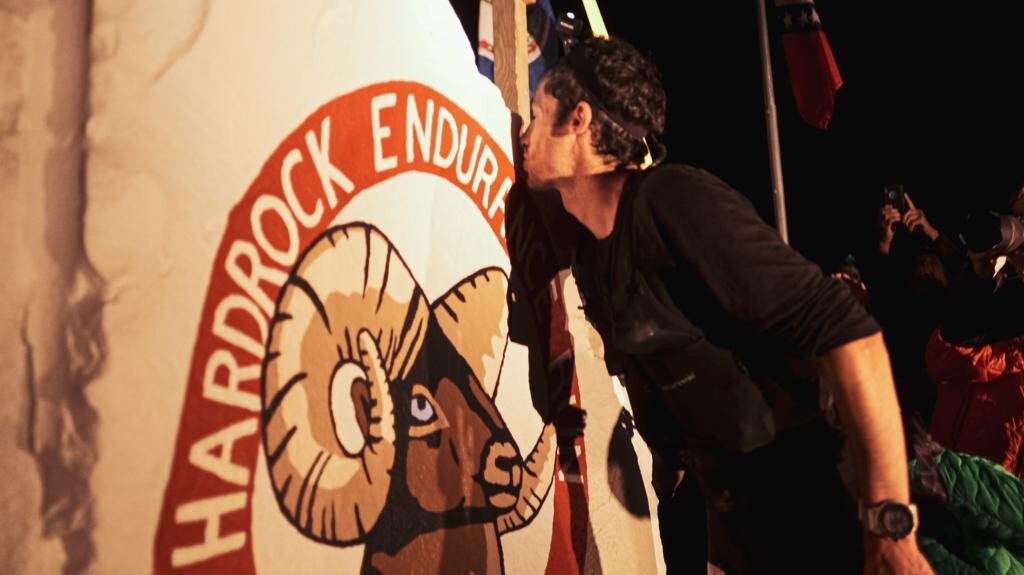
HR100 both begins and ends in Silverton, Co., and athletes are above 3,300 metres elevation for much of the race. It was founded in 1992 as a tribute to the miners who used to follow “their mules and instincts, prospecting the San Juans for gold, silver, and other metals,” the race website explains. With a finishing cutoff time of 48 hours, athletes know they are in for a long haul. The course switches directions every year, and this year runners are moving counter-clockwise around the looped course.
The women’s race
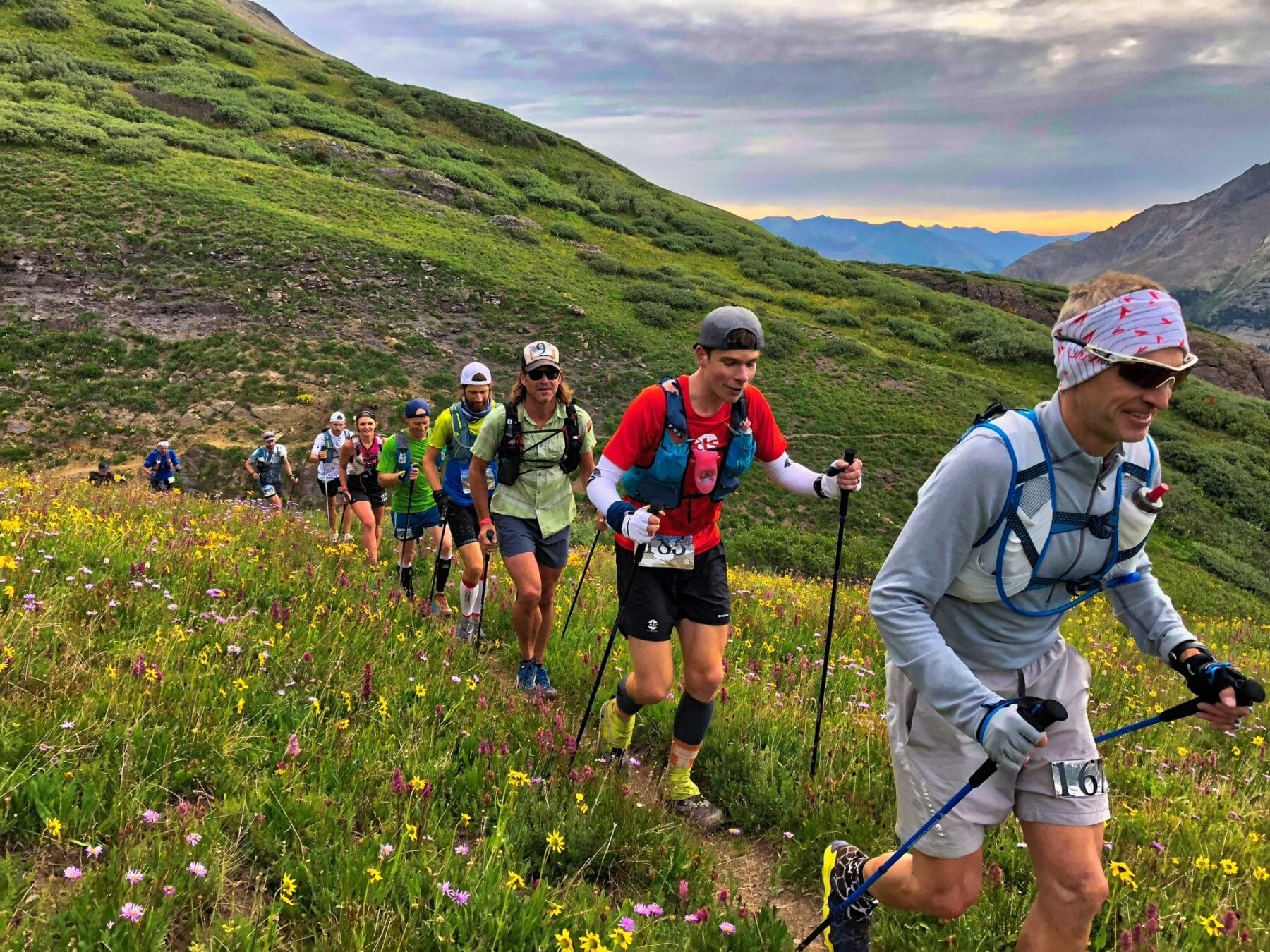
All eyes are on the phenomenal Dauwalter this year (but when are they not?) after a stunning performance three weeks ago at Western States, where she set a blistering new course record (78 minutes faster than Canadian Ellie Greenwood’s from 2012) and placed fifth overall. Canada’s Stephanie Case, who was second last year, has withdrawn from this year’s event. 60-year-old legendary ultra machine Pam Reed of Jackson Hole, Wyo., will be tackling the third part of her WSER/Badwater 135/HR100 triple this year.
Leadville, Colo.-based Dauwalter holds the course record for HR100 in the clockwise direction (26:44) from 2022; this year runners will move counter-clockwise, and that course record is 27:18 for women, set by Diana Finkel in 2009, and Dauwalter will most certainly be looking to challenge that time. Will her legs be tired? Will she win the entire thing? We can’t wait to find out.
Also from Leadville, 23-year-old trail phenom Annie Hughes won the Run Rabbit Run 100-Miler and High Lonesome 100 Mile in 2022, and the Leadville 100 Mile in 2021. She’s a high-altitude ultrarunning champ, and has also compiled some wins in really long races–she won the Cocodona 250 Mile in 2022 and Moab 240 in 2021.
If you haven’t heard of France’s Claire Bannwarth, it’s time to brush up: she was the first woman in the 432-kilometre 2022 Winter Spine Race (by more than 24 hours), and will be making her North American racing debut at HR100. Bannwarth races prolifically and runs long–she will be jumping into the Tahoe 200 Mile race a week after HR100.
Colorado’s Darcy Piceu, fresh off the waitlist, is a veteran of HR 100, with the 2023 edition being her 10th running. Piceu boasts three wins and five second-place finishes, and she was fourth in 2022.
The men’s race
With Kilian Jornet, last year’s winner (and course record holder in the clockwise direction) not returning this year, the podium seems up for grabs. None of the other top four men from 2022 will be headed to the San Juans, but a very accomplished group of athletes will be lining up and fans will be eager to see who holds up to the HR100 test.
Ohio’s Arlen Glick is a master of the 100-mile distance, running 12:57 to win the Umstead 100-miler in April and taking a speedy third at October’s Javelina 100. Like Dauwalter, Glick raced at WSER last month. He placed 14th, while he took third in 2022. Glick will be a hot contender and fascinating to watch at HR100.
California-based Dylan Bowman is a Hardrock veteran, placing second at the 2021 edition. Bowman has had a lower racing profile in the past year while working on Freetrail, a media business and trail running community. He’s been training in the San Juans pre-race and is eager to showcase his ability.
France’s Aurélien Dunand-Pallaz has over 10 years of ultrarunning success, but gained notoriety in 2021 when he took second at UTMB and won Spain’s Transgrancanaria. He missed the 2022 edition of HR100 for the birth of his child and is a favourite in his debut this year.
Oregon-based trail running legend Jeff Browning will be taking on his sixth Hardrock at age 51. Browning won in 2018, and finished fifth the past two years. In October, Browning won the Moab 240 in 57 hours, and more recently, he showcased his fitness by winning the Bighorn 100.
by Keeley Milne
Login to leave a comment
Hardrock 100
100-mile run with 33,050 feet of climb and 33,050 feet of descent for a total elevation change of 66,100 feet with an average elevation of 11,186 feet - low point 7,680 feet (Ouray) and high point 14,048 feet (Handies Peak). The run starts and ends in Silverton, Colorado and travels through the towns of Telluride, Ouray, and the ghost town...
more...Five wins, a dislocated shoulder and the course record – Kilian Jornet at Hardrock 100
Kilian Jornet has dominated several races throughout his career and Hardrock 100 is one of the many where he has left a significant impression.
The Spaniard, widely regarded as mountain running’s GOAT (Greatest Of All Time), has triumphed five times at the iconic 102.5-mile race in the San Juan Mountains in Colorado, USA.
Jornet is the joint-most successful runner in Hardrock 100 history – which dates back to 1992 – alongside Karl Meltzer and Betsy Kalmeyer. He has won the race each time he has entered, with his first triumph coming in 2014.
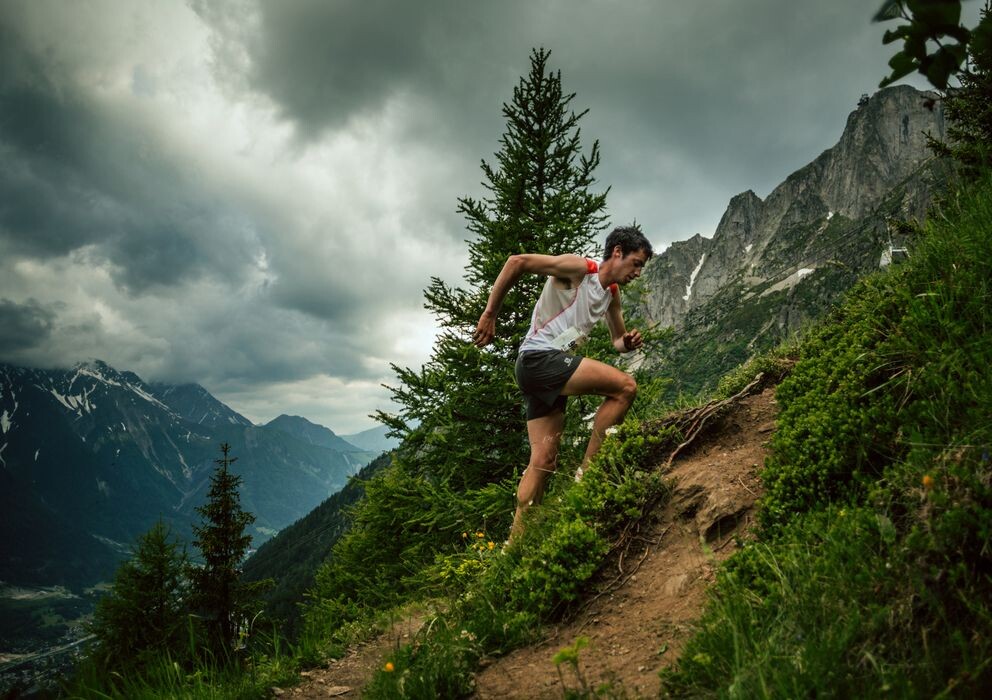
Four-time Ultra-Trail du Mont-Blanc (UTMB) winner Jornet also holds the course record at Hardrock 100, completing the clockwise route in 21:36:24 last year.
Having been raised in the Spanish Pyrenees, Jornet has thrived at high-altitude races, and that ability has been apparent at Hardrock 100, which features a total elevation gain of 33,195ft and boasts a highest point of 4,048ft.
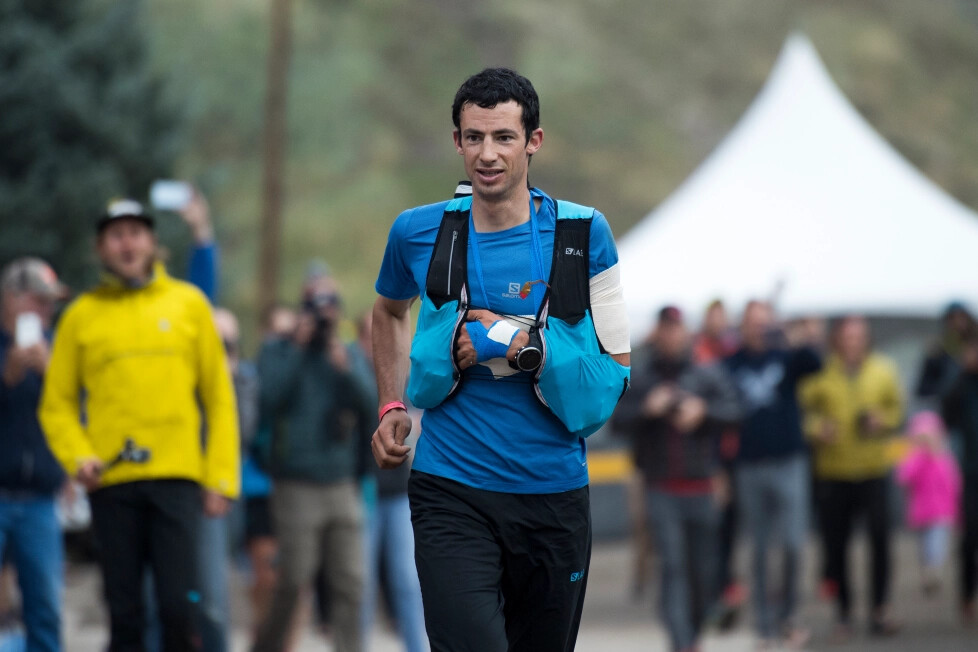
Instant impact
Jornet debuted at Hardrock 100 almost a decade ago, coming into the race off the back of wins at Zegama-Aizkorri and Marathon du Mont-Blanc in the two months prior.
He would lay down an instant marker as he romped to victory in a clockwise-record time of 22:41:00, finishing nearly two and a half hours clear of France’s Julien Chorier, the 2011 winner.
It was the first time a runner had managed sub-23 hours at Hardrock 100, with USA’s Kyle Skaggs having recorded the previous best of 23:23:10 in 2008.
The next year, Jornet claimed victory again – this time more than two hours ahead of USA’s Mike Foote – eclipsing the counter-clockwise course record on that occasion. He clocked 23:28:00, shaving just under an hour off Frenchman Sebastien Chaigneau’s 2013 effort.
He made it three in a row in 2016, sharing the title with Jason Schlarb after an incredible duel with the American. Having worked together and battled for hours, the pair agreed to finish together, coming home in 22:58:28.
Dislocated shoulder
2017 would bring a fourth successive Hardrock 100 victory for Jornet, but it was far from straightforward as he took a fall and suffered a dislocated shoulder around 14 miles into the race.
He powered on regardless, popping his joint back into place before medics wrapped his damaged limb in a sling later on in the day.
Incredibly, despite being forced to use a single trekking pole and facing a vicious hail storm, Jornet clinched the win again as he finished in 24:32:20, 23 minutes clear of Foote.
Record obliterated
Jornet didn’t race at Hardrock 100 for five years after his four back-to-back victories, and France’s Francois D’Haene beat both his overall and counterclockwise records when he put up a staggering 21:45:50 in 2021.
But a sensational return came last year as Jornet improved the record further, finishing in 21:36:24 and overcoming second-place D’Haene by around 15 minutes.
Weird and wonderful
Jornet has often spoken of his affection for Hardrock 100, hailing its remarkable setting and quirky traditions, a trait shared with some of the world’s craziest ultramarathons.
To complete the event, runners are required to ‘kiss the Hardrock’, a picture of a ram’s head painted on a large block of stone mining debris – a nod to the origins of the race.
“Leaving a rock with a mountain goat painted on it, to run around the San Juan mountains with a bunch of other runners, aiming to get back to that rock to give it a kiss,” Jornet wrote in an Instagram post.
“Ultra running can be as weird as beautiful and I love it!”
The Rocky Mountains provide a stunning landscape for Hardrock 100, and Jornet, who is dedicated to environmental sustainability, has spoken of his affection for the area and the people who make the race possible.
“The wilderness and landscapes of San Juan Mountains are so breathtaking,” he added in another post. “I feel so fortunate to know this part of the world.
“The race is attractive because of its beautiful landscapes and the hardness of the challenge – high elevation, several times above 4,000m, the route often on steep narrow trails.
“What makes one want to come back it’s its community. The volunteers, the crewing and pacers, the people doing trail work, and the runners celebrating together the love for trail running and this mountains.”
by Olly Green
Login to leave a comment
Hardrock 100
100-mile run with 33,050 feet of climb and 33,050 feet of descent for a total elevation change of 66,100 feet with an average elevation of 11,186 feet - low point 7,680 feet (Ouray) and high point 14,048 feet (Handies Peak). The run starts and ends in Silverton, Colorado and travels through the towns of Telluride, Ouray, and the ghost town...
more...2023 Western States 100 Men’s Preview
The Western States 100 is set for 2023. The iconic point-to-point, net-downhill course takes in 100.2 miles, 18,000 feet of climbing, and 22,000 feet of descending, as it starts at the Palisades Tahoe ski resort in Olympic Valley, California, and finishes at Placer High School in Auburn.
Environmental conditions will play into the race’s competitive story this year. With record snowfall throughout the upper elevations of the Sierra Nevada, the mountain range through which the race travels, runners will encounter plenty of snow over the course’s first quarter, along with numerous high water crossings lower down as all that snow melts.
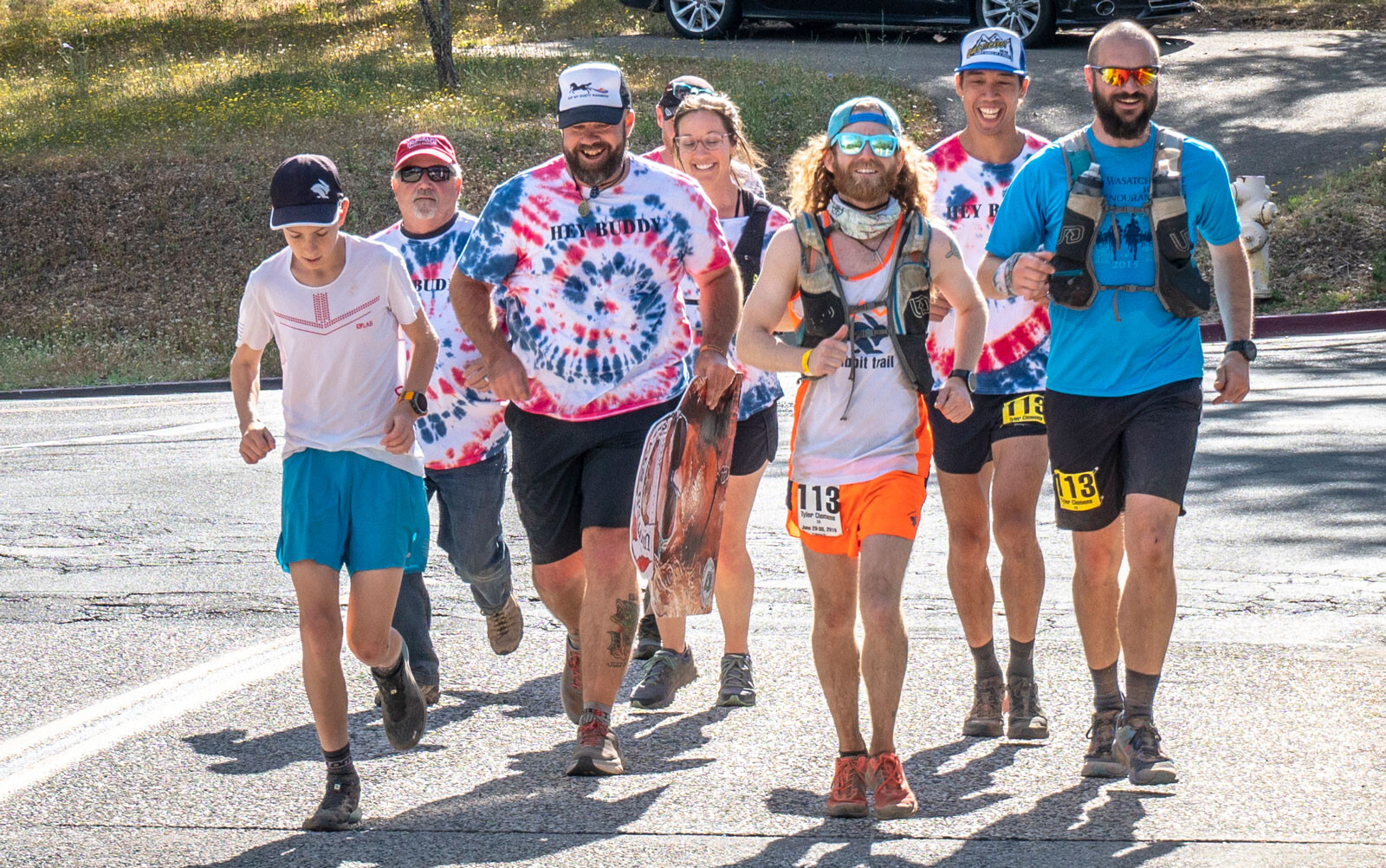
Some 16 miles of the course were burned over by last fall’s Mosquito Fire, leaving miles of shade-less terrain. And of course, there will probably be weather at play, with the event’s notorious heat likely to encompass the middle and lower elevations of the course.
The men’s race at last year’s Western States 100 was sharp, with just 50 minutes separating the first and 10th finishers. Seven of that stellar line-up are back this year, as well as some serious additions like the U.K.’s Tom Evans, French-Canadian Mathieu Blanchard, and Dakota Jones.
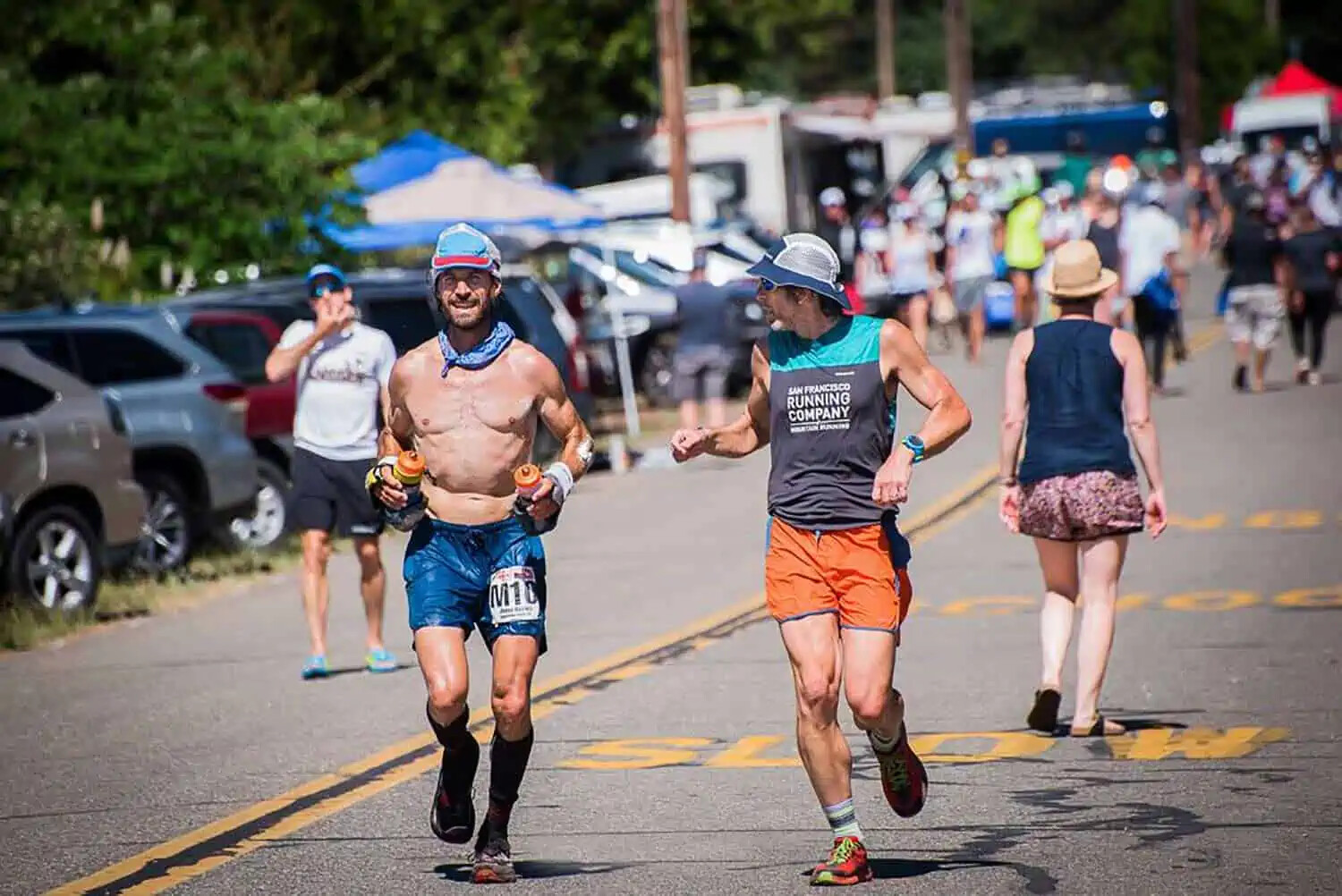
Although there are notable absentees including reigning champion Adam Peterman and course-record holder Jim Walmsley, the depth of this men’s field suggests it could be an even tighter race this year.
As you’d guess, iRunFar will be there to report firsthand on all the action as it unfolds starting at 5 a.m. U.S. PDT on Saturday, June 24. Stay tuned!
A special thanks to HOKA for making our coverage of the Western States 100 possible!
Be sure to check out our in-depth women’s preview to learn about the women’s race and, then, follow our live coverage on race day!
The top 10 runners in the 2022 race were invited to return for 2023. Unfortunately, reigning champion Adam Peterman is out with injury, and seventh-place Vincent Viet of France has opted not to return. It also looks like fifth-place Drew Holmen has withdrawn, as he just finished fifth at the Trail World Championships 80k, held in Austria 15 days before Western States.
Hayden Hawks – 2nd, 15:47:27
Last year’s second-place man, Hayden Hawks, was pretty jovial in his post-race interview about not being able to best race winner Adam Peterman. But without the reigning champion present on the start line, this could be Hawks’s year. Despite struggling with the heat last year, his finish time knocked two hours off his eighth-place finish from 2021, and there are lots of indicators that he could have more to offer on this course.
Some of his previous top performances include a 5:18 win at the 2020 JFK 50 Mile and a win at the 2018 Lavaredo Ultra Trail. So far this year, he’s warmed up by winning the Canyons 50k and taking second at the Tarawera Ultramarathon 100k.
Arlen Glick – 3rd, 15:56:17
Arlen Glick surpassed a lot of people’s expectations when he took third at Western States last year. Although he went into the race with bag of form in the 100-mile distance — having won the Javelina 100 Mile, the Mohican 100 Mile and the Burning River 100 Mile all in 2021 — this was his initiation into mountainous ultrarunning. He took to it very well, running a stormer to place third, and has since logged more mountain miles, taking second in the Run Rabbit Run 100 Mile later in 2022, before returning to the 2022 Javelina 100 Mile to place third.
Tyler Green – 4th, 15:57:10
Tyler Green took fourth at Western States last year, and forced third-place Arlen Glick into an uncomfortable sprint finish as he closed on him in the race’s final moments. In terms of placing, he was back from his second-place finish in 2021, but improved his finish time by about 14 minutes in his third go at the race. In 2019, he placed 14th in a time of 16:51, in what was a very fast year.
Following on from Western States last summer, he had a below par run at the 2022 UTMB, making it just inside the top 50, but showed he is back on form with a third-place finish at the 2023 Transgrancanaria. Last year in his pre-race interview he spoke about stepping back from his day job of teaching to focus more on track coaching and his own running, so that may have allowed him to come into this year’s race with better preparation than previous years.
Ludovic Pommeret (France)
Ludovic Pommeret, sixth at last year’s Western States, went on to inspire veteran racers everywhere with a commanding win at the 2022 TDS at age 47 — almost an hour clear of second place on the demanding route. Some of his other top performances include a win at the 2016 UTMB, where he also took fourth in 2021, and a win at the 2021 Diagonale des Fous.
He’s probably at the other end of the spectrum of Arlen Glick, in that his best performances have been on courses more mountainous than this one, but he’s still not to be underestimated.
Not many ultra-trail runners have made Kilian Jornet sweat to the degree that French-Canadian Mathieu Blanchard did at last year’s UTMB. The two battled it out all day for a close finish, in which Blanchard took second place — under the existing course record — thus earning his Golden Ticket into Western States. He’s been mixing it up a lot this year, taking second in the 146-mile Coastal Challenge Expedition Run stage race in Costa Rica, third in the Marathon des Sables, and running 2:22 in what looked like a fairly casual effort at the Paris Marathon.
by Sarah Brady
Login to leave a comment
Western States 100
The Western States ® 100-Mile Endurance Run is the world’s oldest and most prestigious 100-mile trail race. Starting in Squaw Valley, California near the site of the 1960 Winter Olympics and ending 100.2 miles later in Auburn, California, Western States, in the decades since its inception in 1974, has come to represent one of the ultimate endurance tests in the...
more...Three-time NCAA champion in the 3,000m steeplechase Allie Ostrander signs with Kilian Jornet’s NNormal brand
American steeplechaser Allie Ostrander announced on Wednesday that she has signed with Kilian Jornet‘s new outdoor sports brand, NNormal. The partnership comes after Ostrander took a one-year break from professional running. In addition to the news of her new relationship, it was announced that she is transitioning from track to trail running in the coming season.
Ostrander had a very successful NCAA career with Boise State University in Idaho, winning three straight NCAA titles in the 3,000m steeplechase. In 2019, she turned pro and signed with Brooks, but her promising career was put on hold following a string of injuries and a struggle with an eating disorder.
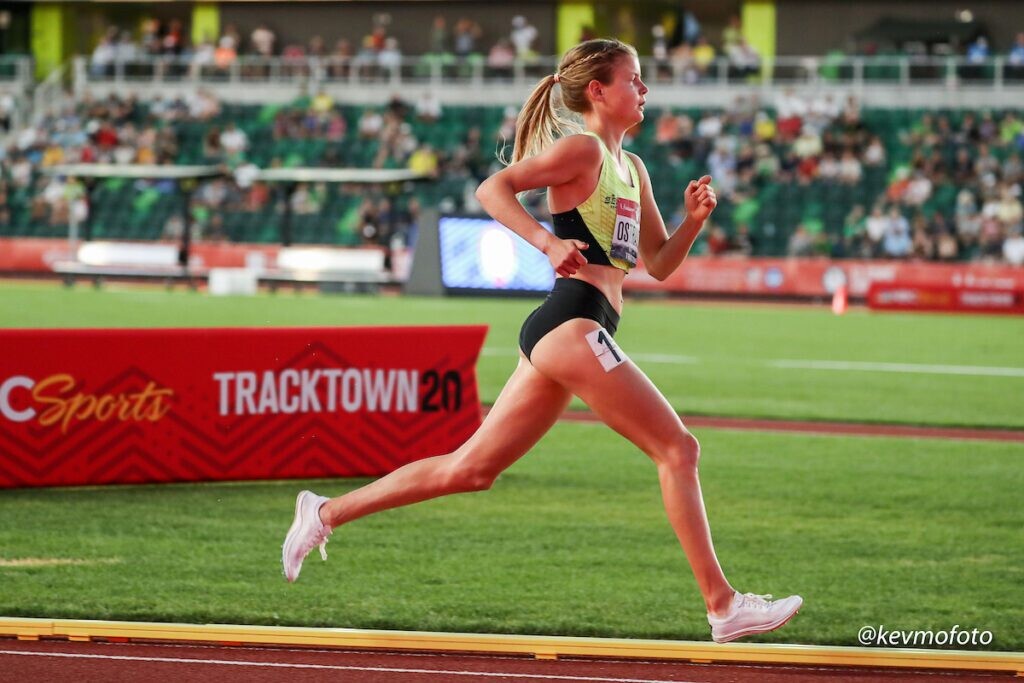
She made a comeback in 2021, attempting to qualify for the Tokyo Olympics, and although she fell short at the U.S. Olympic Trials, she managed to run a 3,000m steeplechase PB of 9:26.96 on route to her eighth-place finish. At the end of 2021, Ostrander ended her contract with Brooks and once again stepped away from professional running so she could put her “mental and physical health first.”
Although Ostrander was not racing during her break, she has continued to be vocal about her struggles with mental health. As she wrote on Instagram, this is a big reason she signed with the team at NNormal, who told her they want to support her athletic endeavours and her mental health initiatives. Ostrander said that the support presented by NNormal was not offered by all brands she met with. She noted that some brands pointed to her past struggles with eating disorders as a reason they were weary to take her on.
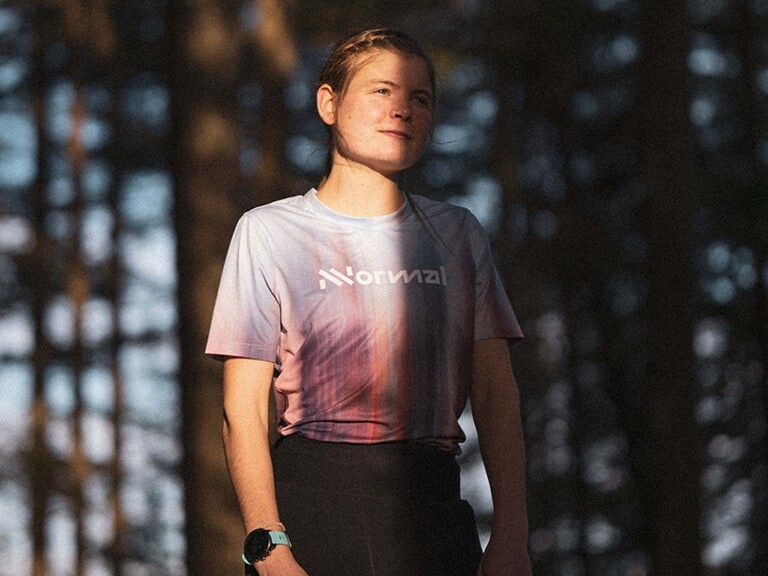
With NNormal, though, Ostrander wrote that she knew it was “a brand that would support me through the highs and lows of sport and that cared about something other than race results.” She has yet to announce where she will begin her career as an NNormal athlete, but wherever it is, the running world will be excited to see her back in action.
by Ben Snider-McGrath
Login to leave a comment
Want Kilian Jornet To Be Your Running Coach? Pick Up His New Watch.
It's hard to dispute that Kilian Jornet is one of the greatest mountain athletes in the world. He's a living legend, that humble-yet-tenacious Spaniard who needs no introduction and doesn't seem to be slowing down. We've reported extensively on his training consistency, his seasonal skimo/run performance composite, the food he eats (lots of bread), how much he sleeps (8 hours average), and how much he strength trains (very little).
Last week, COROS announced a new collaboration with Jornet and his year-old footwear and apparel company NNormal, with the launch of the APEX 2 Pro Kilian Jornet Edition. This has been a highly anticipated partnership-though COROS has collaborated in the past with their athletes, including Molly Seidel and Eliud Kipchoge-ever since he parted ways with Salomon and Suunto, in late 2021, and teamed up with COROS last year.
"Working with COROS developers, I've learned a lot about creating the best tools for me to use when trail running, skimo, or out in the mountains," said Jornet. "I believe that with this special edition APEX 2 Pro, we can keep pushing how the COROS device can help me-or anyone-improve their training."
Jornet's new GPS watch is a limited offering, at 5,000 units, and it not only includes some fun personalized Jornet flare, but it also arrives with an opportunity to jump-start your 2023 training with guidance from the legend himself. Here's what we know so far:
The COROS APEX 2 Pro Kilian Jornet Edition
If you're expecting the hardware of Jornet's new watch to be much different from the COROS APEX 2 Pro, you might be setting yourself up to be disappointed. Good thing there's very little to be disappointed about because the APEX 2 Pro is a top-shelf GPS watch for any trail runner.Here's a quick look at the four main innovations you need to know about this watch that sets it apart from other GPS watches out there for trail runners:
Battery. The battery can now last up to 75 hours, 88 percent longer than the first generation. (It's cool: Jornet only took 26 hours to summit Everest. No. Charge. Needed.)
GPS. The APEX 2 Pro has 50 percent higher accuracy with a new GNSS chipset and an "all satellite dual frequency."
Heart rate. COROS has upgraded the advanced optical heart rate sensor with a 5-LED system.
Recovery. The APEX 2 Pro upped its game on sleep tracking and recovery metrics dashboards.
First Impressions
We found the APEX 2 Pro to be about the perfect dimensions for a high-performance GPS watch, not terribly chunky or heavy but not too small, either. They've nailed both the watch face diameter and thickness. The navigation is seamless and quick, too. The GPS locks in mere seconds and, after completing a workout, the data zips to the COROS app, which is about as robust and intuitive as any on the market.
Sometimes the watch's interface aesthetic feels like I'm in a 90s video game, and I'm still not totally sold on the spin navigation knob, but overall, there's little to complain about. Triathlete reviewed the APEX 2 Pro favorably, though they did have a few things to say about its price-to-performance ratio and its lifestyle functions. Bottom line? The watch is an exceptional addition to any trail runner's tech gear.Takeaway
To connect our evolving trail community through a piece of high-performance wearable gear, with one of the greatest athletes alive is a unique opportunity, something that only further validates the integrity of an athlete who cares about stewarding the planet, who wishes to remain an ambassador, in contact with the many people he inspires. If you're looking to upgrade your GPS watch experience-and are willing to pay a pretty penny for it ($549)-you may be setting yourself up for a chance to gain personalized insights from Jornet himself, and that appears, well, priceless.
Go Further:
by Trail Runner Magazine
Login to leave a comment
More Prize Money Is Flowing Into Trail Running. What Does That Mean for the Sport?
Annie Hughes, one of the top trail runners in the U.S. for the past two years, had another amazing season running ultra-distance races in 2022. On September 17, the 24-year-old Hoka-sponsored runner and part-time college student won the Run Rabbit Run 100 in Steamboat Springs, Colorado, her fourth win of 100 miles or longer since April. Earlier this year, she won the Coldwater Rumble 100 in January, Cocodona 250 in April and the High Lonesome 100 in July.
Those were all exceptional efforts in really challenging races, but the big difference she experienced after crossing the Run Rabbit Run finish line, 21 hours and 26 minutes later, was that she won $17,500. (And yes, she was handed one of those cartoonish, oversized checks at the awards ceremony.)
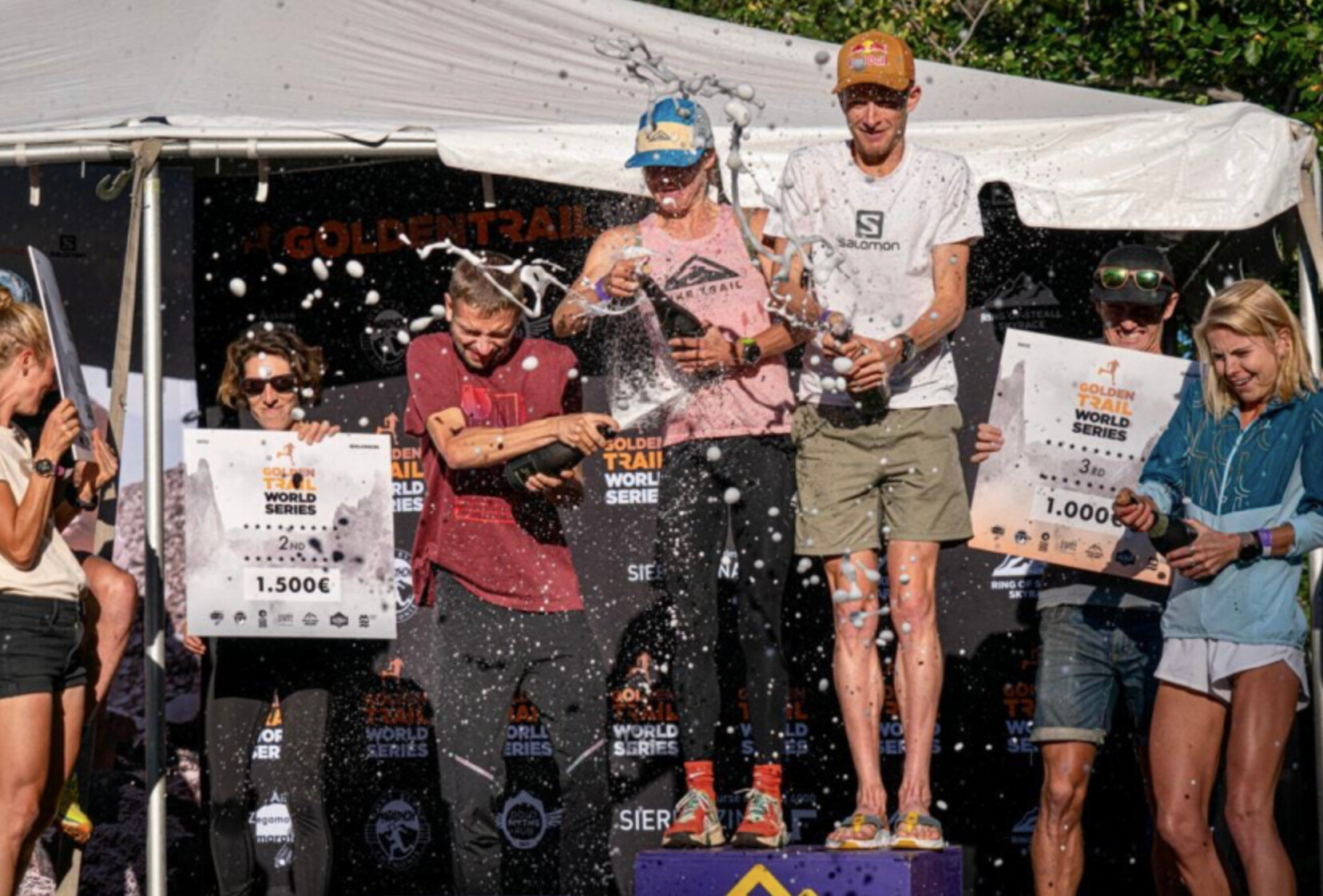
Run Rabbit Run is one of the rare American trail races that offers a relatively large prize purse, and for a decade, it's been the largest in the sport. Hughes earned $15,000 for winning the women's race and split another $5,000 with Arizona trail runner Peter Mortimer (who placed 12th overall) as part of the event's new team competition.
"That wasn't the reason I was drawn to the race, but it was definitely pretty cool to win that much money," Hughes said. "I'm glad I did it, because it wound up being a really great race with an amazing course on a beautiful day."
The origins of trail running were always more about the joy and freedom of ambling through the natural world, and less about the specific time and pace of any run or race, which is why winning big cash prizes is mostly uncommon in the sport, even for top-tier runners like Hughes. Over the past two years, Hughes has won 10 races of 50 miles or longer, yet her Run Rabbit Run victory was the first time she's ever earned money for her efforts.
More sponsorship money and bigger cash prizes are flowing into the sport, helping the top athletes earn a full-time living in the sport and become global stars. But that evolution has also created a desperate need for a unified governing body and more consistent drug-testing as doping becomes a more acute concern.
A Windfall of Prize Money
Historically, America's biggest and most notable trail running races haven't offered any prize money at all-Western States 100, Hardrock 100, Dipsea Trail Race, Leadville 100, Mount Marathon Race, Seven Sisters, Black Mountain Marathon/Mount Mitchell Challenge-partially because races simply couldn't afford to pay it, and also because, at the soul of the sport, that's not what the races were historically about or why most top runners were competing.
But with the continued growth of the sport-trail running has grown by 231 percent over the past 10 years, according to one report-and the dawn of a new level of professionalization over the past decade, there is a lot more money being injected into the sport. That includes more high-profile events and race series, more brands investing in the sport, more sponsored runners and trail running teams, as well as a growing expectation that prize money should be part of the equation as it is in road running, triathlon, and even obstacle course racing.
For many years, The North Face 50 near San Francisco was one of the only ultra trail races in the world to offer a significant prize purse. From its inception in 2006, until it disappeared after 2019, that race famously awarded $30,000 in prize money, which included $10,000 to the top finishers in the men's and women's races, plus $4,000 for second and $1,000 for third. It was a race to look forward to at the end of the calendar year, both for the cash awards and the prize-induced competition that drew top runners from around the world.
During that span, Run Rabbit Run, though a lower-profile race, quietly began dishing out some of the biggest payouts in the sport, in part because race organizers Fred Abramowitz and Paul Sachs believe in rewarding its top athletes for their efforts (as well as giving back to the community via even bigger charitable contributions). The race winnings come primarily from entry fees of the 600-runner event and sponsors, if and when the race has them. That wasn't possible back in the early days of the sport, when entry fees were minuscule and cash sponsors were mostly non-existent, but things have started to change.
Abramowitz and Sachs, who both earn their living as attorneys, are unique in that they want to give back to the elite athletes and the Steamboat Springs community, but they also want to help grow the sport. Abramowitz outlined what he calls "A Blueprint for Sponsors of Ultra Running," a three-page document that explains how and why trail ultrarunning-both as a sport and as individual races-can connect to more casual runners, sports fans, and the general public.
He points to the rampant growth of NASCAR, Professional Bull Riding, and professional poker over the past 20 years from their roots as fringe sports, relatively speaking, to mainstream spectacles with massive fan bases, TV contracts, and social media followings. Trail and ultrarunning aren't there yet, Abramowitz has noted, but they've certainly been growing rapidly.
"Today millions watch those events, though the actual number of participants is minuscule," Abramowitz wrote in his missive. "Ultrarunning can learn from these events: it needs new ideas, new ways of attracting the already committed runners and the casual sports fan to our terrific sport. Fields need to be competitive and races [need to be] dramatic; there are hundreds of 100-mile races, but those that offer competitive fields are a handful at most. Most ultra-races offer spectacular scenery in interesting venues."
Abramowitz said sponsors should support races such as Run Rabbit Run that offer prize money not merely because it's good for sport, but also because prize money can attract competitive fields, and competitive fields attract interest-from spectators, participants, potential sponsors, and the general public. He also points out that having prize money at more domestic races is a way to keep the sport from becoming entirely Euro-centric, which has been an increasing trend in the past several years.
The trend of cash purses seems to be increasing, and on the face of it, that's good for elite athletes capable of podium finishes. But it's a complex topic and one that certainly will simultaneously increase the competitiveness of the sport while, some argue, continue to pull the sport away from its organic, racing-in-nature roots that was mostly viewed as the antithesis of competitive road racing.
On the same day Run Rabbit Run paid out $75,000 in total prize money, the Pikes Peak Ascent awarded $18,000 in prize money for its top 10 finishers-including $3,000 apiece to the men's and women's winners-while the Pikes Peak Marathon, on September 18, had an additional $10,500 in total prize money for the top five runners. The races also offered $2,000 (Ascent) and $4,000 (Marathon), respectively, as course-record bonuses, and a $10,000 premium to any runner surpassing a pie-in-the-sky time well ahead of the course records. None of those records were broken, but the $28,500 in total prize money-partially backed by the Salomon-sponsored Golden Trail Series-was one of several large prize purses offered at U.S. races this year.
Other big American prize purses were also primarily tied to the Golden Trail Series events-the $50,000 spread over four races at the mid-June Broken Arrow Sky Races in Olympic Valley, California, and the September 25 Flagstaff Sky Peaks 26K race in Flagstaff, Arizona, where runners competed for $18,000 in prize money and a chance to compete at the Golden Trails World Series Final, and the $15,000 winner's earnings at the Madeira Ocean & Trails 5-Day Stage Race in October.
Also of note, the November 18-20 Golden Gate Trail Classic paid out $25,000 in total prize money to the top five finishers in both the 100K and half-marathon races, which were part of this year's nine-race $270,000 Spartan Trail World Championship Series.
Meanwhile, the Cirque Series, sponsored by On, paid out $3,600 in total prize money at each of its six sub-ultra mountain running races in the U.S., including $1,000 for the men's and women's winners. The Mt. Baldy Run-to-the-Top on September 5 in Southern California offered $3,000 to runners who broke the event's longstanding course records, and Joe Gray and Kim Dobson obliged by taking down each mark.
Most U.S. Trail and Mountain Running Championships have a minimum of $2,000 in prize money. Typically that comes from regional sponsors eager to support the local race organizations, such as the case with Northeast Delta Dental's contributions behind this year's Loon Mountain Race in Lincoln, New Hampshire, which hosted the U.S. Mountain Running Championships. That event had a $1,500 total prize purse that was paid out to the top three men and women in each race, but it also had an additional $1,500 for an Upper Walking Boss premium that was spread among the top three fastest times in each gender on the super-steep upper part of the course.
Meanwhile, the 2022 World Mountain and Trail Running Championships in Thailand paid out $66,000 to the top five finishers over four races, including $4,000 to the winners of each event.
"(The prize money) is way better than it's ever been, both for the athletes earning it and the number of sponsors who are contributing to it," says Nancy Hobbs, executive director of the American Trail Running Association and the chairperson of the USATF Mountain Ultra Trail Council that oversees national championship races and the U.S. Mountain Running Team.
From a longer view over the past decade or so, Joe Gray agrees there is more money coming into the sport than ever before. As a top-tier pro since 2008 and 21-time U.S. champion, he's regularly won more prize money at high-level races in Europe for more than a decade. But more than the growth of prize money, he has seen more brands interested in putting money behind athletes, races, and the sport in general.
"I think there has always been prize money there, and if you're successful you could make a lot more money really quickly," said Gray, a two-time World Mountain Running Champion. "I do think there is more money coming from the sponsors paying out better contracts and bigger bonuses, which I think will wind up being more beneficial to athletes overall."
Most elite trail runners get annual stipends from their sponsoring brands and bonus money for top performances. Gray is backed by Hoka, but he also has sponsorship deals with Fox River Socks, Kriva, Never Second, Knockdown, Tanri, Momentous, Casio, and GoSleeves. In addition to Hoka, Annie Hughes gets additional support from Ultraspire, Coros, and Tailwind Nutrition. But the life of professional trail runners-independent contractors who don't get healthcare and retirement program benefits-can get expensive with the growing cost of travel, regular bodywork/physio treatments, and private health insurance.
The sport's top-tier elite athletes-Joe Gray, Kilian Jornet, Courtney Dauwalter, Jim Walmsley, Maude Mathys, and Scott Jurek, among others-make a good living from their sponsorships. But there are really only a handful American trail runners making more than about $50,000 a year from shoe brand sponsorships. (Most "sponsored" trail runners are making somewhere between $10,000 to $30,000 per year.) The bottom line is that winning prize money, for those who are fast enough to consistently finish on the podium in big races, certainly helps make ends meet and is necessary to keep the sport's top athletes from having to work other jobs so they can focus entirely on training, recovery, and racing.
"This [2022] is the first year I've gone all-in on trail running," said Hughes, who worked as a waitress in Leadville the previous two years. "I'm able to live off what I make, but I'm not really saving anything. So it was really nice to win that money because then I can put some away in savings."
Higher European Standards
So far, Abramowitz appears to be right about the sport shifting to more of a European focus, and it's, at least in part, tied to the increased prize money that has attracted competitive athletes. While many top-tier European events have paid out modest prize purses for years, some of those races have also helped out visiting runners by way of travel stipends, hotel accommodations, or appearance fees. That's partially because European races are generally larger (500 to 1,000 participants or more) than U.S. races (typically fewer than 500 participants).
Unlike Hughes, who only raced in the U.S. this year, American runner Abby Hall, who runs for the Adidas-Terrex team, raced three times in Europe and earned prize money each time. She placed second in the Transgrancanaria 126K in the Canary Islands in March (which doubled as the Spartan Trail World Championship), finished third in the CCC 100K in Chamonix in August, and won the Transvulcania by UTMB 72K back in the Canary Islands in October.
Like Hughes, Hall receives an annual stipend and race bonuses from her sponsor, but admits it's been nice to have more opportunities to win money-both because it helps her make a living wage and because it's consistent with other professional endurance sports.
"In the past, it hadn't even been a consideration before, for how income would work out as an athlete," Hall said. "But this year it actually added up to be a decent amount. I'm grateful for the opportunities."
In 2022, American runner Hayden Hawks won an off-the-radar 100K a race in Krynica, Poland, and brought home the 100,000 zloty winner's prize ($26,000), one of the bigger individual purses ever awarded in trail running. In 2017, when Hawks won the CCC race, he didn't win anything because UTMB had refused until 2018 to offer prize money at its races, partly because race founders Catherine and Michel Poletti have believed that increased prize money will bring more incentive for some athletes to consider doping or that agents would take too big of a cut.
UTMB finally began offering prize money to podium finishers in 2018 with a total purse of about $34,000 (35,000) and continued that through 2021. But after forging a business relationship with Ironman and launching the new UTMB World Series, it has increased the prize money awarded in Chamonix. In 2022, UTMB said it paid out about $162,000 in total prize money (the approximate equivalent of its stated 156,000 prize purse) to the top 10 men and women finishers of the UTMB, CCC, and OCC races.
That includes $10,400 to the winners of each of those races, with approximately $5,200 going to second-place finishers and $3,125 for third. Fourth- and fifth-place finishers in each of those races earned about $1,500, while 6th through 10th took home $1,000.
While those more notable ultrarunning paydays can be big windfalls for a trail runner, they still pale in comparison to what elite-level road marathoners and triathletes earn at the biggest races that have a much larger audience, including live TV coverage. For example, the 2022 Boston Marathon awarded $876,500 in prize money and $150,000 to the winners, while New York City Marathon paid out $530,000 in total prize money at its November 6 race, including $100,000 to the men's and women's winners. The 2021 Ironman World Championships in St. George, Utah, had a $750,000 prize purse, including $125,000 to the winners, similar to what was awarded at the 2022 Ironman World Championships October 6-8 in Hawaii.
While only a few top trail runners could have opted to pursue a marathon or triathlon career instead of trail running, what's more relevant is the spike of growth trail running. Although it is not yet internationally televised as major marathons and triathlons are, the surge in participation and livestream viewing options is starting to bring in more media attention and sponsorship money than ever before. And more media attention begets more participation and professionalization.
"I think we'll definitely see ultra-trail running continue to grow for years to come," says Mike McManus, director of global sports marketing for Hoka. "I think it's at a point where it's just on the cusp of the real growth that's coming and all that will come with it, similar to where the marathon was in the 1980s and triathlon in the 1990s. It might never be as big as marathoning, but trail running will definitely get more built out as it continues to grow."
"It's nice to make some money for the sport we do. This is my job, and being able to support my family with a decent chunk of money is pretty nice," Hawks says. "I definitely don't go after races just for money, but if there is a gap in my schedule where I can win a little bit of money, I am definitely going to take advantage of that for sure. I want to continue to be in this sport and live this lifestyle as long as I can, so knowing that there are sponsors and races investing more in runners is something I am really grateful for."
The Ongoing Dilemma
While Abramowitz and Sachs have been eager to give out prize money at Run Rabbit Run, not all races are equipped to do so. Many U.S. races are garage-shop operations that barely break even, while some are just too small to make it happen. The Western States 100-Mile Endurance Run (WSER) is operated by a non-profit organization, and offering prize money goes against the mission of the race, says race director Craig Thornley.
The biggest concern that race directors have, including Thornley, is that prize money attracts athletes willing to use performance-enhancing drugs because the sport lacks a comprehensive anti-doping strategy that includes both post-race testing and out-of-competition testing.
"In general, I think the prize money is probably a good thing because professional athletes are able to make a living," Thornley said. "But I think, as a sport, we'll probably have to be more aware of people trying to use drugs or some other ways to get that prize money."
A few years ago, the Western States 100 famously announced its zero-tolerance policy regarding the use of performance-enhancing drugs (PEDs) that prohibits any athlete who has been determined to have violated anti-doping rules or policies-by World Athletics, World Anti-Doping Agency (WADA), U.S. Anti-Doping Agency (USADA), or any national sports federation-is ineligible for entry into the WSER. Although Western States has regularly drug-tested its top finishers, only a few other big trail or ultra-distance races test its finishers with a WADA-sanctioned program.
Thornley believes the incentive to cheat has probably increased as more brands have stepped up to sponsor athletes, but the increase in prize money probably makes it more tangible.
He's not the only one. Ultrarunning coach and podcaster Jason Koop, an outspoken proponent for authentic drug-testing in the sport, agrees, saying that it's time for the sport to collectively start developing mandatory drug-testing protocols, even on a small scale. While he doesn't believe doping is prevalent in trail running, he believes it's definitely already an issue.
"People would be fooling themselves if they thought that every trail running performance was clean. If you think that that's the case, then I have a bridge to sell you," Koop says. "Prize money or no prize money, I think the bigger thing is that the ecosystem is developed enough and there is enough financial reward at stake to where everyone kind of owes it to everybody else to get something done."
In other words, it's time for the sport to take some next steps-either by big governing bodies or small factions of people interested in the long-term health of the sport-to develop more structure and universal anti-doping policies.
by Trail Runner Magazine
Login to leave a comment
How To Run Short-Rest Strides To Improve Sustainable Speed
When we interviewed Adam Peterman in November, he described doing strides twice per week. That's interesting, but expected. Strides are a near-universal element of road runner training, where the margins separating the best athletes are paper thin. So it makes sense that trail runners would be doing strides too.
Adam described 8 x 20 second strides with just 40 seconds of easy running recovery. That's a pretty narrow recovery window! The men that Missy Elliott does not want last longer than 40 seconds. It's definitely not enough time to completely recover from a full-gas stride. Are we seeing a one-off phenomenon, or something with general takeaways for all runners?
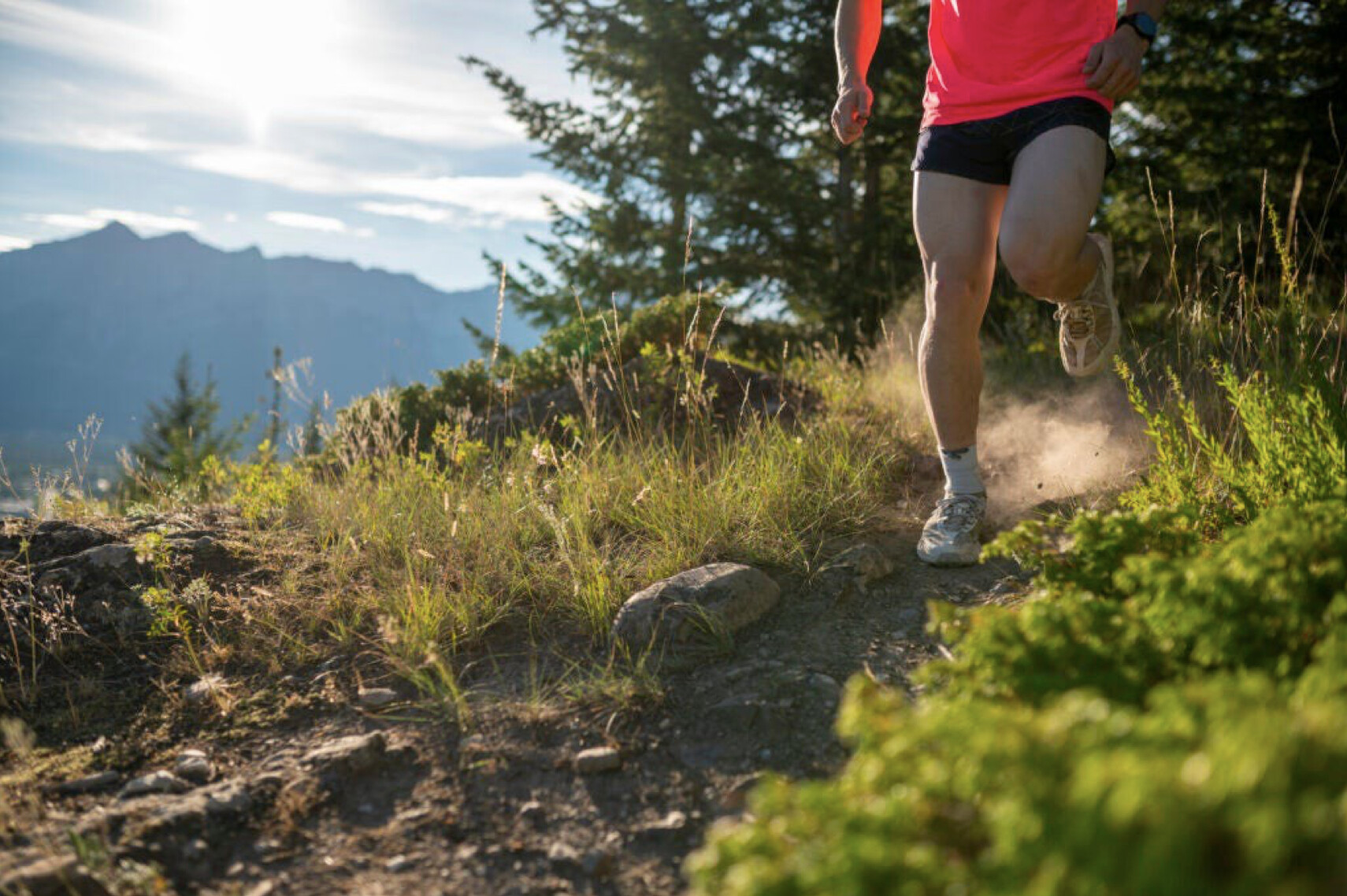
I think that Adam's approach to strides demonstrates a cool training wrinkle that I have somehow never written about after all of these years. What a perfect excuse to dig into a fascinating training element! Let's get spicy, safely.
Training Theory Context of Strides
Mention short-rest strides to any training theory sicko, and the first thing they'll think about will probably be "diagonals." Common in many training camps in East Africa, diagonals consist of fast strides from one corner of an endzone to the opposite corner, with easy jog recoveries along the goal-line between each. Athletes will sometimes do diagonals for 30+ minutes, having it be a secondary workout focusing on speed endurance that has limited recovery cost.
Here's where it gets wild and a bit creepy. Reports from the camps often say that the diagonals take just under 20 seconds, and the recoveries take just over 40 seconds. My co-coach Megan used diagonals as one of her primary workouts to win multiple trail national championships. Similarly, track pros who do fast straights with turn recoveries often approximate the 20:40 second ratio. Who does that remind you of? My god is that Adam Peterman music?!
In running and cycling, 30/30s have overlap too. The Uphill Athlete coaches describe introducing intensity via up to 30 minutes of 30/30s for advanced athletes, saying that "the 30 seconds is just long enough for the athlete to accelerate up to a high speed, hold it for 15-20 seconds, and then decelerate into the rest." They say it improves high-end speed without significant metabolic cost, and cite that 30/30s are used by Kilian Jornet. I'd start fueling my runs with ivermectin if it was used by Kilian Jornet.
Physiologist Veronique Billat theorized that 30/30s maximize adaptations for velocity at VO2 max in runners, pioneered in a 2000 study in the European Journal of Applied Physiology. Theoretically, the session harnesses the principle that athletes stay at VO2 max for a few seconds after they stop running at VO2 max, so short-rest intervals optimize time spent at both fast speed and high aerobic demand. Cycling has adopted 30/30s, with top pros posting videos of these types of sessions.
They may even share some evolutionary lineage with "Tabatas," 20:10 second ratio intervals popularized after a 1996 study showed they had outsized benefits for some athletes (though see this article I wrote last year for an explanation of the time-horizon with Tabata intervals).
by Trail Runner Magazine
Login to leave a comment
Kilian Jornet Won the Biggest Races and Launched His Own Apparel Brand
Heading into the 2022 ultramarathon season, Spanish runner Kilian Jornet hadn't contested a 100-mile race since 2018, when he dropped out of the Ultra-Trail du Mont Blanc (UTMB) following an allergic reaction from a bee sting. In the ensuing years, Jornet, now 35, had two children with his partner, Swedish ultrarunner Emelie Forsberg, and he launched his own trail-running footwear and apparel brand, NNormal. Fatherhood and entrepreneurship didn't slow him down, however; the running world's greatest of all time began the season with a win at Sweden's 100-mile Tjrnarparen Trail Ultra. He then pulled off an audacious double, winning Colorado's Hardrock 100 as well as the UTMB-and set course records in both events. Outside spoke with Jornet about his remarkable year.
OUTSIDE: You've done several 100-mile races in 2022 after a few years running shorter events. Was that a planned break? KILIAN JORNET: In 2019, I wanted to focus on shorter distances, with the Golden Trail Series and an Everest expedition. In 2020, I wanted to spend time with my family. To try something different, I trained mostly on roads. In 2021, the focus was on a trip to the Himalayas and getting fast in short distances, specifically the vertical kilometer.
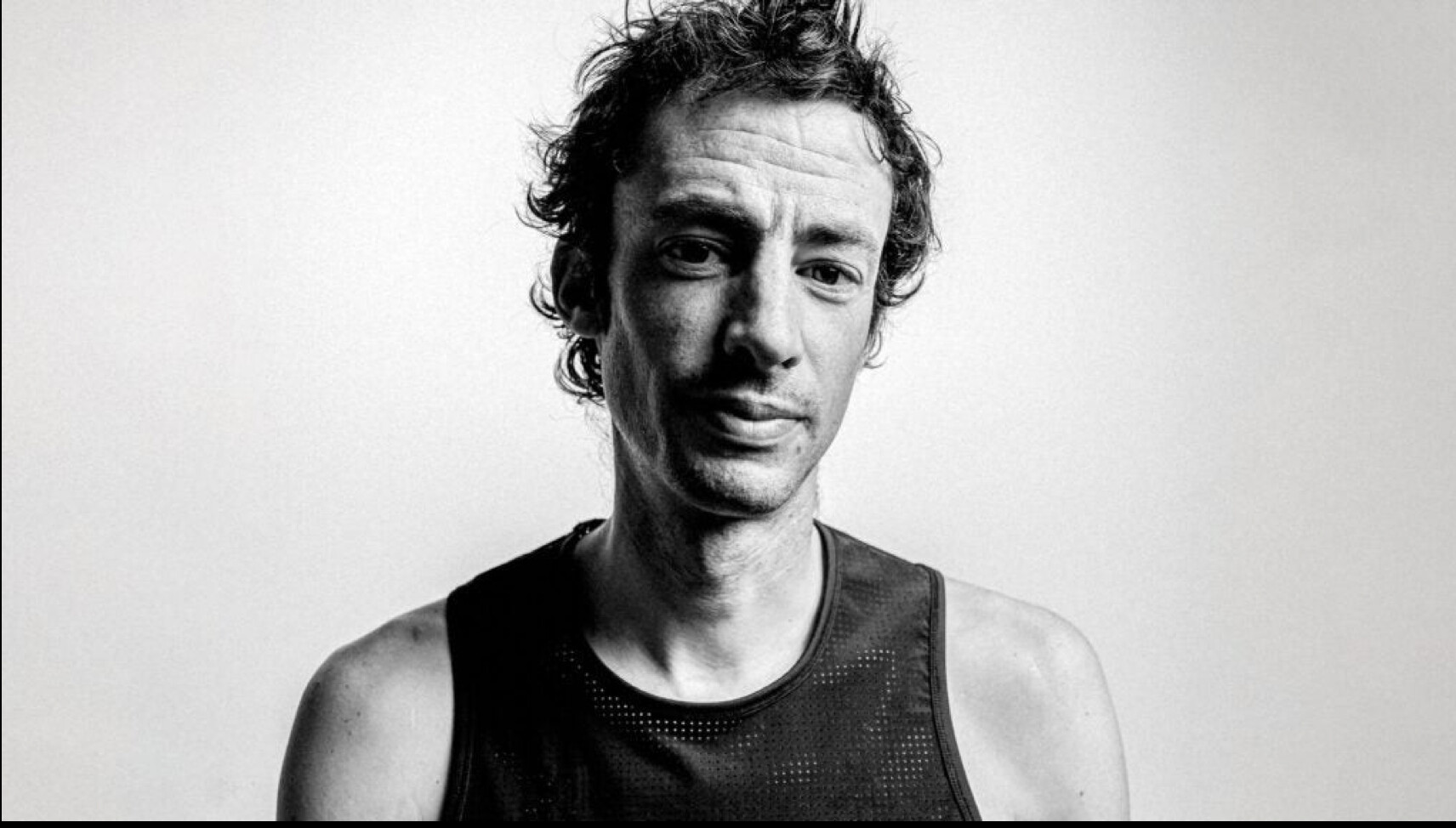
Your long-term partnership with Salomon ended last year. What made you decide it was time to do your own thing? I've always been a geek when it comes to gear. I had the idea of developing something on my own, but it was more a dream than a project. Then last year, through a mutual friend, I met the Fluxa family, who own Camper shoes, and told them that I wanted to do something in the outdoor space. Since the first conversation, we saw that we shared the same values and vision around social and environmental responsibility. From there things went fast. I'm very grateful for all the years at Salomon, and for all their support and what we did together, but it was time to do something different.
How did the idea for NNormal come about? We thought that the best way to implement our ideas-in terms of products, marketing, and corporate responsibility-was to create our own company. The benefit of cofounding a company is that you don't need to answer to shareholders at the end of the year, so you can develop your mission without any pressure. Of course, you want it to be economically sustainable, but you can always put product and company values at the forefront.
With the exploding popularity of ultrarunning, do you believe there will be more professional athletes in the near future? In the past five years, I've seen many more athletes becoming professional-not just to survive, but earning a good salary. More brands are creating teams with great resources. I think that will continue, and I hope it increases equality and diversity in the sport. Many of the big competitions have fewer female participants than male, and many of the sponsorships are from brands in Western countries. In this regard, brands have a big role to play, not only in equal sponsorship opportunities, but also when it comes to marketing and communication.
Many outdoor apparel brands say that protecting the environment is an important part of their company philosophy. How does NNormal plan to tackle that challenge? At NNormal we want to focus on durability. That means making products that perform well for a long time and are easy to repair. They should also have emotional durability, which means that they look good today and in five years. We want to make collections that are timeless and not designed according to seasonal trends. It's important to have great standards when it comes to the environmental footprint of the materials as well as the production process. Most important, we want to base our business model not on overconsumption but on finding different ways to be economically sustainable.
The running-shoe market is notoriously competitive. What makes you optimistic that NNormal can succeed? The first thing is to define success. Is it to sell a lot, or to have a quality product? We have a great team of footwear developers-we have the experience of Camper for shoe development and comfort, and we have a very talented group for performance footwear. For our first shoe, the Kjerag, we wanted to make something that performs well on different terrain and over different distances. I think our approach of durability, comfort, and versatility will appeal to many athletes. But we'll see what our customers think.
by Trail Runner Magazine
Login to leave a comment
Make a strong, healthy comeback to running with these tips
"Hurry slowly," says ultrarunner Emelie Forsberg.
Whether you’re returning from injury or took some time off of running because of low motivation or life stress, we have some tips from pro ski mountaineer and ultrarunner Emelie Forsberg, author of Sky Runner, on making your comeback. Norway-based Forsberg (who is ultrarunning GOAT Kilian Jornet‘s partner) has returned to racing after having two children, navigated knee surgery, and maintained her delight in training the entire time. Follow her lead and make a smooth return to tackling your running goals.
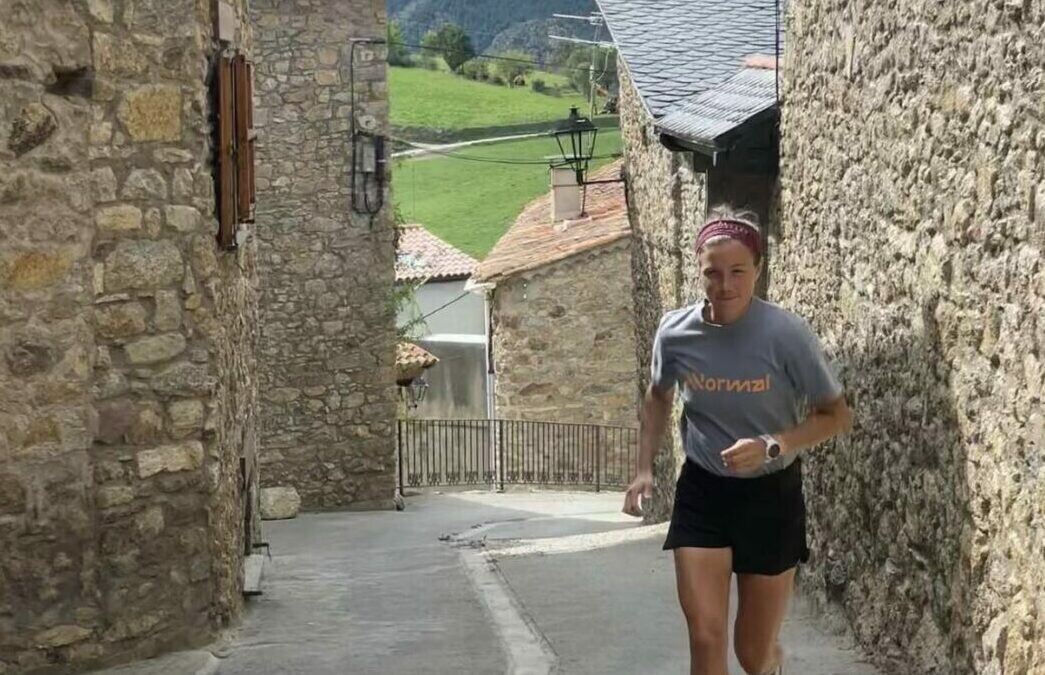
Find your motivation
Forsberg suggests taking a deep mental dive into what you love about running. She notes that your motivation and goals may have changed since you first began, and that’s OK. “Listen to your body and adjust your training according to the new circumstances,” she says.
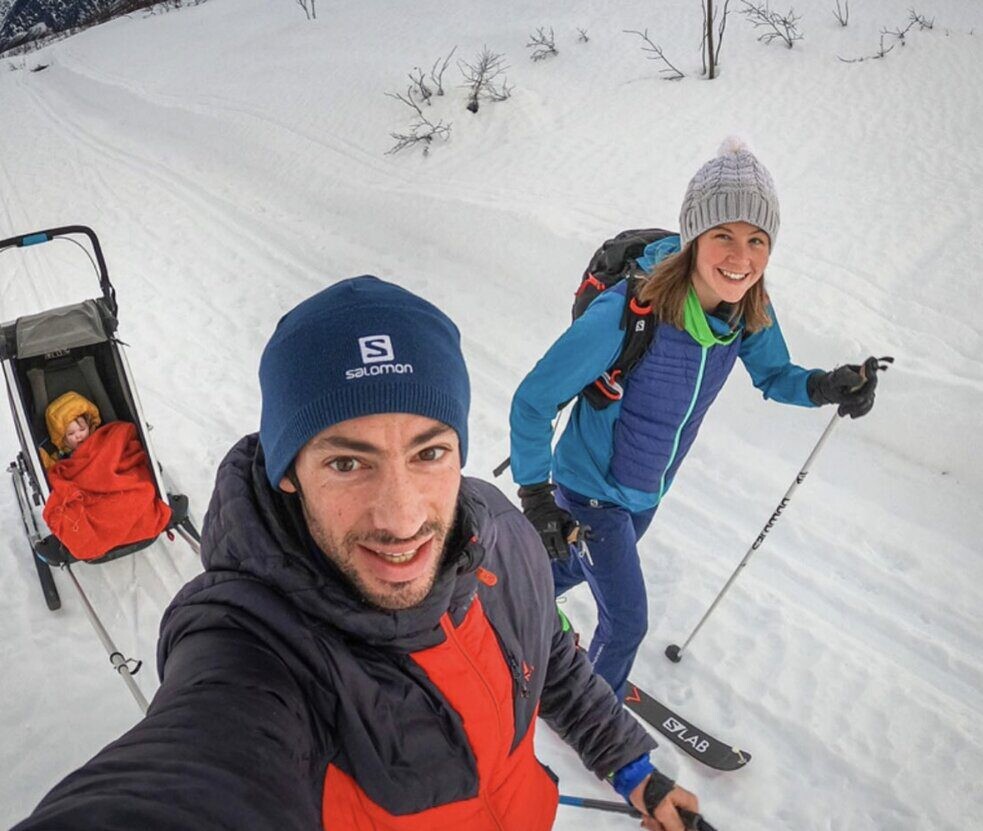
When I went through a stressful period, I had trouble focusing on anything other than the negative: I was fitting in less mileage and running more slowly than I had ever before. Reminding myself that running and moving my body in general (walking was good, too) helped me stay healthy mentally was a great way to adjust my focus, and I was able to move through that period without being too hard on myself.
Build endurance through adventure
Forsberg says she loves taking a day to run solo between huts in the mountains. While that might be a bit ambitious for most, you can adapt similar practices to incorporate fun adventures into training and keep it fresh. Heading to a new-to-you location to fit in a longer run, or exploring with friends, and pausing for a fun lunch can be great ways to keep your journey back to peak form gentle and enjoyable.
Forsberg also suggests building endurance through double sessions–but rather than doing double runs, she will ski for part of the day, then switch to running. “The body is already tired, but you end up using different muscles,” she explains. “The training is gentle as your body is tired, but not from running, so your running muscles are still fresh.
Alternate your training
Not feeling like getting out for your usual run? Forsberg says to skip it. “Do something else instead: yoga, aerobics, dance, ice skating, cycling, boxing–the list is endless.” Removing some of the pressure you put on yourself to follow your plan and moving your body in other ways will keep you feeling fresh and motivated.
Returning to running after some time off can be challenging, and navigating the challenges with a mindset focused on seeking joy, and accepting and having fun in the process will make the time fly by and bring healthy nuance to the way you view your training.
by Keeley Milne
Login to leave a comment
Kilian Jornet’s favorite fuel: you’ll feel like you’re ready to summit Everest
Arguably the GOAT of ultrarunning, 2022 UTMB and Hardrock champ Kilian Jornet lives in Norway with his partner (and fellow pro runner) Emilie Forsberg, where they grow their own vegetables and use them to create nutritious meals. They love these bean and lentil burgers, and you will too–full of protein and adaptable to every season.
Forsberg shares the recipe in her book Skyrunner: the burgers take less than ten minutes to prep, and work as a side or main dish. Forsberg writes: “I can eat these anytime, in summer with a light salad and roasted or grilled root vegetables, or in autumn or winter with tasty mashed potatoes, olive oil and salt.” Forsberg and Jornet eat mostly plant-based meals, and the combo of beans and lentils in these burgers packs a perfect plant-based protein punch.
Emelie’s bean and lentil burgers (makes 12 larger burgers)

Ingredients
1¾ cup cooked black beans
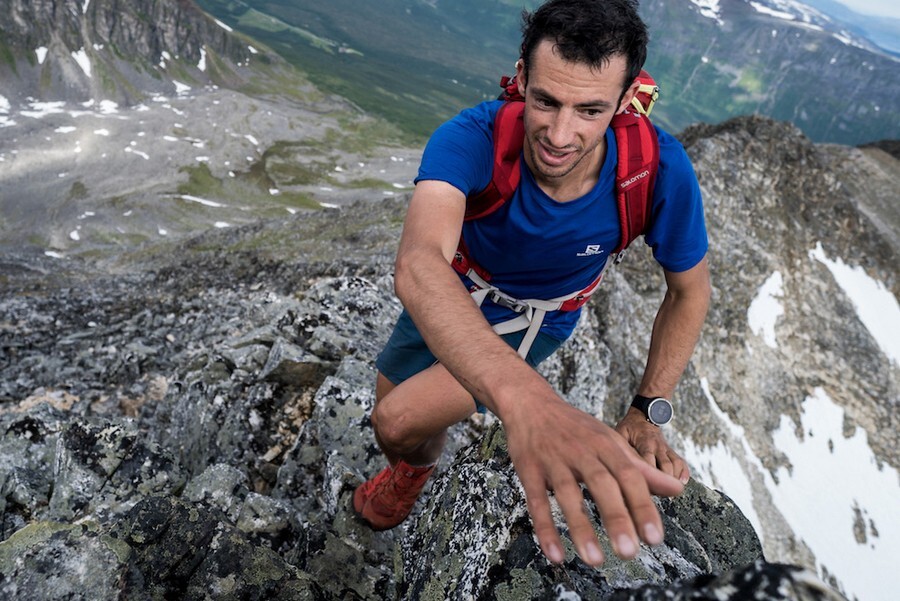
¾ cup cooked green lentils
¾ cup cooked red lentils
1 egg
3 Tbsp cornmeal
½ to 1 finely chopped onion
Salt and pepper
Other spices, like turmeric or chili powder, to taste
Olive oil for frying
Directions
Mix everything in a blender or food processor. Form the batter into burgers; fry in olive oil.
by Running Magazine
Login to leave a comment
Three ways to turn your off-season into a running game changer
While there may be less races close to home during the winter months, for runners, there never truly has to be an off-season–and it can be tempting to find races to jump into year-round to keep your motivation high. Even if you’re feeling great after summer training and racing, taking some time off and recharging in the winter months can lead to big payoffs when the days are warm again. Here’s how to turn your off-season into a running game-changer.
Take real time off from running
Pro ultrarunner Keely Henninger recently wrote about the importance of her off-season. “A solid off-season should be a set amount of time without running, followed by a time of unstructured easy training to work on weaknesses, develop strength, and regain motivation and fitness.
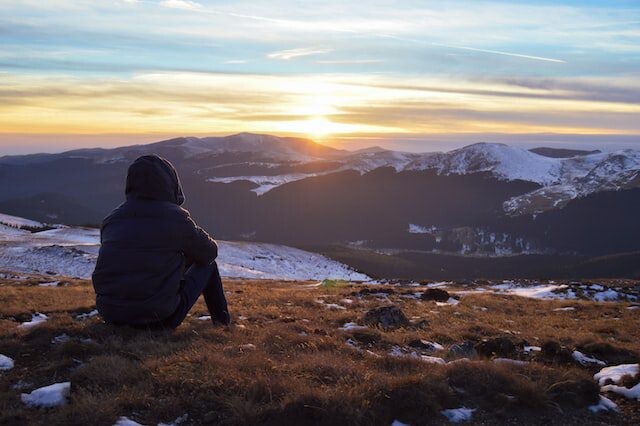
Recreational runners often race upwards of five to ten times a year, whereas professional marathoners may race their premiere distance only twice. There’s a reason they are pros–they’ve learned how to optimize their training and recovery time for maximum gain. Henninger says she takes at least two weeks off, and more if she feels she needs it.
Focus on your weaknesses (embrace the workouts you like the least)
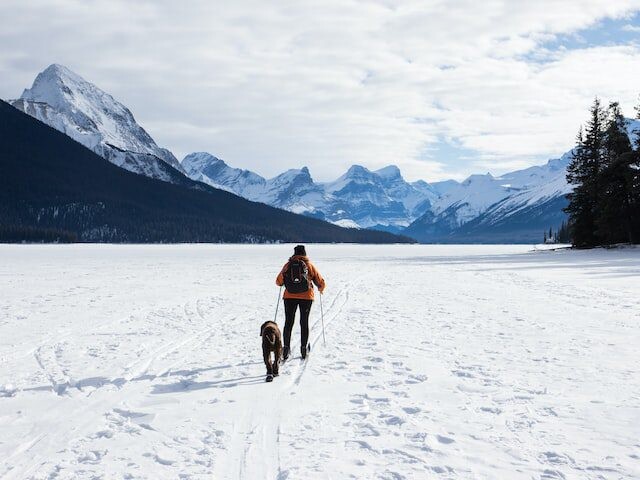
In her book Skyrunner, pro ultrarunner and ski mountaineer Emelie Forsberg (also known for being ultrarunning GOAT Kilian Jornet‘s partner) writes about how she uses contrasts in her training. “Since I have a talent for ultradistances, I put extra effort into shorter training sessions and shorter intervals,” she says. She suggests keeping it simple: running hard 1K repeats if you love going long and slow, or finding a track to run on if you favour the trails.
Your brain (and body) may rebel initially, but tapping into a new-to-you training effect will make you faster and more robust. You may be surprised by how much you learn to enjoy what you used to avoid. Stepping out of your comfort zone is also great mental training for the endless array of issues that can crop up during a race.
Stop worrying that you’ll lose your fitness: incorporate other sports and try new things
Forsberg writes, “even though I love what I do, it’s important to have other things in life, other interests.” As a runner, you may feel like running is such a part of your identity that you cannot imagine your life without it. Taking the time to tackle other physical and mental challenges during the off-season is an excellent way to diversify your physical strength (you’ll tap into muscles regular running doesn’t) and power up your brain, while giving yourself a mental break from the demands of racing goals.
Try cross-country skiing, going for a swim, or dropping into a spin class. If those things aren’t accessible or budget-friendly, diversifying can be as simple as heading out for a walk in a new-to-you area or going tobogganing with friends. Dig out some board games, dive into a new book, or try a crossword puzzle to get your brain firing–science says that learning new things is a great way to expand your brain and skill set at any age.
by Keeley Milne
Login to leave a comment
Sierre-Zinal champion Mark Kangogo of Kenya receives three-year doping ban
The trail running community has been rocked after the winner of Sierre-Zinal, a mountain race in the Swiss Alps, was slapped with a three-year ban for two prohibited substances (norandrosterone and triamcinolone acetonide). The Athletics Integrity Unit (AIU) has disqualified all of the results from Mark Kangogo of Kenya, dating to Aug. 13 (the date of the race) and Sierre-Zinal has decided to ultimately disqualify Kangogo.
In the past two months, Kangogo has collected victories at Sierre-Zinal and the Jungfrau Marathon, plus finished second at Thyon-Dixense, a 16.35 km trail race also in Switzerland.
The athlete provided an in-competition urine sample at the Sierre-Zinal, World Mountain Running Association (WMRA) World Cup race, held in Switzerland. The sample reported the presence of norandrosterone and triamcinolone acetonide.
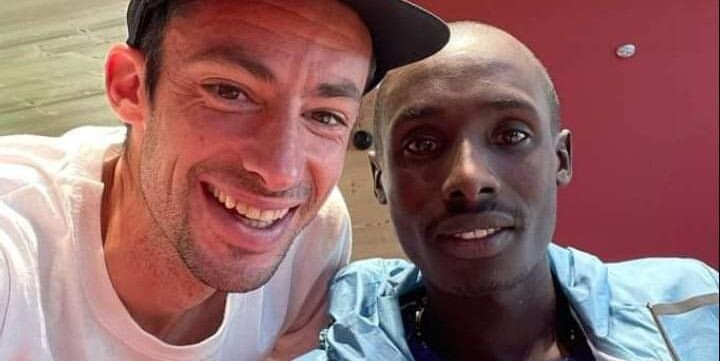
Norandrosterone (19-NA) is the principal metabolite of the anabolic steroid nandrolone, which is used to aid recovery from injuries and increase muscle size, strength and power to help them train harder and longer. Triamcinolone acetonide is a steroid to aid muscle recovery and inflammation.
According to his coach, Julien Lyon, Kangogo has been removed from the On-sponsored Milimani Runners team. This team is a project from On that aims to bring trail running culture closer to athletes in Kenya.
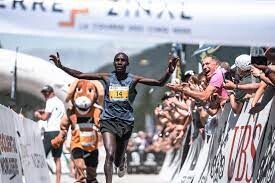
Lyon released a statement that Kangogo will be excluded from the team. “There is no excuse and no possible explanation for doping,” says Lyon. “It will take time for us to heal the painful feeling of being betrayed by a training partner, but we will continue to train with the same motivation and determination.”
Sierre-Zinal released a statement Thursday on the disqualification of Kangogo and including a change in the final men’s results of the 2022 edition: “Andreu Blanes (ESP) has officially become the winner of Sierre-Zinal 2022. He won the race in a time of 2:29:19.”
The race also expressed zero tolerance for doping.
As part of the Golden Trail World Series, Sierre-Zinal has implemented the “Quartz” anti-doping program to preserve the health and fairness of all athletes.
Blanes, who came second to Kangogo, and Kilian Jornet, who finished fifth, both took to social media to comment on the issue.
Kangogo, 31, acknowledged the offence, accepted a sanction and waived his right of appeal. His three-year ban will expire on Aug. 13, 2025.
by Marley Dickinson
Login to leave a comment
Ultrarunner Tim Tollefson shares mental health challenges in new film
Tim Tollefson is a celebrated American ultratrail runner with wins at big races like the Javelina Jundred, Lavaredo Ultra Trail 120K and Ultra Trail Australia 100K; in 2017 he was third overall at Ultra Trail du Mont Blanc (UTMB), finishing well under 20 hours.
But then followed a string of failures, including at this year’s UTMB, which went badly from the start, forcing him to drop out about four hours in. (Tollefson went into the race with a positive COVID result.) A new film, What Goes Unsaid, reveals something only those closest to Tollefson knew previously–alongside his many successes and the admiration of his fans, for years Tollefson has been dealing with poor mental health and an eating disorder.
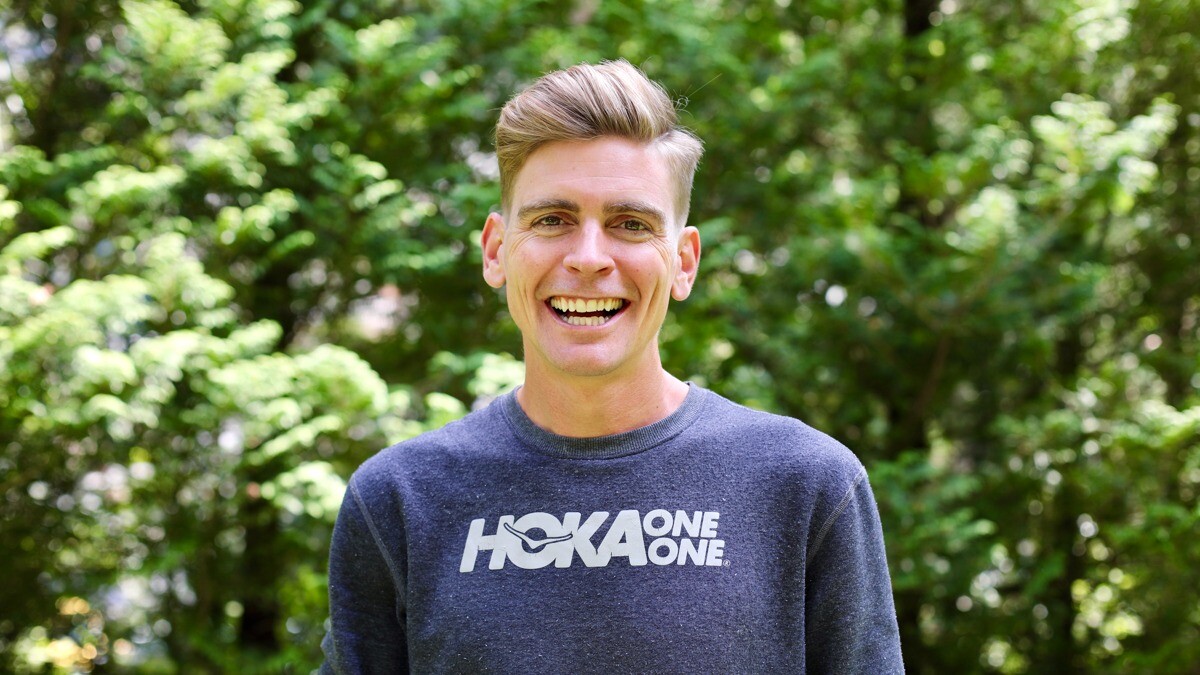
Tollefson, who is sponsored by Coros, had a tough adjustment when his family moved from rural Minnesota to the Auburn, Calif. (the sight of the iconic Western States 100 finish) when he was 10, and he was bullied– for wearing glasses, for his accent and his haircut. He started running in middle school, which helped him feel more accepted.
But it also made him want to be leaner, and more like the other runners’ body types he observed on the team; and since he wasn’t the only one trying to eat less to force his body to conform to an “ideal” body weight, he didn’t realize how insidious and dangerous it could be.
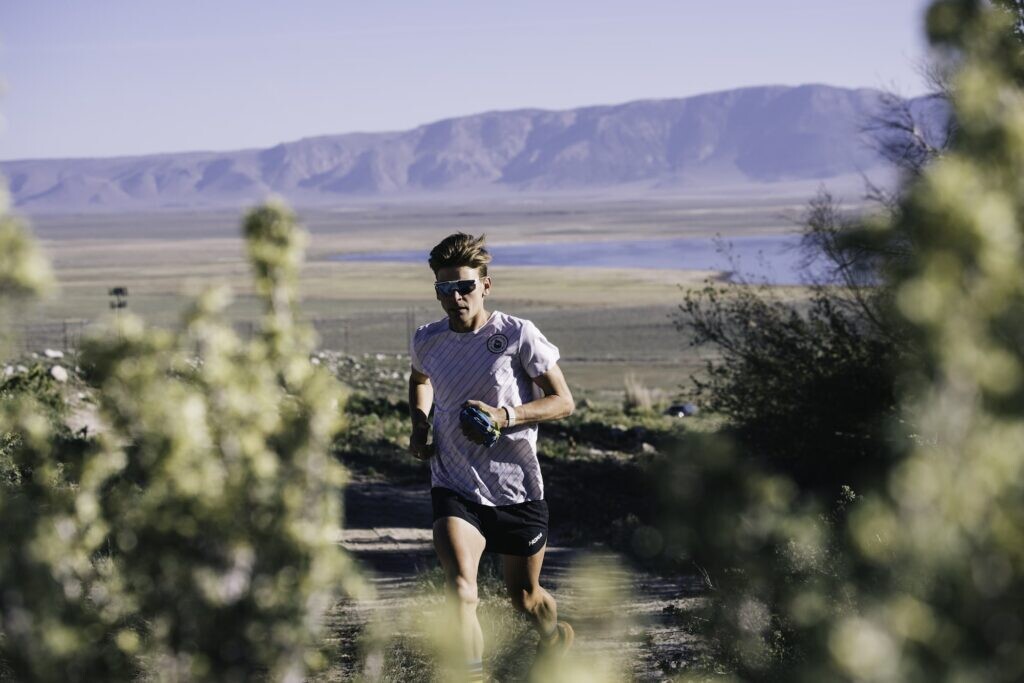
Tollefson qualified for the 2012 Olympic Marathon trials, but struggled in his brief marathon career, ultimately switching to trail running, which he hoped would bring greater success (and therefore self-acceptance). UTMB represented, in his mind, the acme of achievement in the ultratrail world–and he describes his 2017 podium finish, where he broke 20 hours (along with winner François D’Haene and runner-up Kilian Jornet) as the best race of his career. (He finished third in 2016 also.)
But the euphoria was short-lived. In 2018, he returned to UTMB and DNF’d–and again in 2019 and 2021. In the flim, he reveals that, even during the good years, he would almost be paralyzed with anxiety over being seen by others, and by perfectionism, severe body dysmorphia and obsessive-compulsive disorder (OCD).
Interestingly, this is one of the reasons he was attracted to UTMB: it starts in the evening, and much of the first half of the race takes place in darkness. By the time the sun rises, he has run long enough to feel slightly less bad about being seen. “I feel thin again, because I’ve run for 12 hours,” says Tollefson.
Tollefson says it’s not the running, or the altitude, that strikes fear into his heart–it’s being seen by other runners. He says he has been counting calories since 2003, and he only sought therapy recently. He now recognizes that what he sees when he looks in the mirror is distorted and not real.
Having grown up in the area and competed at Placer High (where Western States runners finish), Tollefson avoided it until 2021. He admits he was always critical of the race, whose course is not as technical or as spectacular as UTMB’s. Ultimately, he realized he was holding it to an unfair standard–much as he had always done to himself and his body. And he decided to run it.
He finished fifth last year, and as his fans already know, this year he finished, but not without struggling mightily–against dehydration and a powerful urge to quit. He placed 33rd overall, with a time of 20:41:28. “I decided that I wasn’t going to give up on myself,” Tollefson told filmmaker Billy Yang, who was commentating, after finishing. He also felt he owed it to his crew the volunteers and the runners who didn’t make it off the waitlist, to finish.
He shares his story now in the hope that it will encourage others to do the same. Several female athletes (including Olympic bronze medallist Molly Seidel, trail runner Amelia Boone and steeplchaser Allie Ostrander) have shared their stories, but as Tollefson’s makes clear, eating disorders are not limited to female athletes. (Canadian beer miler Corey Bellemore opened up about his own experience during the pandemic.)
“When other people share things publicly, and I relate or emphathize, it makes me feel less alone,” he says. “I’ve never had the confidence to reach out to those people and say thank you, but I know it has an impact.”
by Anne Francis
Login to leave a comment
Four Takeaways From The Training of Eliud Kipchoge, Marathon GOAT
Eliud Kipchoge is so dominant in the marathon that I think his brilliance might even be underappreciated. How can you fully understand the context of history when you're living in the middle of it? Kipchoge isn't just great. He outran "great" about 5 years ago. He is now something like a miracle.
On Twitter, coach and writer Steve Magness summarized Kipchoge's accomplishments. Since 2013, he has won 17 of the 19 marathons he has entered. His two slowest times during that timespan WON OLYMPIC GOLD MEDALS. He also broke 2 hours in an unsanctioned event, and almost broke it another time. This is Sandy Koufax in the 1960s mixed with Michael Jordan in the 1990s mixed with a malfunctioning ATM machine that keeps spitting out $20 bills.
Marathons are captivating because they are physiological and psychological nightmares. A 2021 study in the Journal of Applied Physiology examined the physical characteristics of a sub-2 hour marathon and found that it requires holding an extremely high percentage of an astronomically high VO2 max, with metabolic/aerobic efficiency near the limits of what is conceivable.
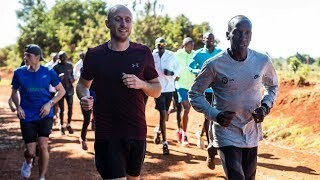
The study indicated that what seemed physiologically impossible just a few years ago actually just required years of training, otherworldly talent, and work ethic to put it all together. It took an athlete at the 99.99th percentile of humanity in talent and toughness and focus.
If you could draw up that perfect marathoner in a simulation, the result would be Eliud Kipchoge.
Training Context
I love digging into the training of the GOATs while they are at the peak of their powers. When the margins separating athletes at the top level are so narrow, how can someone put a Grand Canyon between themselves and their competitors?
On trails, we have Kilian Jornet publishing his training logs and Strava files, doing podcast interviews, and sharing every secret. On roads, however, it can be harder to know exactly what athletes are doing and how it fits into the broader context of training theory. This article attempts to decipher some of the clues, following breadcrumbs from articles and interviews to lessons from Kipchoge's unthinkable dominance.
First, a few disclaimers. One day, I plan to go under 2 hours as I recite the list of reasons I might be wrong in my conclusions from uncertain data. (That day is not today.)
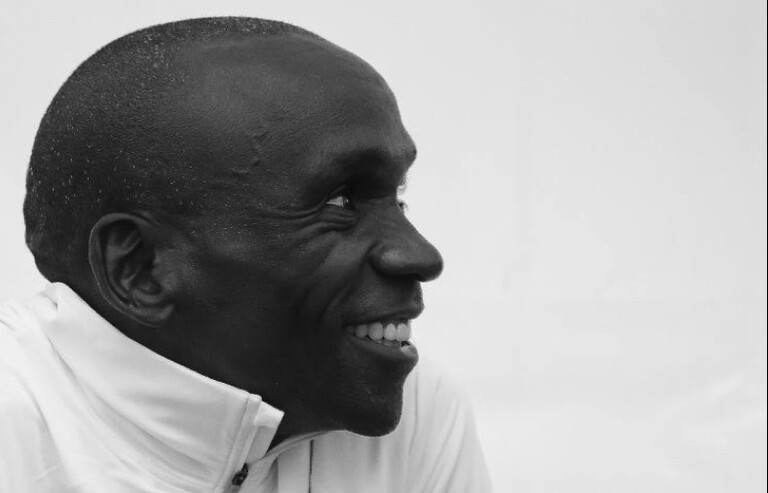
The main hesitation is that there is no definite training log for Kipchoge. My favorite source that I will be referring to constantly in this article was written by Cathal Dennehy for Outside in November 2021. Dennehy had inside access to Kipchoge's training camp and interviewed his coach, Patrick Sang. That access is key for factual accuracy because there are rumors that some of the online sources purporting to describe Kipchoge's training are approximations at best, and downright fictional at worst.
While there is general agreement on some principles applied by Kipchoge and Coach Sang across interviews and secondary sources, the specifics may remain murky for a while. This article will be trying to describe the outline of a yacht from a foot beneath the surface of the water.
In addition, it's tough to even know whether the reliable sources tell the entire story. In trail running, there are so many variables that go into top performance (many of which downregulate other variables associated with performance), that there is little disincentive to be fully transparent. Anyone can do Kilian Jornet training, but only Kilian will get Kilian results, because there are countless stumbling blocks between process and outcome on rocky, steep trails.
Road marathons are different. That 2021 study laid out the exact physiological metrics an athlete needed. If someone mastered a training approach to reach those metrics, it's conceivable that copycats with 99.99th percentile genetics would show up at every marathon ready to go GOAT hunting. There are strong disincentives to printing out 1,000 copies of a treasure map while you're still busy gathering gold.
Finally, even if the information is approximately correct, it's still N=1. Plus, there is the unfortunate reality that all world-class athletes face questions about performance enhancing drugs, though to my knowledge there is no reliable evidence here other than very, very fast times. And for the love of all sports, we can't let top performance alone form the basis for doping accusations (though it's always healthy to ask questions).
Even acknowledging those disclaimers, there is a wealth of online information that can give us a solid feel for Kipchoge's general approach, which could have takeaways for everyone. Let's look at 4 lessons from the marathon GOAT, with added context from the scientific literature and training theory. For a more nuanced discussion, my co-coach Megan and I broke down these principles and more on the newest episode of our podcast.
One: Most of Kipchoge's training is very easy.
The Outside article has so much fantastic insight, and it wastes no time getting to the sexy stuff. "For Kipchoge, recovery runs start at a shuffle, typically an 8:30-to-8:45-minute-mile pace, and slowly build up to finish around 6:30 to 7 minutes per mile."
Want to see my favorite video of all time? Check out the Kenyan shuffle to start one of their double runs, filmed by Dennehy. Some people put up a poster of Koufax winding up for a pitch or Jordan taking off from the free-throw line, but I want a poster of Kipchoge shuffling his way to greatness.
Okay, time to put on your speculation helmets! For an athlete like Kipchoge, 8:30 pace is nearly double what he does in a marathon, meaning his heart rate may be as low as 100-110 to start. Even if he accelerates to 6:30s, that's still a huge percentage slower than his marathon pace, probably equivalent to Zone 1 heart rate in a 5-Zone model.
Now, buckle up your conjecture belt, because it's MATH TIME. Dennehy broke down an entire training week that gives us clues into the start of one of Kipchoge's builds (disclaimer: perhaps his training changes a ton later in cycles). It seems that 4 of Kipchoge's training days are purely easy, consisting of 3 x 18 mile doubles (as 12 miles in AM and 6 miles in PM) plus 1 x 2 hours at easy effort (maybe 16-18 miles). Add onto that 2 x 6 mile easy doubles on his workout days.
That puts him around 84 miles that are almost purely easy, and I am guessing firmly in Zone 1. There are probably some miles of warm-up and cool-down for workouts on top of that, also very easy. Let's estimate 100 easy miles in a week around 130 miles.
That would indicate that 77% is in Zone 1 or just a bit higher! Perhaps that approximation is wrong and some of those miles are in lower Zone 2, or maybe there is more steady running on some of those recovery runs than is reflected in the article. But still, that's a lot of easy running. People gasped when Jornet's training summary included 58% in Zone 1, but perhaps that was just a normal range for the GOATs.
The low-end aerobic training supports the high-end training in athletes doing very high volumes. On our podcast, we discussed where an athlete might want to start thinking about specific Zone 1 work as a training focus, and we approximated around 8-10 hours a week. So it doesn't mean you need to go this easy, but you should definitely feel permission to go very easy relative to your physiological limits. Again, no pace is too slow for aerobic development.
If the GOAT can start at a shuffle, we can all start at a shuffle.
Some people put up a poster of Koufax winding up for a pitch or Jordan taking off from the free-throw line, but I want a poster of Kipchoge shuffling his way to greatness.
Two: Kipchoge does high volume training, but not higher than other world-class athletes.
How does someone become the best of the best? The tempting answer is to say: "By doing more than the wannabe best." The right answer is more complicated.
Dennehy indicates that Kipchoge does 124-136 miles per week, largely in repeating weekly structure with workout and long run variation. That likely equates to around 16-17 hours of running per week, similar to many of Jornet's 20-hour weeks. A 2022 review article in Sports Medicine-Open found that world-class marathoners train around 99-136 miles per week and 500-700 hours per year, so Kipchoge falls within the normal range.
In terms of intensity distribution, Kipchoge likely does most of his training purely easy in Zone 1, with some work in Zone 2 on long runs, a lot of Zone 3 tempo in workouts and long runs, a small amount of Zone 4 threshold on workouts, and very little Zone 5 of pure intensity. It's classically Pyramidal training, with most easy, some moderate, and little hard, a lot like we saw with Kilian Jornet (or with cyclists and skiers).
I think it's significant that a couple months before his 38th birthday, Kipchoge is still getting faster and faster. He has done that by prioritizing sustainable aerobic development every single training cycle.
Discipline with easy training allows athletes to build up volume that supports more economical workouts, creating a positive feedback cycle over the many years required to explore the limits.
Three: Kipchoge runs controlled workouts, with disciplined intensity control.
The hardest place to get athlete buy-in is right here. Faster is often not better in workouts, particularly for advanced athletes.
I can already feel some readers recoiling from that idea. If you can do mile repeats at a 6-minute pace, why would you ever run 6:30s?!
Kipchoge's training is another pillar of support for controlled workouts. Dennehy quotes Kipchoge: "I try not to run 100 percent," he says. "I perform 80 percent on Tuesday, Thursday, and Saturday and then at 50 percent Monday, Wednesday, Friday, and Sunday."
Those 80% days are workout days. The 50% days are the easy run days. Then he shows up on race day with 100% of his capabilities and proceeds to annihilate our wildest imaginations.
Now is a time to reemphasize that we've ventured into murky waters. Workout descriptions abound online, but how many are perfectly instructive? Honestly, I don't know. I have a habit of cleaning out my ear wax with my car keys. I use Chocolate Chex as an iron supplement. Please take everything I say with a grain of salt (I also put salt in my tea before AM runs, with creamer and maple syrup).
But we can approximate a zoomed-out description of his sessions, with the workouts seeming to involve very relaxed intervals between marathon and half-marathon pace, sometimes combined with faster intervals closer to 10k speed. The example given by Dennehy is this combo session, all on a rough dirt track at altitude:
Those mile intervals look fast, but for Kipchoge, that's a casual pace around his marathon effort (or a bit harder considering the track and altitude). The quarters are around 10k pace or slightly faster, depending on altitude adjustment. That's a big session in terms of volume, but probably right around the 80% in terms of his effort (which is mind-blowing on its own).
The principles are great to apply to all athletes-a combination workout of more aerobic intervals followed by speed/power is a strong setup. However, the volume is likely excessive for almost anyone occupying space outside the tail-end of the human talent bell curve. A comparable session for an advanced athlete might be 4 x mile at 1-hour effort progressing to 10k effort, followed by 6 x 200 meters faster.
You probably noticed that there is an offset between 4 x 1 mile at 1-hour effort (what I recommend for most athletes) versus 8 x 1 mile around marathon pace (what Kipchoge did). Why the offset? And now, my fellow intrepid training explorers, it's time for us to run head first into a training theory brick wall of uncertainty.
That type of strict intensity control looks a lot like Norwegian training, where athletes do many relaxed intervals around threshold effort. But I think there's a problem. Does strict intensity-controlled training like that done by Kipchoge or the Norwegians work for normal people?
The answer to that question is complex. Yes, it will improve aerobic development at the cellular level. But when an athlete has mechanical limitations that prevent them from running efficiently at these controlled efforts, the workouts may result in an aerobic beast without the mechanical power and efficiency to actually run fast. It's notable that Kipchoge, Jornet, and the Ingebrigstens were all fast as hell as teenagers. Take someone that is already fast as hell, focus mostly on their aerobic development, and guess what? You have someone that can run fast as hell for long as hell.
But what about everyone else?
In coaching, I have made some compromises around this problem. For intermediate athletes, the controlled intervals are often best around 10k effort-not overly intense to allow for aerobic development, but not so relaxed that they just run slow. For advanced athletes, it's somewhere between that 10k effort (approximating critical power) and threshold effort (1-hour effort).
For pros, it's usually half marathon effort to threshold/CP. It's obviously more complex than that on a weekly basis, I just think it's key to be careful applying the principles that work for a Ferrari to all of us Chevy Volts.
Four: Kipchoge does quality long runs most weeks.
One of the reasons why I got so giddy when I saw Kilian Jornet's training was the consistent repetition of long tempo runs. Throughout his training, he would do sessions on trails in Zone 3, sometimes over 20-30km. And most sources say that Kipchoge is famous for his long, progressive runs that start easy and end moderately hard. Two GOATS make a trend!
That also overlaps with the training approach for Coach Renato Canova, one of the best marathon coaches in history. I bet we're seeing something very cool about how physiology works in these long events.
Dennehy's article describes an alternating weekly schedule. One week will be 19 miles, the next 25 miles, over hilly terrain. Other sources describe a run that starts easy, before progressing to steady, and inching down toward 5-minute miles by the end. That's an extended time of moderate running over hilly terrain, with most likely around Zone 3 tempo.
You see these long, quality runs in the logs of tons of world-class athletes. The likely rationale is that long runs progressing to sustainably fast (but still aerobic) speeds approach the maximal strain on the aerobic system and the underlying lipid oxidation that powers it. That improves the body's ability to preserve and recover glycogen stores, a key determinant of how hard an athlete can push in endurance events.
I think all athletes can benefit from a bit more steady tempo in long runs. However, it's key to make sure it doesn't turn into a hard, race-like effort. Exceeding lactate threshold excessively could counteract some of the aerobic development from the sessions.
And it's even more complicated in trail running, when heart rate gets higher on climbs. That's why I'll often have athletes do their long runs "easy/moderate," not referring to a specific effort level, but giving permission to move up toward threshold on uphills. After seeing this overlap between Jornet and Kipchoge, I am planning on adding more consistent 1-2 hour controlled tempos around 50k effort for advanced athletes who are not doing many training races (which can serve a similar purpose).
Final Takeaway
After running the new world record, Kipchoge had a tweet ready to fire off. He does everything fast.
"Limits are there to be broken. By you and me together. I can say that I am beyond happy today that the official world record is once again faster. Thank you to all the runners in the world that inspire me every day to push myself."
Even in his moment of triumph, he shows gratitude to every other runner. He seems like such a great human. What is it about running that makes our heroes so uniquely kind and caring? Eliud, Kilian, Courtney, Clare, countless others-all wonderful people, using their platforms to spread kindness and love.
I don't know the answer to that question, but I have a theory. When Kipchoge pushes the limits of what humanity can achieve, he is feeling all of the same chemical and emotional sensations that you or I feel when we push our own limits. Yeah, we might be doing it a bit slower. But I think there is some universal truth to be found at the personal edge.
Peer over the edge, and what do you see? I have done hill workouts where I have lost faith and then found faith over and over and over. Running sucks, and it's also the most beautiful thing in the world, sometimes simultaneously. It can be a brutal reminder of death and a transcendent affirmation of life.
As runners, we are constantly asking questions: Can I run my first 5k? Can I finish this hill workout? Can I overcome this stress fracture? We all feel the same physical sensations in that journey, a chemical shitstorm of pain and joy. Over time, with patience and grit, we learn that we can do all of those things and more! So we ask bigger and bigger questions, layering leaps of faith on top of one another as we explore our personal edges.
And for a few athletes on the planet, all of that questioning leads to a really big one: Can I run a world record? I think that in saying that we all inspire him, Kipchoge is saying that his world record attempt shares an evolutionary through line with our first mile, our hill workouts, our injuries. His achievement is the pinnacle of a pyramid of questions that all get at a similar idea.
What is actually possible with my time here on Earth?
Therein lies the fun part of an often not-fun sport. You have to layer one thousand leaps of faith on top of each other to start getting a hint of the answer. And the answer is that the answer doesn't really matter.
But the leaps? Nothing in the world matters more than taking those leaps.
by Trail Runner Magazine
Login to leave a comment
This nutritious pizza is fuel for the fastest, you might not be able to run as quickly as Kilian Jornet and Emelie Forsberg, but you can definitely eat like them
Power-ultrarunning couple Kilian Jornet and Emelie Forsberg have it all–glorious mountain miles to run surrounding their home in Norway, the launch of athletic brand NNormal, and delectable home-cooked meals baked from their small family farm. While Jornet recently won both Hardrock 100 and UTMB, Forsberg is an accomplished athlete herself and details her running journey in her book Skyrunner.
Forsberg is also the co-founder of Moonvalley, a plant-based sports nutrition company, with fellow pro runners Ida Nilsson and Mimmi Kotka. Forsberg has a simple pizza recipe that is so easy and versatile you’ll want to have it on a weekly rotation.
Homemade pizza is a family favourite at my house. Since our kids were little, my husband and I have taken turns whipping up a batch of pizza dough, pulling out whatever vegetables we find in the fridge and letting everyone create their own masterpieces. The best part about pizza is that it’s easy to cater to everyone’s unique tastes–try a double batch of dough or split this recipe into four for individual pies.

Emelie Forsberg’s ‘Fast Food’ Veggie Pizza
Ingredients (makes two pizzas)
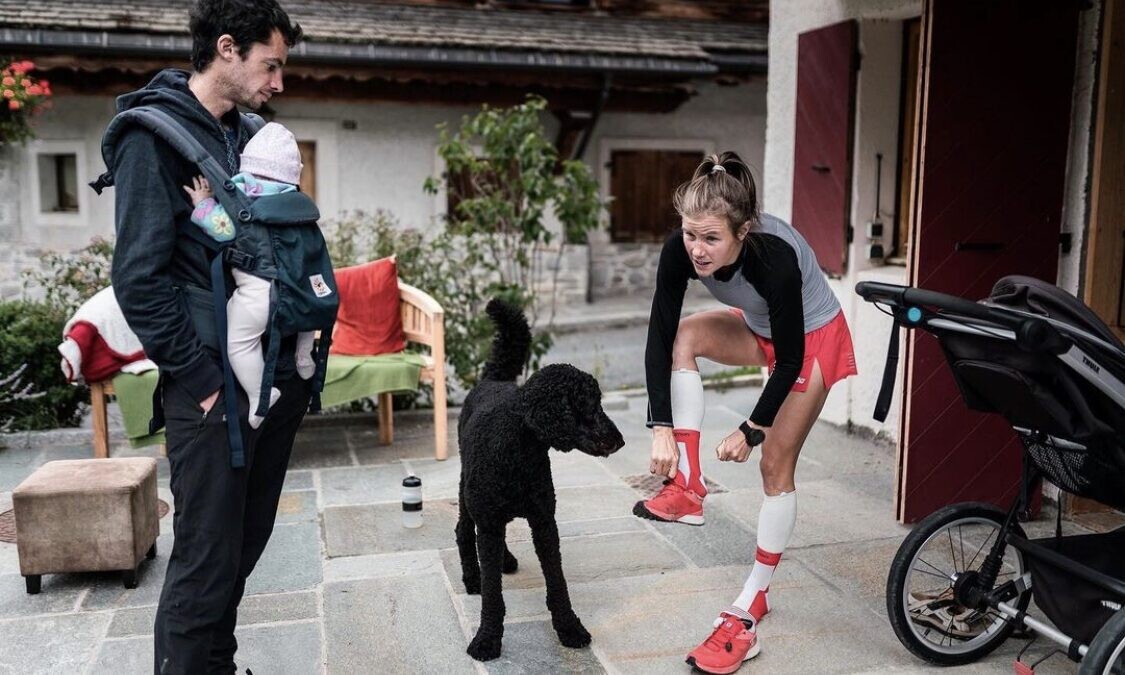
Dough:
2 1/4 cups almond flour (since there is no yeast in this recipe, Forsberg suggests any type of flour without wheat, including corn, coconut, chickpea, or a combo)
3/4 cup water
1/2 tsp salt
1/2 tsp garlic powder
1/2 tsp baking powder
1 Tbsp vegetable oil
Toppings:
assorted veggies of choice (mushrooms, beets, eggplant, tomato)
tomato sauce
cheese (can use vegan)
arugula for topping
Directions
Mix all the dough ingredients together well. Roll out the dough on some parchment paper and pre-bake it for 5 mins at 225 C (440 F).
While the dough is pre-baking, start chopping your veggies. Forsberg says she throws in what she has at home, and if she’s in a hurry will simply use plain store-bought tomato sauce.
Add tomato sauce, veggies, and your choice of cheese, and pop back in the oven at 220 C for approx 10 more minutes. Top with arugula and enjoy.
by Keeley Milne
Login to leave a comment
Kilian Jornet Isn't The G.O.A.T. of Trail Running Just Because He Wins Big Races
After Kilian Jornet won the Ultra-Trail du Mont-Blanc (UTMB) for a record-tying fourth time on August 27, it was easy to assume that running 100 miles is something that comes easy to him.
It doesn't, but it would be easy to think that because, well, it sure looked that way.
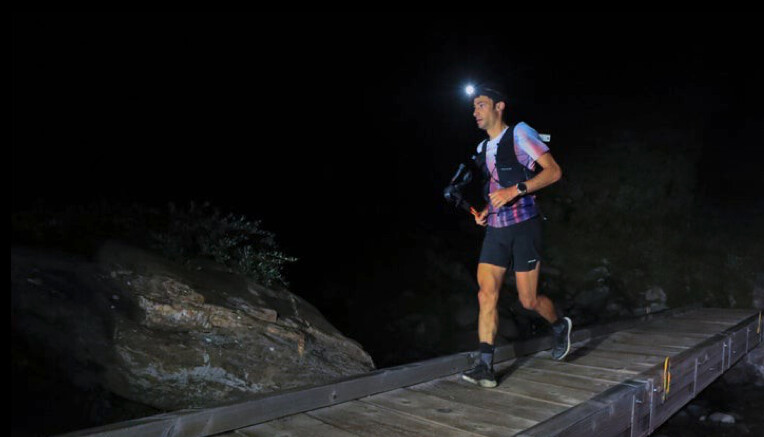
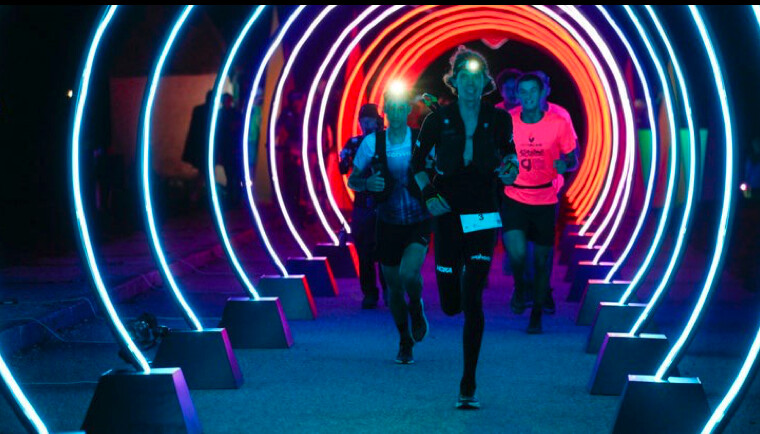
While the 34-year-old who hails from the Catalan region of Spain has long ago established himself as the G.O.A.T. of ultra-distance trail running in the mountains, he's as human as each of the other 2,300 runners who toed the line at this year's UTMB. Like his fellow competitors, Jornet felt fatigue in his legs from grinding through the 171.5km (106.5-mile) course and its 33,000 feet of elevation gain. He said he had difficulty breathing when he ran too fast or climbed too abruptly, likely the lingering effects of having just overcome Covid-19 earlier in the month.
And, like everyone else, he had to fight off low moments of mental torment, and maybe even a tiny trace of self-doubt-remember, he's human-as American rival Jim Walmsley opened up a big lead on him over the Grand Col Ferret as the course passed from Italy to Switzerland.
But what sets Jornet apart, and what has always distinguished him as an athlete, is a unique combination of physical ability, smart racing strategy and a deep connection to the mountains that allows him to move joyfully, patiently and, at times, seemingly with relative ease amid the physical anguish that comes with running such a grueling race.
But make no mistake, he suffered enroute to winning UTMB in a course-record 19 hours, 49 minutes, even if he made it look easy overcoming Walmsley and dispatching competent French contender Mathieu Blanchard.
"Since the start there has not been a single moment in which I didn't suffer," Jornet said after the race. "I knew that I needed to keep my intensity under a certain threshold where it can be heavy for the lungs, but it was no problem. But muscularly it was very hard from the start of the race."
Jornet is human, even if it took a debilitating illness to show it. But as he turned in yet another masterwork performance on the world's biggest stage, Jornet gave glimpses of what has made him so otherworldly for so long. Perhaps surprisingly, superior physicality is only a small part of it.Patience and Respect
Having already won UTMB three times and Hardrock a record-tying five times-most recently just six weeks earlier-Jornet had nothing to prove in Chamonix. In fact, if he had never toed the line or for that matter retires from competition, his legacy of epic race victories and Fastest Known Time (FKT) records on some of the most difficult trails and biggest mountains around the world would stand the test of time.
But that brings up another element that makes Jornet great is that he has always run as if he had nothing to prove. Sure, he's a competitive athlete, but his focus seems to be more about immersing in the zest of competition and the life-affirming bliss he's always felt in the mountains.
For Jornet, the destination truly is the journey, not the outcome. That adventure-oriented focus was something he learned in his youth growing up in the high-alpine environment of the Cap de Rec mountain refuge in the Spanish Pyrenees, where his dad was a mountain guide and his mom was a ski instructor. He climbed his first peak at age 3 and started competing in ski mountaineering races at 12.
Along the way, he developed a grounded sense of presence in the mountains that has allowed him to remain calm and bide his time in ultra-distance races-especially more rugged mountain races like UTMB and Hardrock. Instead of going all-out from the front, he typically follows a more fluid strategy of just staying in contact with the lead group and letting the race play out a bit as the terrain dictates before becoming hyper-competitive.
Contrast that to Walmsley, who has been hellbent on becoming the first American man to win the race with a front-running mentality, countryman Zach Miller, who returned after injuries and Covid-19 kept him away from continuing the same pursuit for three years, and the hard-charging Blanchard, who was eager to steal the show and make a name for himself in front of a supportive mostly French crowd after a robust third-place finish in 2021.
Even when Jornet was younger, he ran with maturity and wisdom beyond his years, always earnestly clinging to the premise that the experience of racing-and sharing it with his competitors, not to mention spectators and volunteers when possible-is always more important than the actual race itself.
When Walmsley built a big lead with a strong power-hiking surge up the Grand Col Ferret, Jornet was seemingly content, at that moment, to ease through the highest point of the course, chatting at times with volunteers, fans and videographers in French, Spanish or English as he had done at times earlier in the race. In previous UTMB races, he's burst ahead on the switchbacks up Grand Col Ferret and other steep climbs on that course, only to stop on top and wait for his competitors to catch up while gazing at the stars or picking mushrooms with children.
"At Hardrock this year, when I saw him on top of Grant Swamp Pass, he stopped in the middle of the race just to chat with me because we hadn't seen each other in a while," Miller says. "That's just the way Kilian is."A Versatile Mountain Athlete
Jornet has a much more diverse set of athletic skills and abilities than most ultrarunners. In addition to winning ultras, Jornet was a multiple world champion in ski mountaineering and SkyRunning in his twenties. He also set a host of new speed ascent marks and roundtrips on Mt. Kilimanjaro (Tanzania), Aconcagua (Argentina), Mont Blanc (France) and the Matterhorn (Switzerland). Although he missed in his attempt to set a new FKT on 29,032-foot Mt. Everest in 2017, he actually summited the world's highest mountain twice in six days without supplemental oxygen.
When he was a few years younger, he set a new record on the 171-mile Tahoe Rim Trail in California and Nevada and posted the fastest-ever time up the steep, rocky 1.3-mile Mt. Sanitas Trail in Boulder, Colorado.
"Kilian is a beast," says Francois D'Haene, the other four-time UTMB winner who last year became the first to win Hardrock and UTMB in the same summer. "When it comes to Vertical K races and distances from 40K to 100K, I think there is no competition between us. He's faster than me and stronger than me, especially on technical terrain."
Aside from long-and-rugged Hardrock and UTMB, Jornet won the shorter and much faster 42km Zegama Alpine Marathon in Spain and placed fourth in the 31km Sierre-Zinal village-to-village race in Switzerland in August. A lot of it has to do with the fact that he still trains in much of the same fashion as he did as a kid, often focusing more on fun, hard, playful days of adventure on foot or on skis as much as he does structured high-performance workouts.
"Kilian is unique in the range that he can cover," Miller says. "As a runner, his ability to switch back and forth from something like Zegama to Hardrock to Sierre-Zinal to UTMB is just incredible. And because of that ability, I think he's a bit of a mad scientist when it comes to training. He kind of turns himself into a guinea pig and trains in ways other guys might not be willing to for fear of overtraining."
All of that translated into Jornet's ability to win this year's UTMB despite trailing Walmsley by about 15 minutes at the 126km aid station at Champex. When the surging Blanchard caught him and quickly left the aid station, Jornet's competitiveness and mountain practicality started to fire up. They passed Walmsley and gapped him and then ran stride for stride over the ensuing 2,300-foot climb from the village of Trient down into the ski town of Valloricine.
Finally, after leaving the 153km aid station at the same moment as Blanchard, Jornet surged on a gently sloped 4km section of trail to the base of the final 2,600-foot climb up Tte aux Vents. Blanchard got a first-hand view of the master at work and all he could do was watch him run away to victory and hold on for second place.
"Running from Champex with Mathieu, I knew I was stronger going up but that he was catching on the downhills," said Jornet, who has lived in Norway for the past several years with his wife, Emelie Forsberg, and their two young children. "Once we got to Valloricine, the strategy was to push very hard up the final climb to Tte aux Vents and then manage the lead. I had about an 8-minute lead and I was feeling comfortable with it, but in a ultra race you never know, many things can happen."A Transcendent Athlete
At some point a conversation about Jornet should transcend trail running and include the similarities he shares with other great athletes who have had a similarly dominant presence in other sports. And yes, that means Tom Brady, Michael Jordan, Lindsay Vonn, Eddie Merckx, Michael Phelps, Ann Trason, Lynn Hill, Kelly Slater and Eliud Kipchoge.
Why not? Like each of those all-time athletes, Jornet has consistently risen to the occasion at the biggest moments of his career, not only because he physically outclasses the competition, but also because his intellectual prowess as an athlete and his ability to outthink, outwit and outlast them. It's not that he wins everything-although he's won the vast majority of his races since winning UTMB as a 20-year-old in 2008-it's more that he's been competing at the highest level for 15 years and hasn't regressed and has rarely had bad days.
In 2017, he had a rough go of it in the UTMB and finished second to D'Haene and in 2018 he dropped out after inflammation and pain caused by a pre-race bee sting made it difficult to keep running.
"Even his bad races he performs well, and I think that's what makes Kilian special," says Walmsley, who finished fourth at UTMB this year. "Whether it's a bad moment or a bad race, he's always still competing at a really high level. I have raced him twice at UTMB and both times I have thought I have found a crack, but I haven't been able to hold onto it."
Until recently, Jornet might have been viewed solely for his athletic. But with his bold move this year to break away from longtime sponsor Salomon and begin a new environmentally friendly trail running shoe brand called NNormal (with Spanish footwear brand Camper), he's not only begun to hone his entrepreneurial spirit in the world of business but also to make an impact as the environmental steward he's always been.
It's a path only a handful of high-level outdoor athletes achieved success at after making their mark in their sport disciplines, most notably Yvon Chouinard, a climber, surfer and kayaker who founded Patagonia in 1970.
Jornet ran all of his races this year in the same model of NNormal shoes that will be available at running shops and online this fall. It's a uniquely designed shoe that's balanced under the midfoot to promote midfoot and forefoot running gaits, but with enough cushioning to run with a heel-striking stride, especially on downhill sections of a trail. A thin polyurethane plate provides protection from rocks and some energy return, while a proprietary version of a Vibram Litebase Megagrip outsole serves up secure traction.
That all might sound pretty standard, but Jornet really wants his NNormal shoes to stand out for their durability. He and his colleagues have gone to great lengths to source long-lasting components, but they've also designed the shoe to be deconstructed so it will be easy to re-sole, repair or recycle it after hundreds of miles of wear and tear. It's all part of NNormal's No Trace philosophy that is all aimed at transparently designing gear with the smallest carbon footprint possible.
"There are a lot of good guys in the sport, but in [my] mind, Kilian is the king of the sport," says Miller, who was the fifth finisher at UTMB this year. "He sets the tone for the entire sport and [is] a great representative of the sport."
by Trail Runner Magazine
Login to leave a comment
2022 UTMB Men’s Race
As expected, the men took the race out fast from the start on the relatively flat roads and trails from Chamonix to the village of Les Houches. Spain’s Pau Capell, the 2019 UTMB winner, led a charging group through Les Houches, seven kilometers into the race, followed closely by Mathieu Blanchard, a Frenchman living in Canada, and Jia-Ju Zhao and Guo-Min Deng, both of China. All the top contenders were in a massive chase pack, settling in for the long night and day ahead.
It didn’t take long for Jim Walmsley (pre-race interview) of the USA to make his intentions for this year’s race clear, coming into Saint-Gervais, at 20 kilometers into the race, in the lead, looking strong and relaxed. Kilian Jornet and Capell were just seconds behind with Deng, Zhao, and American Zach Miller making up a chase group half a minute in arrears. They were followed by Frenchman Germain Grangier, Blanchard, Frenchman Thibaut Garrivier, and Yan-Qiao Yun of China.
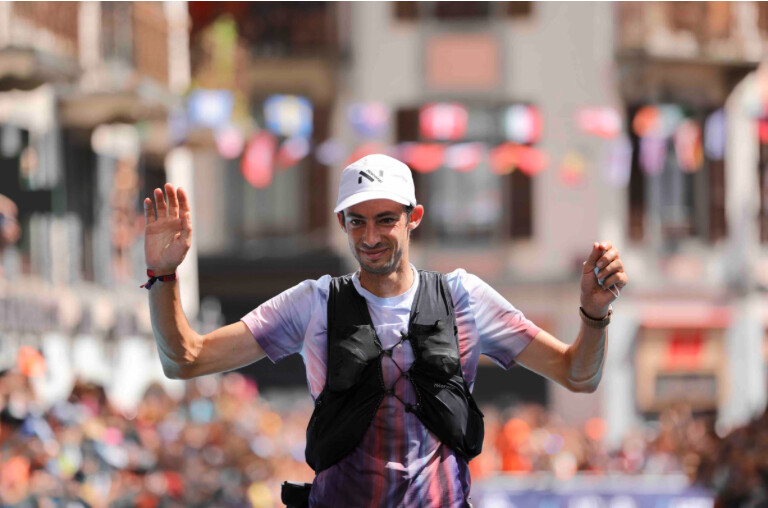
Unsurprisingly, by Les Contamines, 31 kilometers into the race, it was shaping up to be a showdown between Walmsley and Jornet. They came into the aid station together looking relaxed, Walmsley taking the time to high-five fans, and were shortly on their way into the night together. Capell and Miller came in just 30 seconds back, and Grangier rounded out the top five, just a minute behind them.
A notable withdrawal around this time due to physical issues is last year’s second place finisher, Frenchman Aurélien Dunand-Pallaz (pre-race interview).
Climbing over the high Col du Bonhomme, 43 kilometers in, Walmsley, Miller, Jornet, and Tom Evans (pre-race interview) of the U.K. shared the lead. With 1,160 meters (3,800 feet) of climbing down just on this one climb, everyone in the group looked relaxed and was moving well. Capell was just 90 seconds back, trying not to let the elastic to the front group snap in the dark of the night on the run over to Col du Bonhomme before the long descent into the remote French outpost of Les Chapieux.
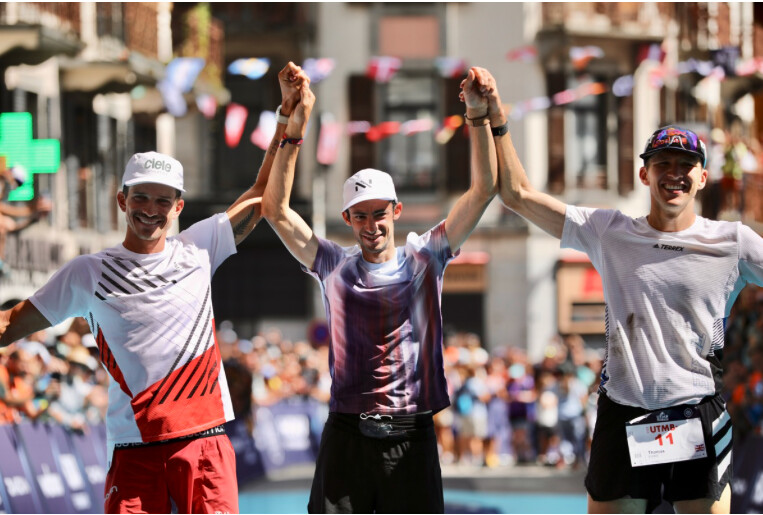
The four leaders stayed together down to Les Chapieux, 50 kilometers into the race, where last year’s winner, François D’Haene — not participating this year — was spectating and cheering on runners. Unfortunately, Capell had lost contact with the lead group over the previous section, coming into the aid station more than two minutes back. The rest of the top nine stayed relatively the same with Erik Sorenson of the USA slotting in 10th for the first time.Coming into Lac Combal, 66 kilometers into the race, after crossing country borders into Italy and traversing the most remote part of the course, Walmsley and Jornet had only slightly pulled away, their gap to Miller and Evans hung at a tenuous minute. All four looked strong, but it seemed like pre-race predictions of a two-man showdown were about to be realized.
Walmsley, with his arms and legs fully covered from the cold of the night but shirt front open, came into the town of Courmayeur, 80 kilometers in, solo and in the lead, but his gap on Jornet just 80 seconds.
Both men were moving well and left the aid station together after only a few minutes. It was a significant 12 minutes before Evans and Miller came through, staying in Courmayeur for under three minutes. Blanchard, looking more relaxed than any of the previous four, was also in and out of the aid station quickly, 18 minutes off the lead. Known for his slower starts and late race surges, Blanchard appeared to know exactly what he was doing.
It was never a question of if Walmsley or Jornet would strike out on their own, it was just a matter of when. Walmsley was the first to throw down a serious acceleration, coming into Arnouvaz (97 kilometers) solo and with a 2.5-minute gap on Jornet. Both were in and out of the aid station quickly, looking strong and motivated. Blanchard also chose the trail between Courmayeur and Arnouvaz to make his move, coming into the Arnouvaz aid station in third, looking very controlled and 14 minutes behind the leaders.
He was familiar with that position in the race, having finished third in UTMB in 2021. He was also familiar with the race tactic of starting slower, letting the leaders fight it out early and tire themselves out, and then moving up as the fast starters dropped back. It had brought him success the previous year, and he was seemingly employing the strategy again. Miller and Evans continued to run near each other, what Evans would later refer to as a “bromance” that lasted over half the race, and both looked like they had less spring in their step than the men ahead of them.
Committed to making the move stick, Walmsley climbed the Grand Col Ferret at 102 kilometers with a strong powerhike and held a five-minute gap over Jornet. Seemingly unconcerned with his position, Jornet chatted in French with both spectators and volunteers before vanishing into the night. Moving faster and looking stronger over the col than the previous two men, Blanchard continued the chase in third 17 minutes back. Miller and Evans continued to work together to keep the gap manageable.
The gap between Walmsley and Jornet stretched even further to 14 minutes by the sleepy Swiss village of La Fouly, 112 kilometers into the race. Both men were running under course-record pace, and both looked calm and collected. Still running strong into La Fouly, Blanchard kept the leaders within reach.
But Walmsley was committed to stretching the elastic on the field as much as he could, coming through Champex-Lac at 125 kilometers with 13 hours and 40 minutes on the race clock, gaining even more time on the course record and moving strongly. It’s generally a bad idea to bet against Walmsley after he’s put his mind to something, and after a fifth place finish in 2017 and DNF in 2018 and 2021 at UTMB, his commitment to the race and move to Europe to train on the trails seemed to be paying off.
But Walmsley is also known for going out fast and strong, and it doesn’t always stick.One could argue that Jornet was just biding his time, letting Walmsley burn his matches out front. However, there were times around this point in the race where Jornet just plain looked like he was working, enough so that we all began to wonder if the GOAT of trail running would have a crack in his armor today. However, by Trient at 142 kilometers, Jornet had decided to make his move, coming into the aid station in the lead. But instead of seeing Walmsley behind him, it was a surging Blanchard, less than a minute back that Jornet would have to now battle.
It was a long 19 minutes before Walmsley would arrive, appearing to be in discomfort. The dynamic duo of Evans and Miller continued to run together, still holding the gap to the race leader at just over 30 minutes, as they had for much of the race.As the kilometers ticked down, it was indeed a showdown between two men, except it was Blanchard challenging Jornet, with both men coming into Vallorcine at 153 kilometers together, well ahead of the course-record pace.
With Walmsley slowly losing time to the leaders but still in third, eyes moved to Evans who’d finally dropped Miller after nearly a night and a day of racing side by side to see if he could make the pass.By this time, it felt nearly inevitable that Jornet would run to the win and it was no surprise when he came into Tete aux Vents solo looking focused and fast with an 11-kilometer downhill run to the finish. Blanchard never gave up the chase, seven minutes back, while Evans passed a tired but “pumped” Walmsley to slot into third for the first time.
Jornet would finish with a course-record time of 19:49:30, besting both François D’Haene’s 2014 record time (20:11:44) on a course which did not include the Pyramides Calcaires, a gnarly little climb and descent added to the UTMB course a few years back, and Capell’s 2019 time (20:19:09), which did include those extra kilometers.
This is his fourth win at UTMB. Just five minutes back, Blanchard would also come into the finishing chute under the previous course record in second place. An elated Evans rounded out the podium, a stellar finish for his first UTMB.
Walmsley came across the line in fourth, releasing the two DNF monkeys on his back and finishing the next step in his goal of ultimately winning this race someday. Miller, no longer on the comeback trail following surgery and recovery, but fully back, crossed the line in fifth place.
Most of the back half of the men’s top 10 are runners who started slower and bided their time, moving up in the race’s second half, including France’s Beñat Marmissolle, France’s Arthur Joyeux-Bouillon,Jonas Russi of Switzerland, and Romania’s Robert Hajnal. The final member of the men’s top 10, however, is France’s Thibaut Garrivier, who went out hot and looked like he paid for it later, but ultimately holding onto 10th place.
Login to leave a comment
North Face Ultra Trail du Tour du Mont-Blanc
Mountain race, with numerous passages in high altitude (>2500m), in difficult weather conditions (night, wind, cold, rain or snow), that needs a very good training, adapted equipment and a real capacity of personal autonomy. It is 6:00pm and we are more or less 2300 people sharing the same dream carefully prepared over many months. Despite the incredible difficulty, we feel...
more...Kilian Jornet and NNormal launch their first trail shoe
Kilian Jornet calls the Kjerag "a shoe that can be used for everything from a VK to a 100-mile race”
The Kjerag [pronounced: sche-rak], a trail running shoe and the first product launched by ultrarunning phenom Killan Jornet’s brand NNormal. The Kjerag is named for a 1,100-metre-high mountain in Norway, which can be conquered by running up challenging trails or tackled via some moderate hiking.
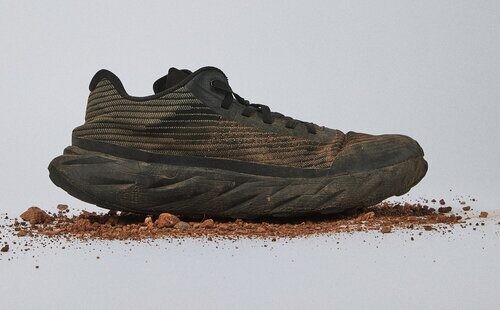
The made-for-everyone versatility of the mountain inspired the name of the shoe, touted as being made for every runner at every level. At 200 g, the Kjerag is a lightweight shoe boasting unique shock absorption and stability, with a stack height of 23.5 mm and a heel-to-toe offset/drop of 6 mm.
The design team at NNormal worked with Jornet to create a shoe that’s made to be versatile enough to switch between road running and scrambling up technical trails.
Jornet explained in a press release on Monday: “Our goal with Kjerag was to find the highest-quality materials, cutting-edge technologies, planet-friendly production processes–the best of everything. Then to bring them together in a shoe that can be used for everything from a VK (vertical kilometer) to a 100-mile race.”
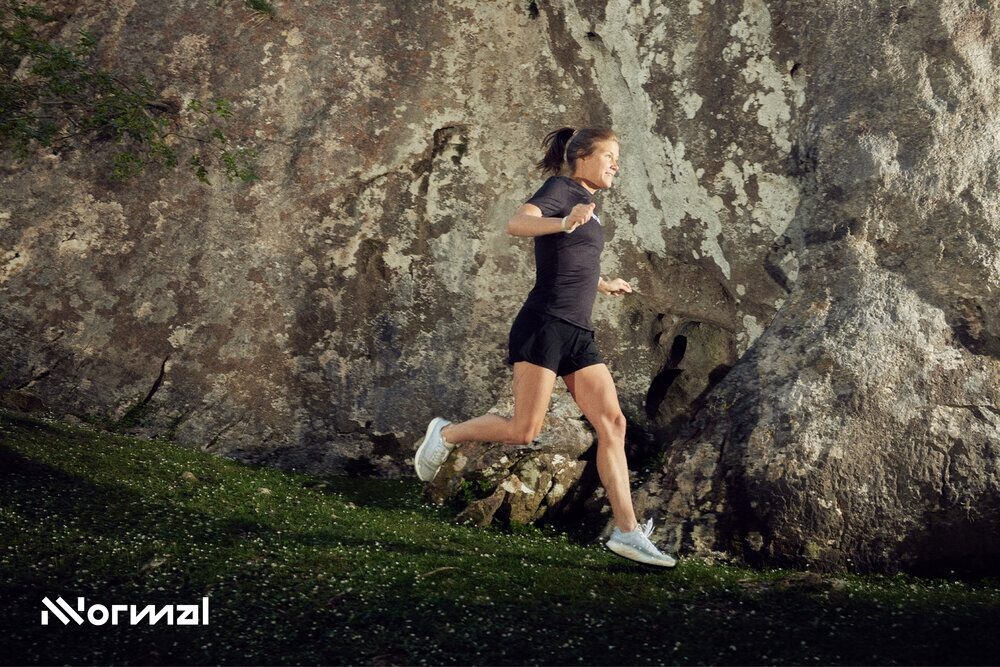
The Kjerag has a generous front volume to provide comfort for runners tackling long races or trekking through hot days. Jornet has been test-driving the shoe throughout the 2022 season. “You forget about them when you run,” he reports. “They follow the natural movement of the foot, which helps prevent muscle fatigue and blisters. The shoes adapt to you.”
The Kjerag has a super-sticky, extra durable Megagrip Vibram sole, with 3.5 mm lugs intended to prioritize speed and allow sensitivity to the terrain. The shoe boasts a “new generation of foam” with its EExpure midsole, sitting in direct contact with your feet via a very thin membrane. “No inner sole means best-possible propulsion and compression, less slippage and fewer blisters,” explains NNormal.
NNormal will be launching a range of apparel and accessories alongside the Kjerag that align with the same principles: lightweight and breathable attire made for both intense and less strenuous activities at every level. All the clothing designs are intended to be both timeless and durable.
A shoe as all-encompassing as the Kjerag is hard to imagine, and it will be interesting to see if regular runners find the trail runner as versatile as NNormal claims it to be.
by Running Magazine
Login to leave a comment
Will Jim Walmsley Be the First American Man to Win UTMB?
Jim Walmsley has always been an outlier among American trail runners.
Not only is he as fast and talented as any ultrarunner the U.S. has ever produced, but he's also been bold and even a little brash about his intentions. His off-the-front racing style is something to be revered-and respected if you're one of his competitors -because the lanky 32-year-old Hoka-sponsored runner from Flagstaff, Arizona, has proven time and time again that it works for him.
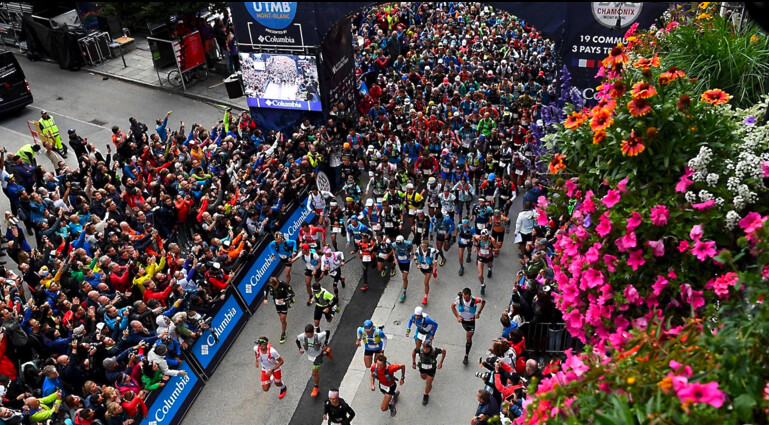
On August 26 in Chamonix, France, Walmsley will embark on his latest and most prodigious quest yet: to win Ultra-Trail du Mont-Blanc (UTMB). It's his fourth attempt at trying to follow up on his stated intention of becoming the first American man to win the race, but he's gone to extra lengths this year to prepare for it. It would certainly add to what has already been a great year, given that he and longtime girlfriend Jessica Brazeau got married on May 4 in Silverton, Colorado.
But if Walmsley is going to pull it off this year, he will have to fend off three-time UTMB winner and 2022 Hardrock champion Kilian Jornet, of Spain, among other strong runners in the talent-loaded field.
UTMB has been one of the pinnacle events in the sport of trail running since its inception in 2003. Not only does the course send runners on a grueling 171.5K loop (106.5 miles) around the Mont Blanc massif with nearly 33,000 feet of vertical gain, it also brings together the deepest international field of the year and more hype and media attention-including epic coverage and commentary via livestream-than any other event in the world by far.
One of several top-tier Americans in this year's UTMB field, Walmsley skipped the Western States 100 this year and since June has been living and training in the mountains of the Rhne Alpes region of France near Beaufort, not far from good friend Franois D'Haene, who knows a thing or two about training for big mountain ultras.
Last year, D'Haene not only became the first male runner to win UTMB for a fourth time, but he also became the first runner to win both Colorado's Hardrock 100 and UTMB in the same year.
The Frenchman was crewed and paced by Walmsley at Hardrock in 2021 and was one of the first people to suggest that Walmsley spend a summer training in the French Alps in order to best prepare for UTMB, rather than showing up in Chamonix 7-10 days before as he-and many other American men-have in the past.
Aside from Jornet, who won this year's Hardrock 100 for the fifth time on July 16, the top international runners include Frenchman Aurelien Dunand-Pallaz, the runner-up at UTMB last year; Germany's Hannes Namberger; New Zealand's Scott Hawker; and Spain's Pau Capell, who won the race in 2019.
D'Haene certainly thinks Walmsley is capable of winning UTMB, but points out that there are always numerous capable runners who are contenders and it all depends on how the race plays out. The idea of Walmsley stating his intent out front-that he wants to win UTMB-is more of a bold American approach, D'Haene says, as opposed to a more subtle European style he prefers.
"Just to explain to people, 'I am here to be the first American to win the UTMB,' puts a lot of pressure on him," D'Haene says. "He thinks UTMB, he sleeps UTMB, he eats UTMB, so it's a lot of pressure. If you take the approach that I just want to smash that course and win that race, then it's a lot of pressure. I'm not sure if he'll win or not win, but at least he's training well in the Alps and his confidence is up."
Walmsley has raced UTMB three times already-taking fifth in 2017 but DNF-ing in 2018 and 2021. The fact that no American man has ever won UTMB is irrelevant in the scope of this year's race, but it certainly adds a heightened focus in Walmsley's quest and a brighter spotlight on him before and during the race.
Whereas four American women have won the women's UTMB race a total of seven times-including the 2019 and 2021 champion Courtney Dauwalter-only a handful of U.S. men have made it to the UTMB podium. The highest finish came when when Topher Gaylord and Bradon Sybrowsky tied for second in the inaugural race in 2003.
While Walmsley appears to be the top American this year, it would be foolish to focus on him as the only American capable of winning. Other U.S. runners with momentum and motivation heading into UTMB include Tim Tollefson, who finished second at CCC in 2015 and third in UTMB in 2016 and 2017; Tyler Green, fourth at Western States 100 this year and 10th in the TDS 145K in Chamonix last year; Zach Miller, winner of the CCC 100K in 2015 and sixth and ninth, respectively, in UTMB in 2016 and 2017.
Miller went for broke trying to win UTMB in 2016 and held a 35-minute lead beyond the halfway point. He still led at the 100K mark, only to struggle over the final 50K and wind up sixth. What makes UTMB different, he says, is that the endless string of long climbs and descents demands a more moderate rhythm and effort over the first half of the course so you don't blow up before the race really begins.
"I don't think there's a super-secret code to crack. We've had a number of really good American men run there, it's just we have to have one of them have a good day all day one of these years," Miller says. "It's not anything we can't figure out or accommodate for. I think we've done it in other European-style races. It's just this one has kind of eluded us. I think it's possible that someone is going to have that 'right' day, but you almost have to have to get a little lucky, too."
Tollfeson is coming off three DNFs at UTMB in 2018, 2019, and 2021, and had a tough Western States this year (21st). Miller also DNF'ed at UTMB in 2018 and 2019 and then was away from racing because of injuries. He finished his first long ultra in several years in late June, winning the Andorra 100K to earn his place in Chamonix.
Other Americans in the field include David Laney (third at UTMB in 2015), Jason Schlarb (fourth in 2014), Seth Swanson (fourth in 2015 and seventh at TDS last year) and Sage Canaday (48th at UTMB in 2017), who is back after suffering a pulmonary embolism and a devastating house fire in 2021.
As for Walmsley, his front-running style has helped him snag three Western States 100 titles, three JFK 50 wins, a 50-mile world-best time, a 100K American record and the Fastest Known Time running across the Grand Canyon and back. It also helped him produce a solid 2:15:05, 22nd-place effort at the 2020 U.S. Olympic Marathon Trials.
Most recently, he tore up the trails (and the competition) at the rough and rugged Madeira Island Ultra Trail 115K in Portugal in April. Otherwise is been running in the Beaufortain Mountains with D'Haene and training a lot on a Wahoo bike trainer in France. Two weeks ago, he completed the arduous 114K (71-mile) Ultra Tour du Beaufortain loop with 7,300 meters (25,000 feet) of vertical gain as one of his last big training days.
"I hope Jim can change it this year," D'Haene says. "I hope he will be OK and can run a good race, of course, but it's UTMB and, of course, it's always difficult."
by Trail Runner Magazine
Login to leave a comment
Ultra running is exploding in popularity around the world, but what actually is an ultramarathon?
The term Ultra covers a broad range of races, from mountains to road
Ultra running is fast becoming a mainstream sport. Once, it was the realm of a few crazy runners, and not the pastime of everyone from your boss to your neighbour. But what actually is an ultramarathon?
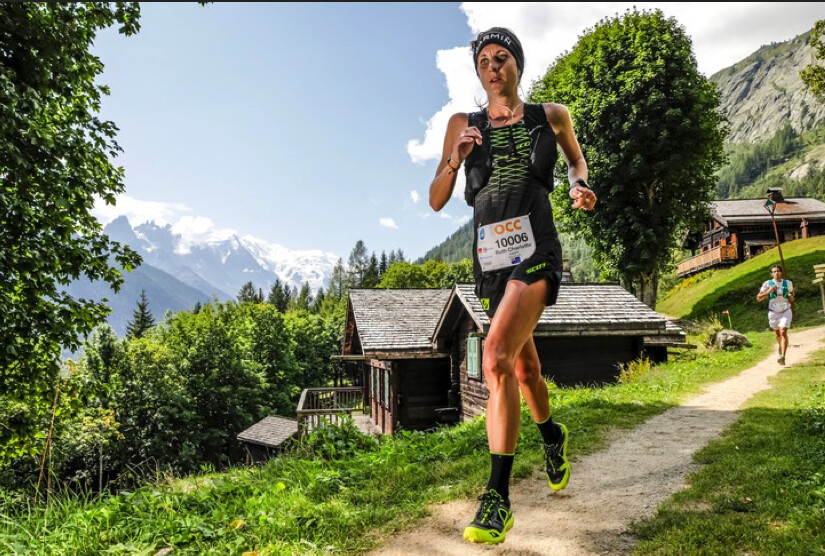
How long is an ultramarathon?
An ultramarathon is anything longer than a marathon, which is 26.2 miles (42.195km). So, you could complete a marathon and run back to your car and you’ve technically run an ultra distance.
Typically, ultramarathons start at 50km and go up from there. Standard distances are 50km, 100km and 161km (100 miles), the latter often being referred to as a “miler”.
While a marathon is never longer than 26.2 miles, ultras tend to vary a bit. For example, the Hong Kong 100 is in fact 103km. And the Ultra Marathon du Mont Blanc, a miler, is in fact 171km. Others are a bit shorter than advertised, too.
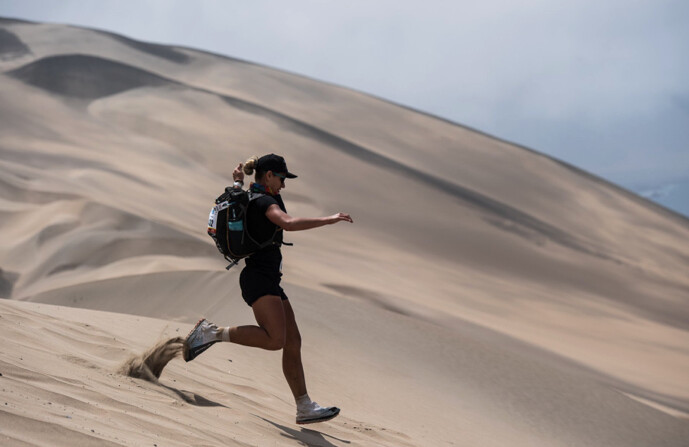
Aside from the above three types, there are ultra races of all sorts of distances and formats. As long as it’s more than a marathon, the distances and formats can be limitless.
An increasingly popular format is 250km split over stages, such as the Marathon Des Sables. Runners complete different distances each day, some less than an ultra, and sleep at night.
As the sport continues to grow, others try to push the boundaries – such as the 298km Hong Kong Four Trails Ultra Challenge, which is non-stop and has no support on the trails. Runners finish the distance in between around 48 and 70 hours.
The formats are becoming increasingly imaginative. A backyard ultra, for example, is around a 6.7km loop. The runners start on the hour every hour until there is just one runner left, so the distance is not set. It keeps going and going. Runners have gone on for more than 80 hours.
Outside organised events, runners often complete ultramarathons just for fun, to set a personal best or a Fastest Known Time (FKT), which is ultra terminology for a specific course record. This can be anything from the 44km Hong Kong Trail, which takes a few hours, to the 4,172km Pacific Crest Trail, which has an FKT of almost two months.
What terrain is an ultramarathon on?
With an infinite range of distances come infinite terrains. An ultramarathon can be road, flat, track, pavement, mountain, trail, snow and more. As long as you can run on it, you can run an ultramarathon on it.
A famous road ultramarathon is the 246km Spartathlon. It follows the legendary route run by Pheidippides, who ran from Athens to Sparta before the Battle of Marathon in Ancient Greece, thus inventing the marathon.
The most high-profile mountain ultra is the Ultra Marathon du Mont Blanc, which has a total of 10,040 metres accumulative elevation gain in the Alps.
Track ultras often take the format of a set time rather than distance. For example, how far you can travel in 24 hours, round and round the same athletics track.
When Zach Bitter set the 100-mile world record, which has since been broken again, he ran it around a 443m track by doing 363 laps.
The distances and terrains are so varied race to race they are essentially different sports. Kilian Jornet is considered one of the best ultra-mountain runners ever, but comparing him with Yiannis Kouros, considered one of the best ultra road runners ever, is like asking who is better at football: Tom Brady or Lionel Messi.
Is an ultra harder than a marathon?
The word ultra refers to the distance, not difficulty. An ultramarathon is inherently hard, but not inherently harder than a marathon or any other distance for that matter.
If you have a specific and demanding finishing time in mind for your marathon, you will have to stick to a specific split, keep your legs spinning and spinning, all the time concentrating on your pace and pushing your body.
Is that easier or harder than a 24-hour 100km over mountains, with variation in terrain and elevation, when you walk some parts and rest at check points?
What about a 5km? If you want to run a fast 5km, you will be at your absolute limit for the entire time and collapse over the finish line.
Non-runners often think an ultramarathon is the “next step” for runners looking for a new challenge. Searching for a faster time is just as challenging as searching for a longer distance.
Either can be harder than the other – it’s down to the runner.
The same is true within ultra running. Ruth Croft, one of the best runners, dominates races around 50km. She was repeatedly asked when she would do a 100 miler once she had “completed” a 50km. Croft resisted the urge to cave to the pressure to run further until she was ready, understanding that fast and far are two often incomparable metrics.
When you consider all of the above, the simple definition of “longer than a marathon” does not quite do justice to the massive range of events encapsulated by the term ultramarathon.
Login to leave a comment
2022 Hardrock 100 Men’s Race
The men’s race at the 2022 Hardrock 100 finished pretty much in line with expectations – with an epic showdown between two of the greatest talents ever seen in the sport – Kilian Jornet (pre-race interview) and François D’Haene (pre-race interview). But there was plenty more action along the way, with bold moves from Dakota Jones (pre-race interview), and some strong running further back the field. Here’s how this year’s clockwise action played out.
From the start, the runners made a fairly predictable formation at the front of the field. Dakota Jones, Francois D’Haene, and Kilian Jornet led the charge, running together, with Jones joking with one of our reporters that they had agreed to finish in the aforementioned order. A very happy looking Dani Jung followed close back from the leaders in fourth at the KT aid station at mile 11.5, with John Kelly three minutes later in fifth. There was a gap of ten minutes or more from this front pack to Jeff Browning and Luke Nelson, who looked to be taking it very easy in sixth and seventh.The front trio remained within a few strides of each other the whole way into Ouray at mile 44, and although looking relaxed, they were already twelve minutes up on course record pace. Jung still followed in fourth, but the gap had widened to almost half an hour. He still looked very fresh and appeared to be taking the high road and running his own race, rather than getting caught up in anything outside of his comfort zone. The next three positions — Kelly, Browning, and Nelson — also remained unchanged with Kelly appearing more sombre than the others, but still making a fast turnaround in the aid station.
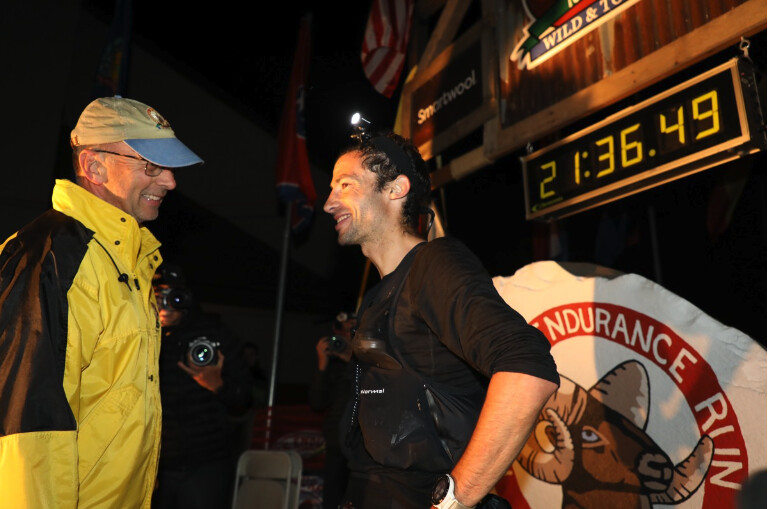
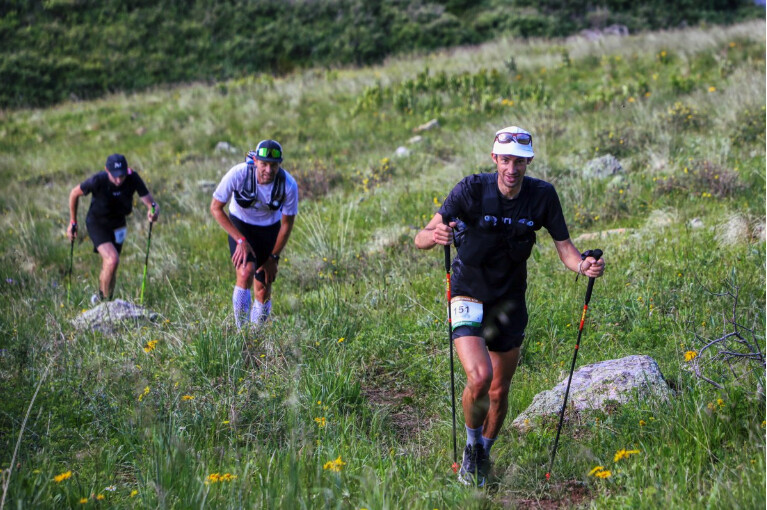
Jones was the one to make the move that cracked the front trio, and he came into the Engineer aid station at roughly the halfway point 11 minutes clear of Jornet and D’Haene, who remained together. Jung held on steadfastly in fourth, and former Hardrock champion Browning had moved up to take fifth from a struggling John Kelly.Jones continued to lead the way through Grizzly Gulch, two-thirds of the way into the race, but the Euro duo of Jornet and D’Haene had begun to close. By Sherman at mile 73, the two had joined forces, entering and leaving the aid station together eight minutes ahead of Jones.
They continued to run within seconds of each other, but by Cunningham Gulch at mile 93, there was a notable shift in tone as the race had begun in earnest. Jornet was the first to leave the aid station with D’Haene following seconds later. D’Haene looked strong and can never be underestimated in the finish, but after the headtorches began to flicker on the final descent through Arrastra Gulch, it was Jornet who emerged first from the darkness, having put five minutes on his friend and opponent in the roughly four-mile stretch.
Jornet powered through to the finish, taking his fifth victory in five Hardrock starts, and a clockwise and overall course record in a time of 21:36:34. D’Haene followed and touched the rock at 21:51:21, which was also under the original clockwise record from Jornet’s 2014 run.Further back, despite losing hold of first place, Dakota Jones never stopped pushing and took third in a strong 23:06:19, making his pre-race goal of breaking 24 hours.
An emotional Dani Jung came home in fourth, a position he held essentially all race, in a time of 25:53:47. This is just the beginning of Jung’s season, with UTMB and Diagonale des Fous still to come, and it will be interesting to watch him build on this performance.Jeff Browning was next home, finishing his sixth Hardrock in a time of 26:17:47, saying at the finish “It doesn’t get any easier.”
by Bryon Powell and Sarah Brady I run far
Login to leave a comment
Hardrock 100
100-mile run with 33,050 feet of climb and 33,050 feet of descent for a total elevation change of 66,100 feet with an average elevation of 11,186 feet - low point 7,680 feet (Ouray) and high point 14,048 feet (Handies Peak). The run starts and ends in Silverton, Colorado and travels through the towns of Telluride, Ouray, and the ghost town...
more...Kilian Jornet and Nienke Brinkman smash Zegama-Aizkorri Marathon course records
On Sunday, at the first stage in the Gold Trail World Series (GTWS), Spain’s Kilian Jornet and Nienke Brinkman of the Netherlands both won the Zegama-Aizkorri Marathon in a course record time.
Jornet has now won the race for the 10th time in 11 attempts on the trail of Zegama-Aizkorri, in the Basque Country, Spain. His time of 3:36:40 took nine minutes off the previous record of 3:45:08 set by Stian Angermund-Vik in 2017.
The 34-year-old trail runner covered the 42-kilometre course at a fierce pace while climbing a steep 2,736 metres of elevation gain. Runners had to deal with seasonally warm temperatures but were greeted by thousands of people posted along the course.
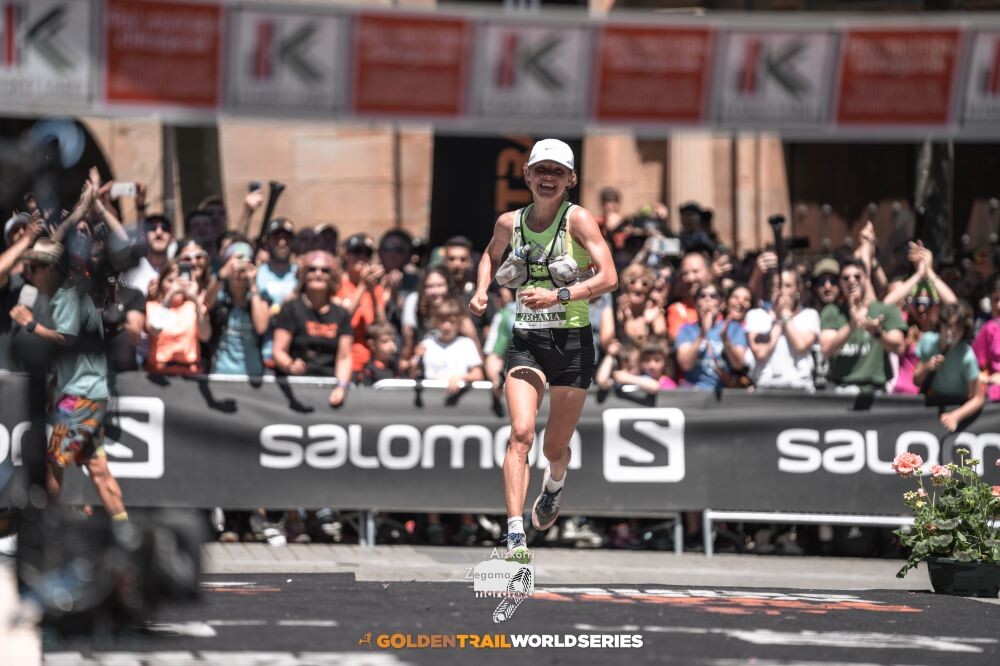
Jornet finished three minutes ahead of Italy’s Davide Magnini (3:39:31), with whom he duelled for a long time until the final climb around 33 km. Spain’s Manuel Merillas, who is the reigning skyrunning world champion and speed record holder on Mont Blanc, finished third in 3:45:43.
Jornet has won Zegama in 2007, 2008, 2010, 2011, 2012, 2013, 2014, 2016, 2019 and now 2022. The big goal for Jornet this year is to win the Hardrock 100 miler, which takes place in Silverton, Colo., on July 15, where he will have to compete against the 2021 UTMB champion, François D’haene of France.
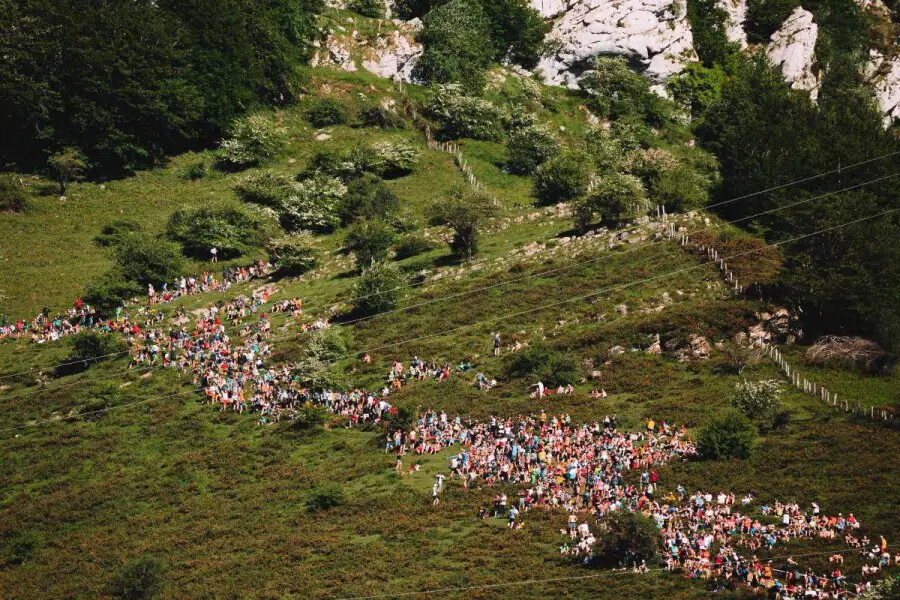
In the women’s race, it was all Dutch-phenom Brinkman. The 28-year-old Dutch marathon record holder never trailed in the race and ran the entire race alone past 10K. Brinkman led Maude Mathys of Switzerland by three minutes at the halfway point and beat Mathys by over nine minutes at the finish, smashing the existing course record by 18 minutes in 4:16:43. Mathys was second in 4:26:03 and Sara Alonso of Spain rounded out the top three, 37 seconds behind Mathys. All three women were well inside the previous course record.
In two months, Brinkman has notched a 2:22 marathon performance in Rotterdam and the Zegama Marathon course record. She is a former Dutch field hockey player, who only started running seriously at the start of the pandemic in 2020. At the end of 2021, she joined Nike’s NN Running Team.
Brinkman currently lives in Zurich, Switzerland, where she does a lot of training on the trails and difficult mountain paths.
by Running Magazine
Login to leave a comment
Kilian Jornet Co-Founds New Brand, NNormal
Mountain running legend Kilian Jornet has announced his newest venture: an apparel and outdoor equipment company called NNormal.
The brand's creation was announced last month, a partnership between Jornet and Spanish footwear company Camper. According to the brand's website, the company name comes from locations of the designing and testing of products in Mallorca, Spain, and Norway, respectively (Nor + Mal). Jornet, who is originally from Spain, now lives in Norway.

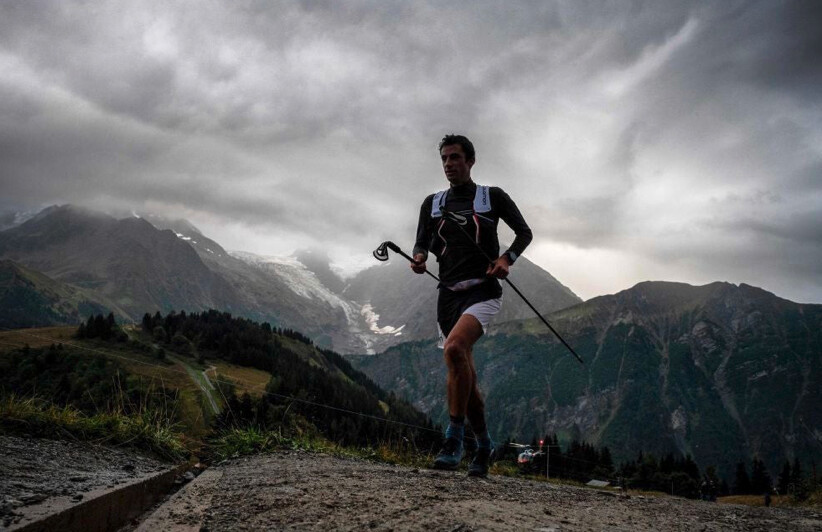
According to the brand's website, the first line of NNormal products - set to include shoes, apparel, and accessories - will launch this fall, both online and in specialty running stores in Europe and North America. Additional members of the NNormal athlete team are also set to be announced in the coming weeks and already include Swedish athlete Emelie Forsberg, Jornet's partner.
While no products have been made available yet, NNormal's website notes that the first line is currently being tested, and that co-founder and first brand ambassador Jornet will wear the gear during his 2022 racing season, ostensibly including his seventh appearance at UTMB this August. Jornet split from longtime sponsor Salomon last year with an announcement that he would be turning toward a new venture, rather than signing with another existing company. Until recently, he had given few other details.
A Focus On Sustainability
NNormal's slogan, "Your path, no trace," alludes to Jornet's activism and dedication to environmental sustainability, and in a video on the website, Jornet outlines the mission and plans for the new company, including that all of its products should be reusable, repairable, or recyclable.
"Whatever we produce, it has a negative impact on the environment," says Jornet in the video. "Transparency is necessary to be honest about what we are doing well and what we should improve. How our company is contributing to climate change, to biodiversity loss, to introducing new chemical elements to nature, to ocean acidification, to land use, and to freshwater consumption, should be studied."
Jornet's partner business, Camper, was founded in Spain in 1975, and is currently headed by Miguel Fluxa, whose family has been crafting shoes for four generations. Camper has laid out ambitious sustainability goals itself, including 100% recycled or circular packaging, 100% of products made with recycled or renewable materials, and 100% ethically trusted and verified supply chain members by 2025, as well as net-zero emissions by 2050.
"So, how do we approach, at NNormal, our environmental responsibility?" said Jornet in the video. "Our DNA is to work on functionality. Our products are made to be used in multiple activities, and to be worn. Durability: to ensure that with this functionality, they can last the maximum. And repairability: to prolong the life of each product. Our end goal is to work toward real, circular products, leaving no trace in our path."
In the video, Jornet goes on to note that the brand's apparel is fully designed and created in Europe with materials from European producers, but that footwear will be manufactured in Asia, at least at first, due to better industrial capacity for producing performance shoes in that area of the world.
"Our goal is to produce more in Europe in the future, and for that we must invest in creating infrastructure and the know-how for it," Jornet says. "We are building long-term relations with our partners and providers to ensure the environmental and social levels of all our supply chain[This] means our internal emissions, but also from our external partners, such as factories, materials, et cetera, and working on reducing it with the goal of having the lowest emissions possible, and compensating the rest of emissions to become carbon neutral."The Goal? Better, not more.
Jornet notes in the video that in the interest of producing less waste and more timeless products, NNormal will include unisex color schemes, emphasize multifunctionality of products so that they can be used for more activities, and limited new releases, creating new designs only if better materials or strategies are identified, rather than releasing revamped editions each year.
The company plans to pursue the highest possible certifications in social and environmental responsibility, notes Jornet, including being a 1% for the Planet member and dovetailing with the work of Jornet's own Kilian Jornet Foundation, which supports environmental projects such as the World Glacier Monitoring Service and the science education work of the Athlete Climate Academy.
by Trail Runner Magazine
Login to leave a comment
Kilian Jornet partners with Coros wearables
The world-class GPS watch company Coros has partnered with two new athletes to expand their trail and mountain running audience. World sky-running champions Kilian Jornet and Emelie Forsberg are the newest pro-athletes to represent the company.
The strategy behind the partnership is Coros’ commitment to helping athletes train and perform at the highest levels. Coros continues to cement itself as the leader in athletic performance-focused wearables, as Jornet and Forsberg join a growing roster of truly world-class athletes that include marathon world record holder Eliud Kipchoge and Olympic bronze medallist Molly Seidel.
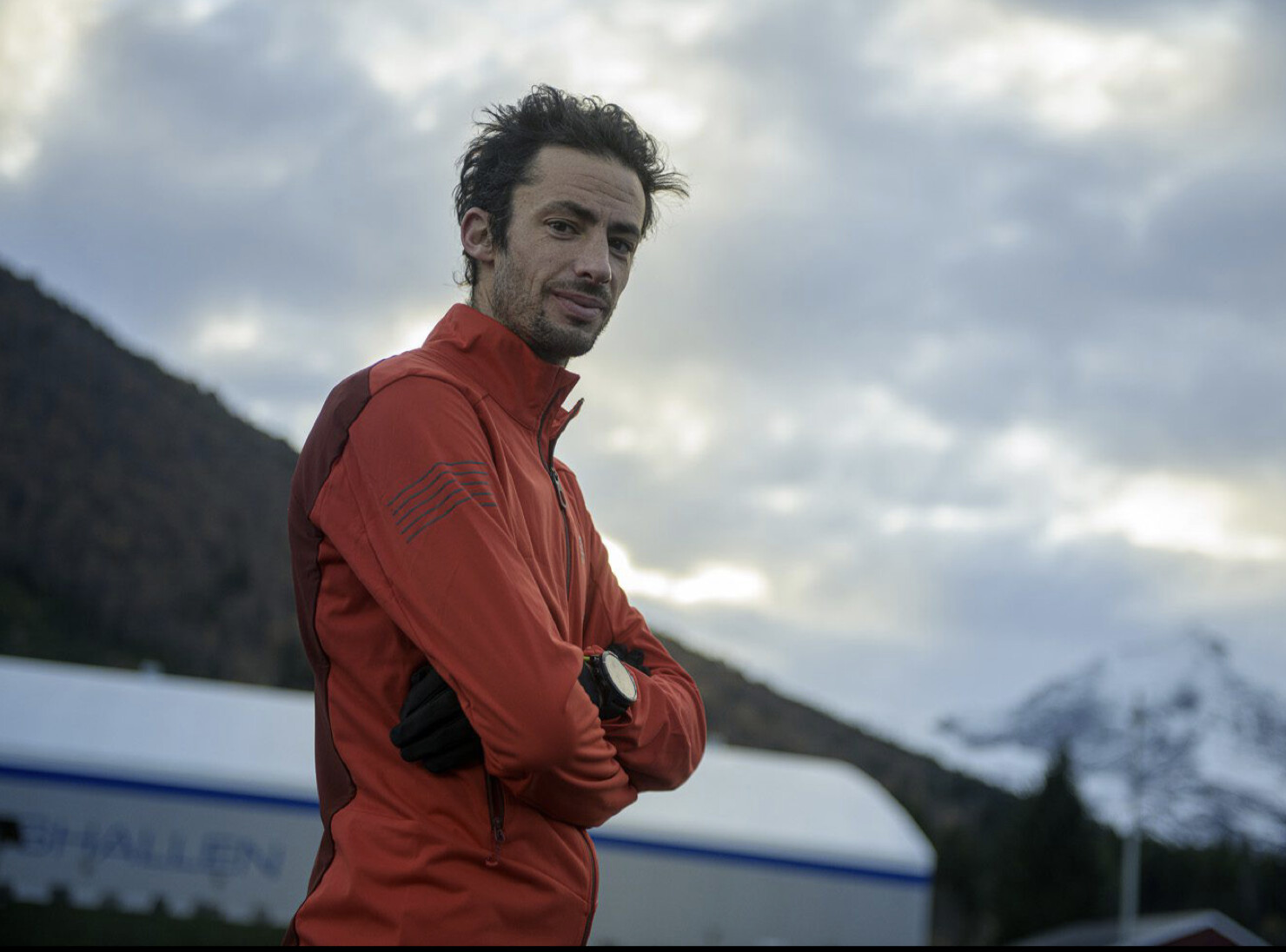
Jornet has significant goals for 2022, as the three-time UTMB champion to returns Chamonix, France, for another crack at glory. Jornet, who recently left his sponsor Salomon, will also be competing at Hardrock, where he is a four-time champion, and Sierra-Zinal, which he has won nine times (including the last five editions).
Forsberg, who is Jornet’s partner, has the women’s FKT up and down from Mont Blanc in 7:53:12. Forsberg was the world sky-running champion in 2014 and is making a comeback to the sport after the birth of her second daughter in April 2021.
Drawn by its light weight, size and the inclusion of mountain-compatible features, both Jornet and Forsberg will wear the Coros Apex Pro as their primary GPS watch. The Coros Apex Pro features Ski Touring mode with auto ascent/descent detection, SpO2 (pulse oximeter) sensor with specially designed altitude mode, trail running mode and more…
by Running Magazine
Login to leave a comment
Kilian Jornet Announces Return to UTMB for 2022
"Return of the King."
That was the title of a YouTube video tweeted out by UTMB on February 23 to announce Kilian Jornet's return to the legendary race in Chamonix.
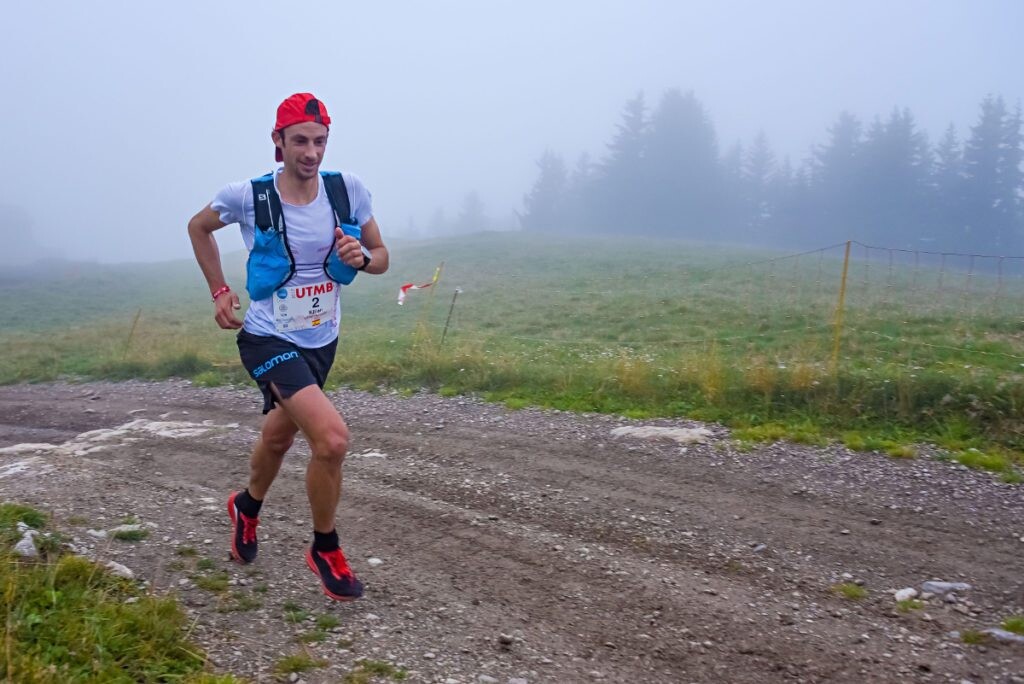
"This year I'm coming back to UTMB," said Jornet, in a clip sprinkled with quotes touting him as the sport's greatest of all time. "Why, you will ask me: it's because I really love to suffer. I really love the pain in the legs, the feet, and everywhere in the body. That's what long distance is about. To enjoy the pain!"
It will be Jornet's first time back at the 105-mile (170K) race since 2018, when he dropped 11 hours in. He has raced UTMB six times since 2008, including victories in 2008, 2009, and 2011. In 2017, he broke the race's course record while finishing second to Francois d'Haene's 19:01:54 and becoming the second man ever to break 20 hours on the course in 19:16:59.
The 2022 edition of UTMB is slated for August 21-28, with the 105-mile flagship race kicking off on Friday, August 26. It will come just six weeks after Jornet's appearance at the Hardrock 100 on July 15, where he will go after another win to complement those from 2014, 2015, and 2017 (as well as a co-victory with Jason Schlarb in 2016, when the two finished hand-in-hand).
Other athletes expressed their excitement for Jornet's return in the Twitter video.
"It would be a bit empty if Kilian wasn't there, to be honest," said Tim Tollefson, who will also race UTMB in August. "He is the king of the sport, so it just feels right to have him on the line."
Once August rolls around, Jornet will compete against one of the strongest fields UTMB has ever seen. Two-time champion Xavier Thevenard of France and an American contingency including Tollefson, Jim Walmsley, Jared Hazen, Sage Canaday, Dylan Bowman, Jason Schlarb, and Cody Reed will all be aiming for a podium finish. On the women's side, Americans Camille Herron, Brittany Peterson, and Hillary Allen will be in attendance, as well as Beth Pascall of the U.K., Audrey Tanguy of France, and Ragna Debats of the Netherlands.
"UTMB always has such a big level, so many good athletes, so I really love this competition," said Jornet in the video announcement. "I'm really looking forward to being at UTMB again this year."
by Trail Runner Magazine
Login to leave a comment


